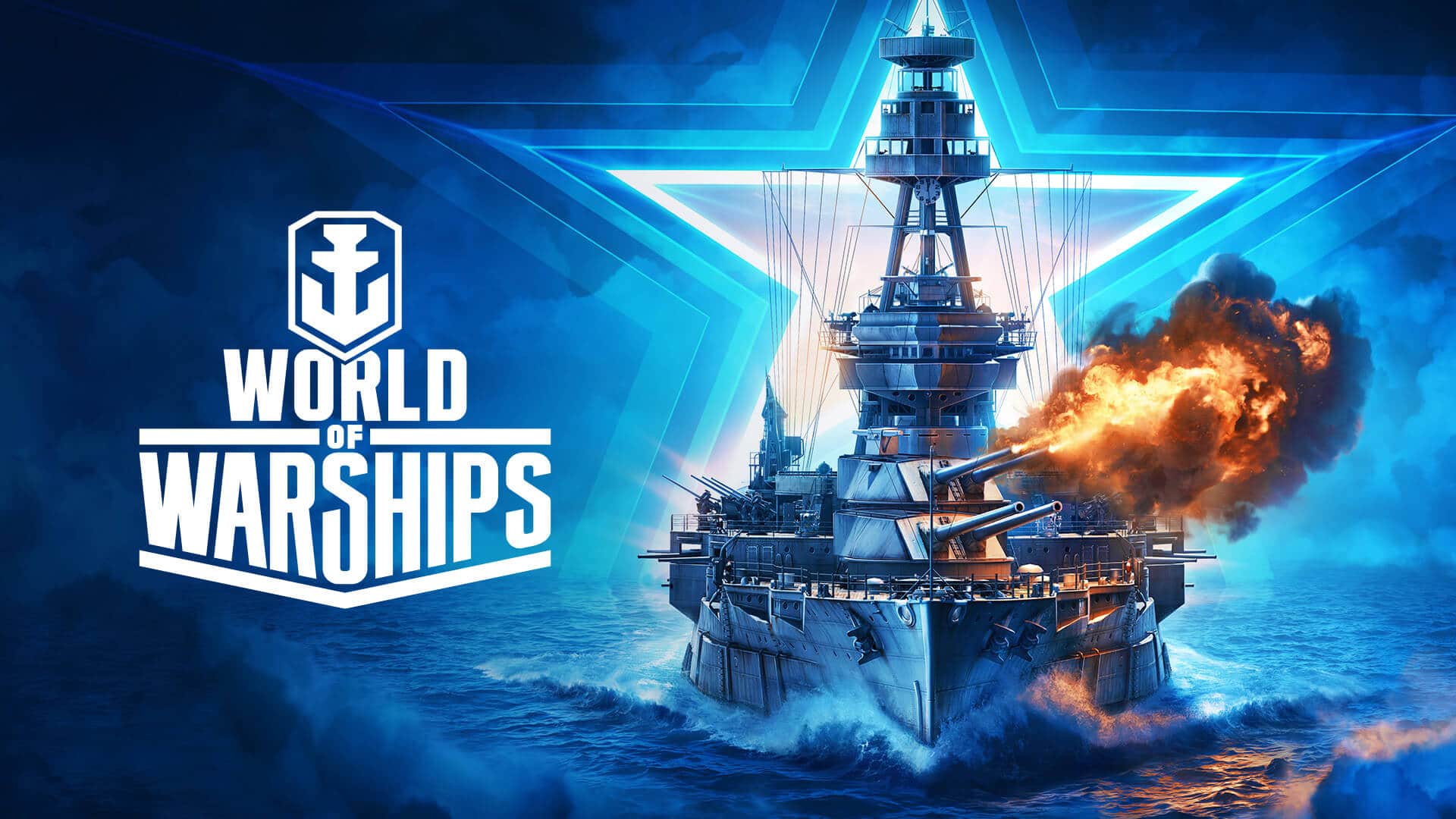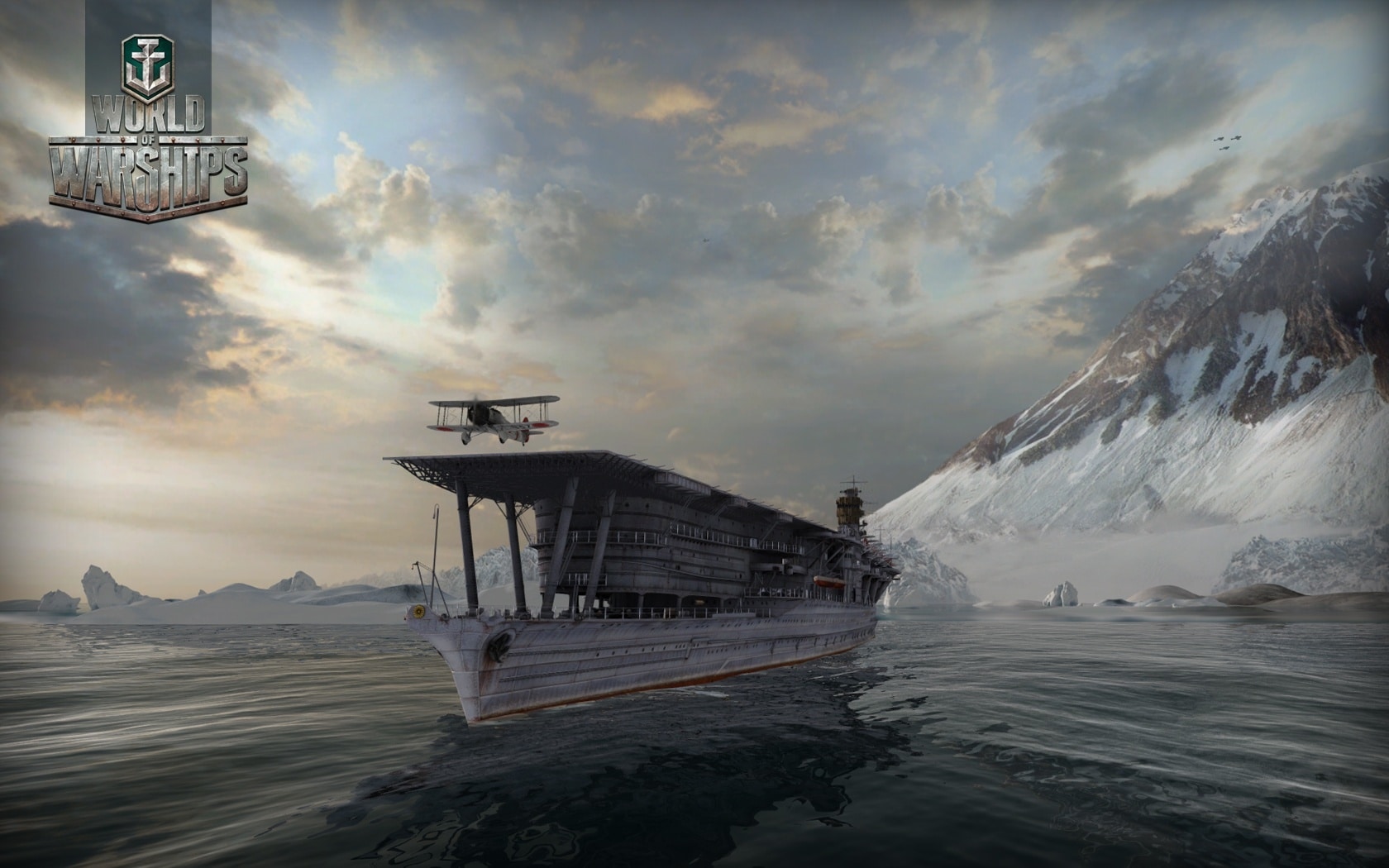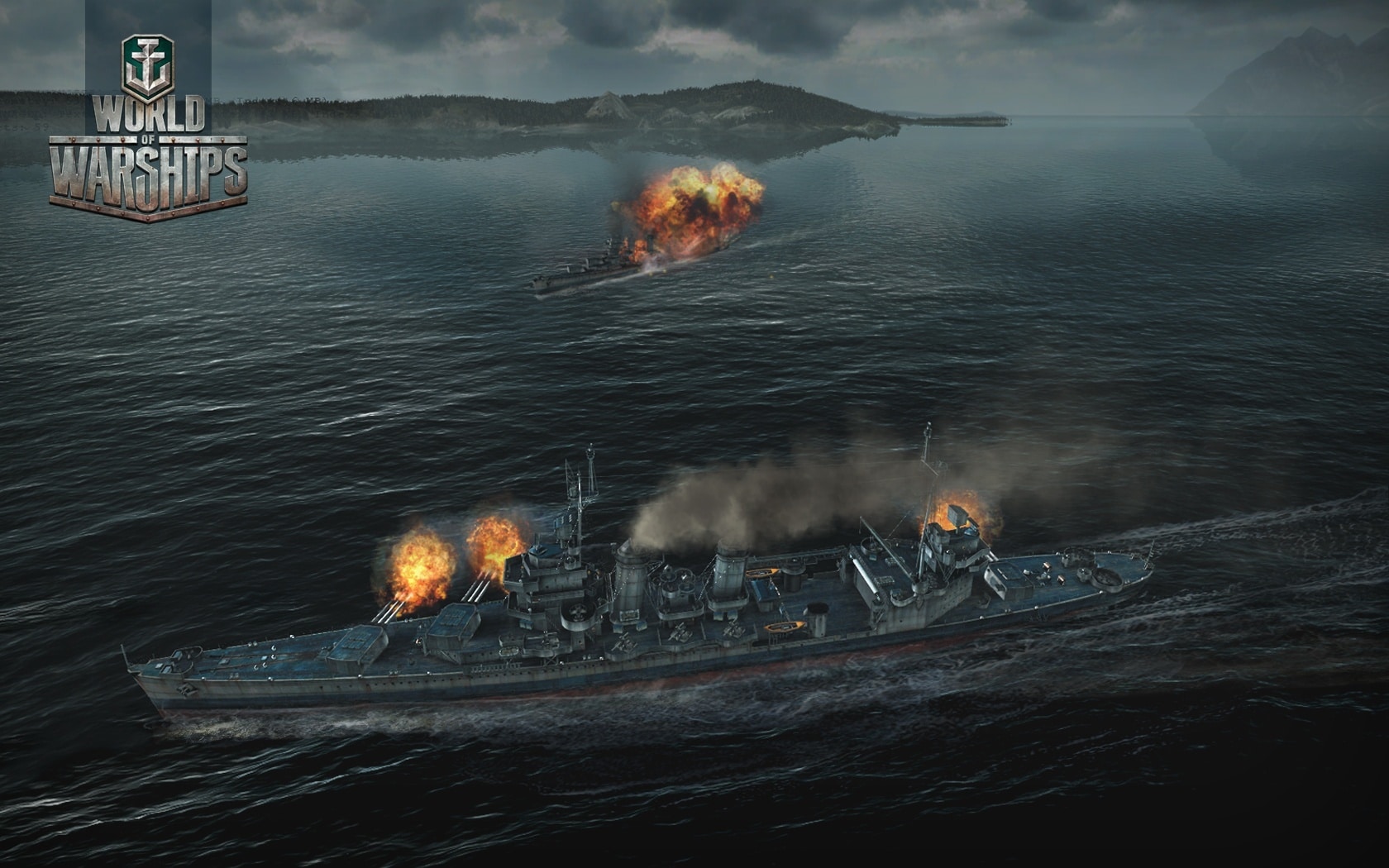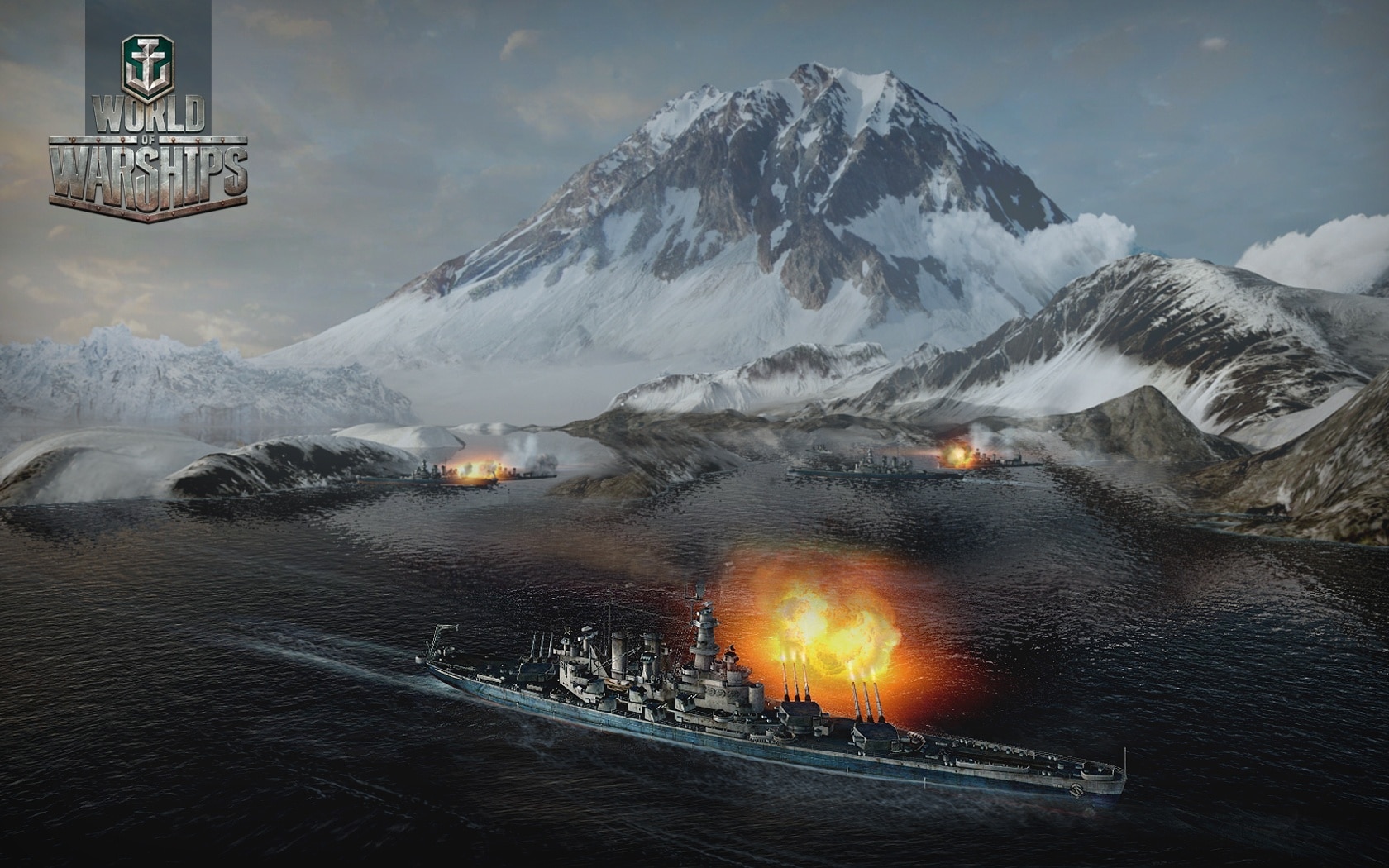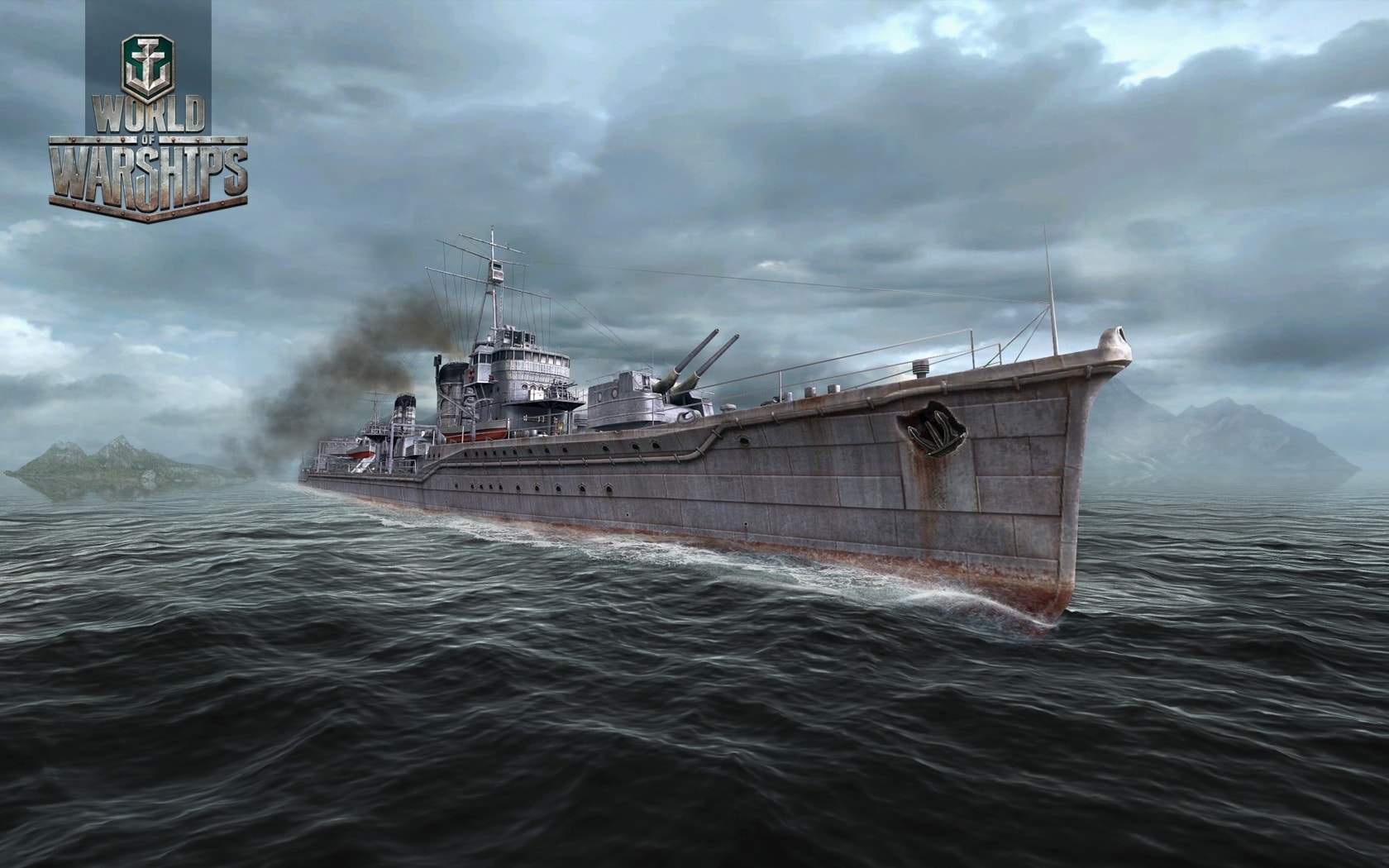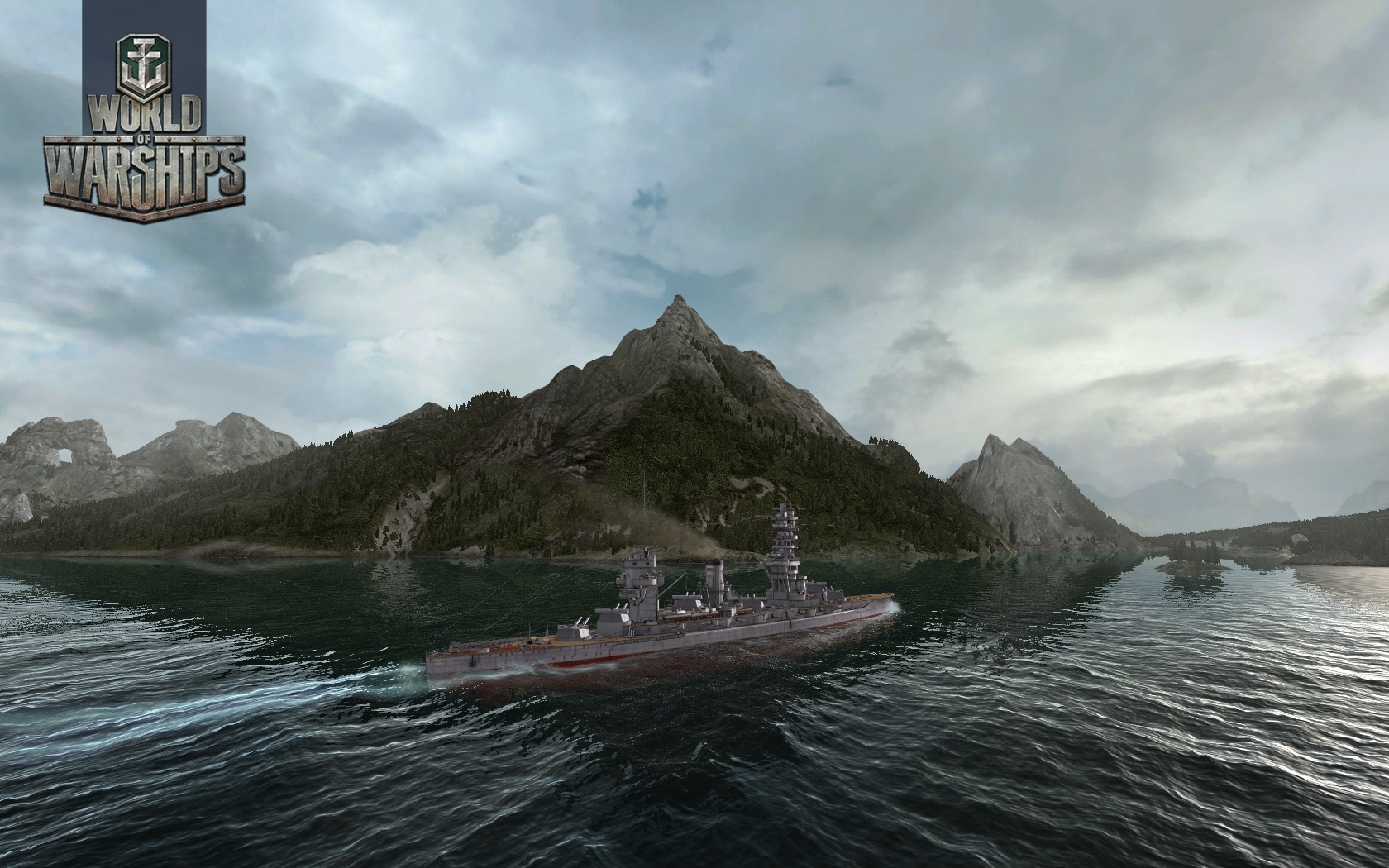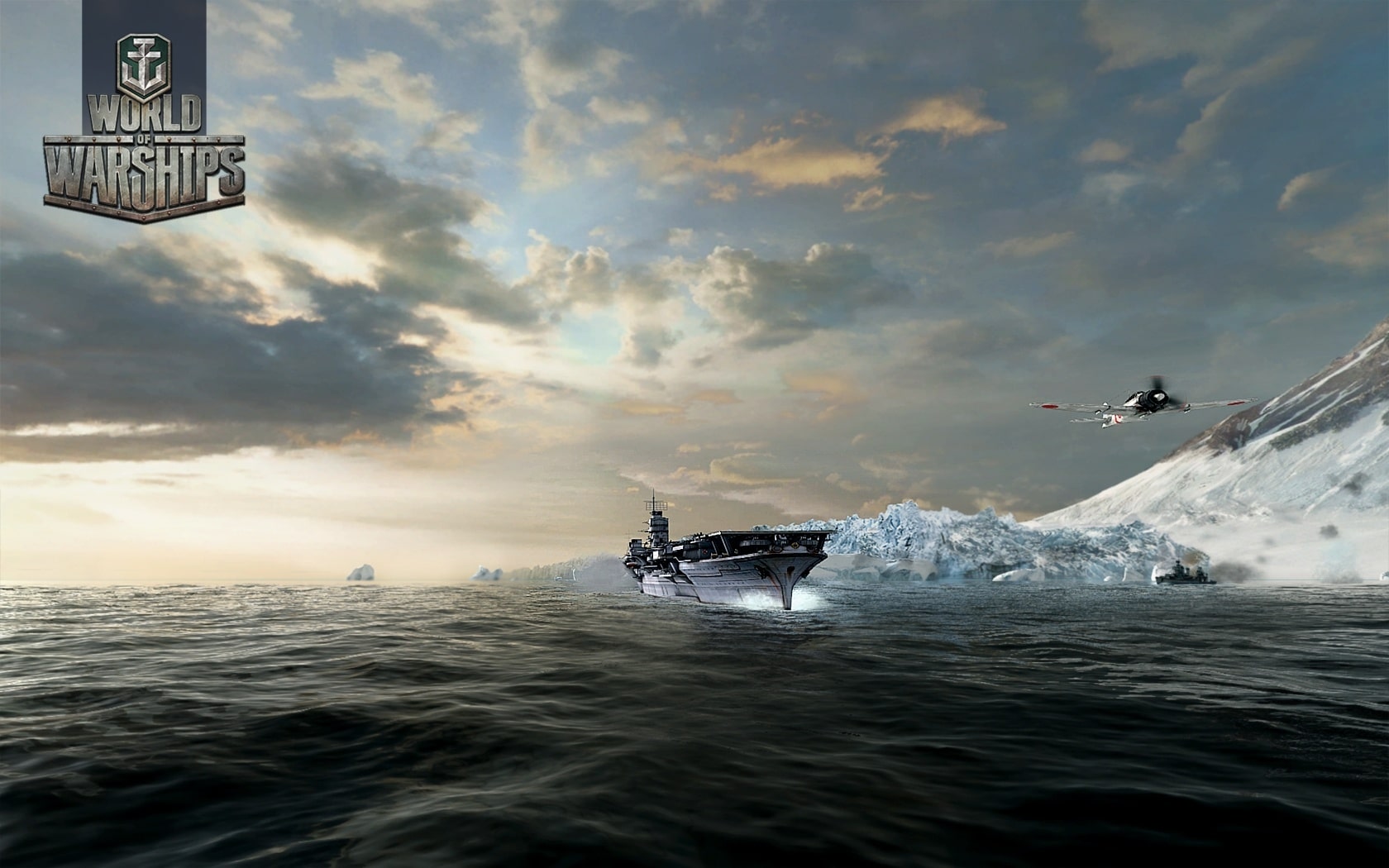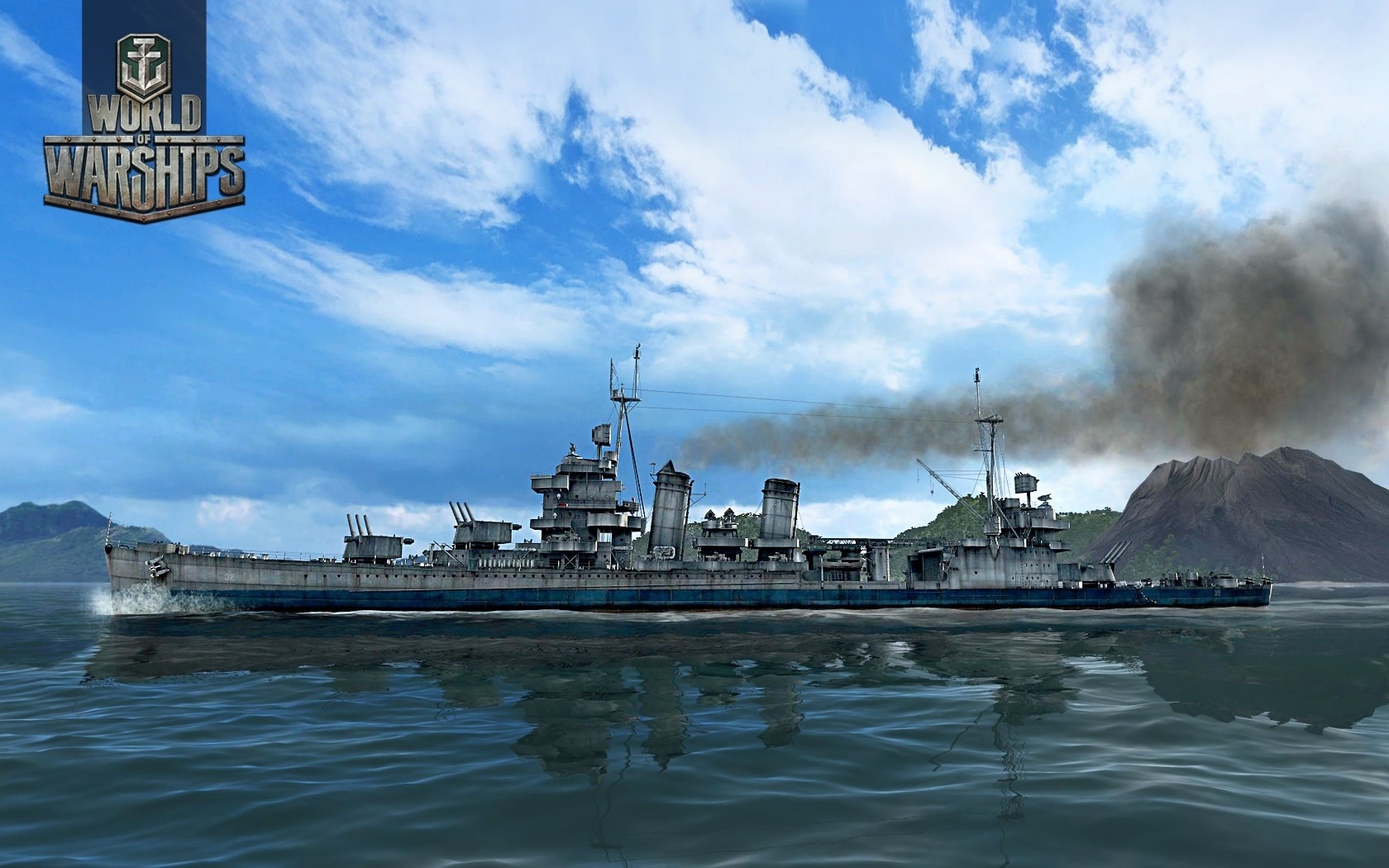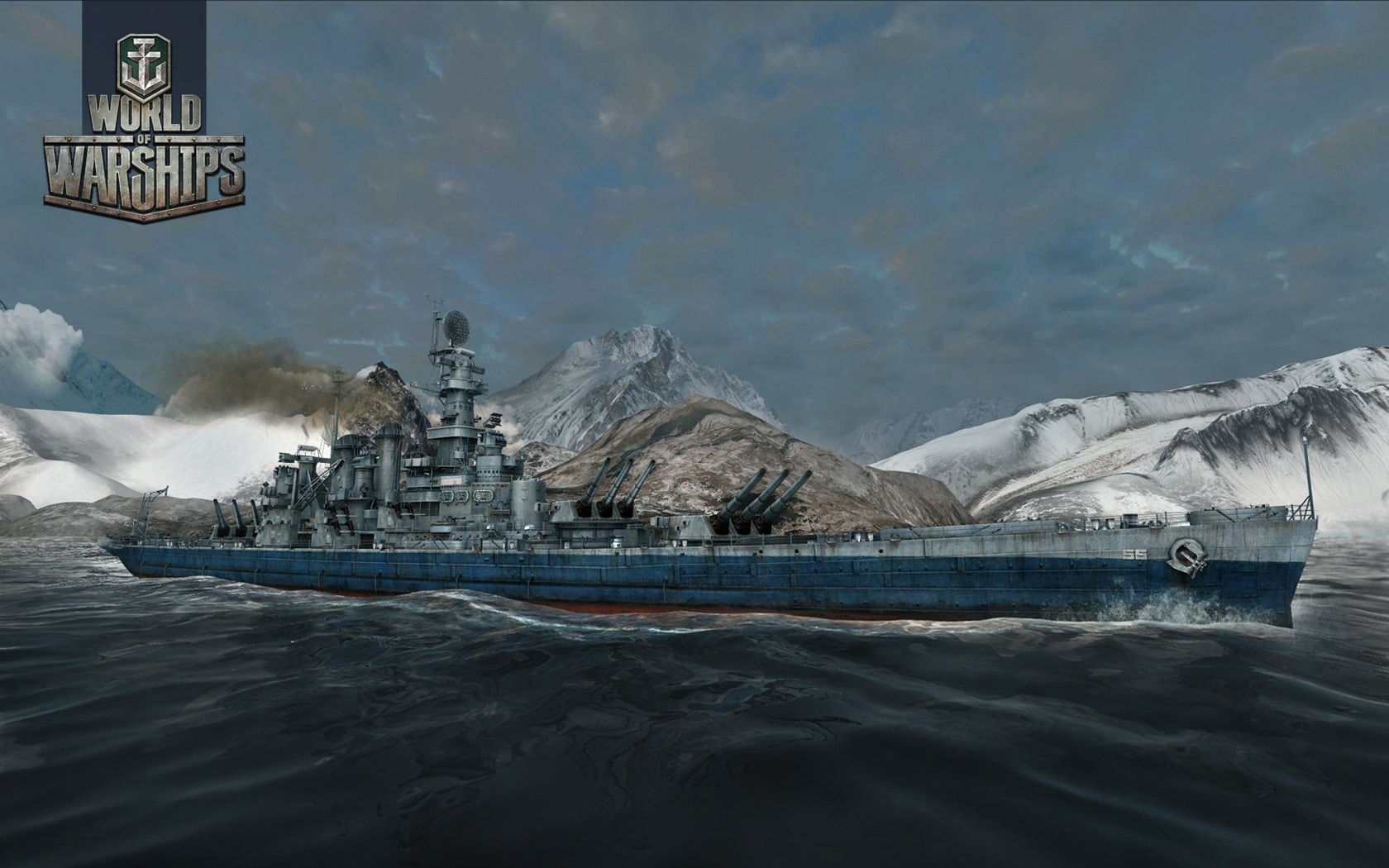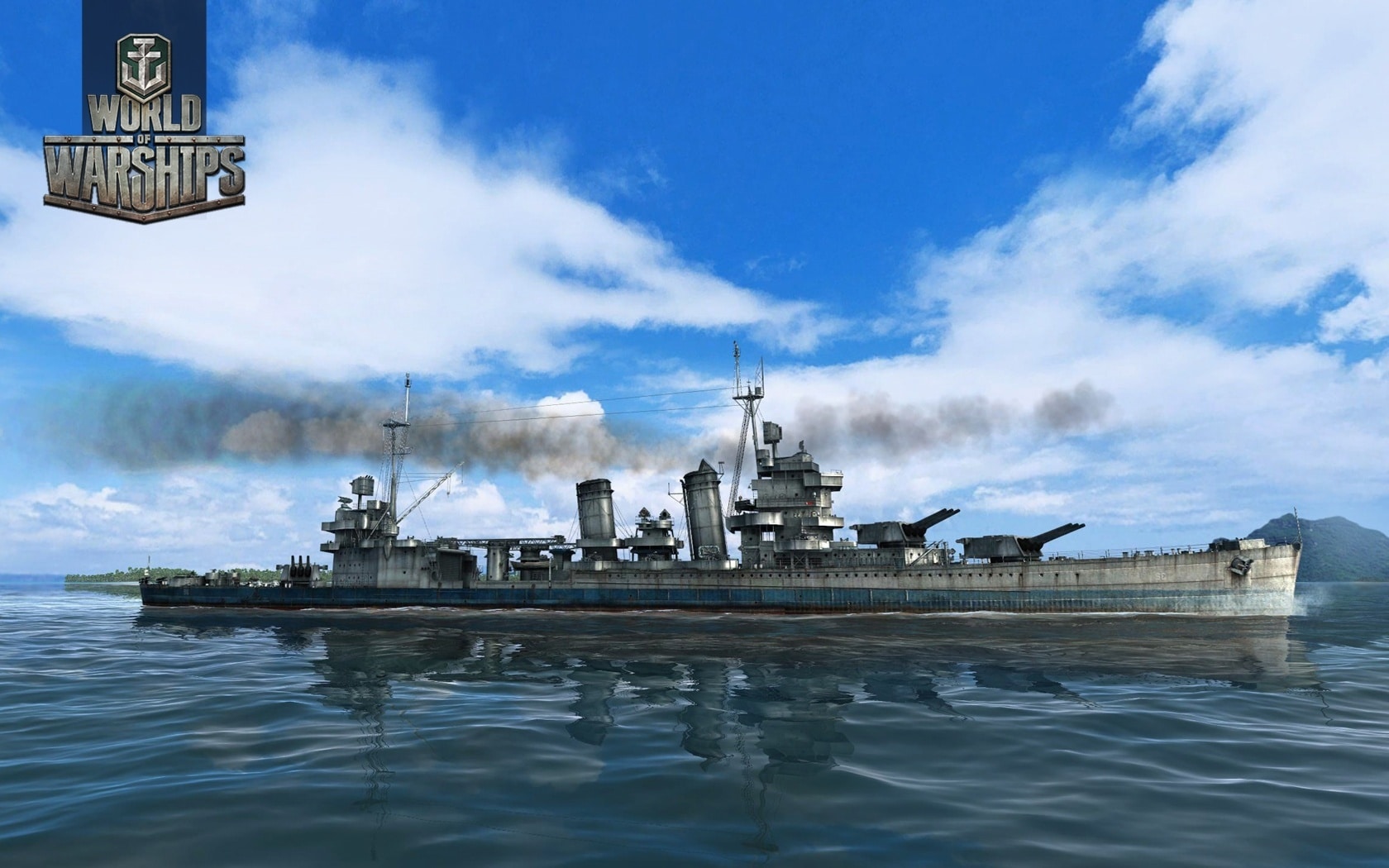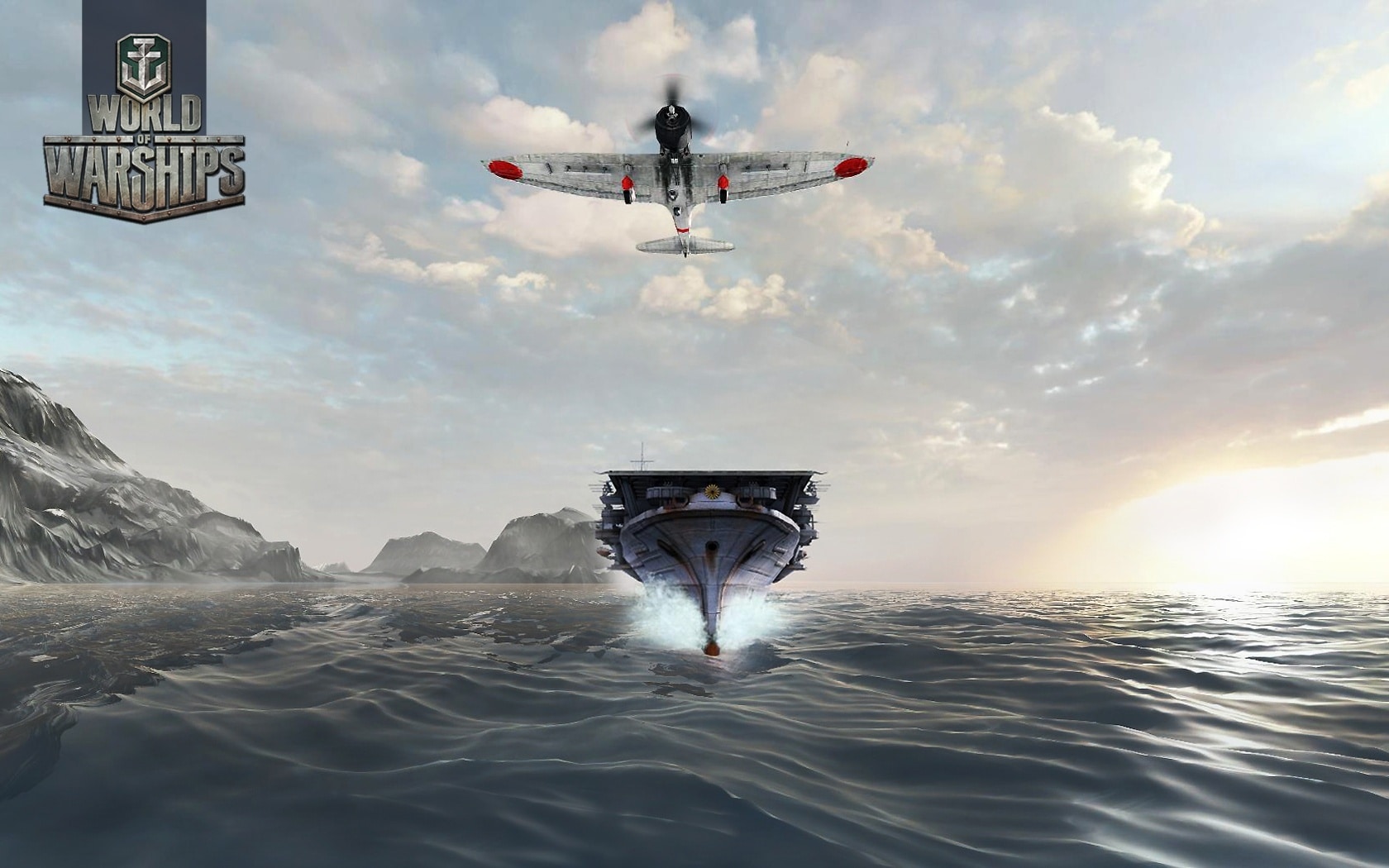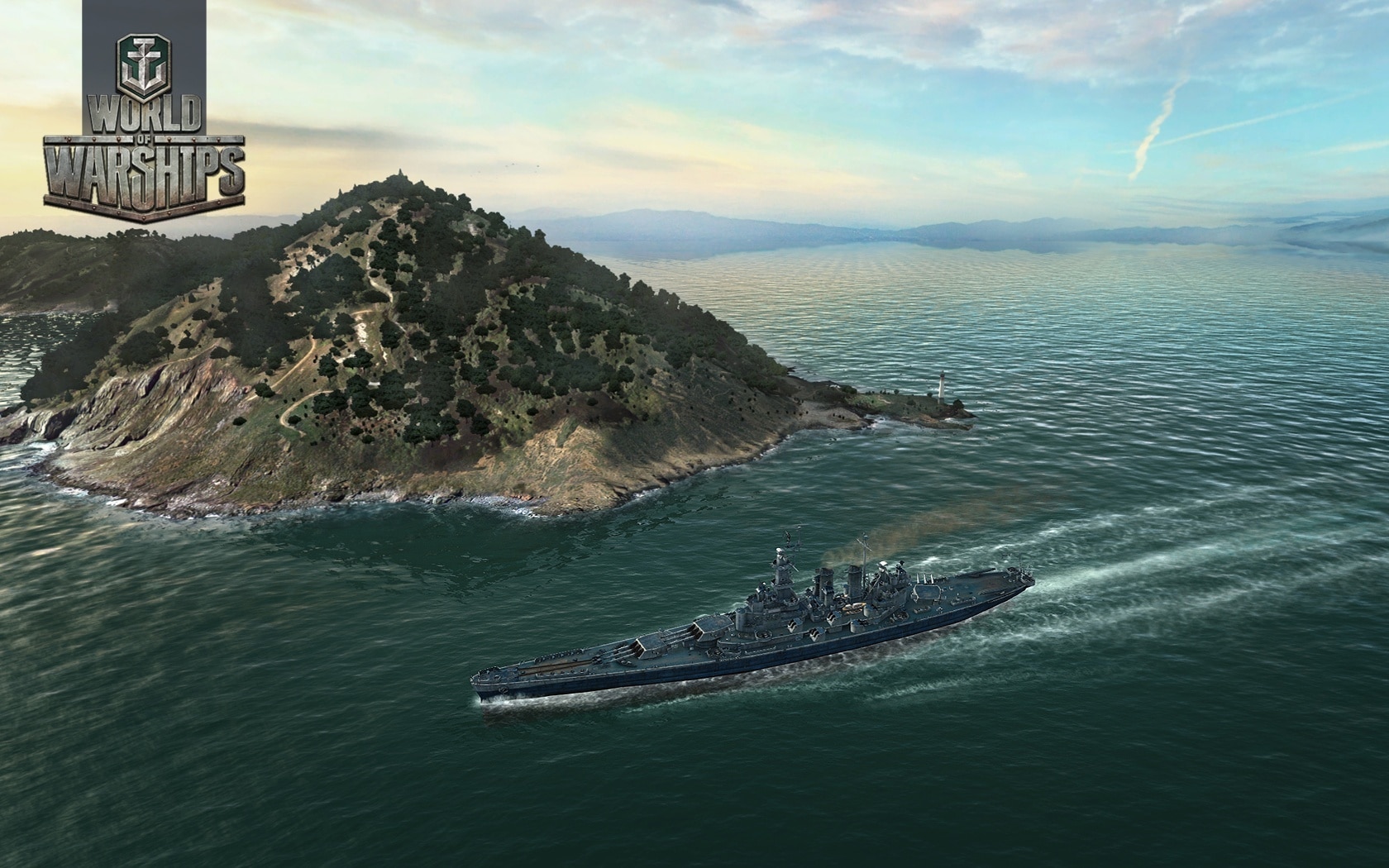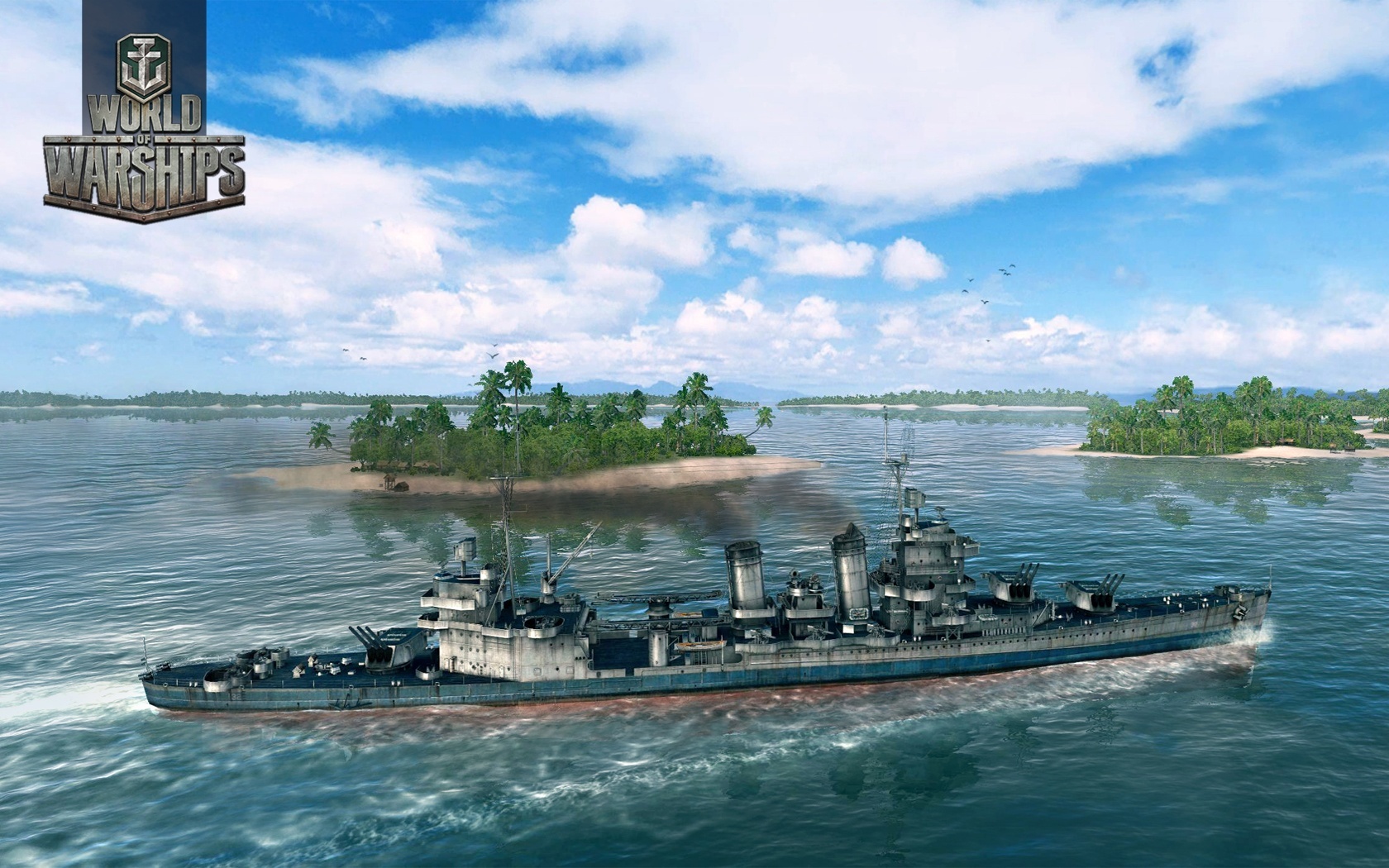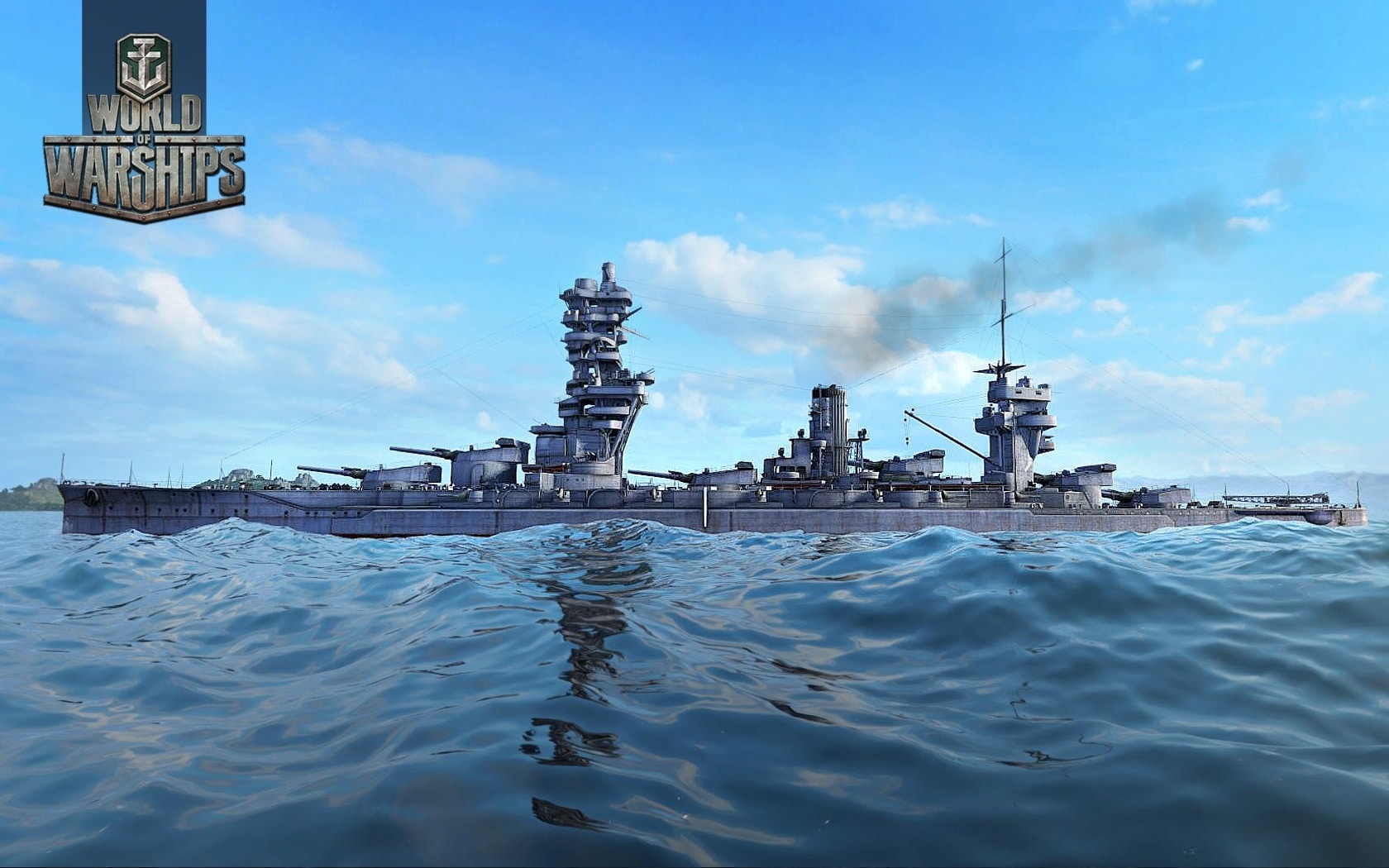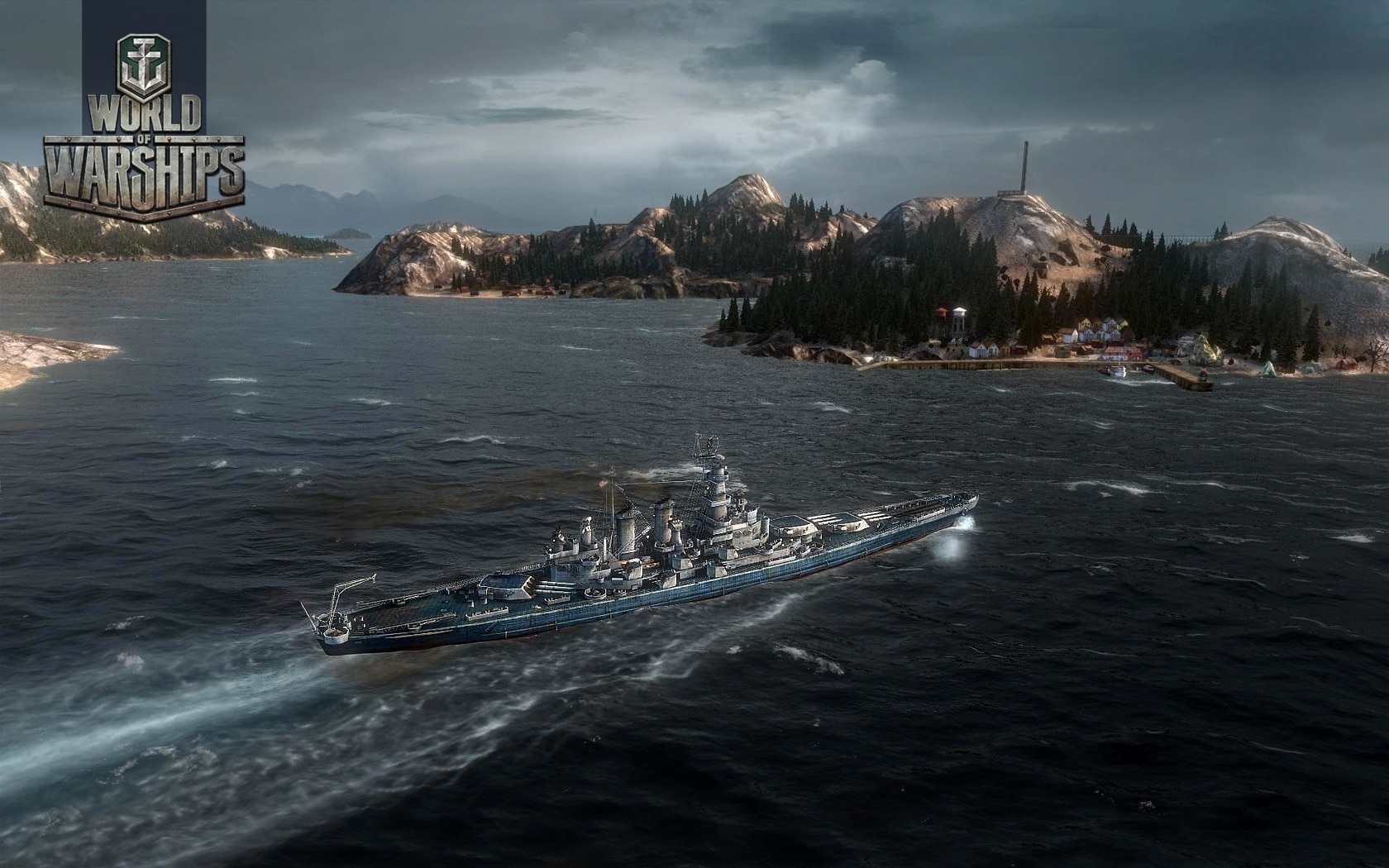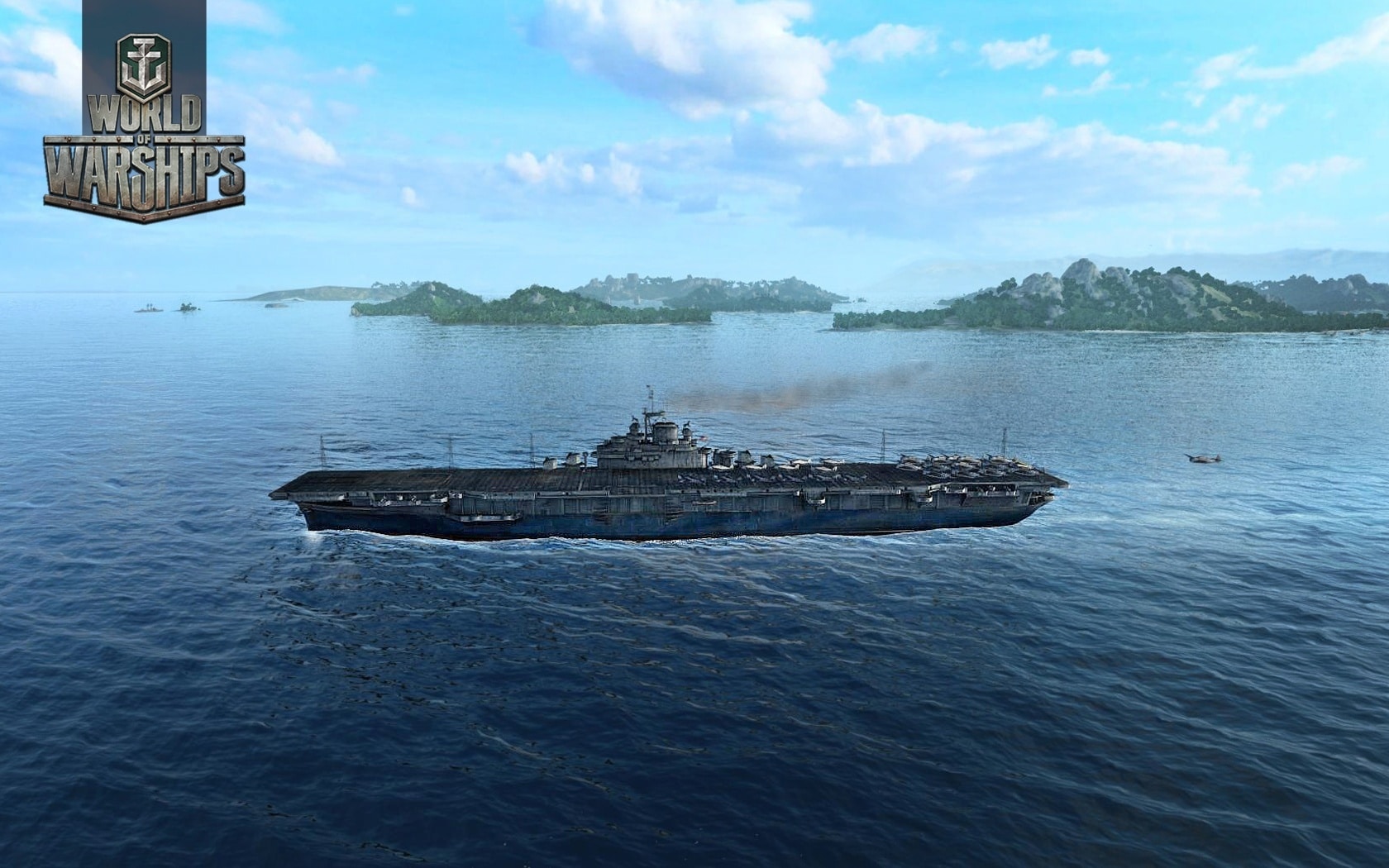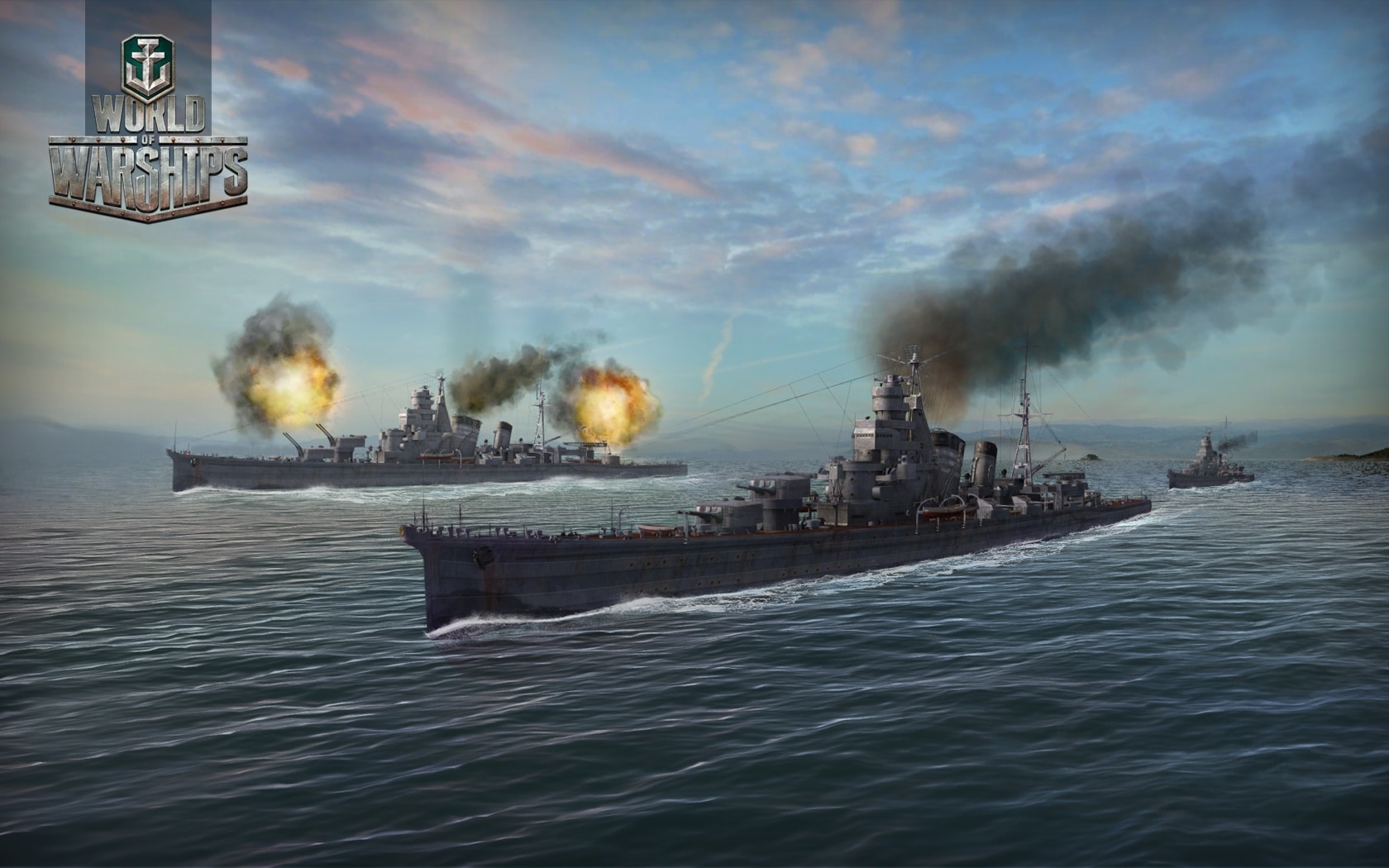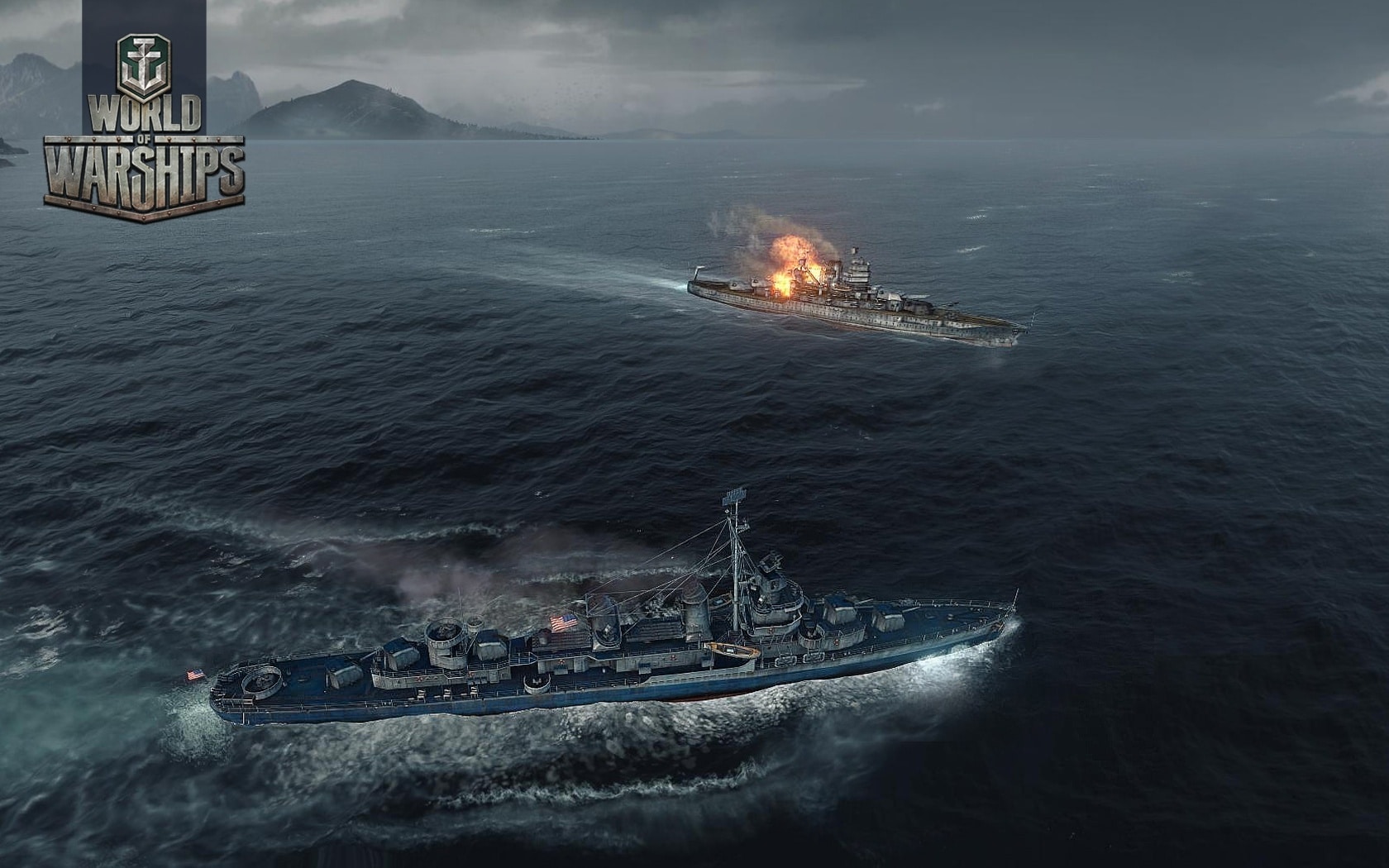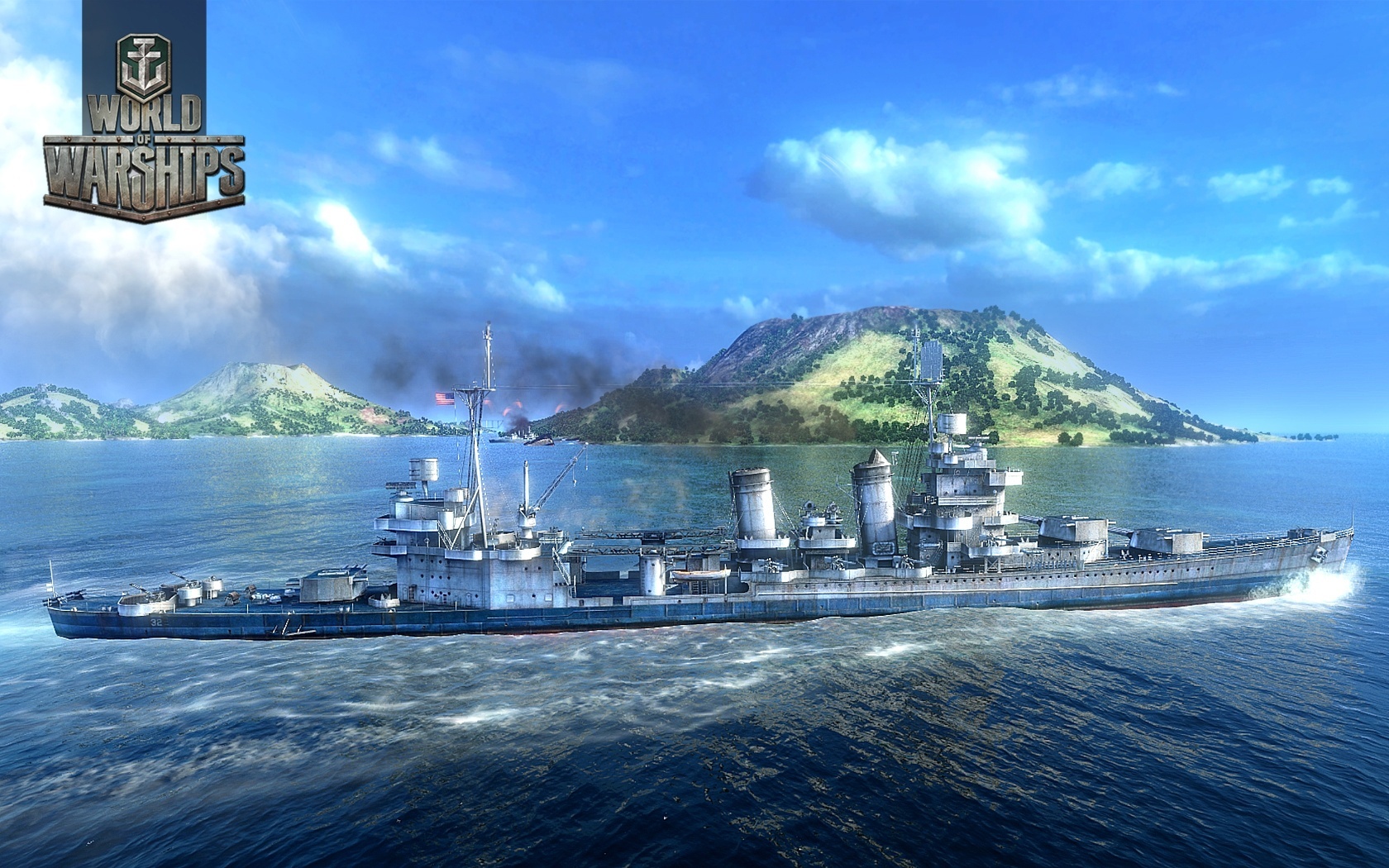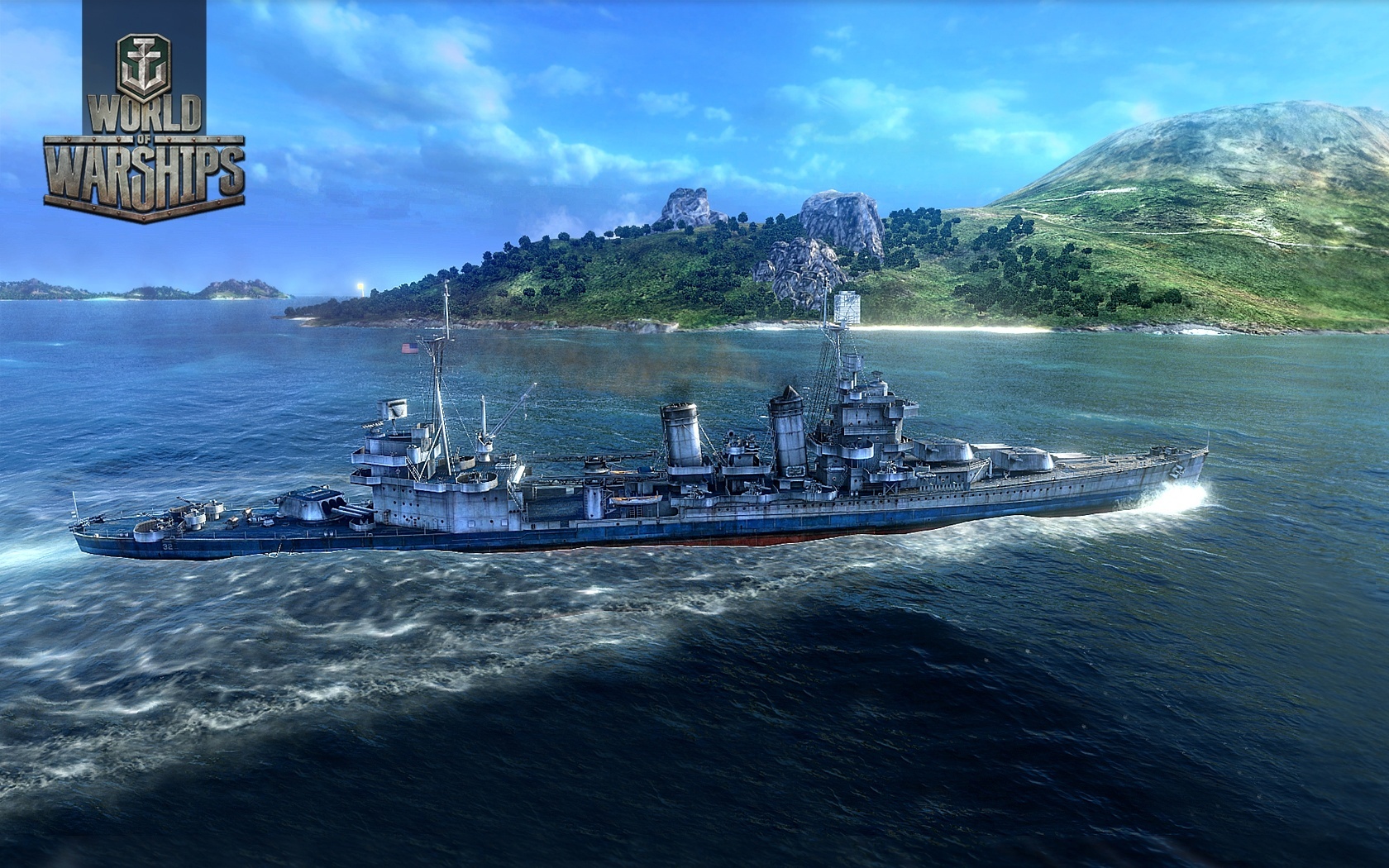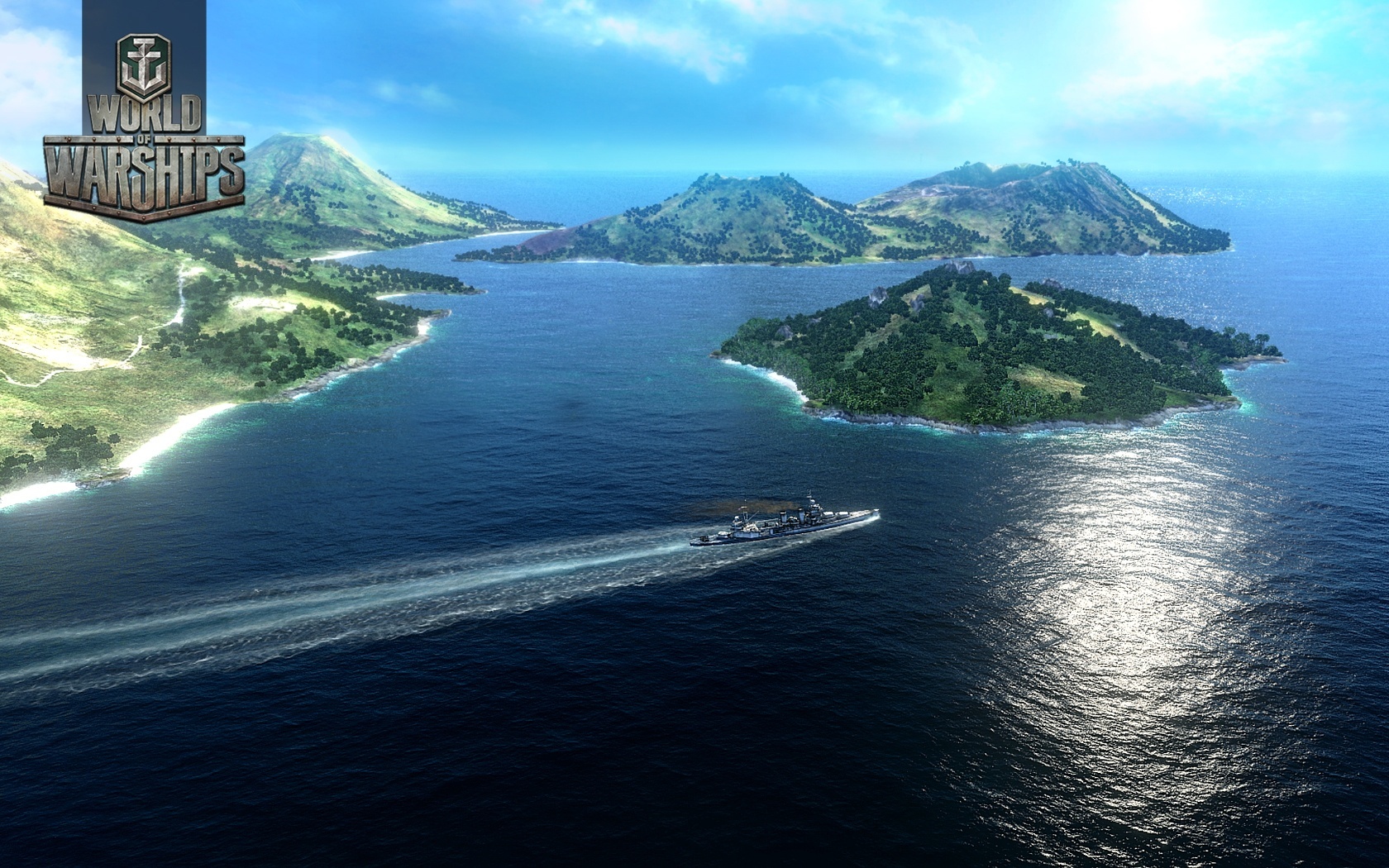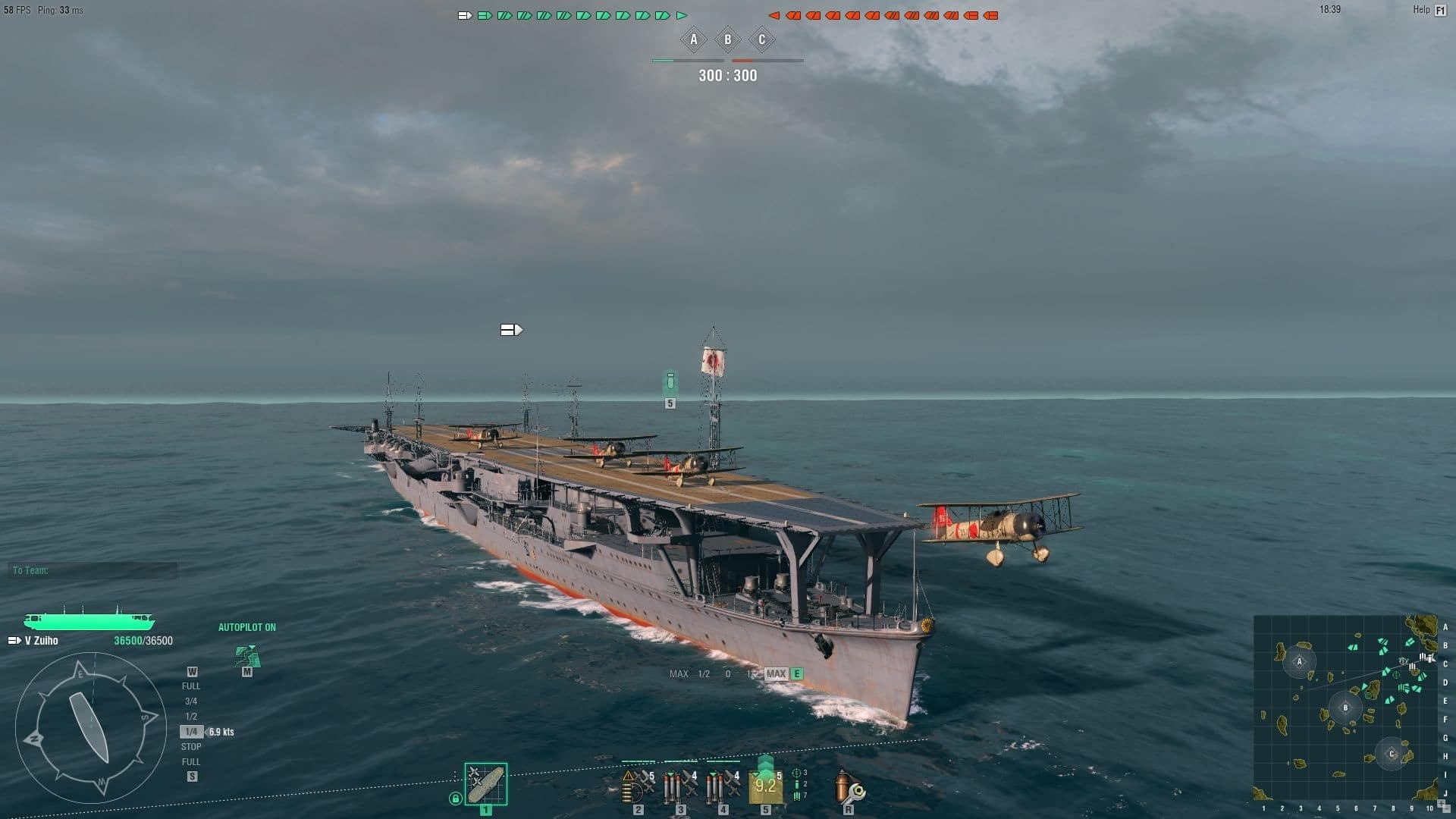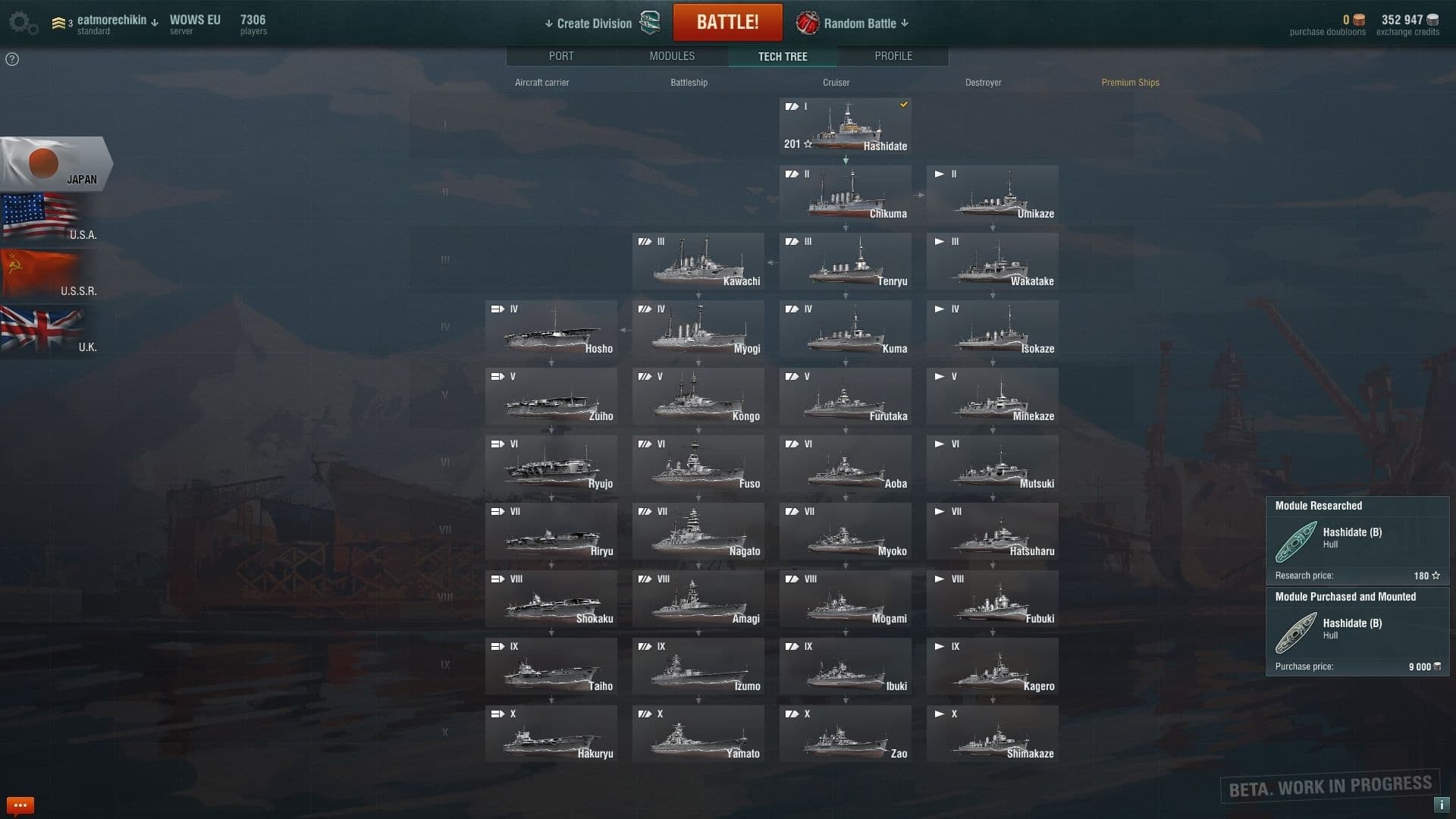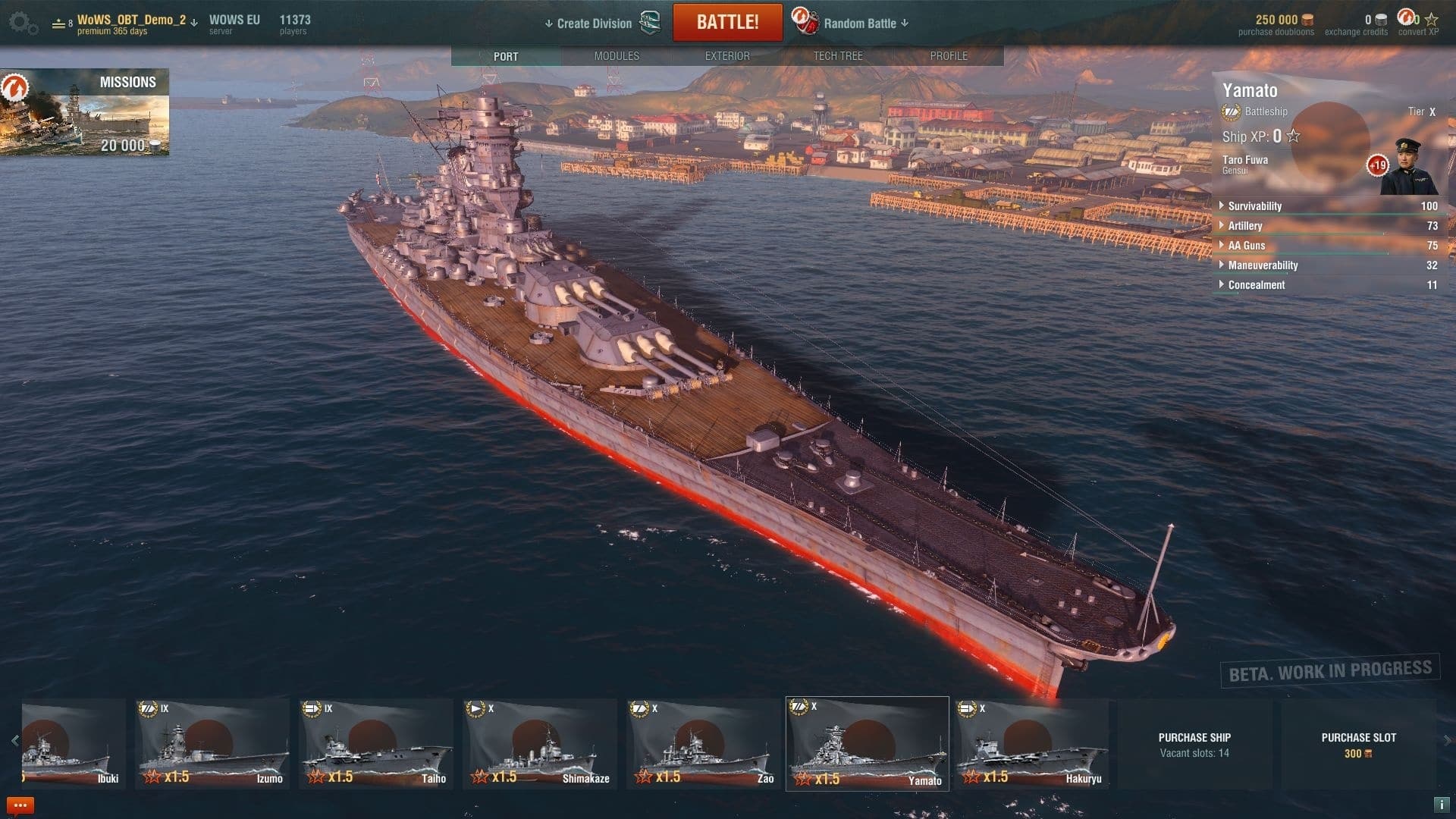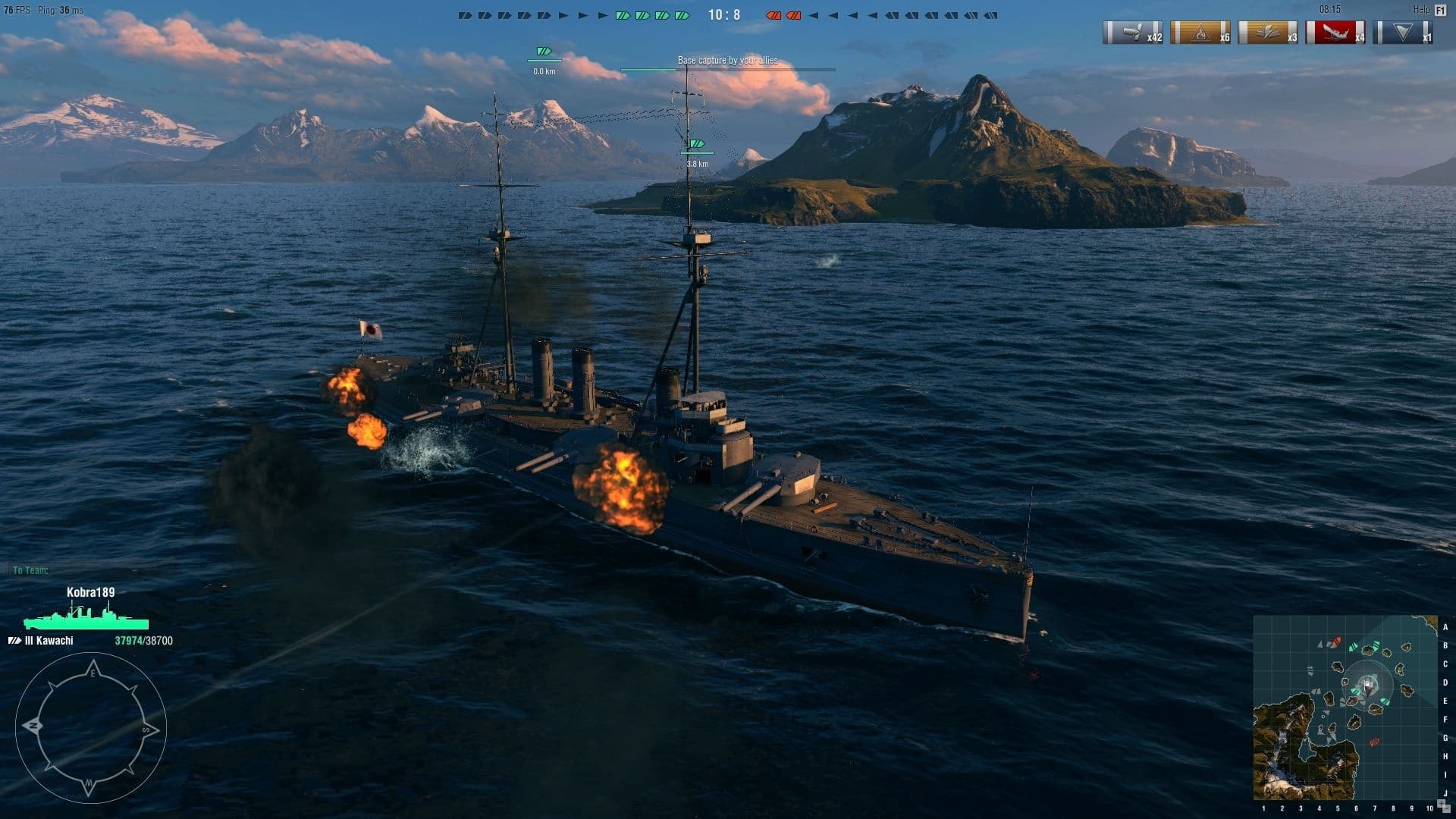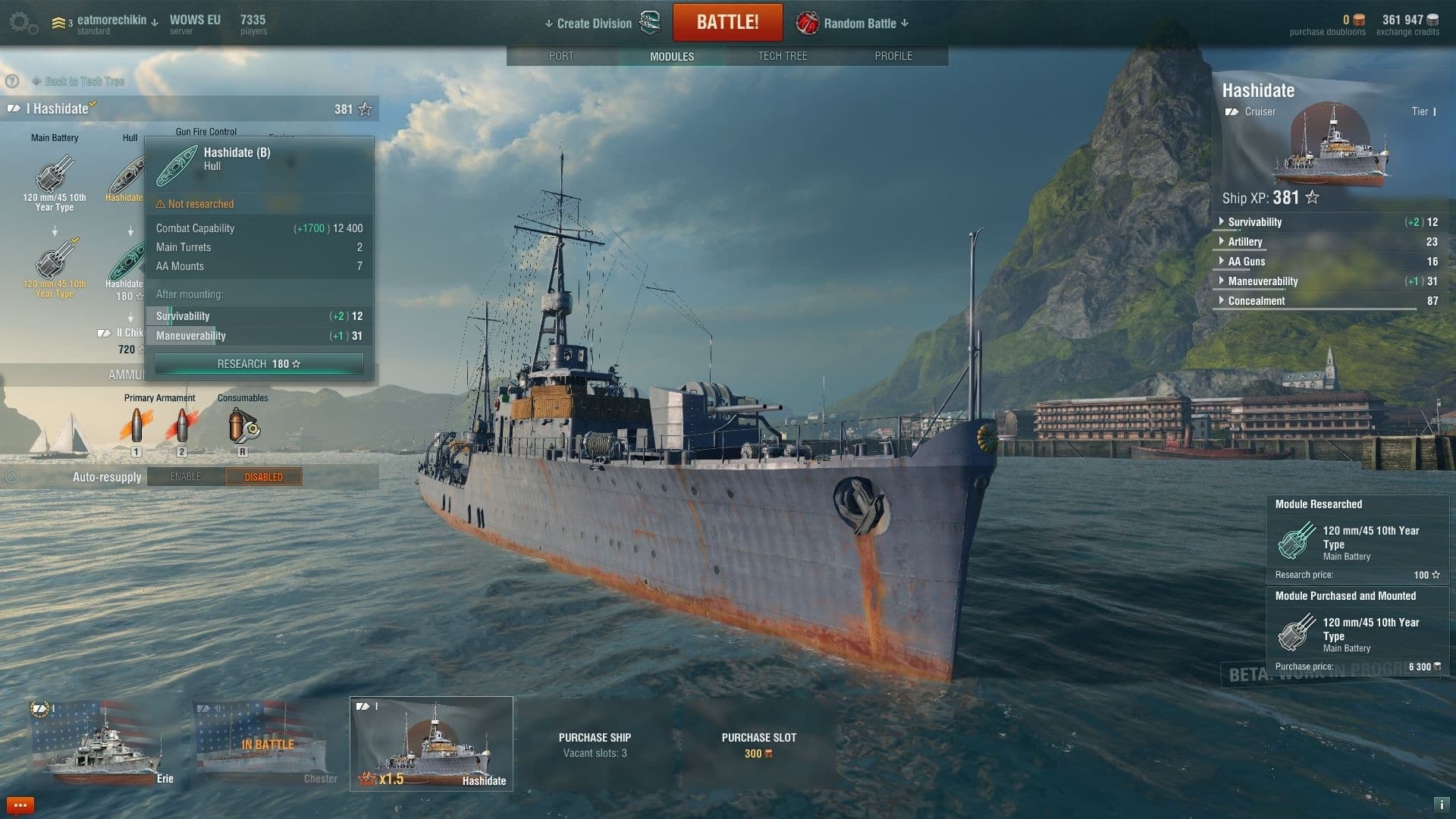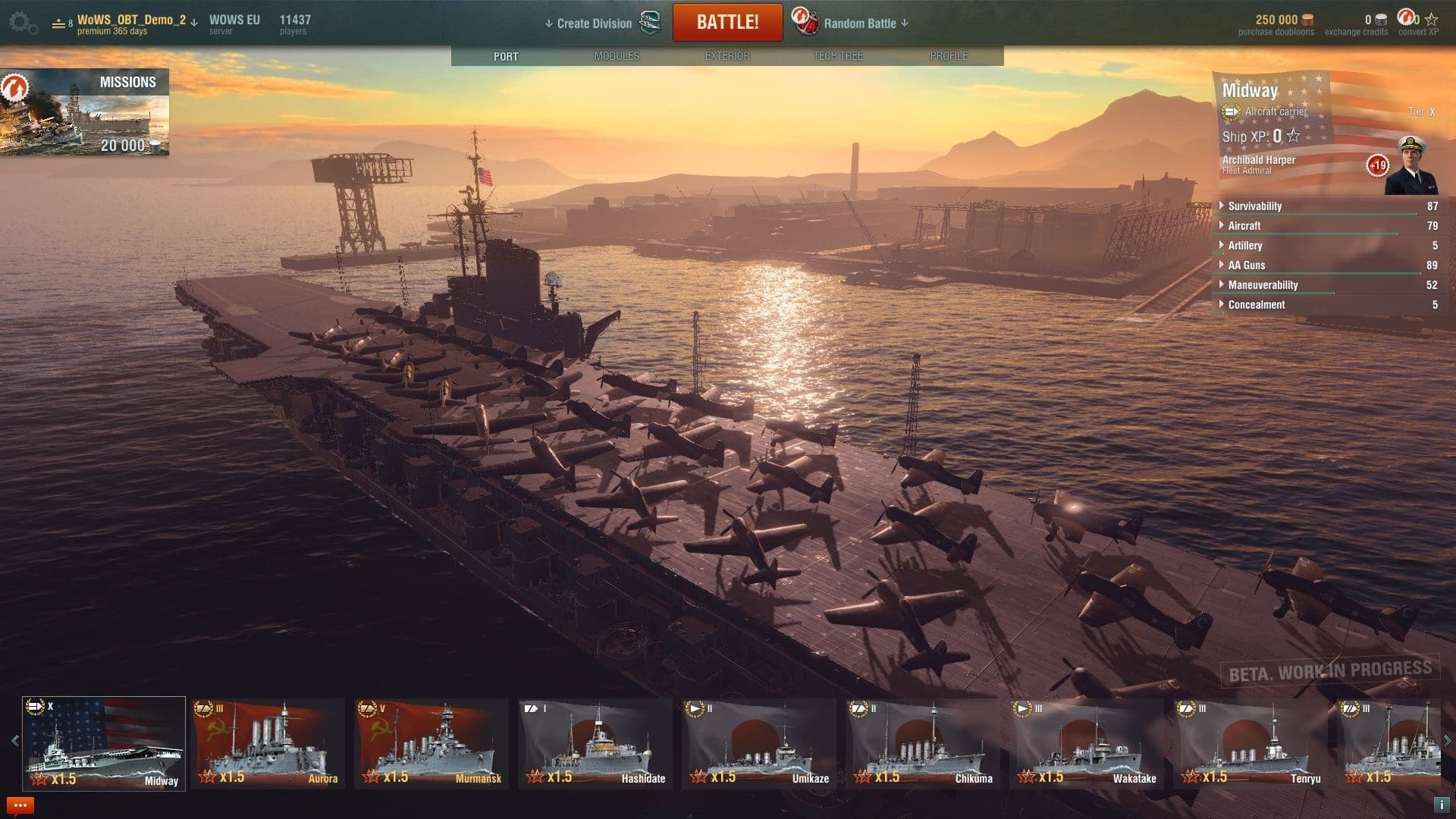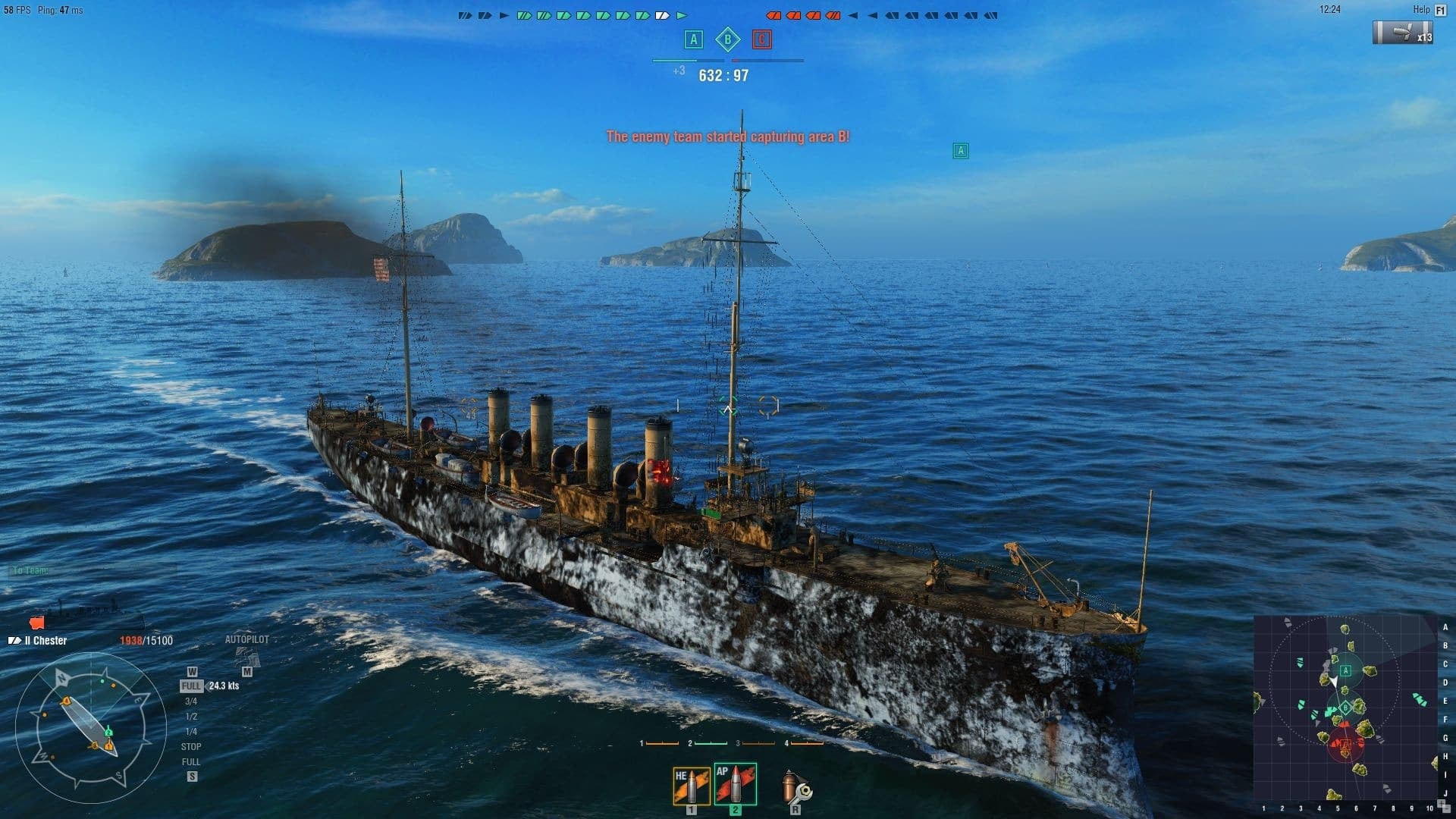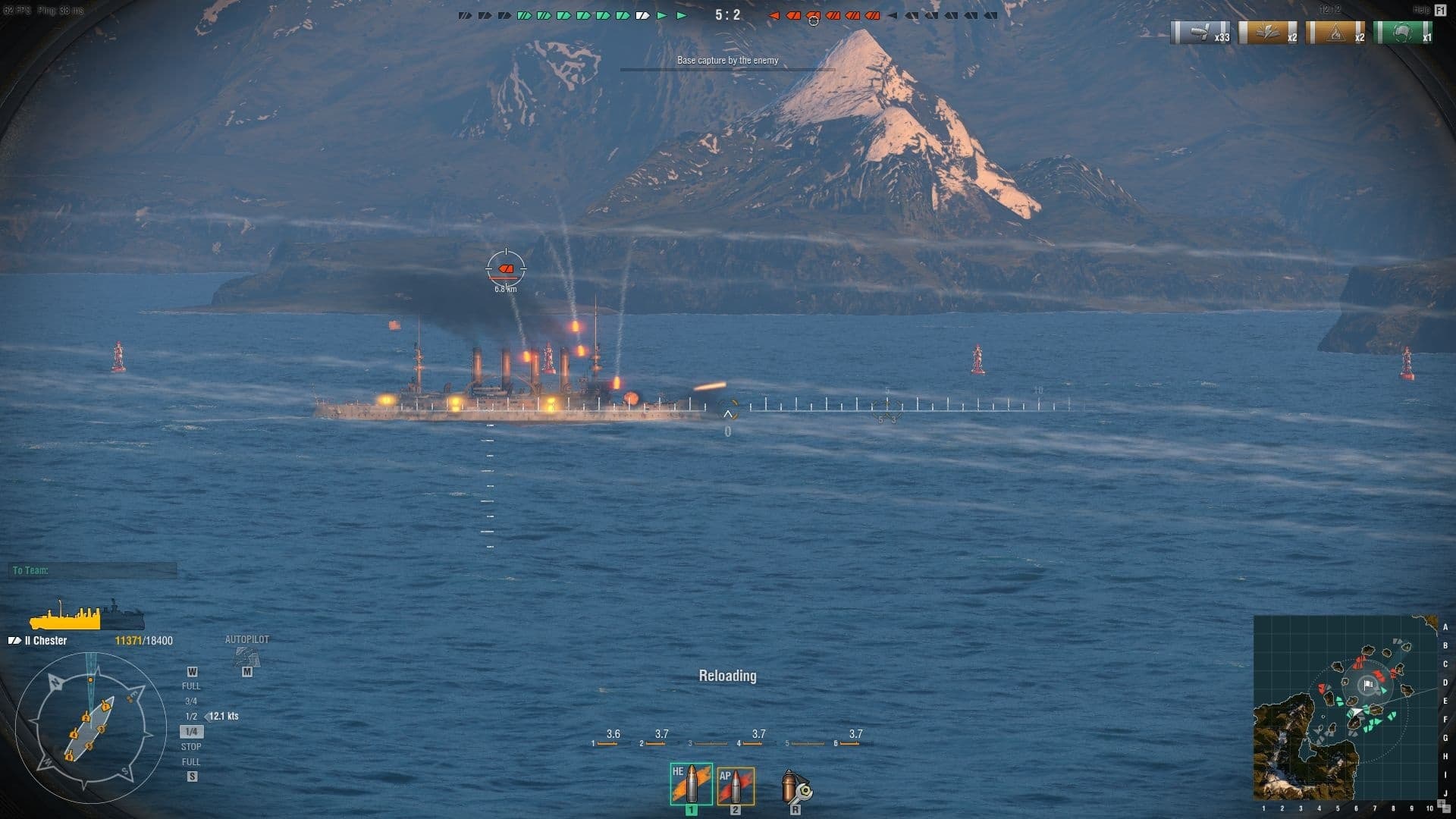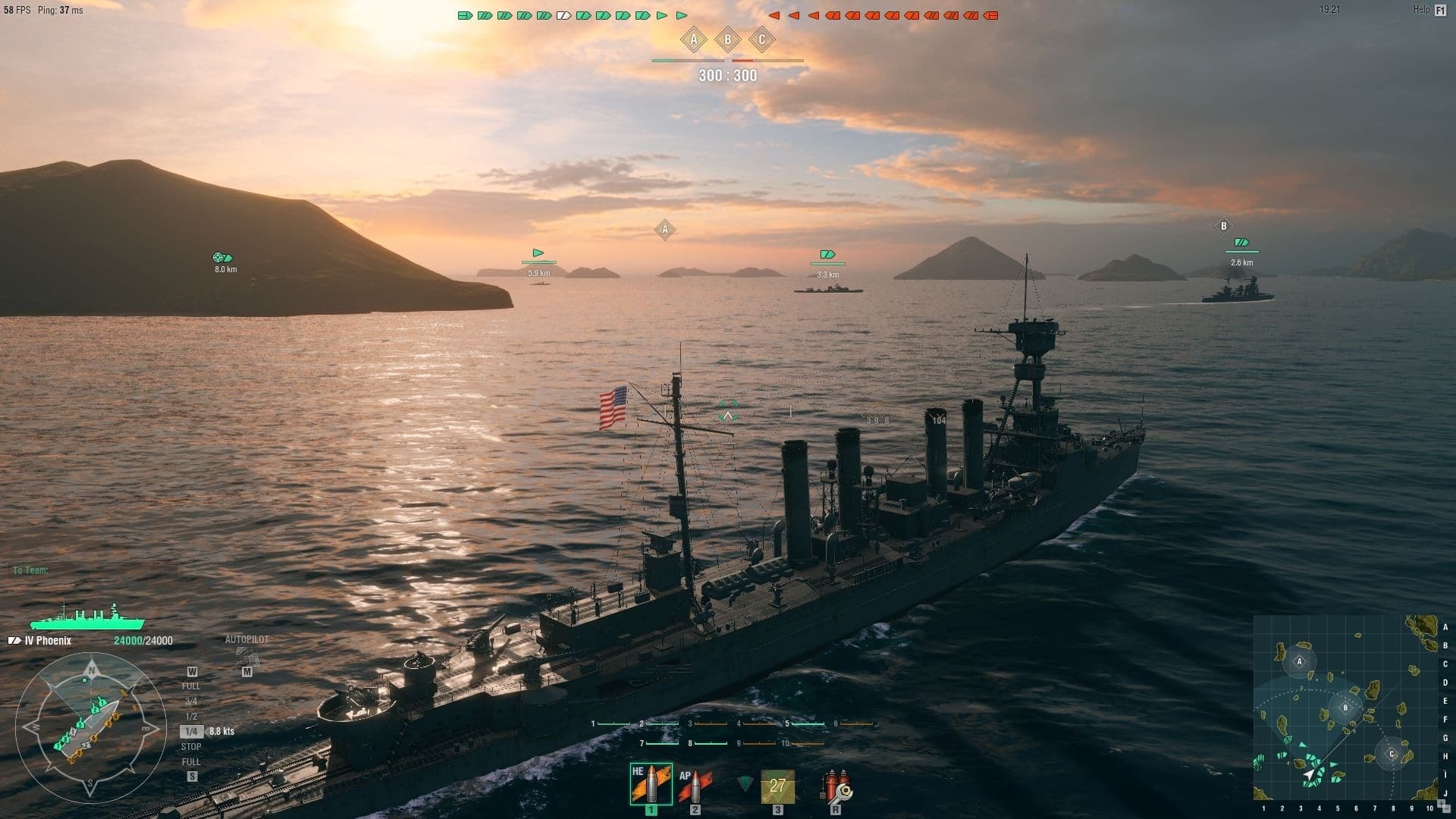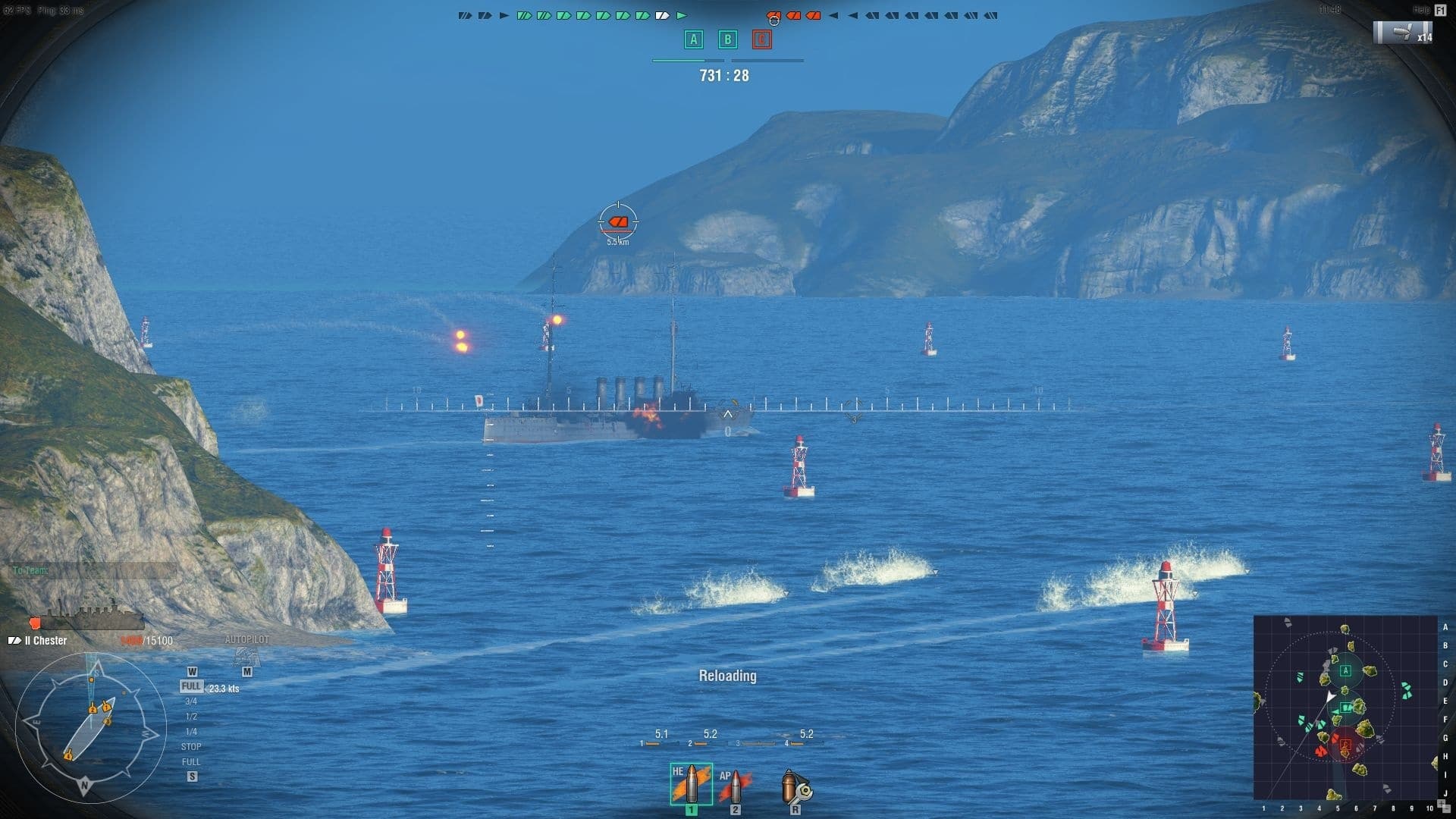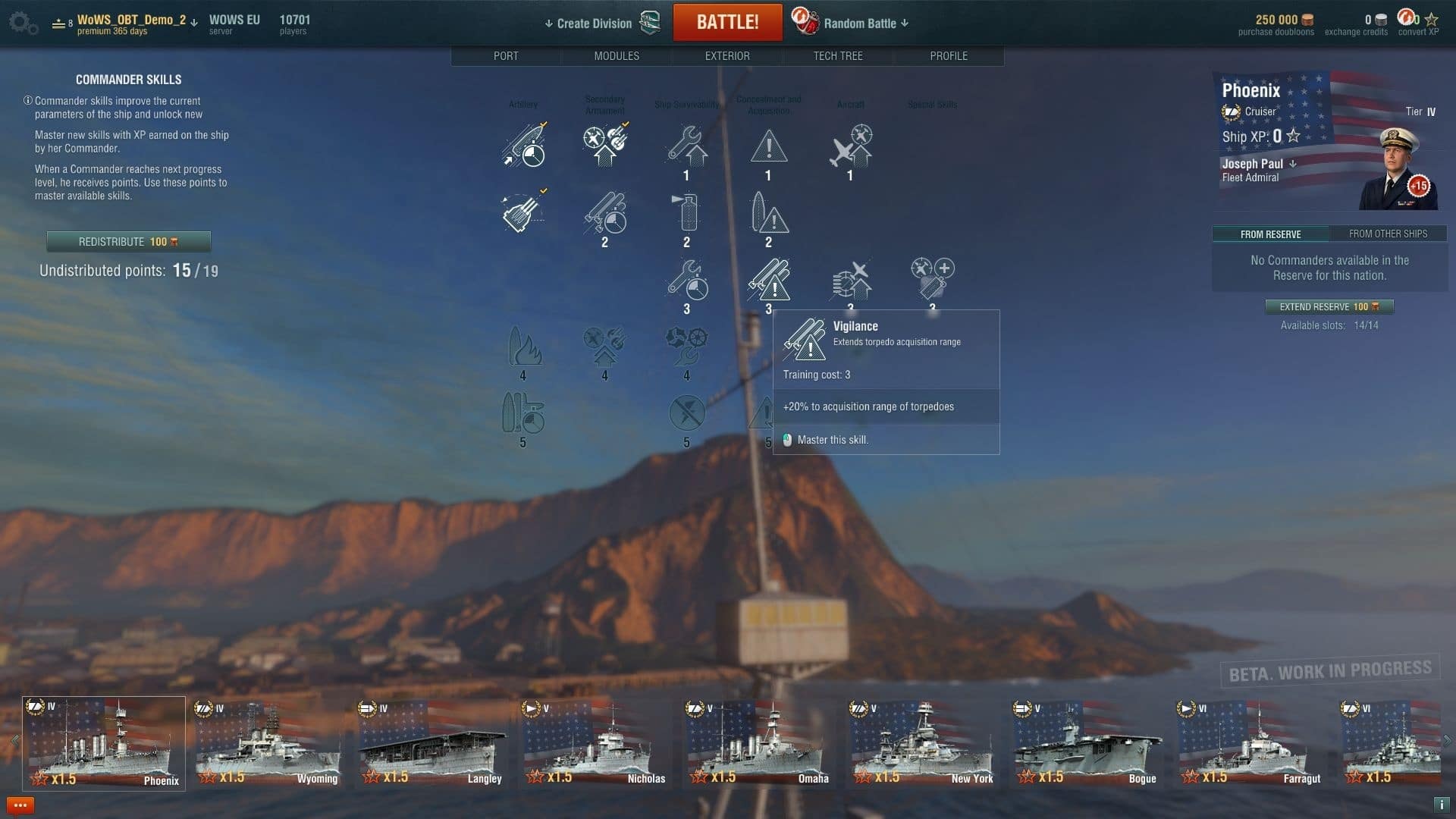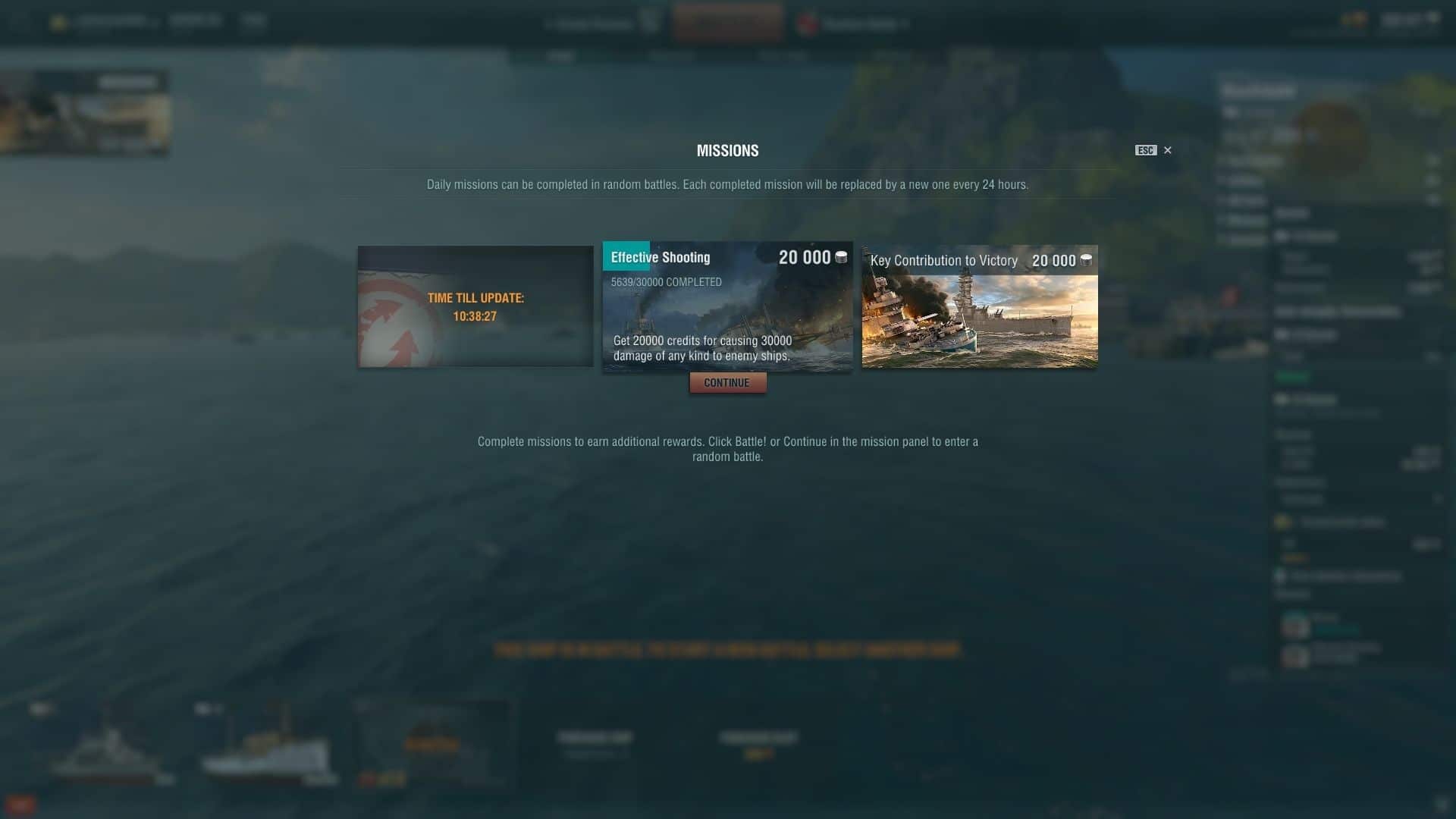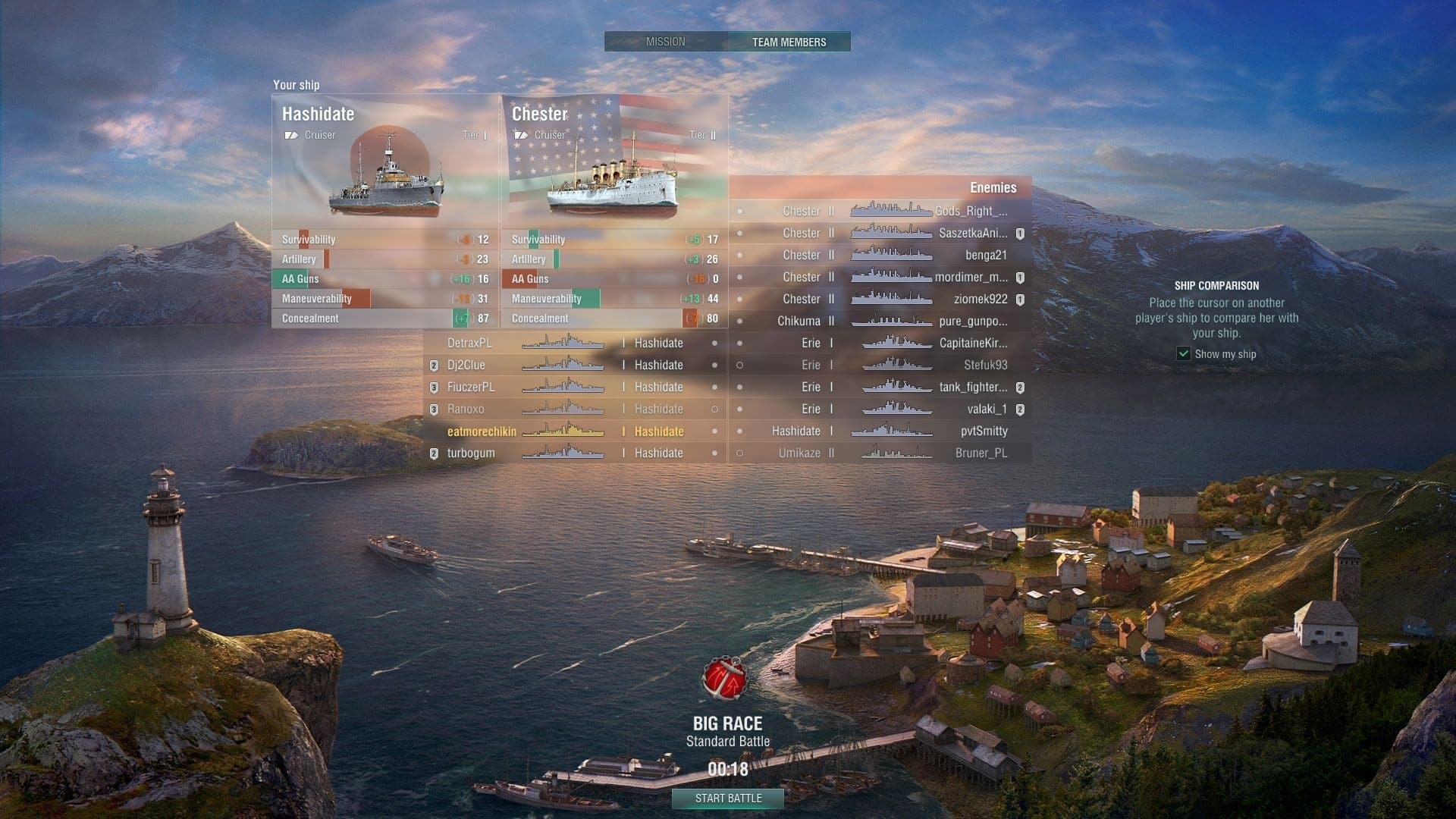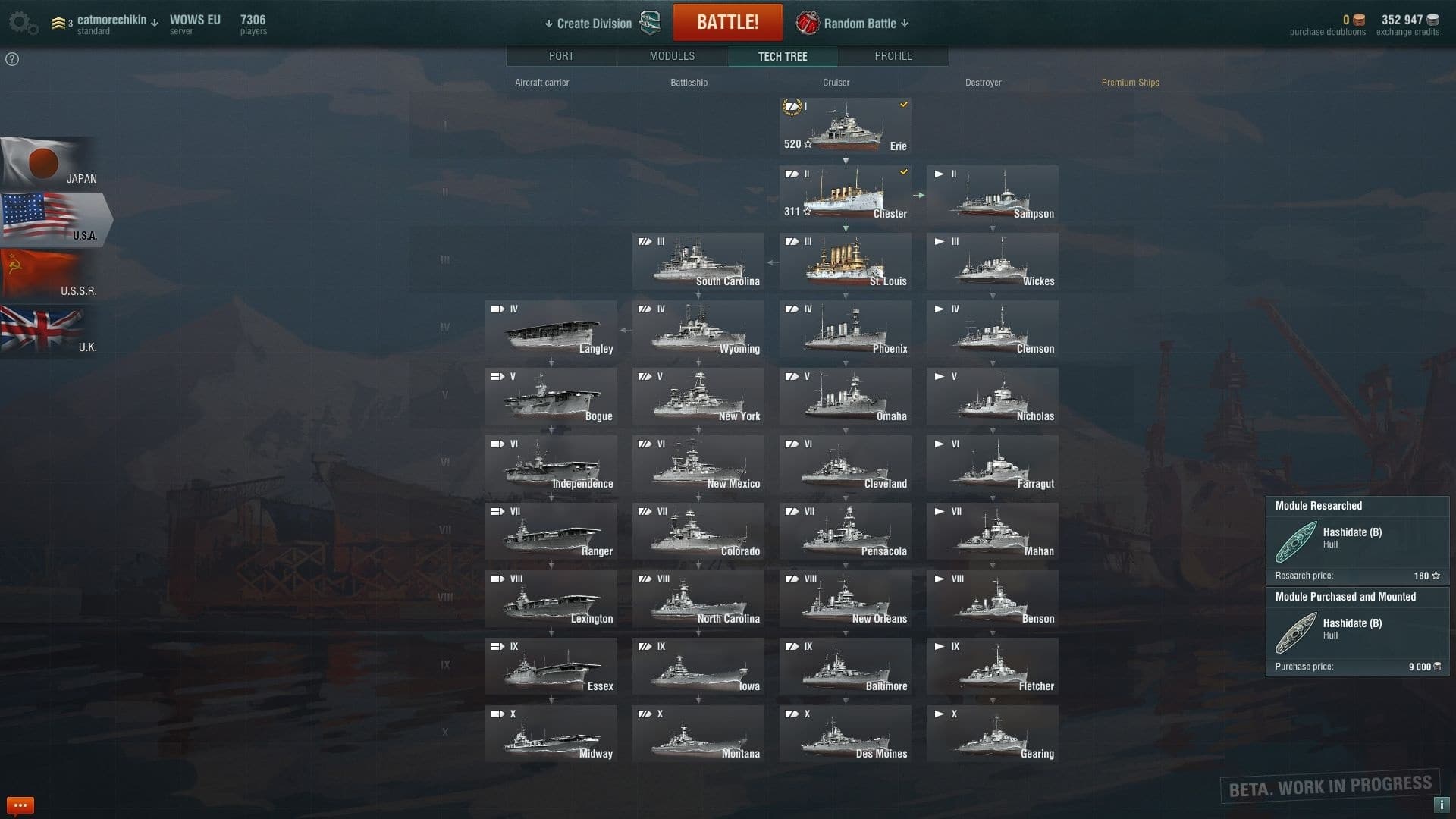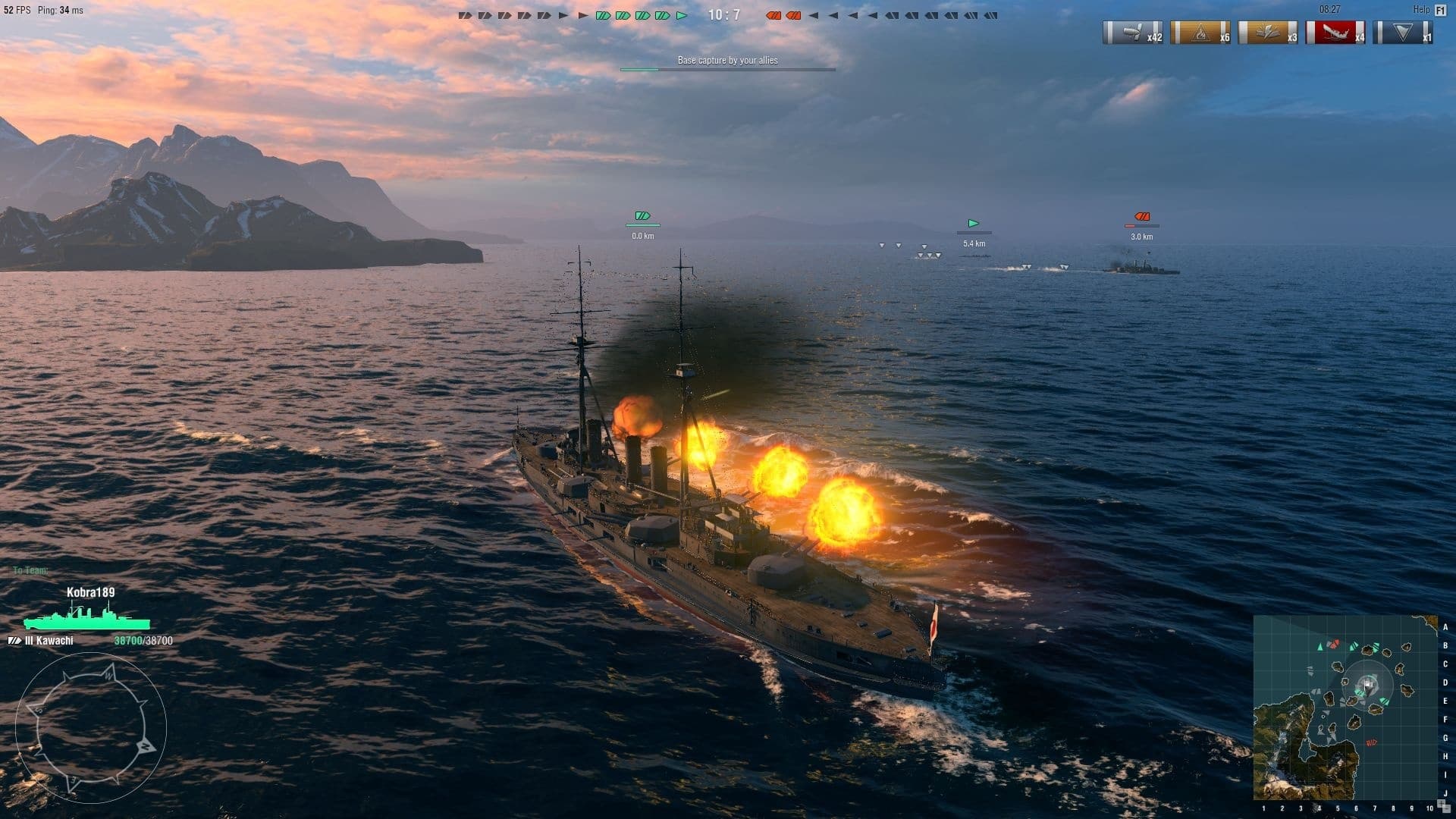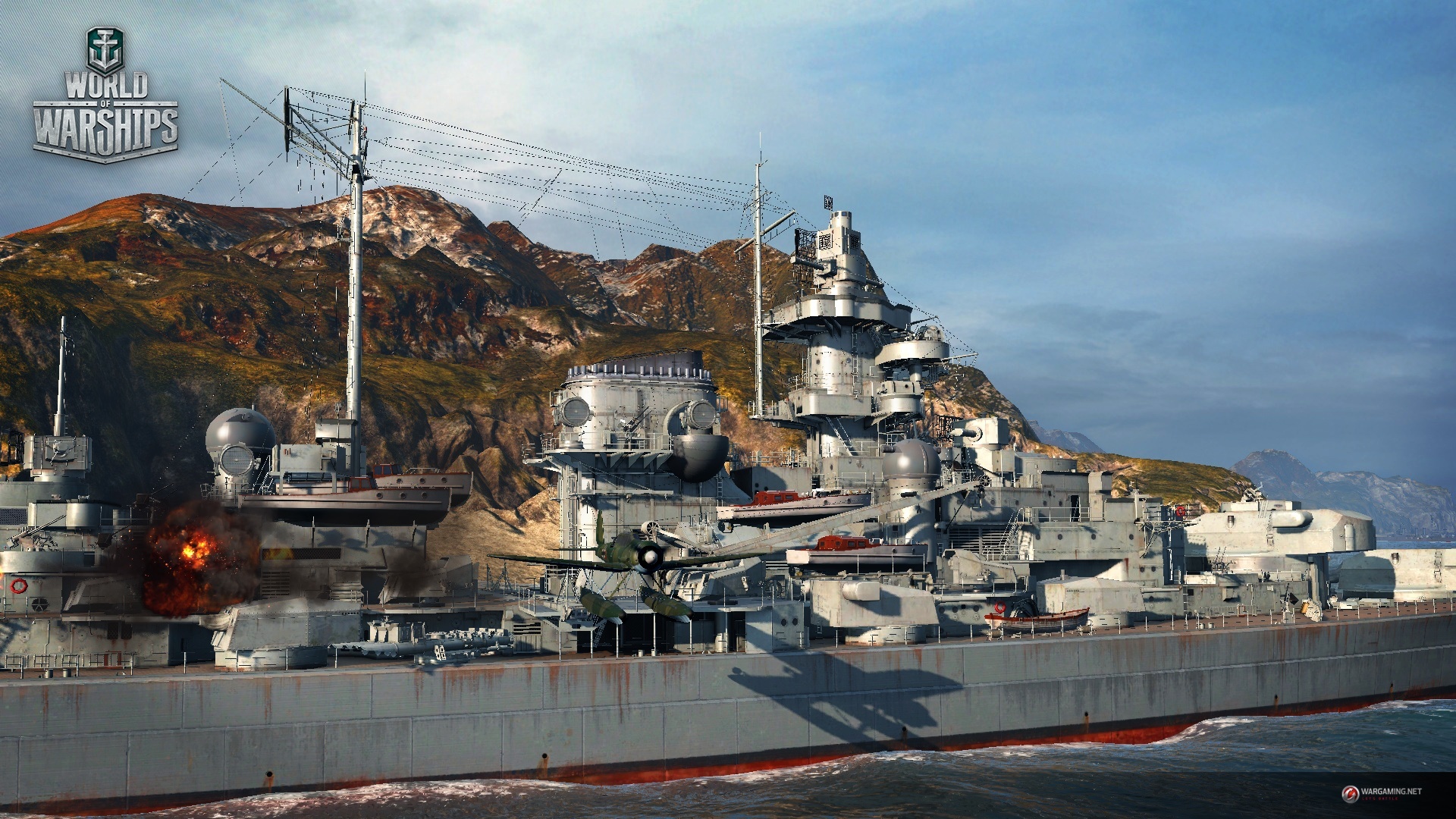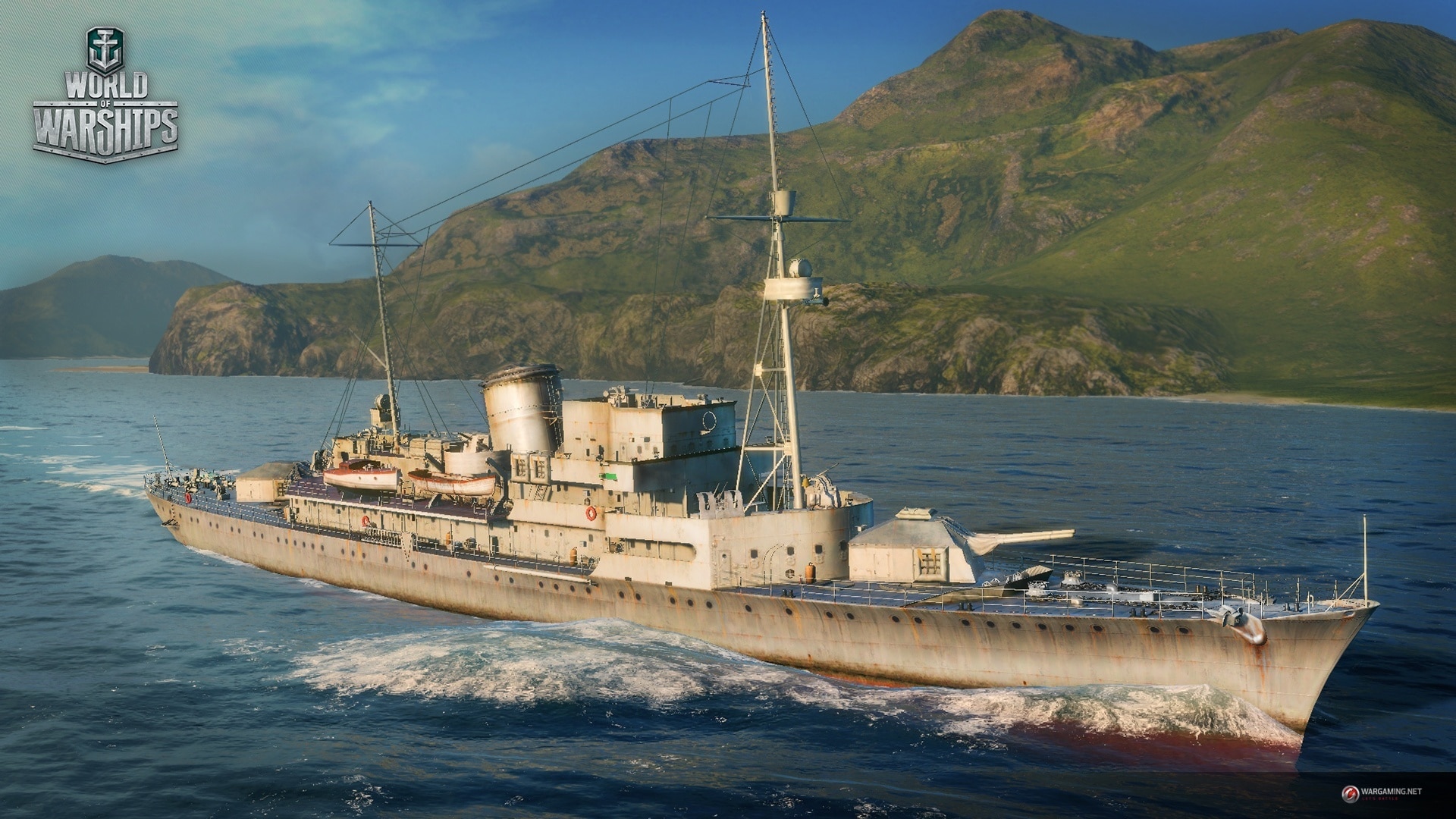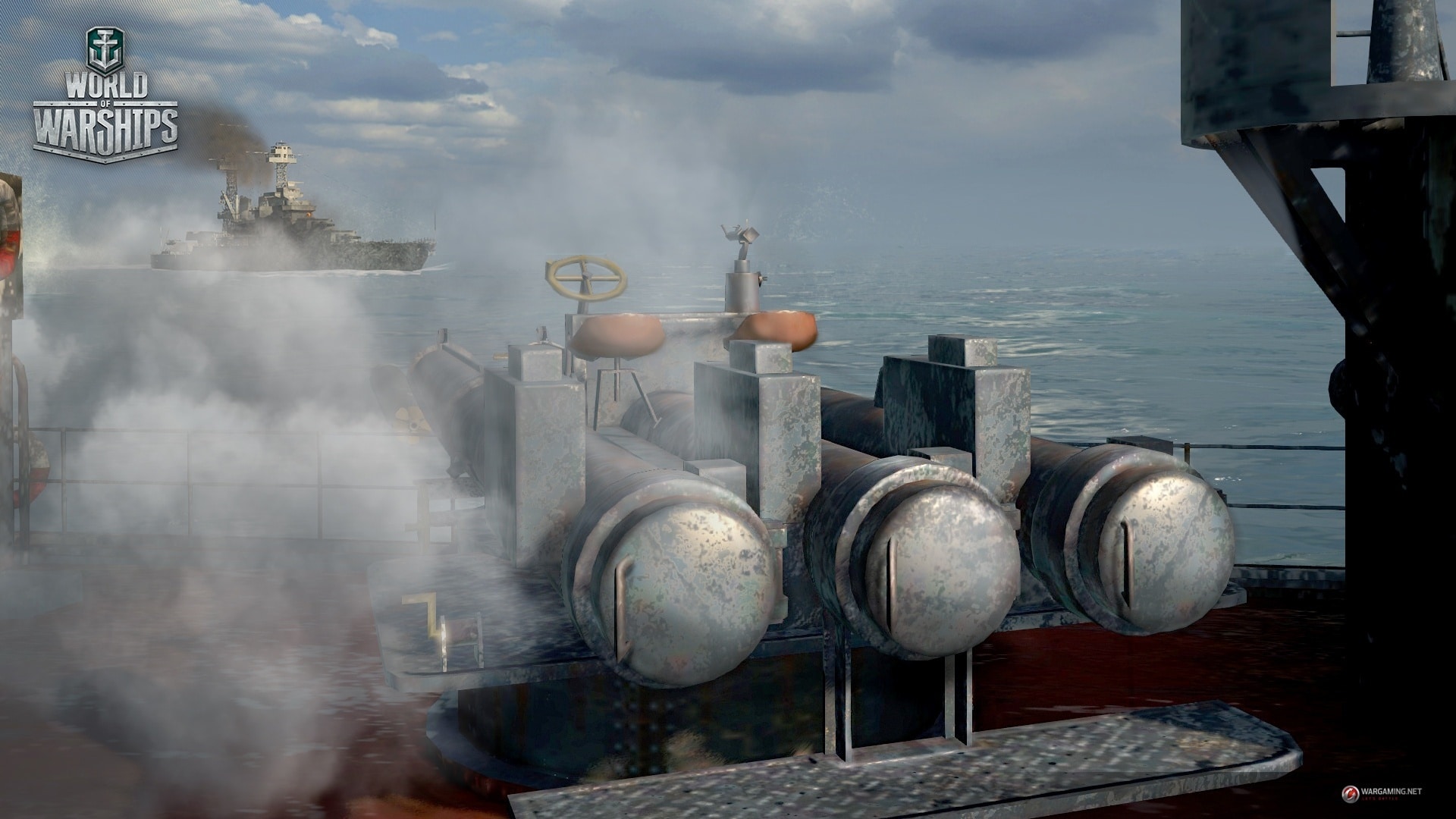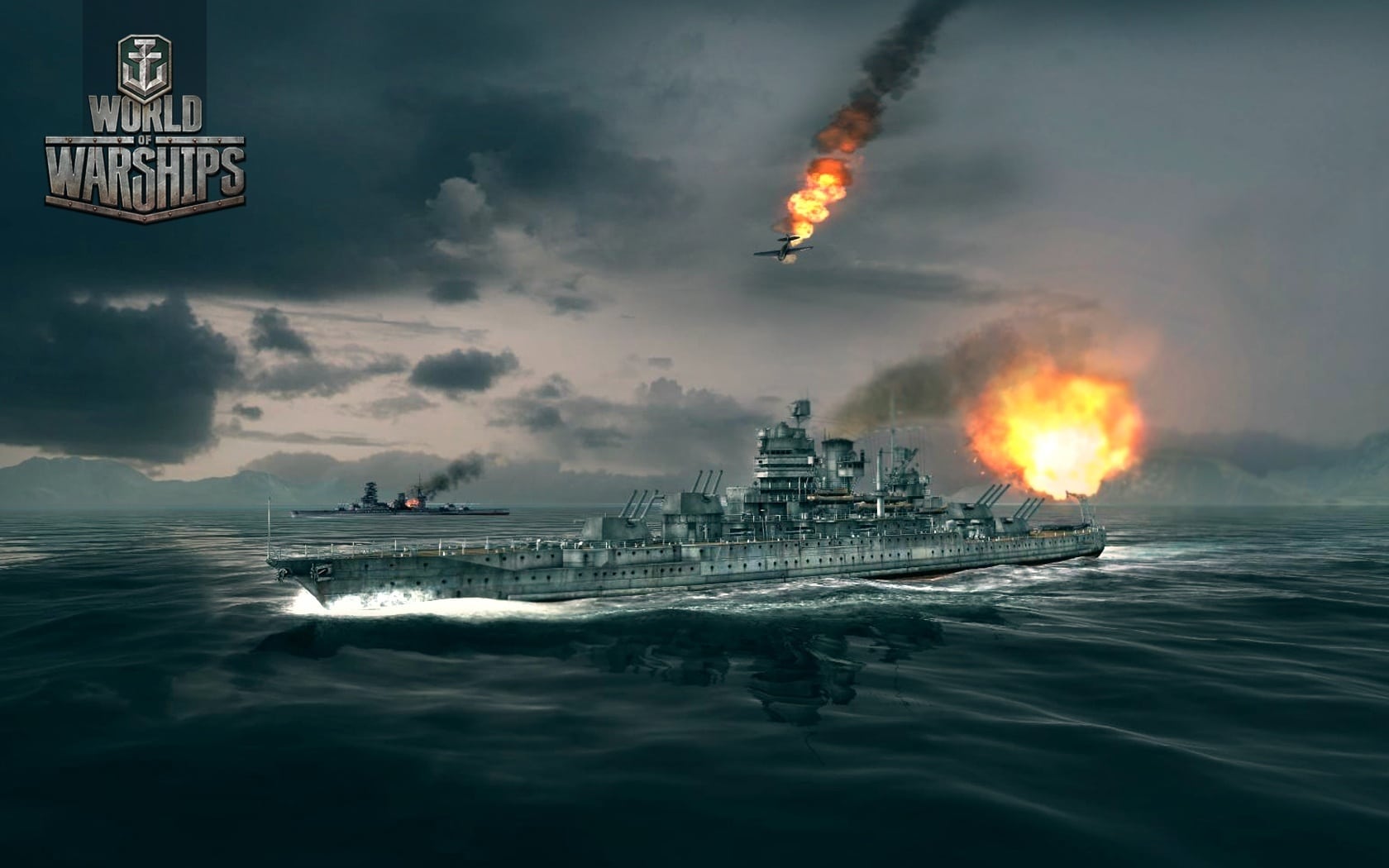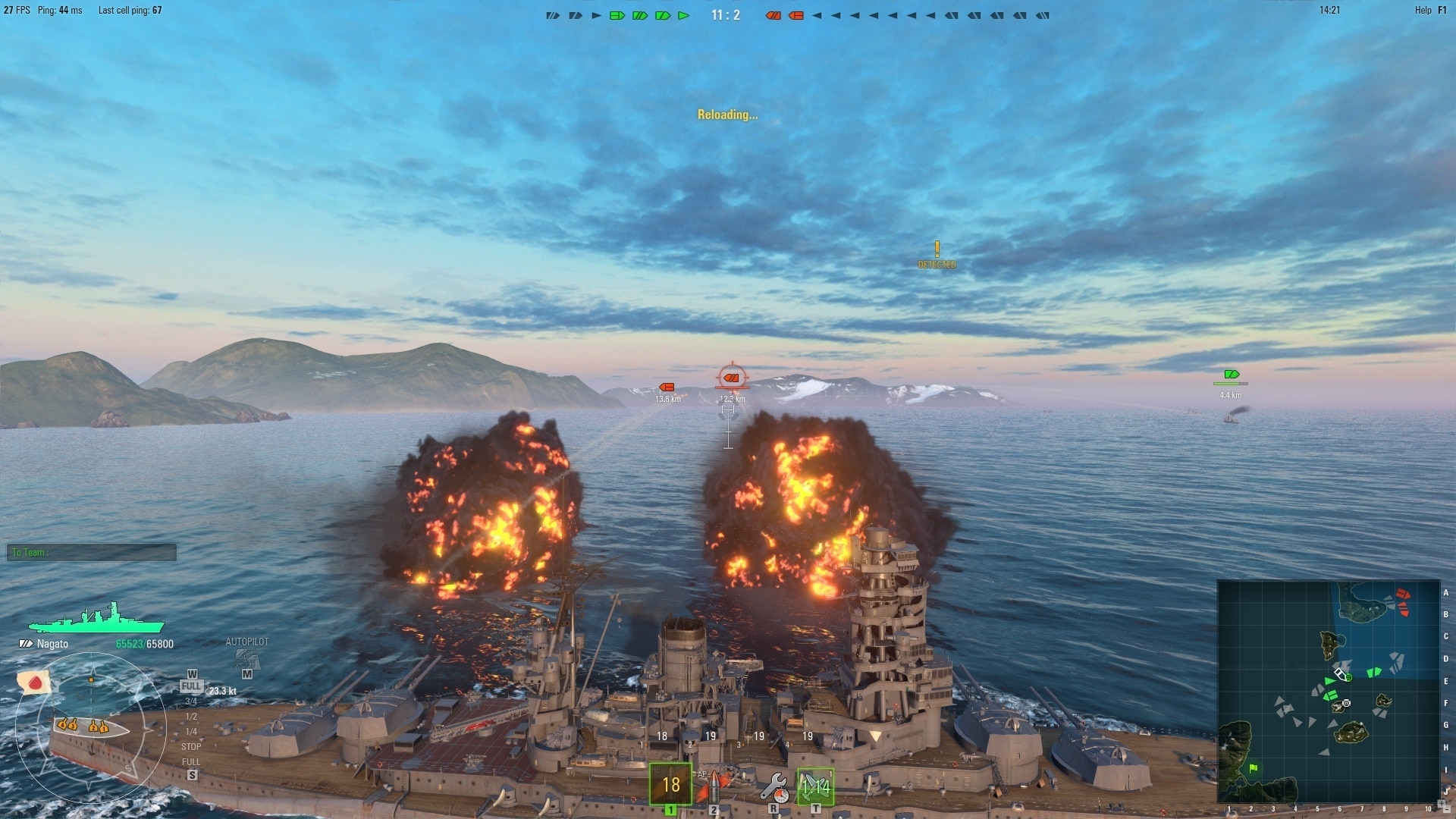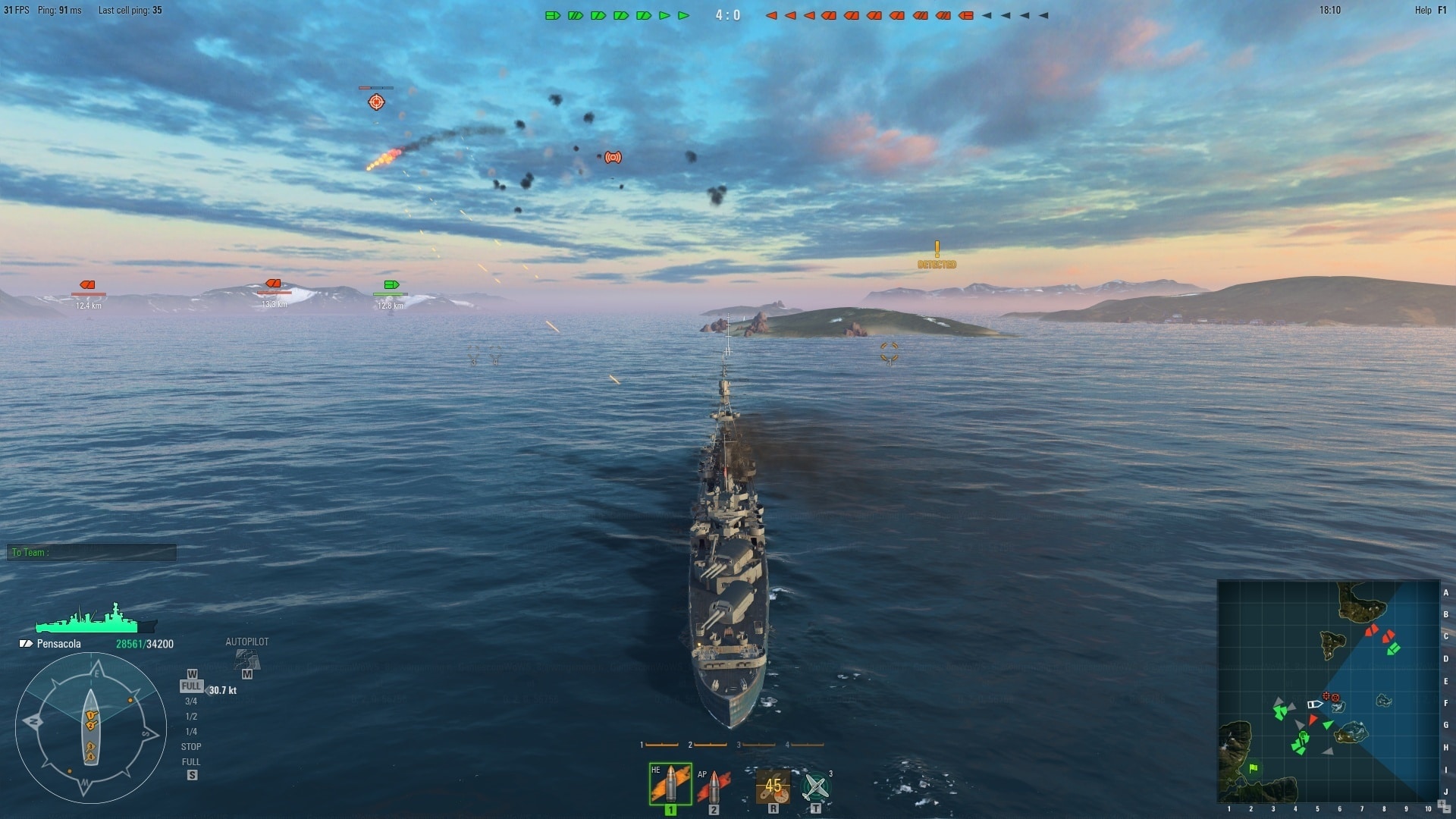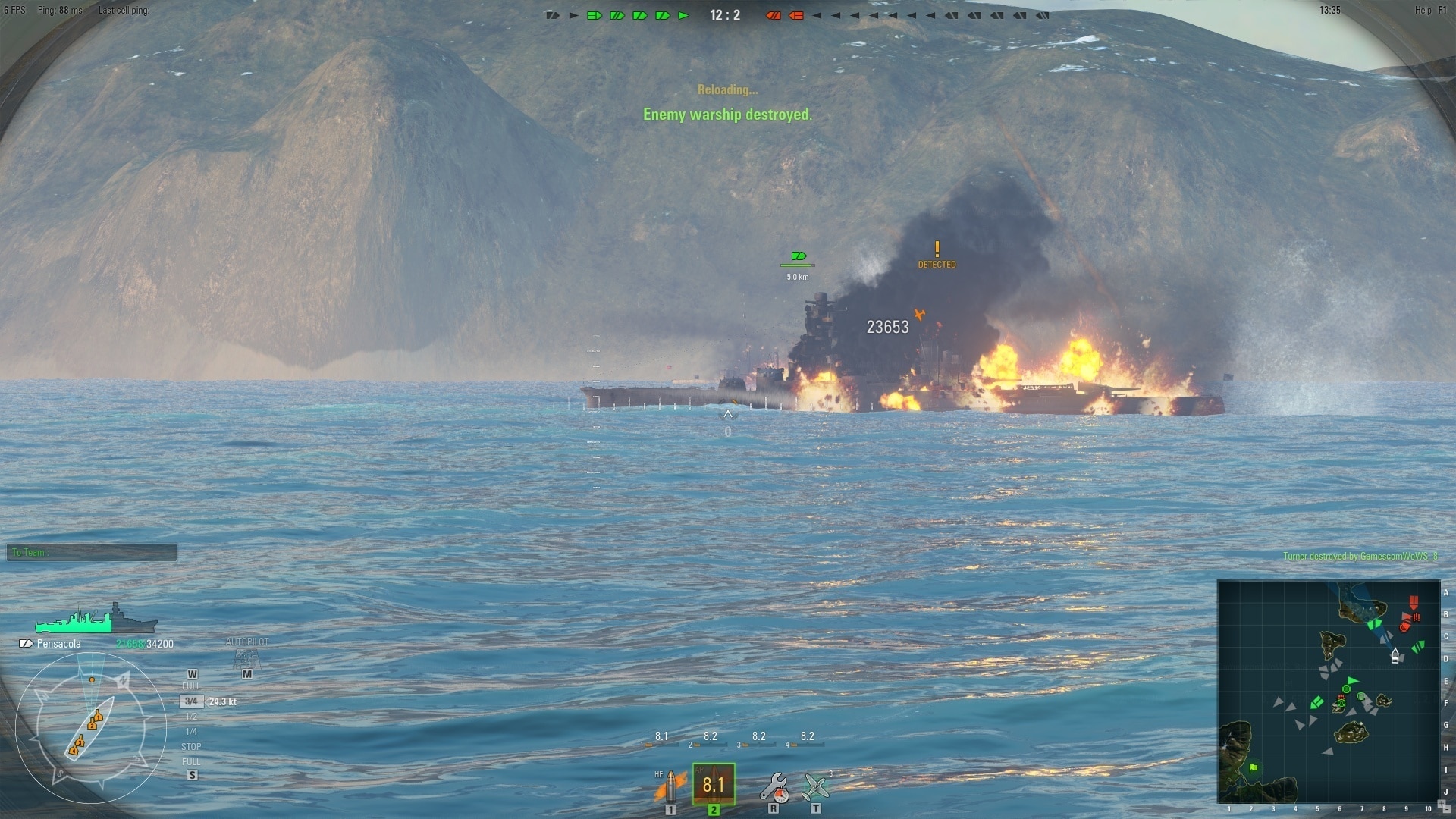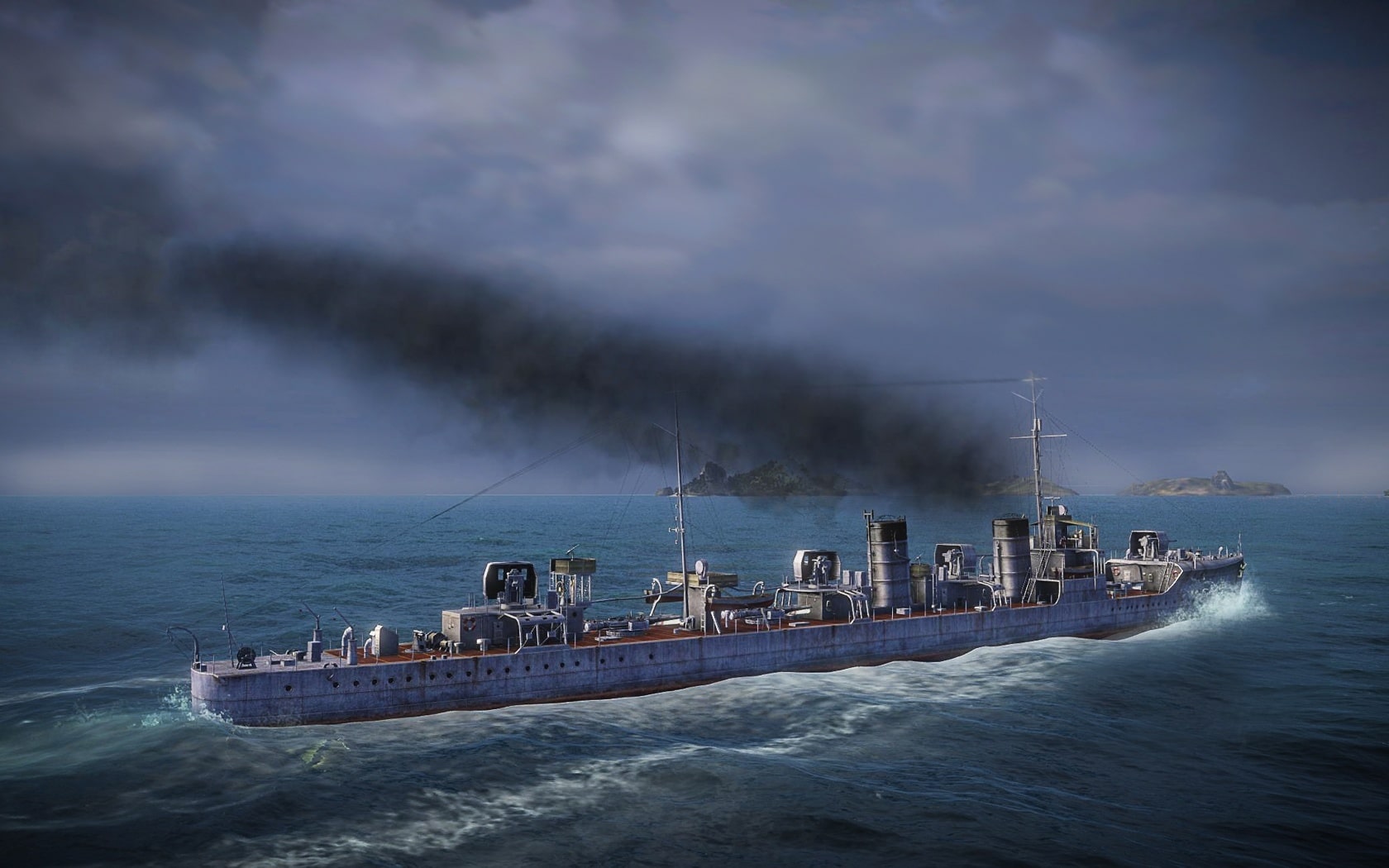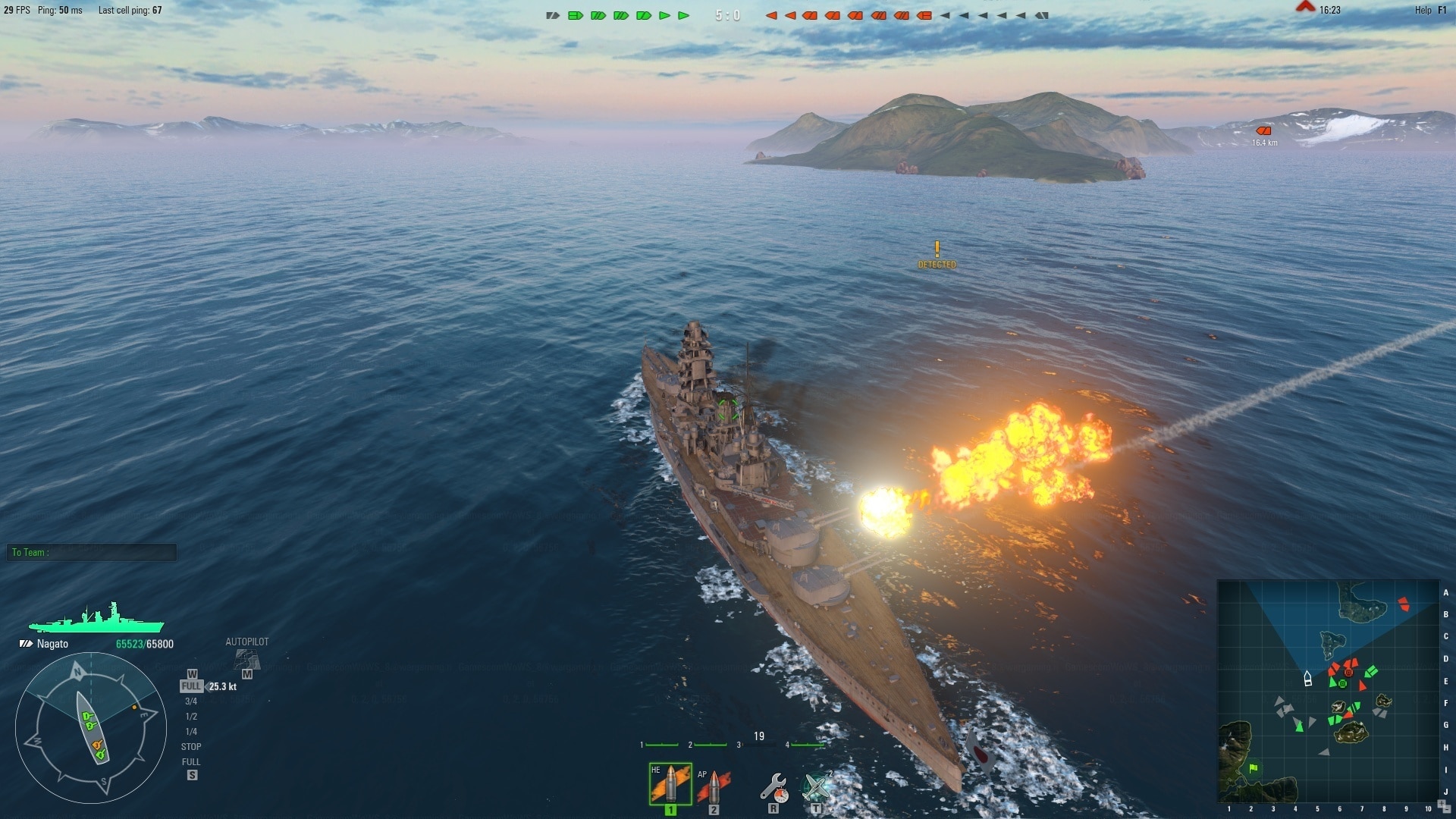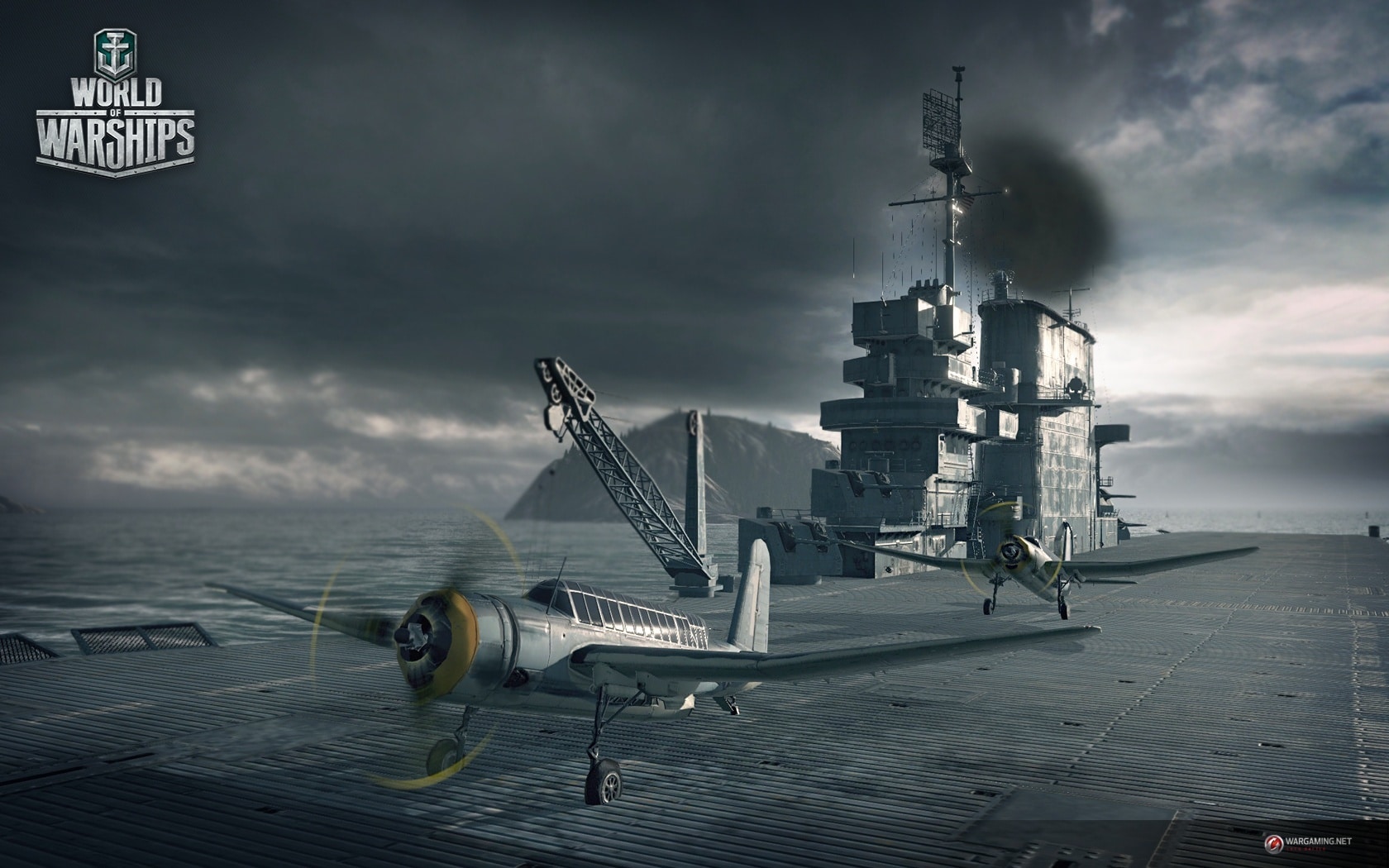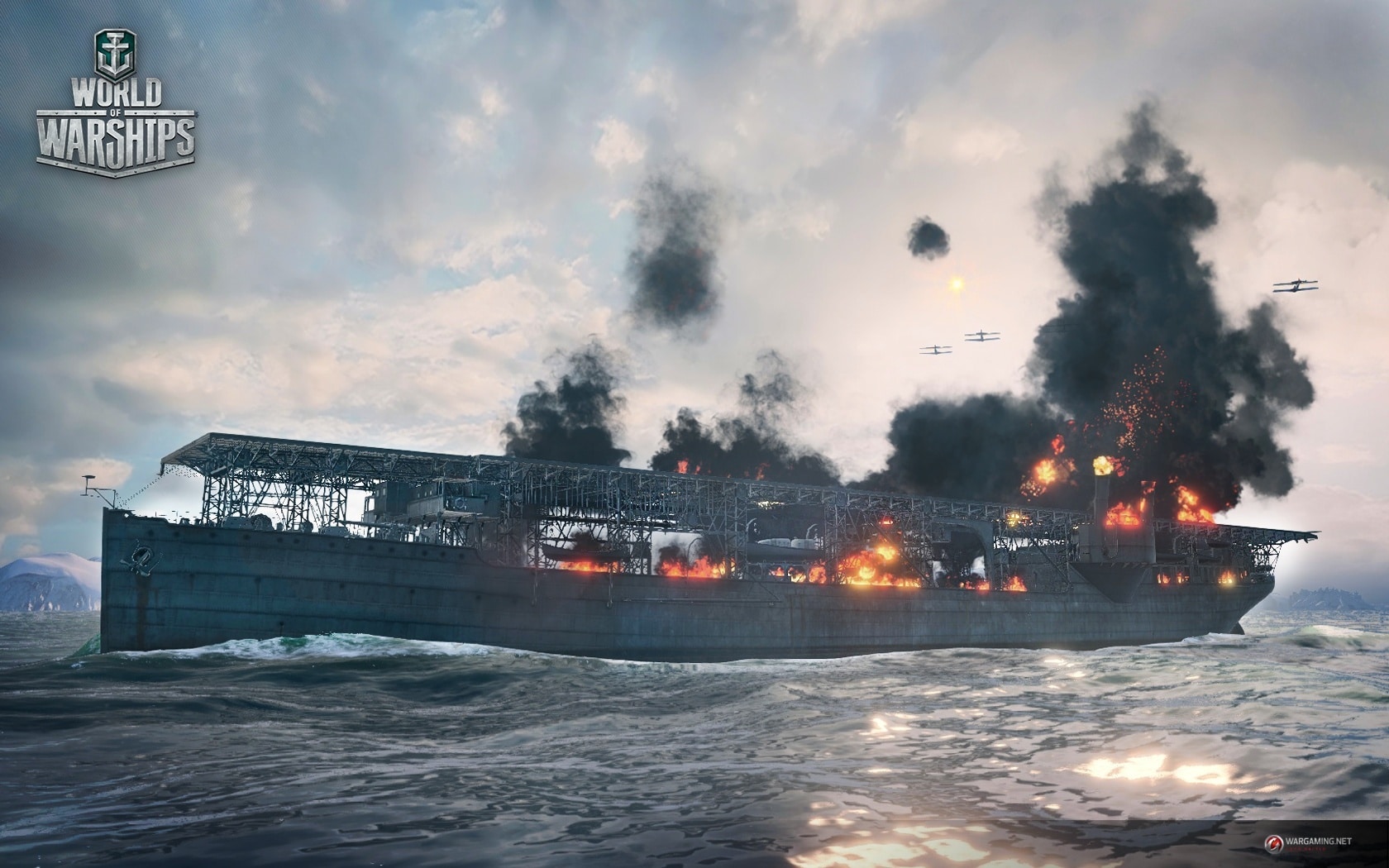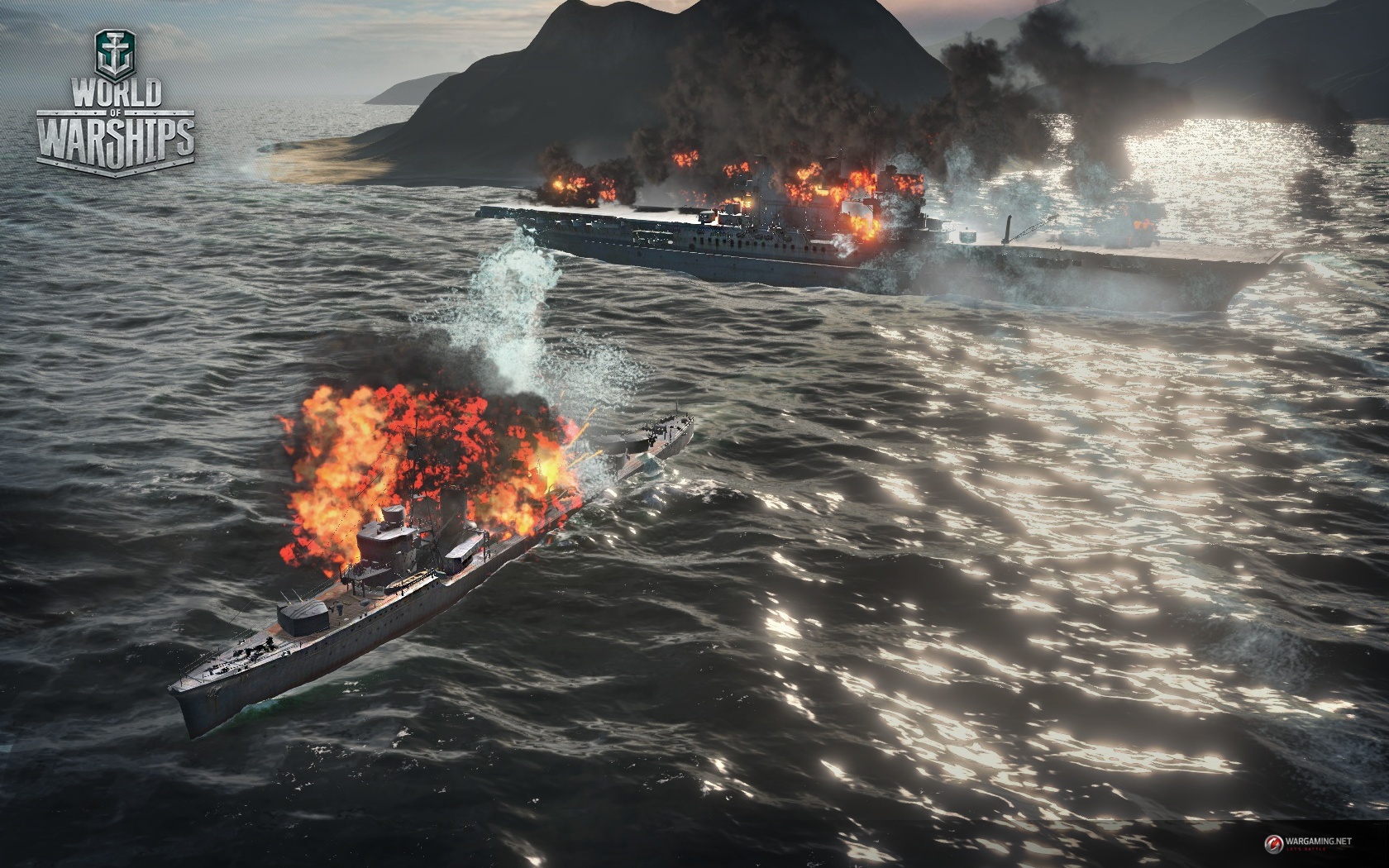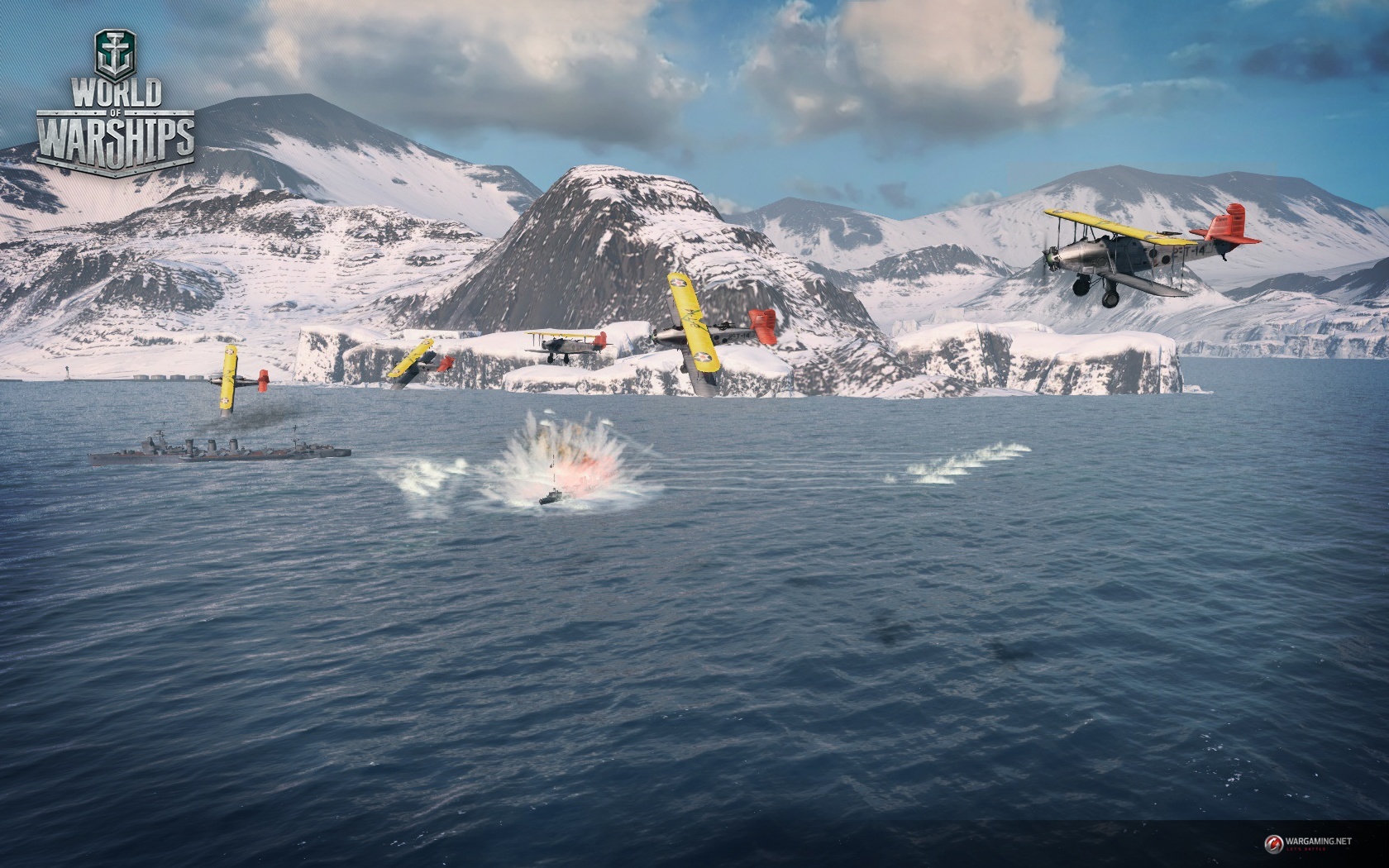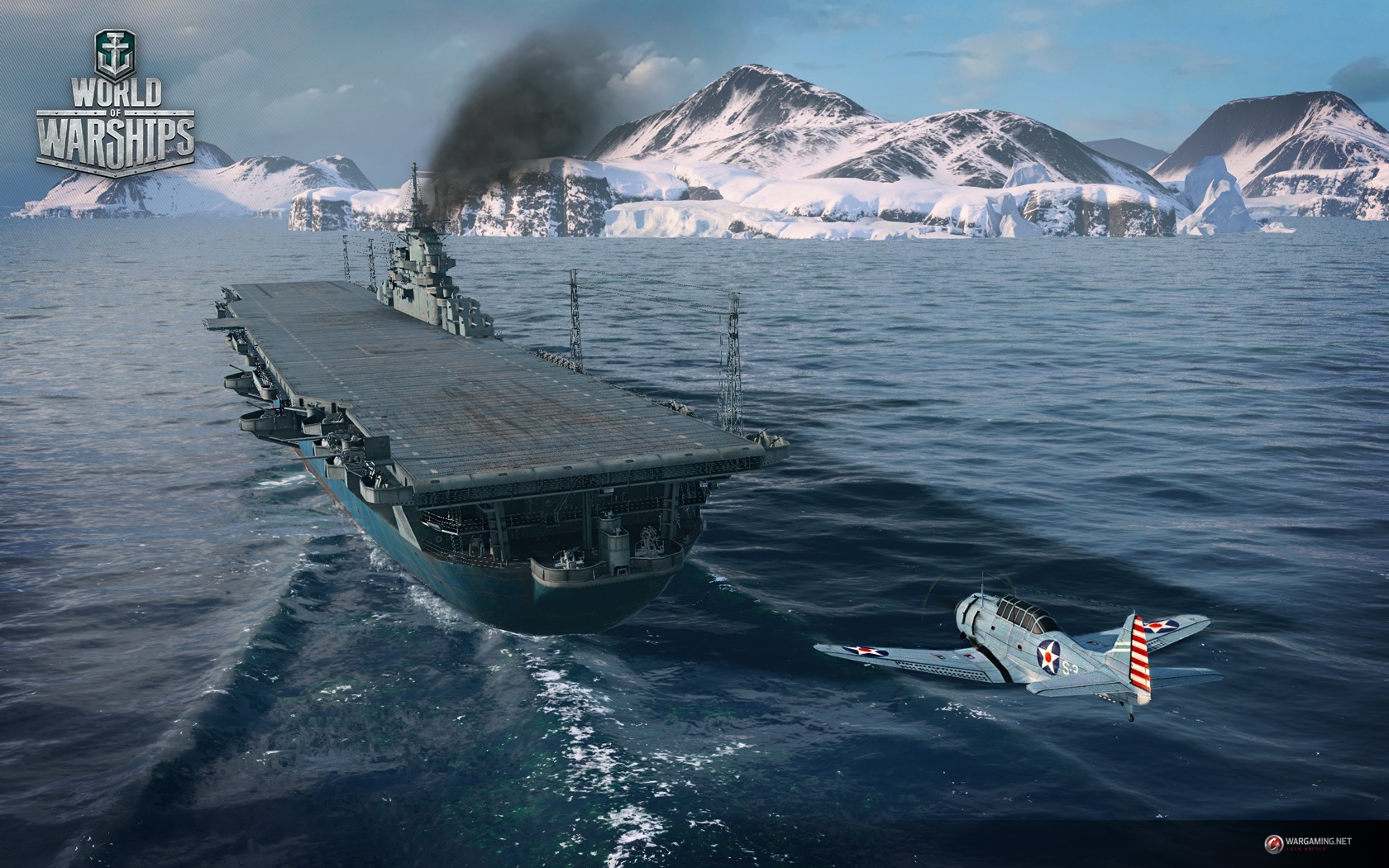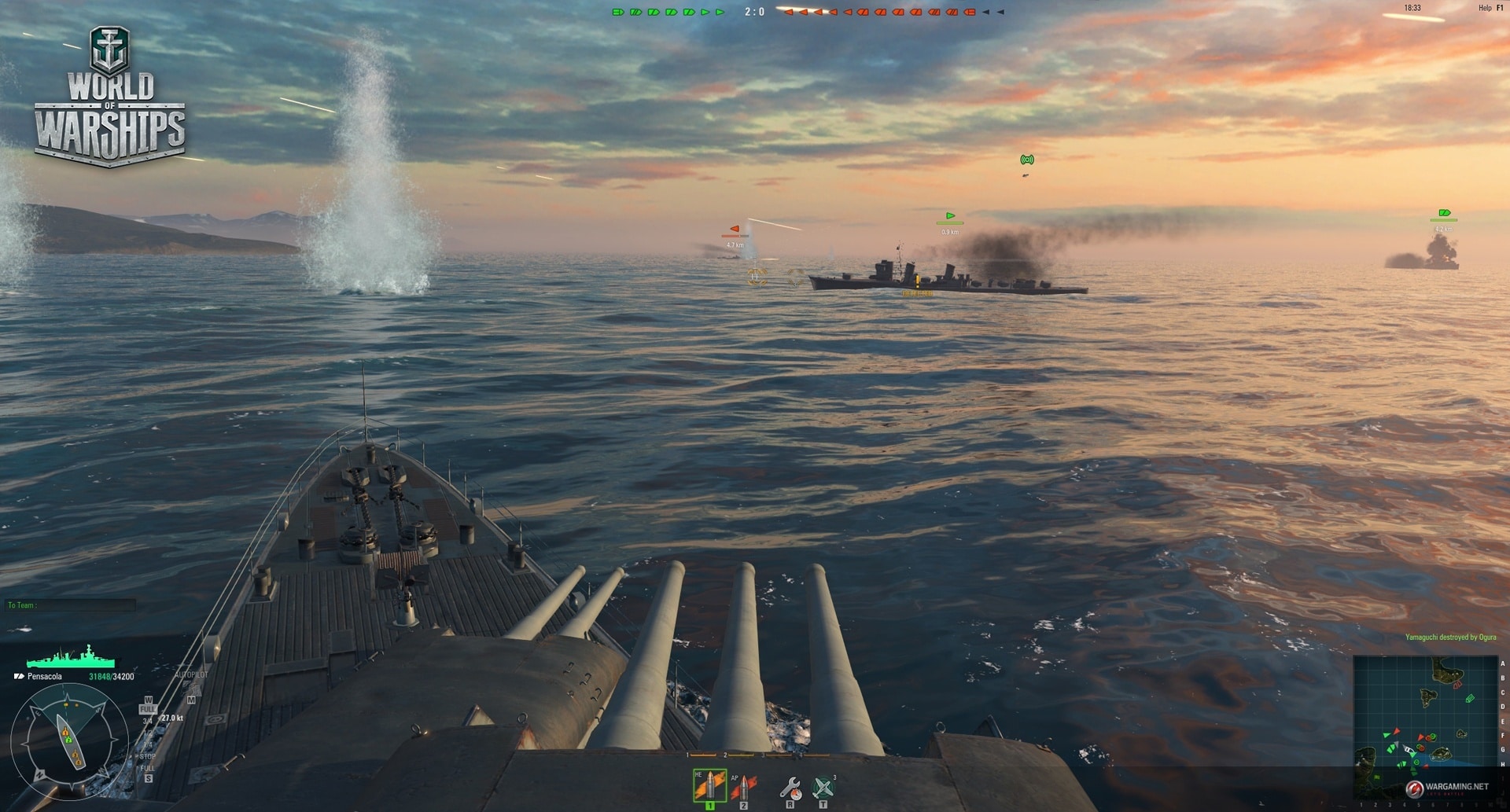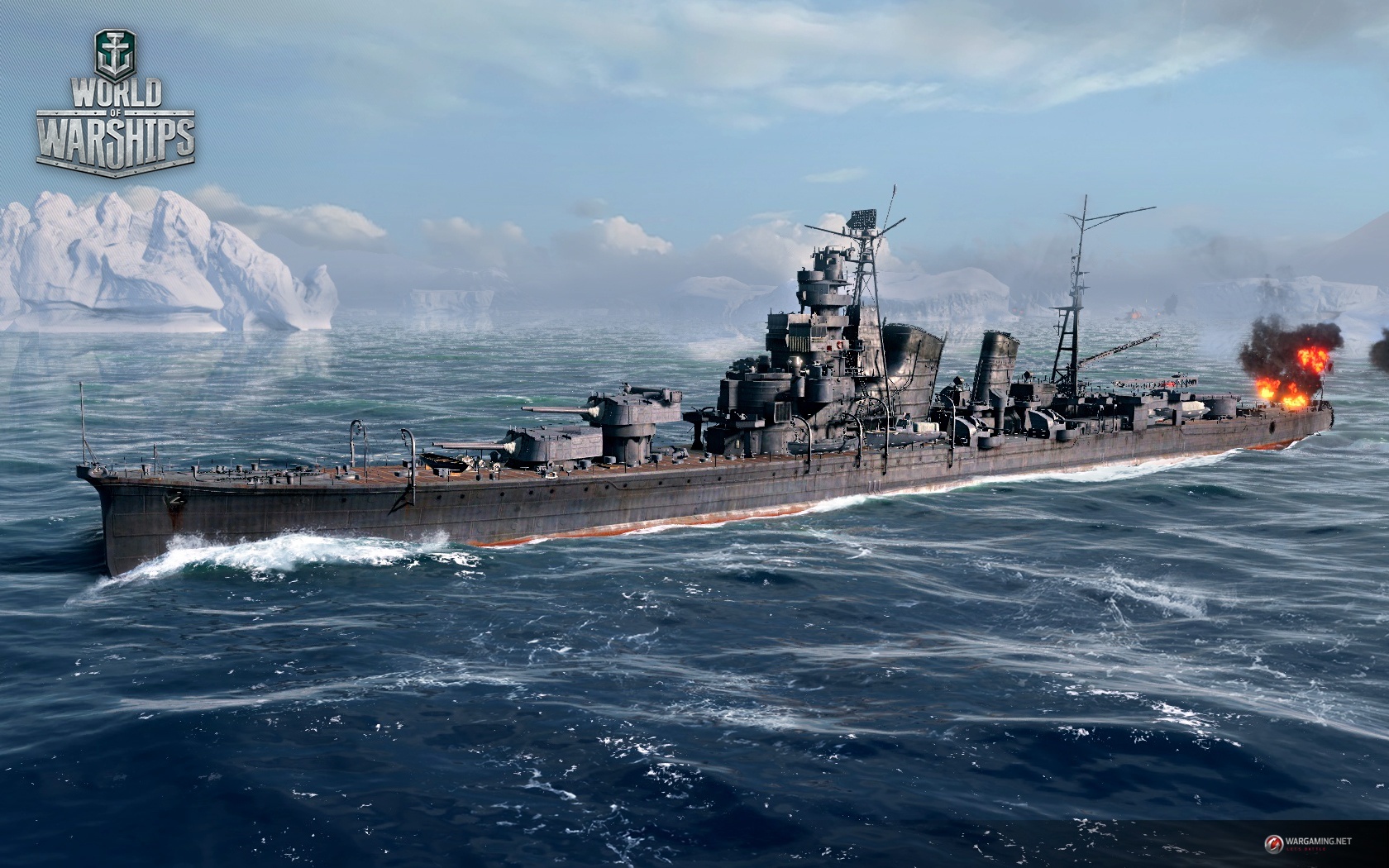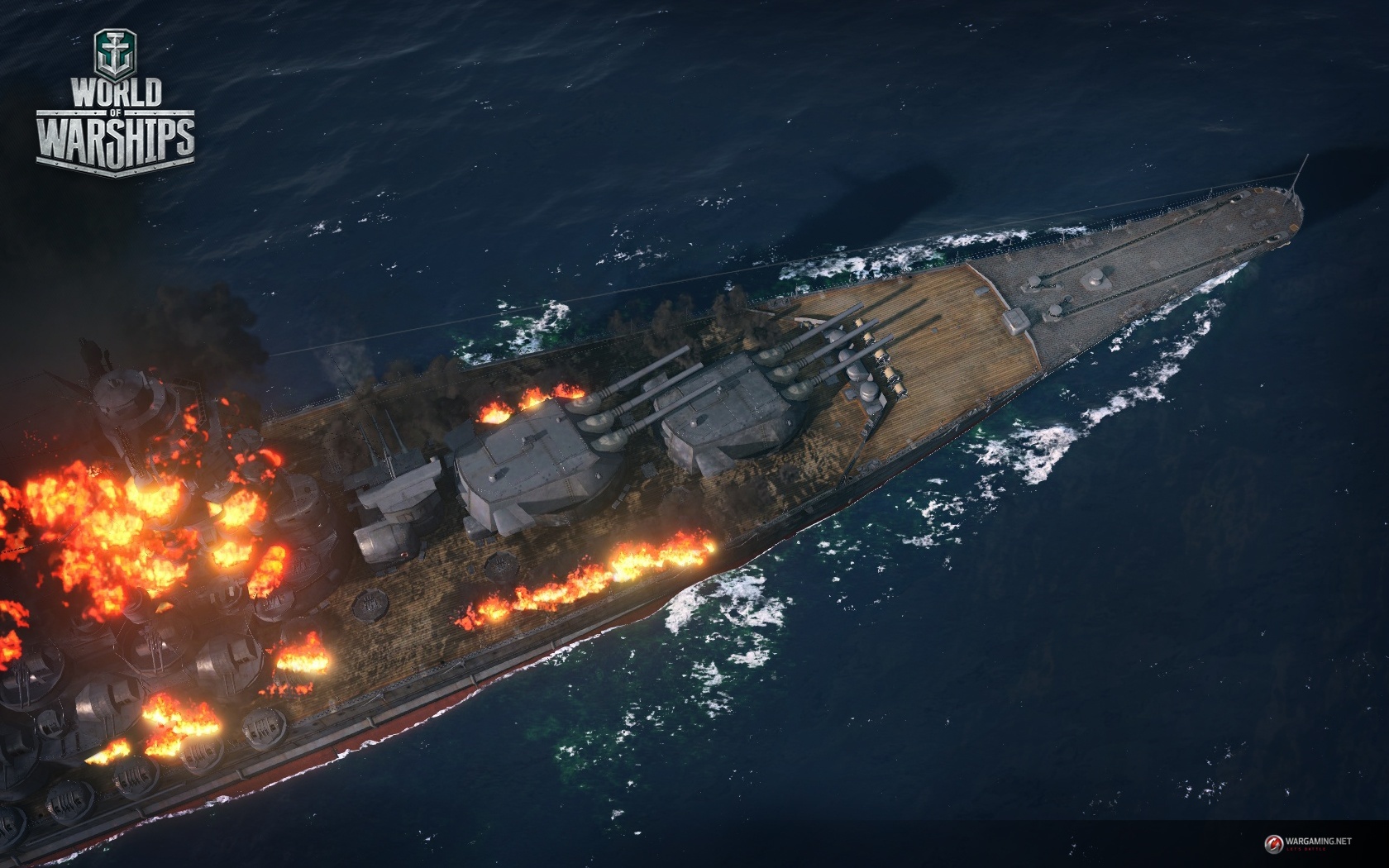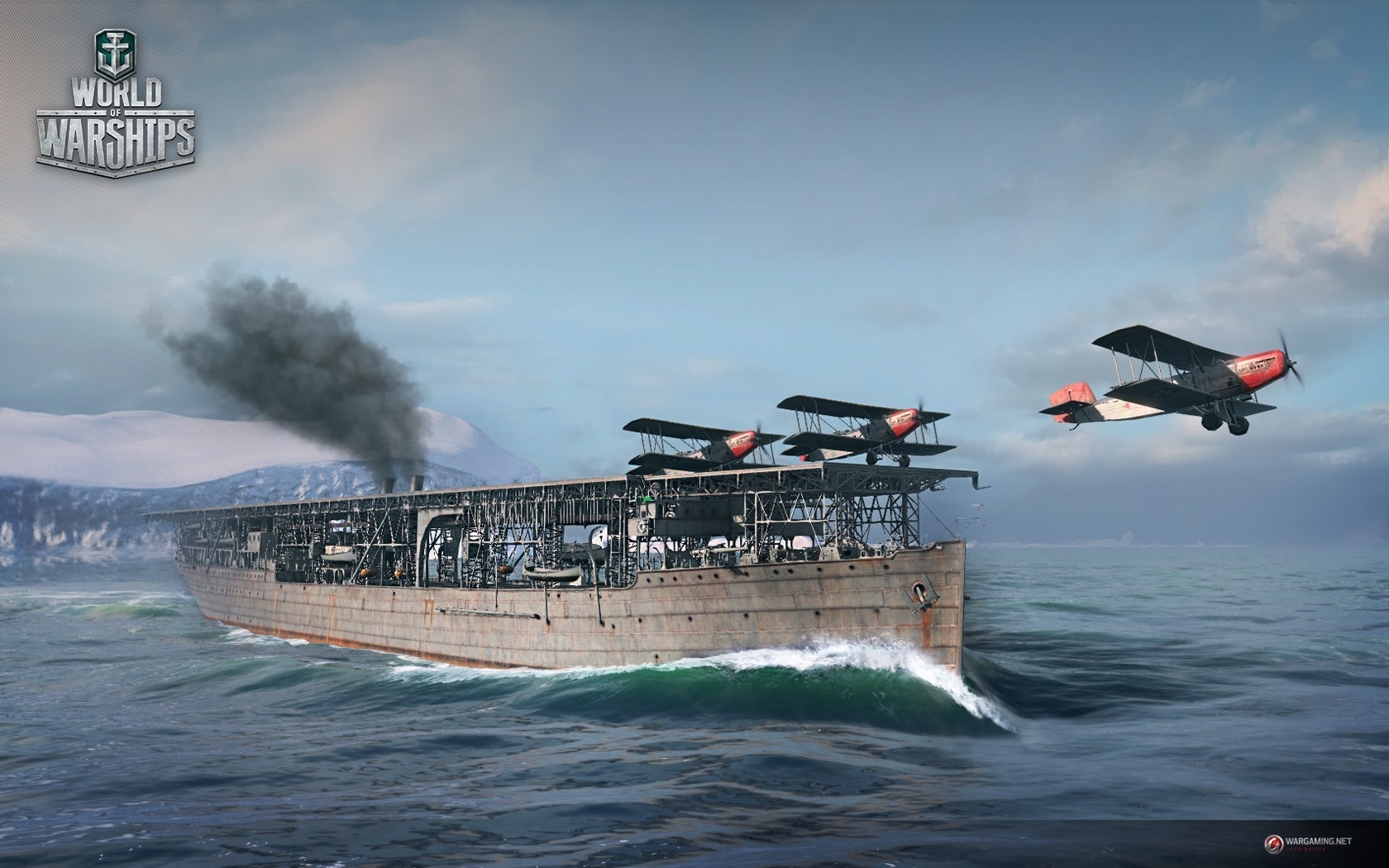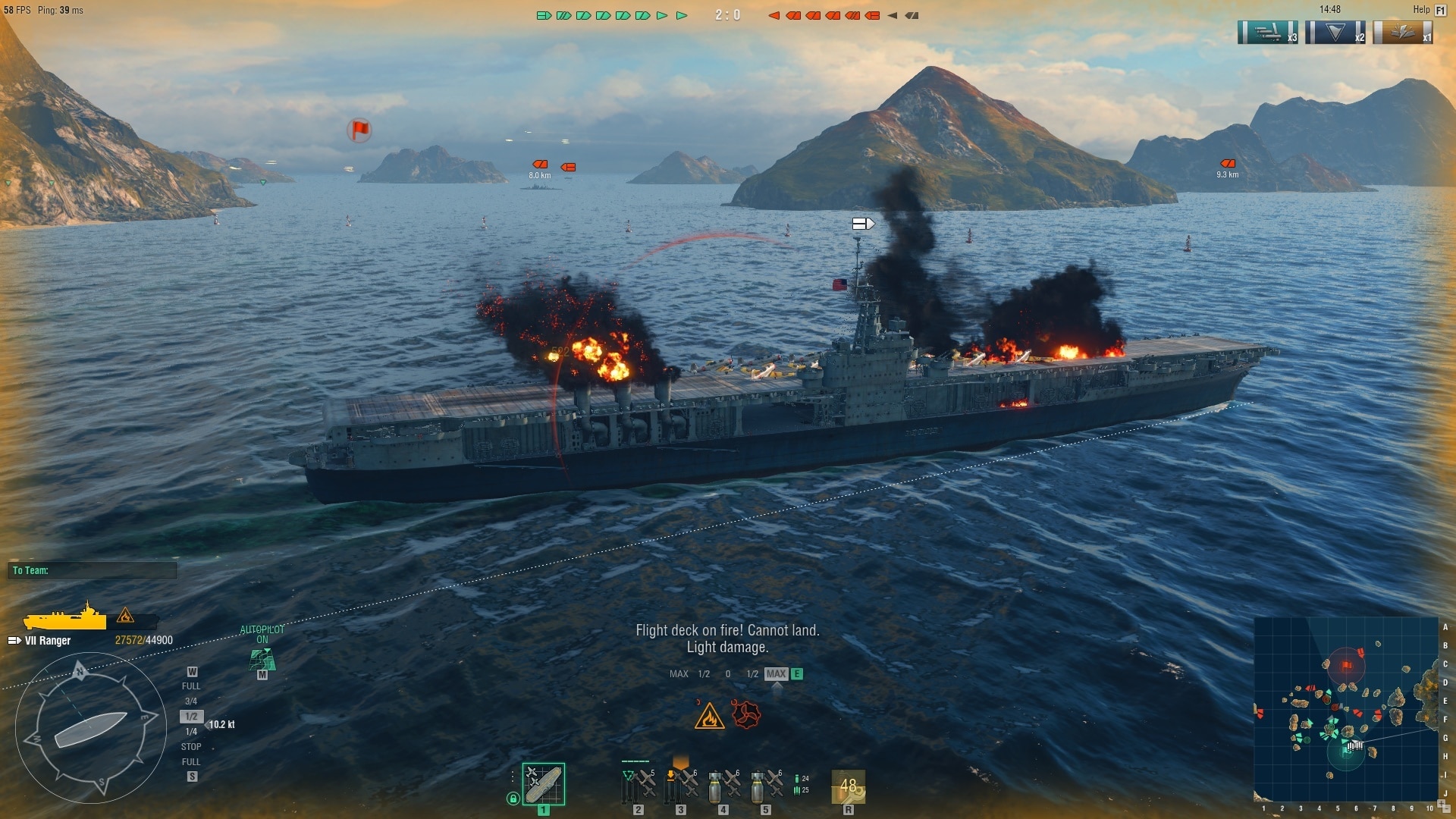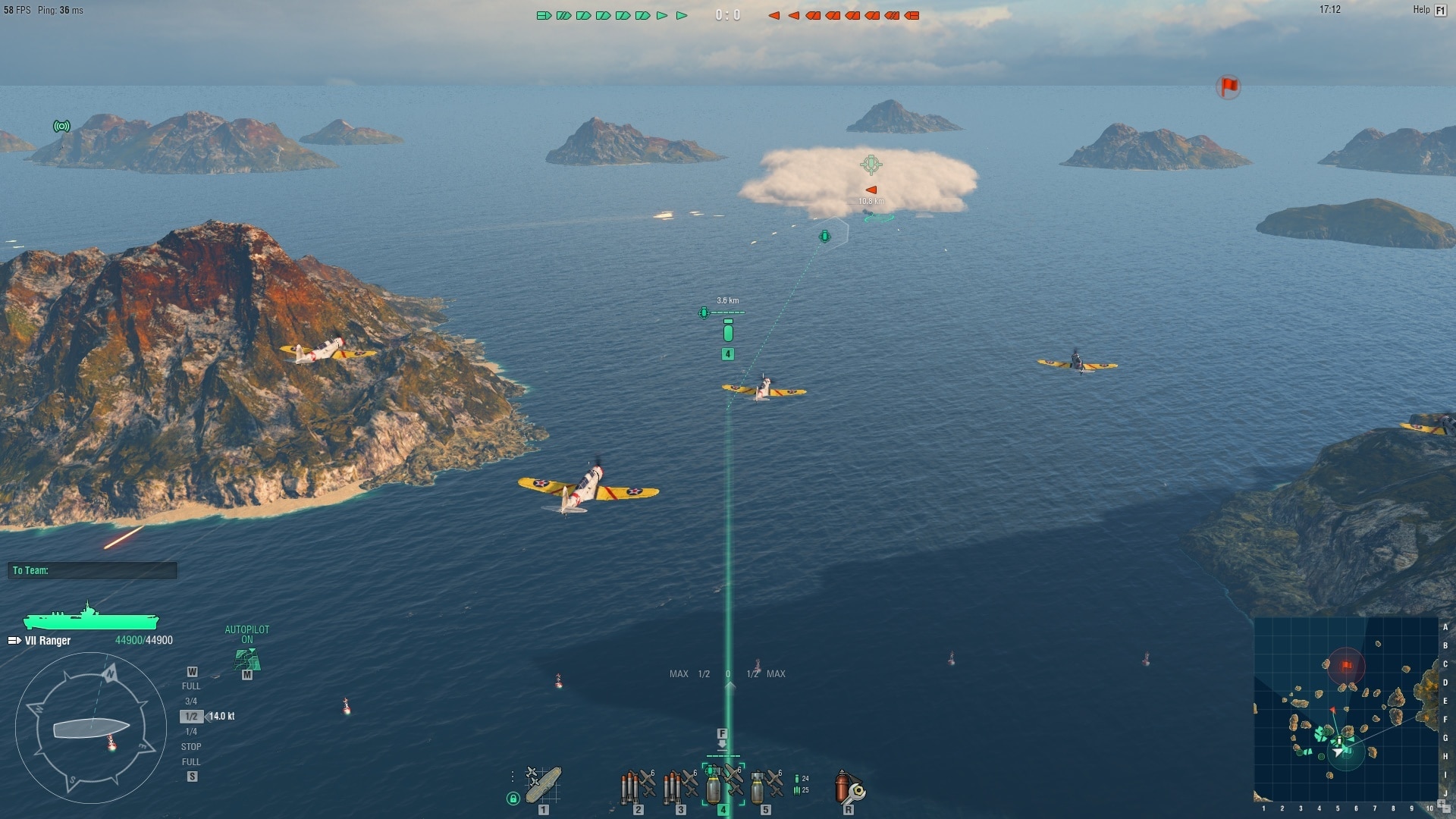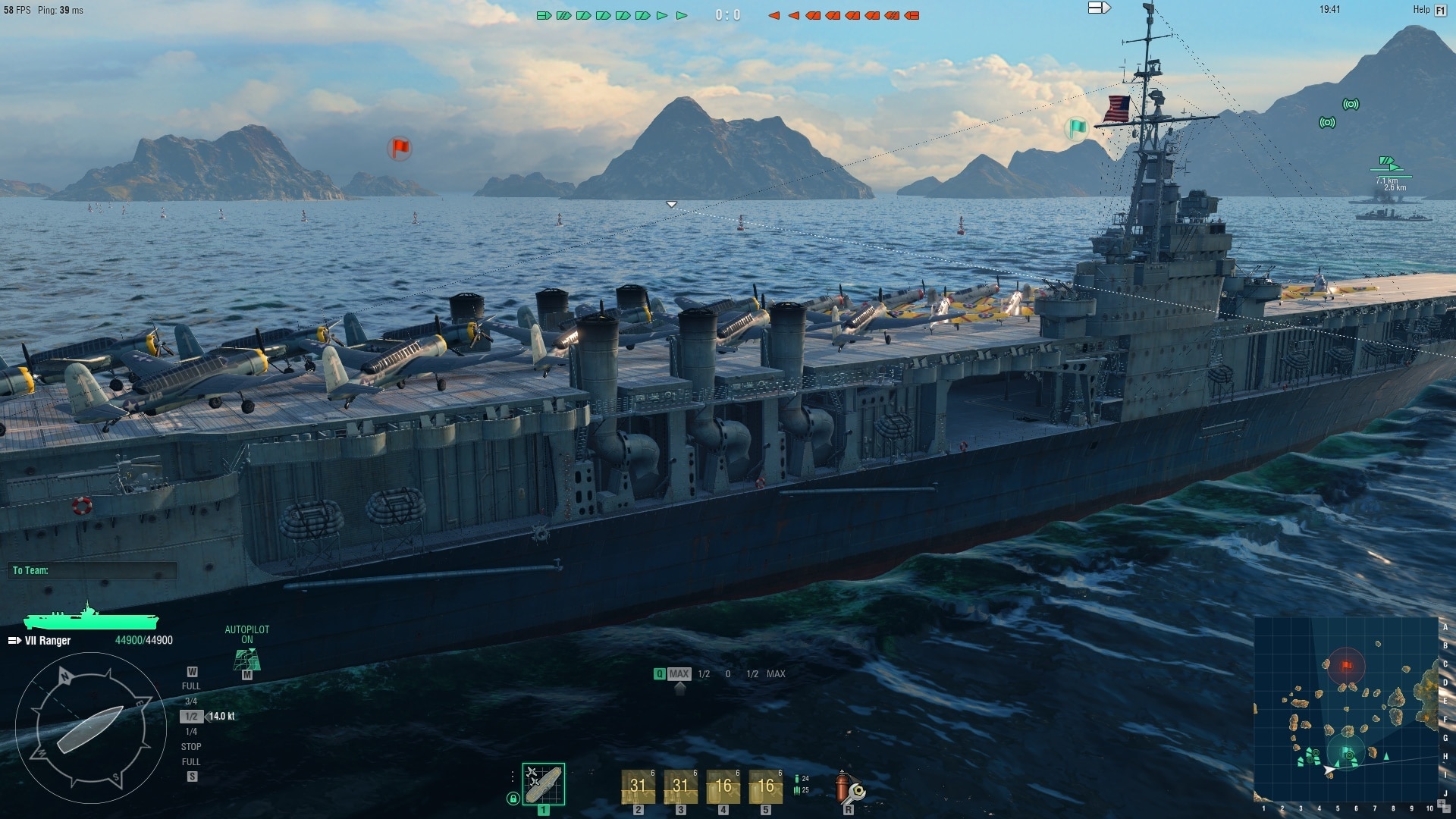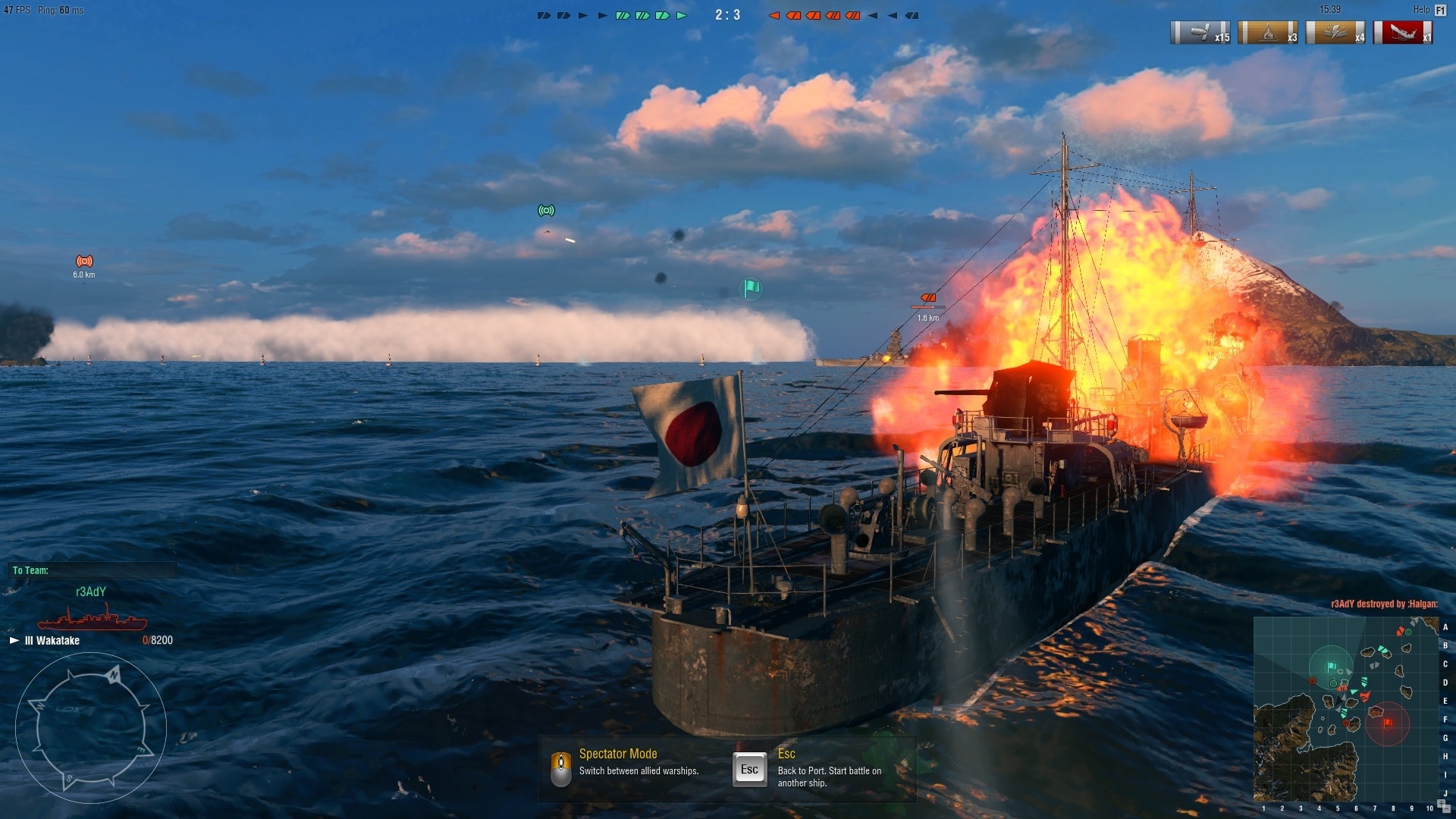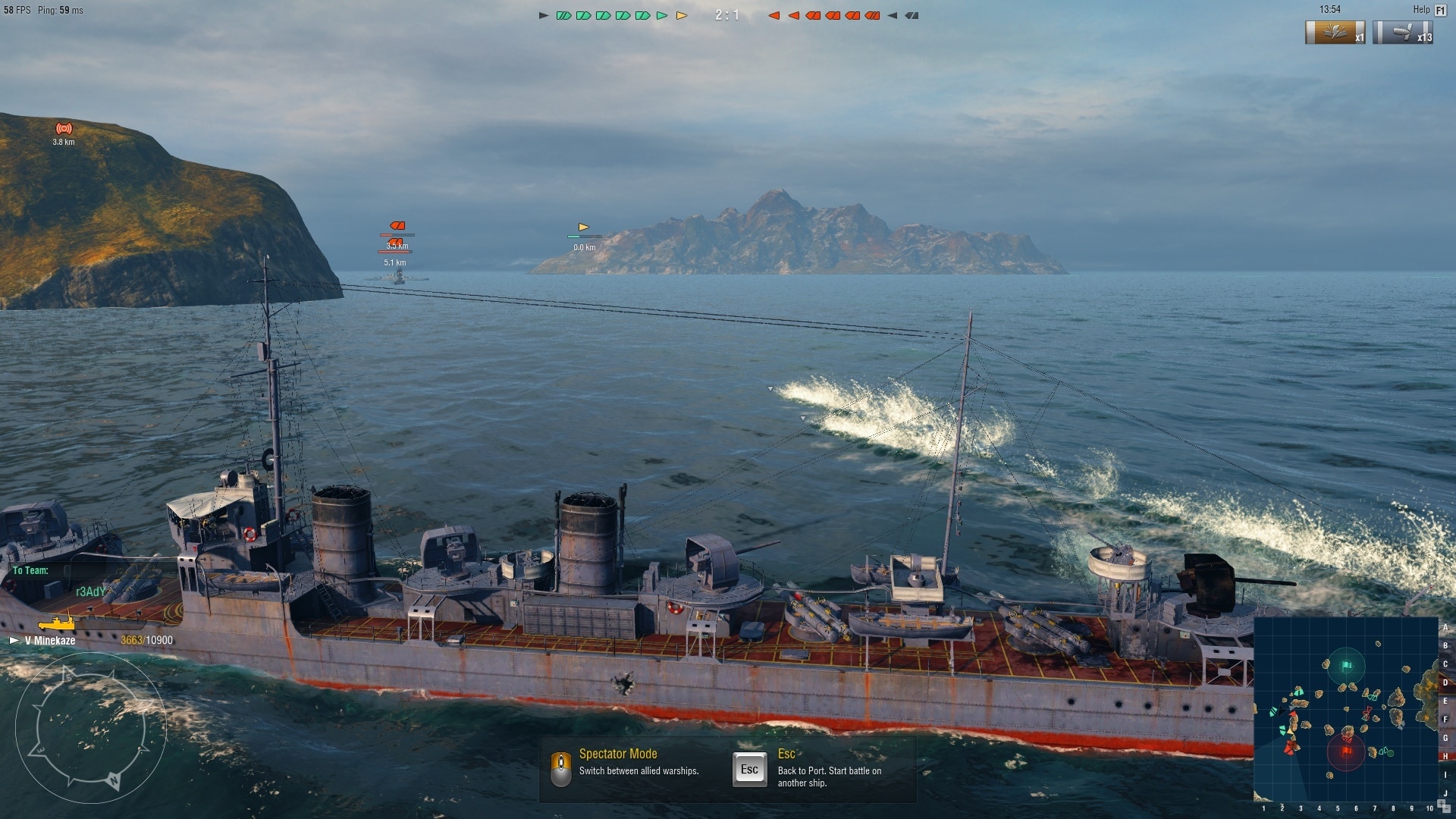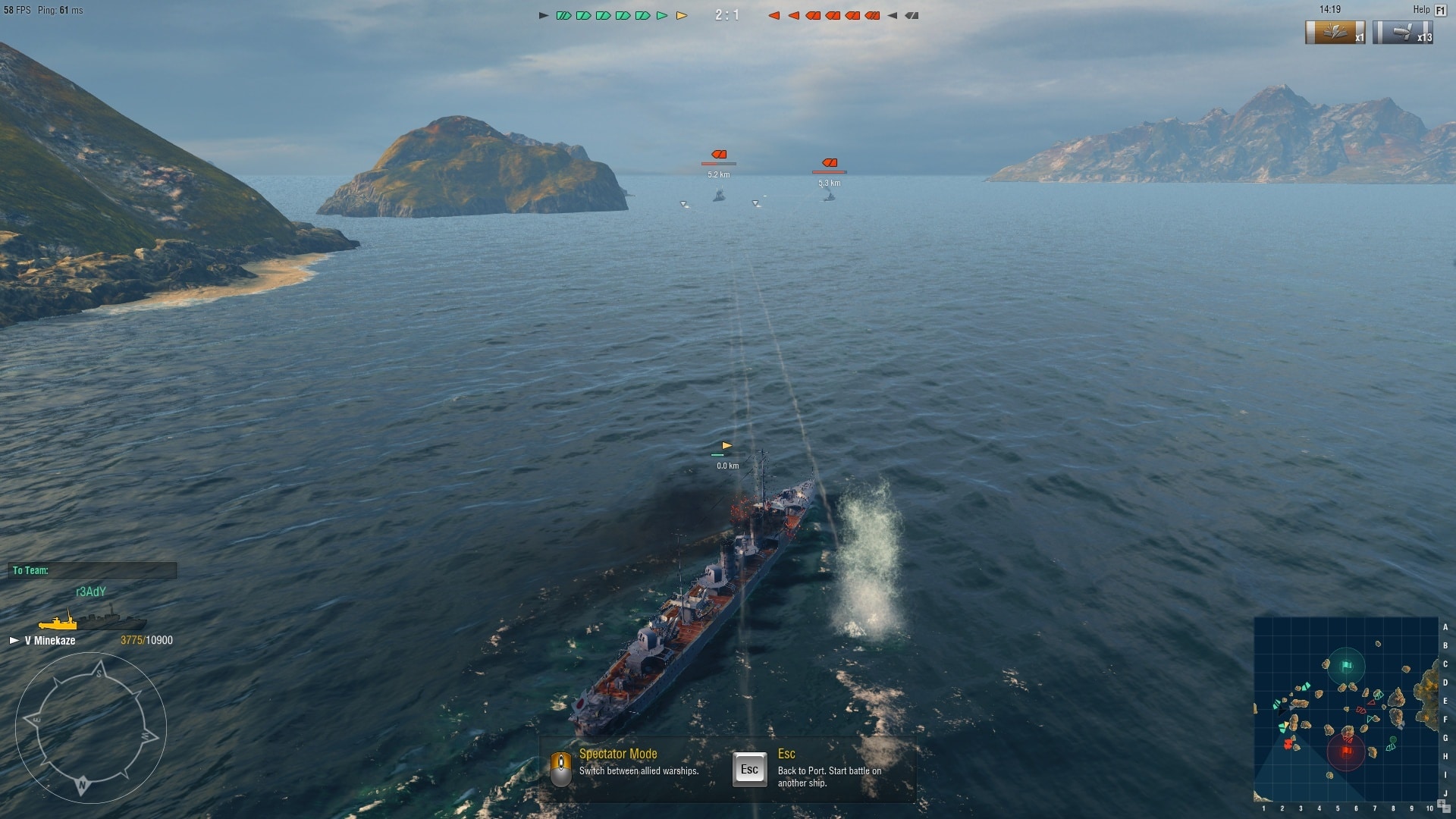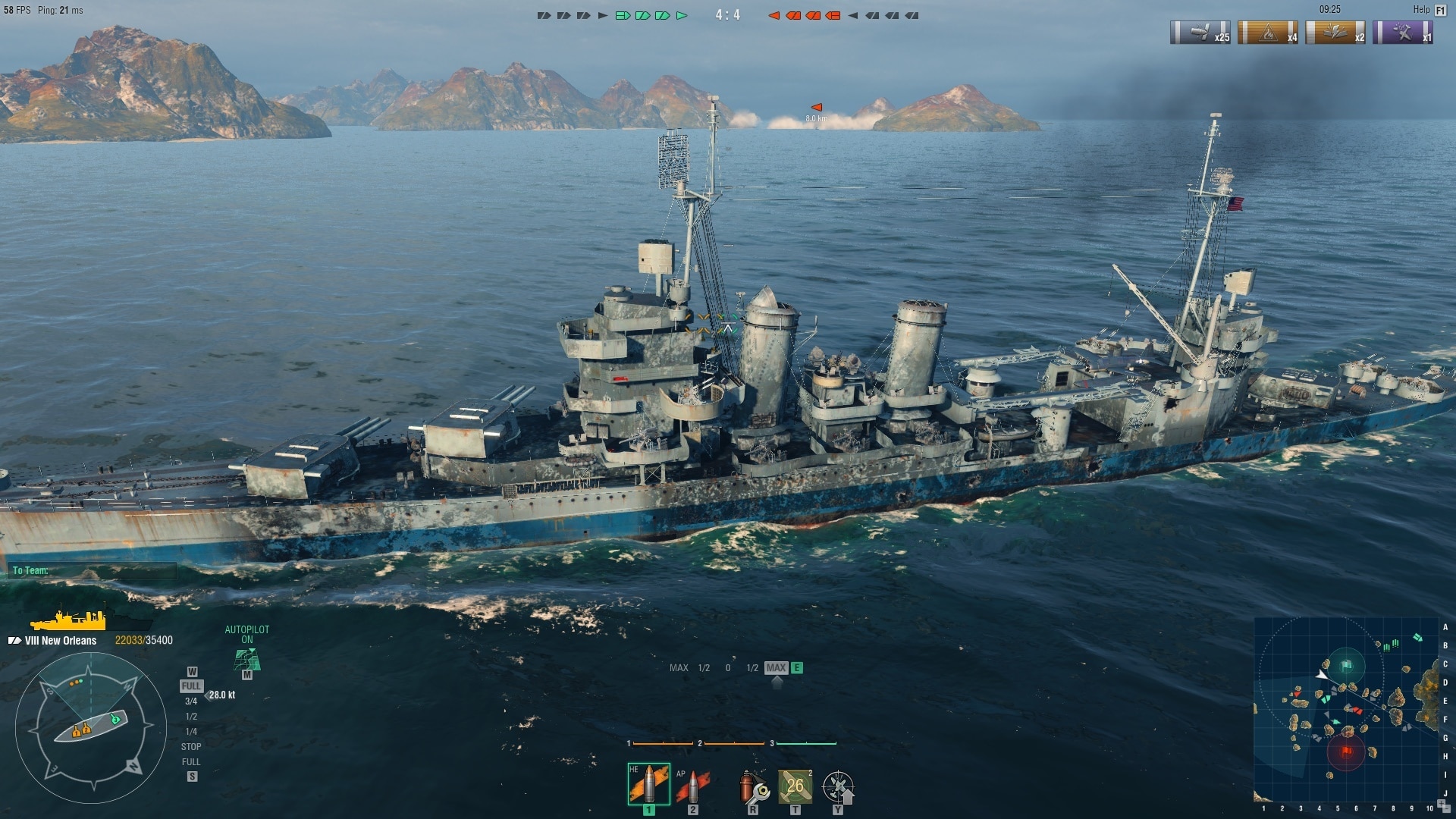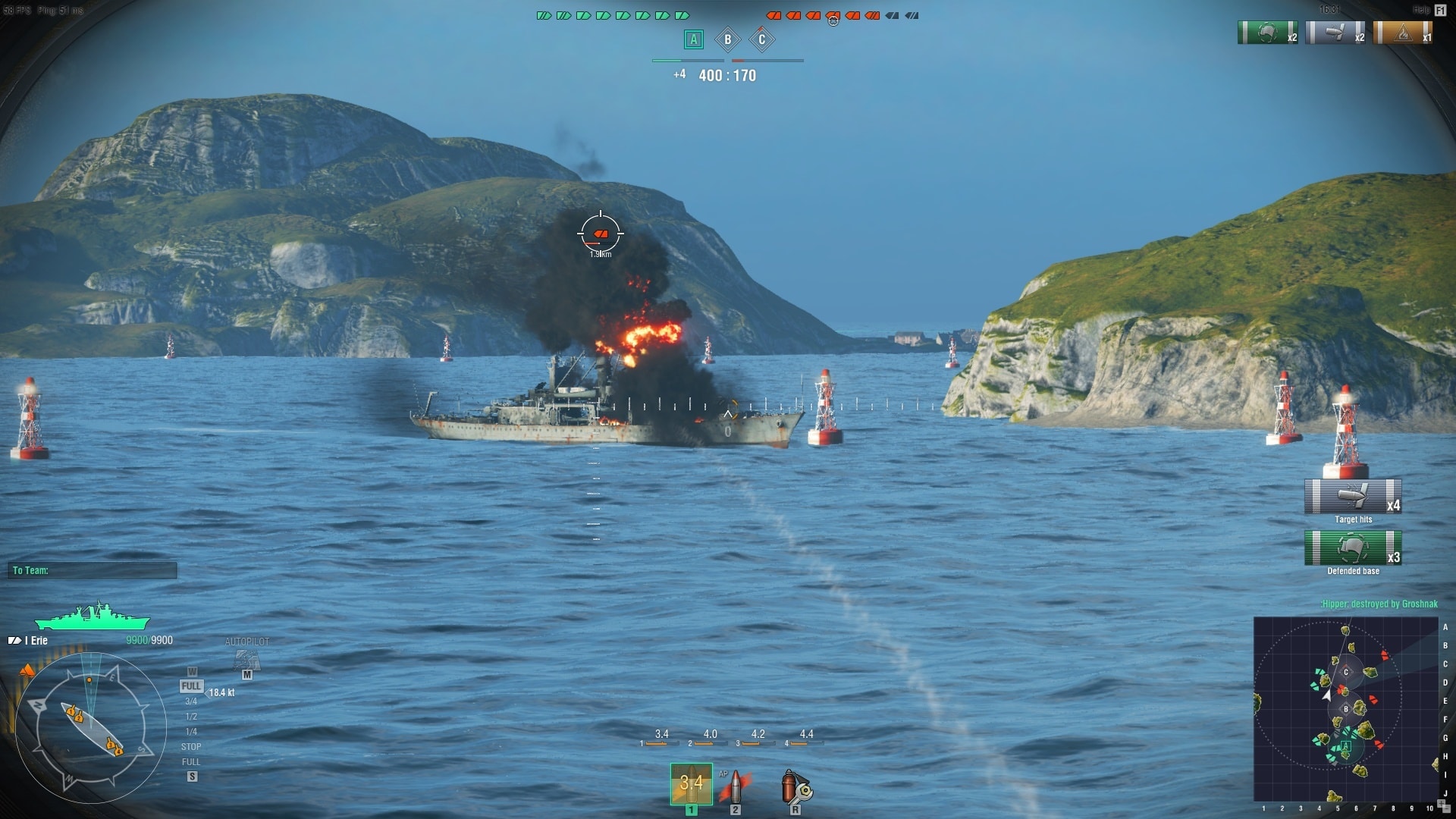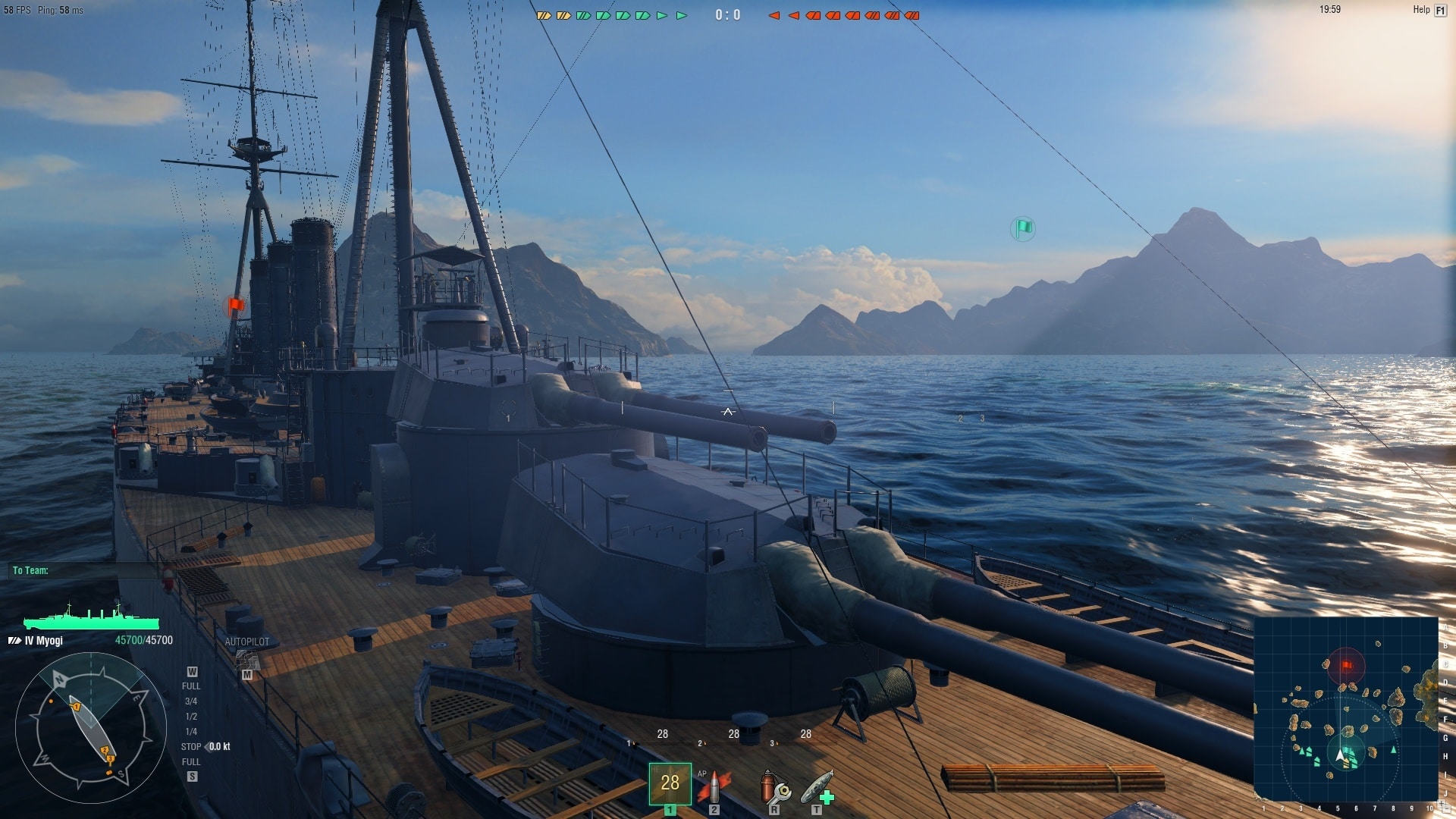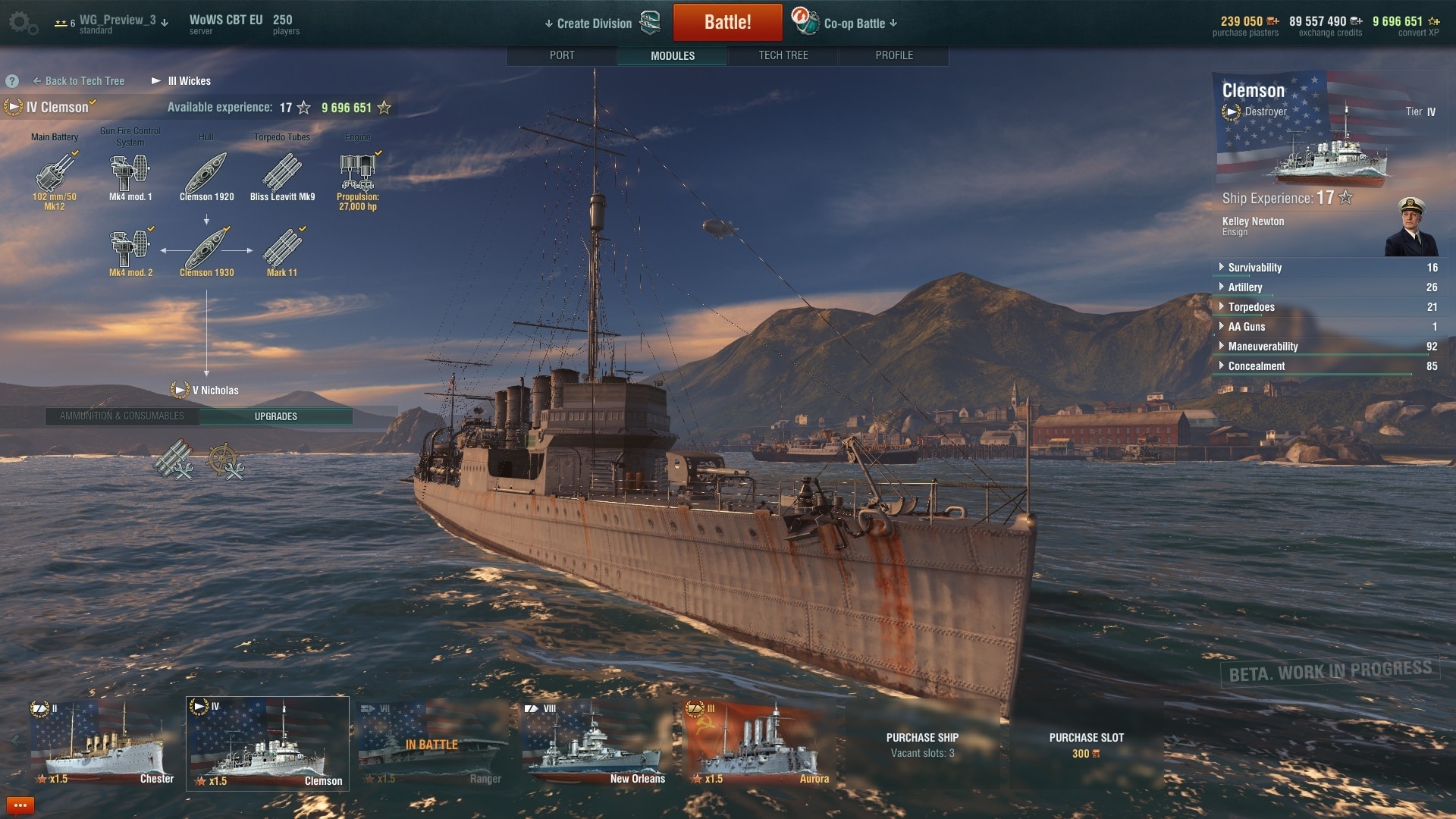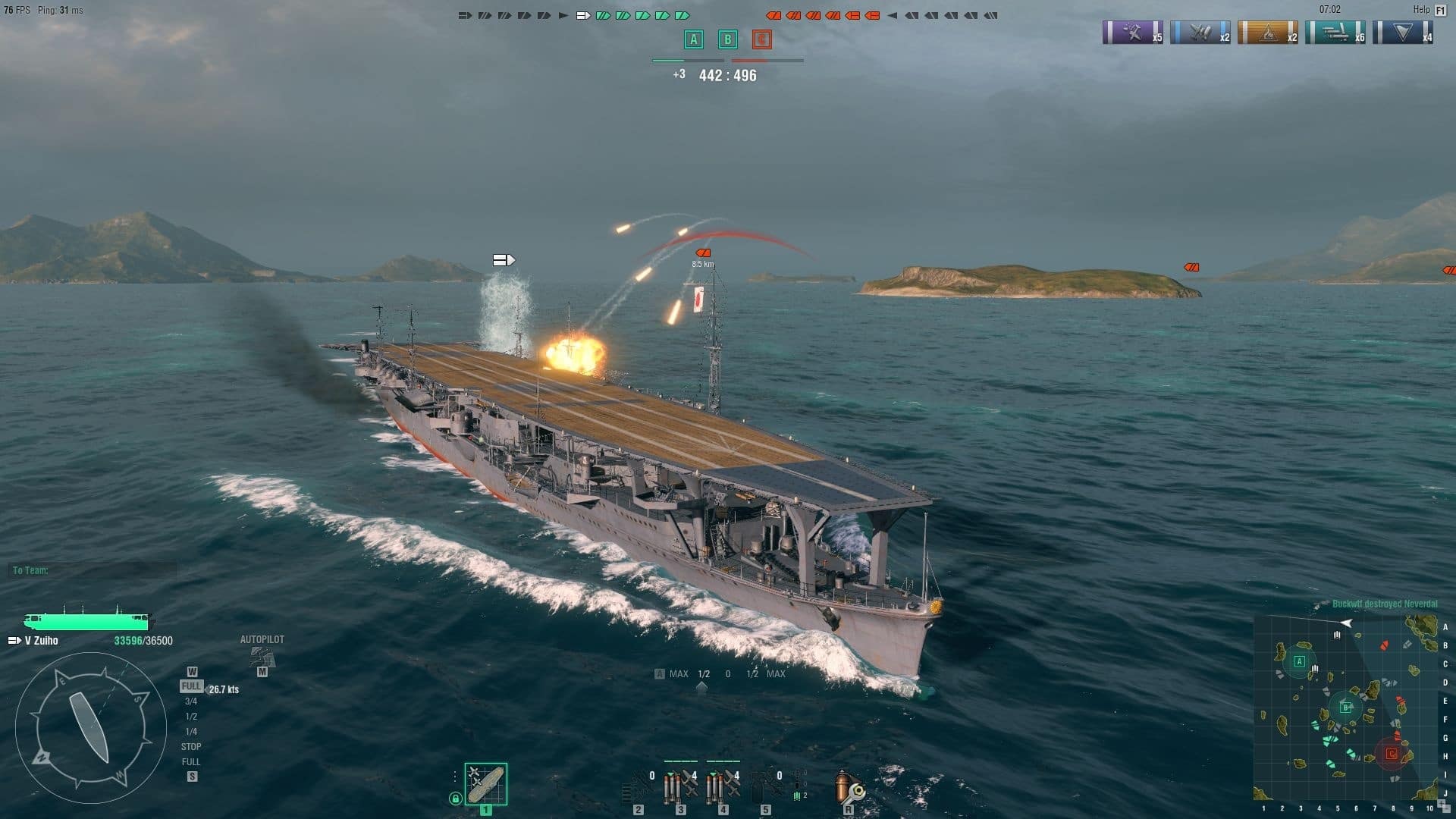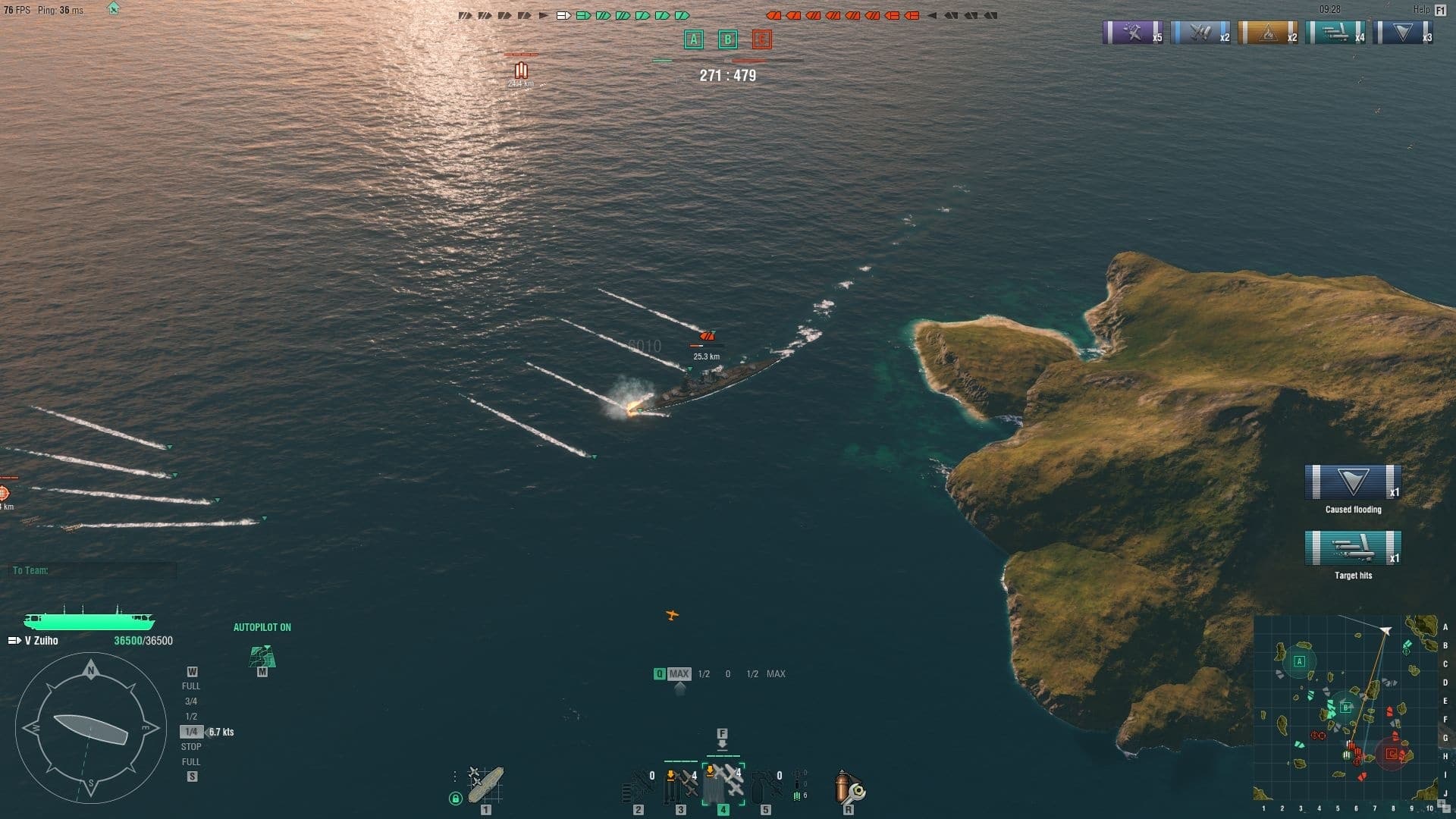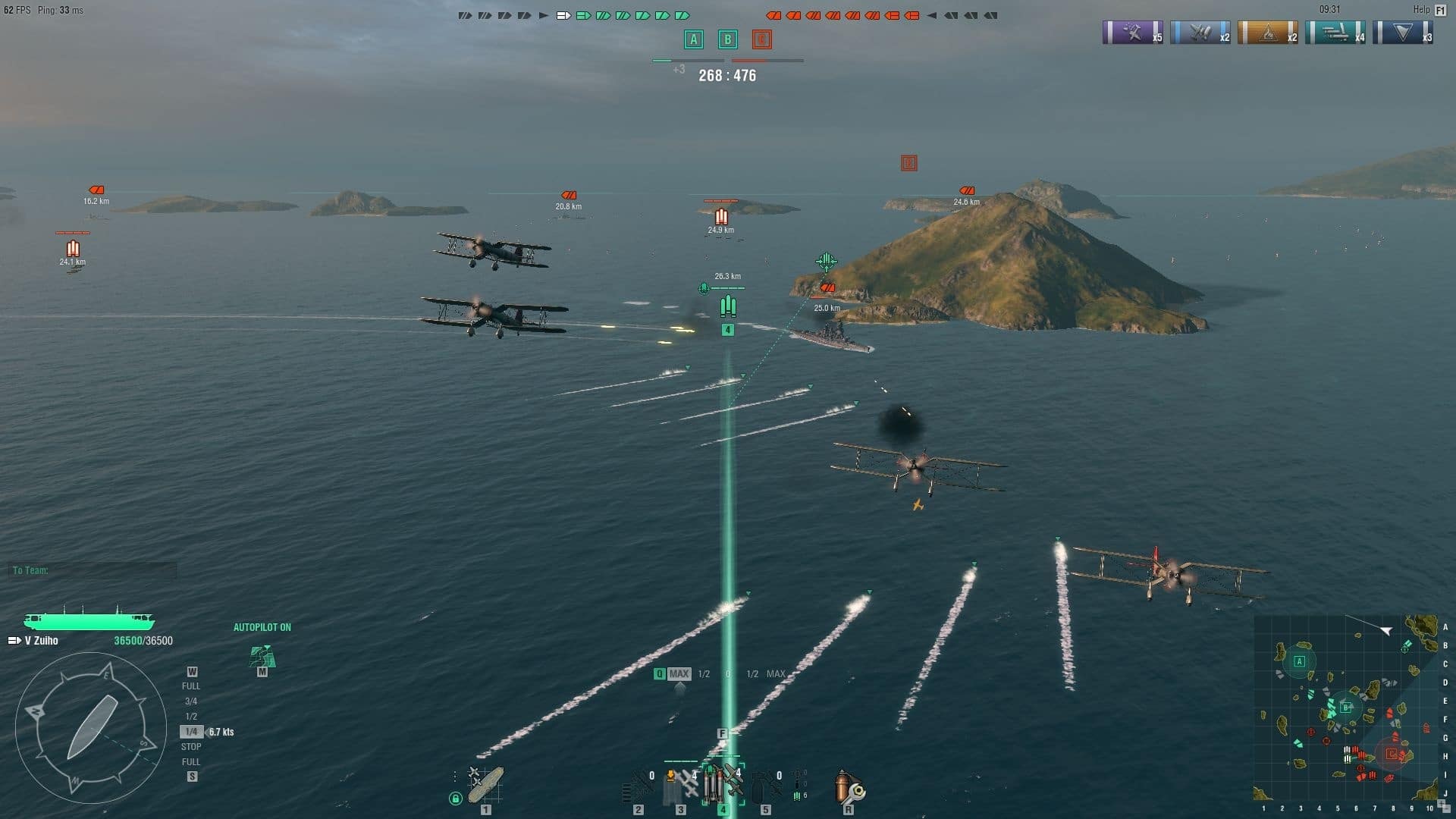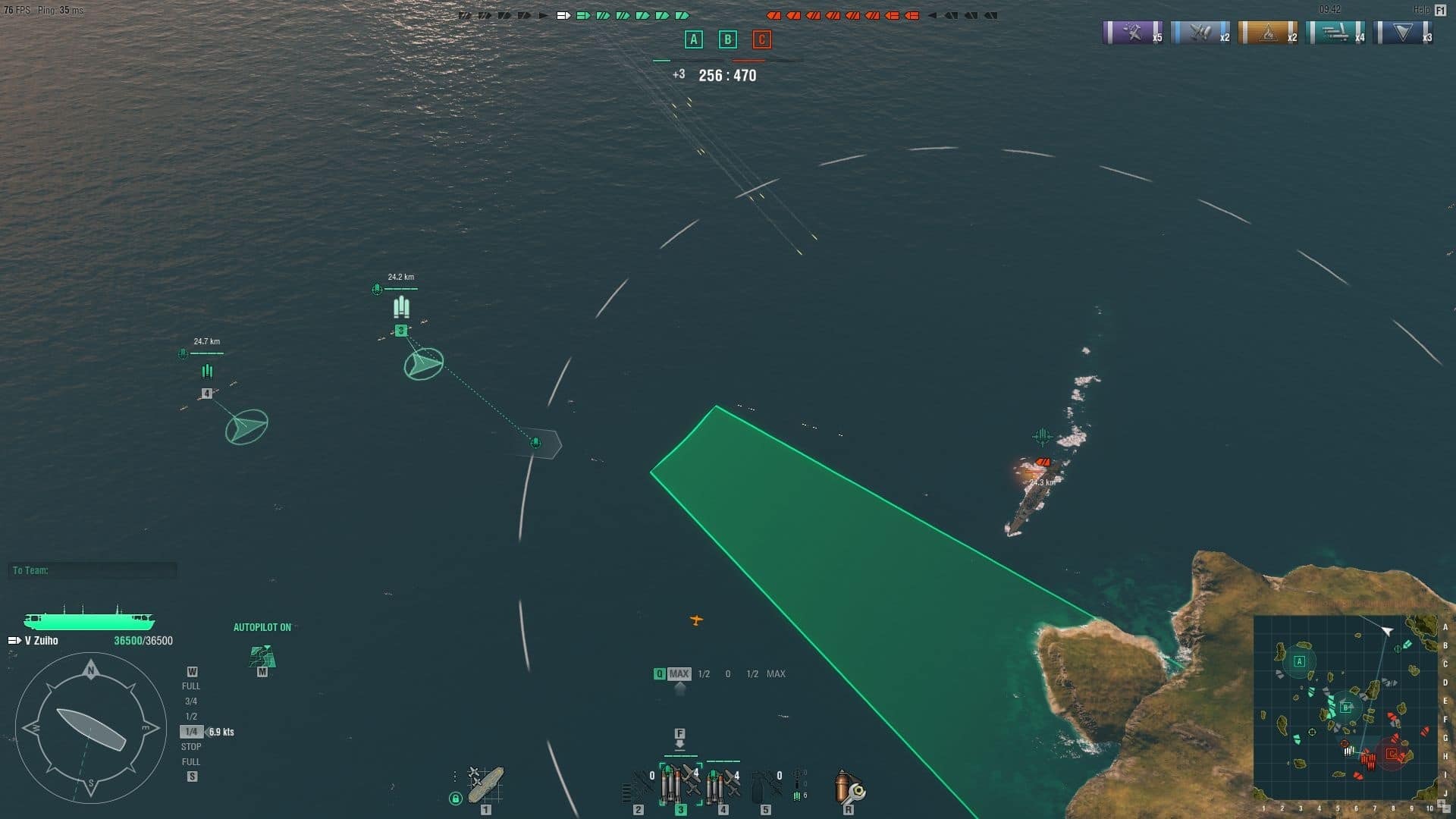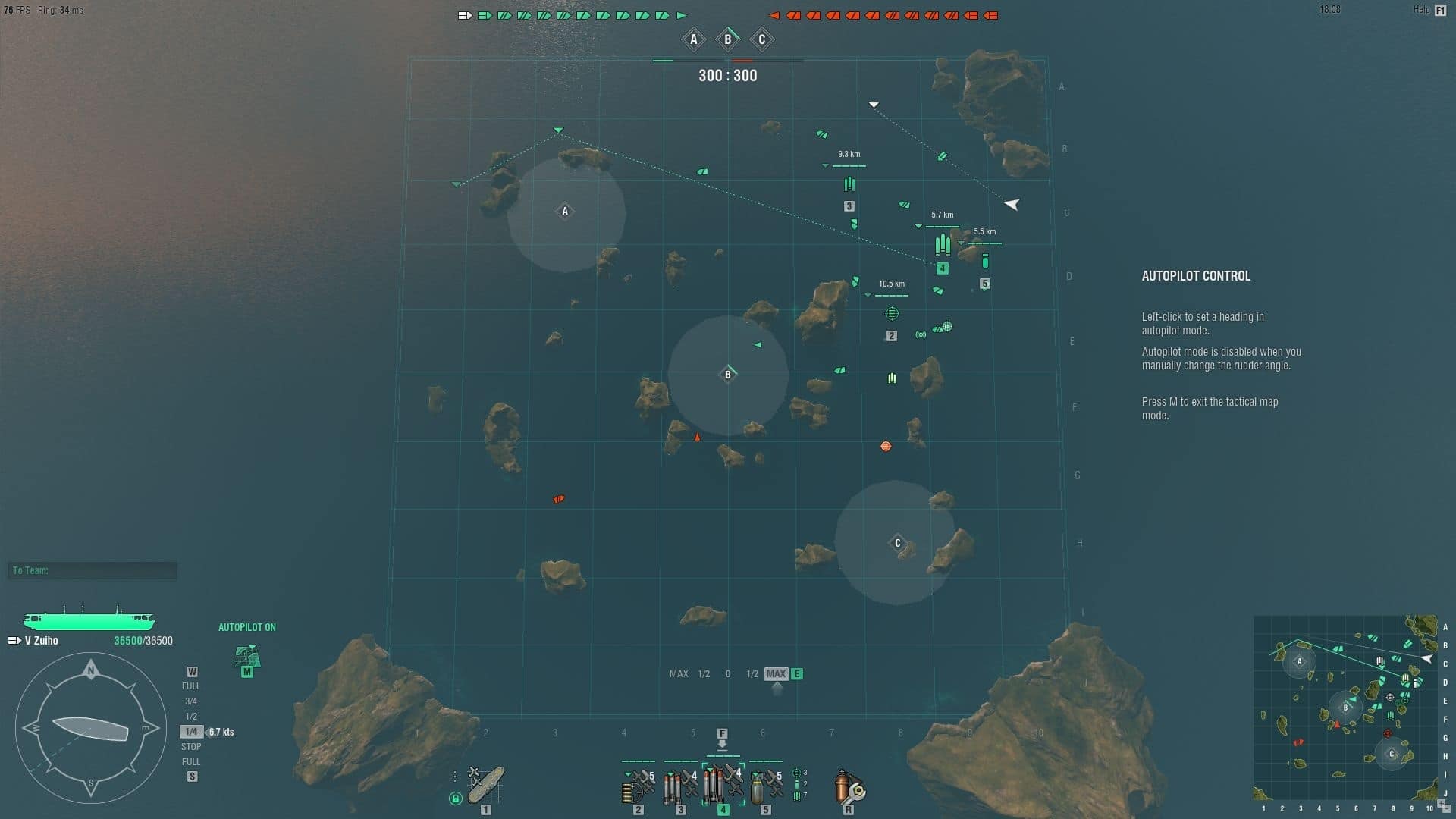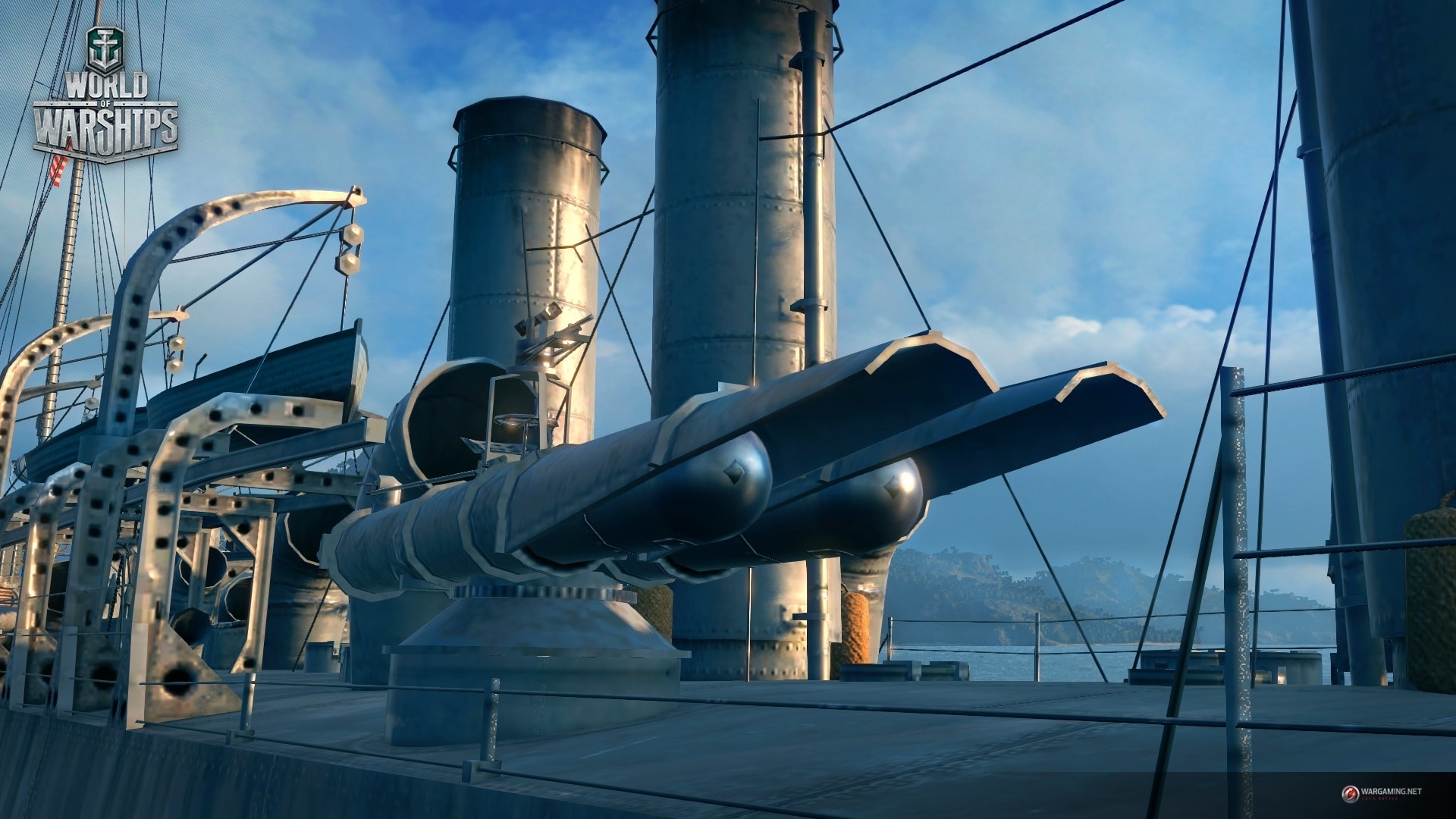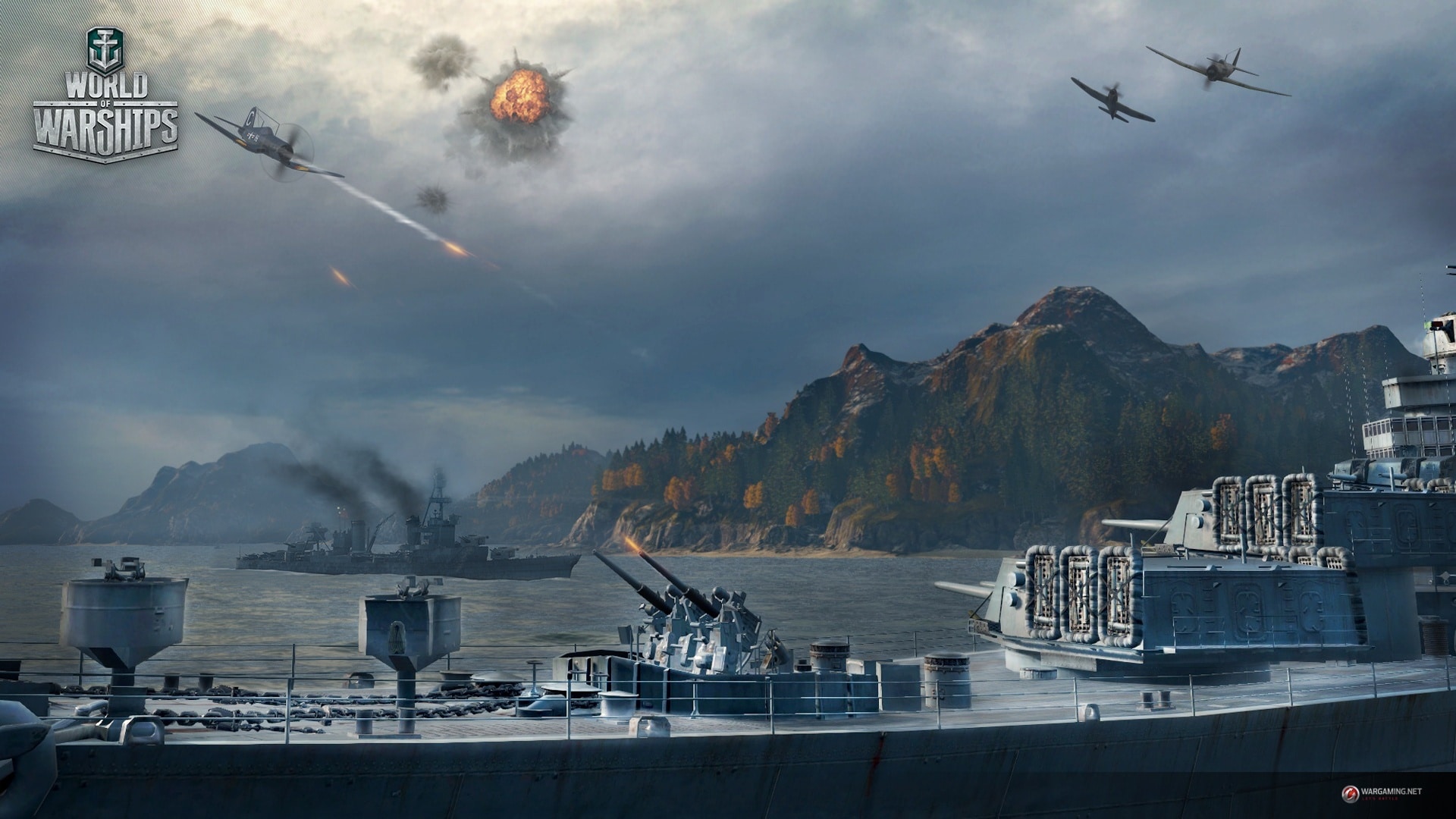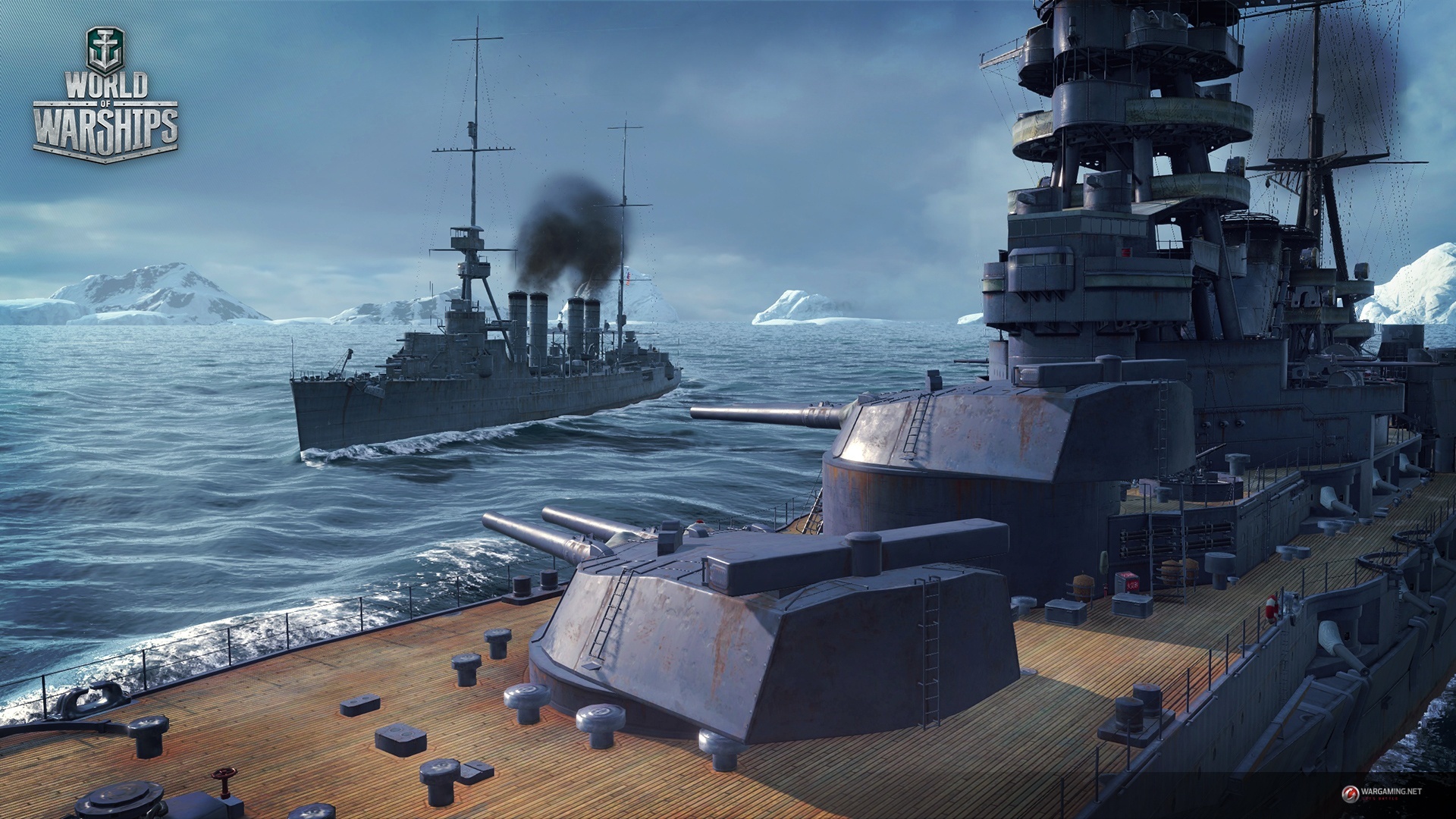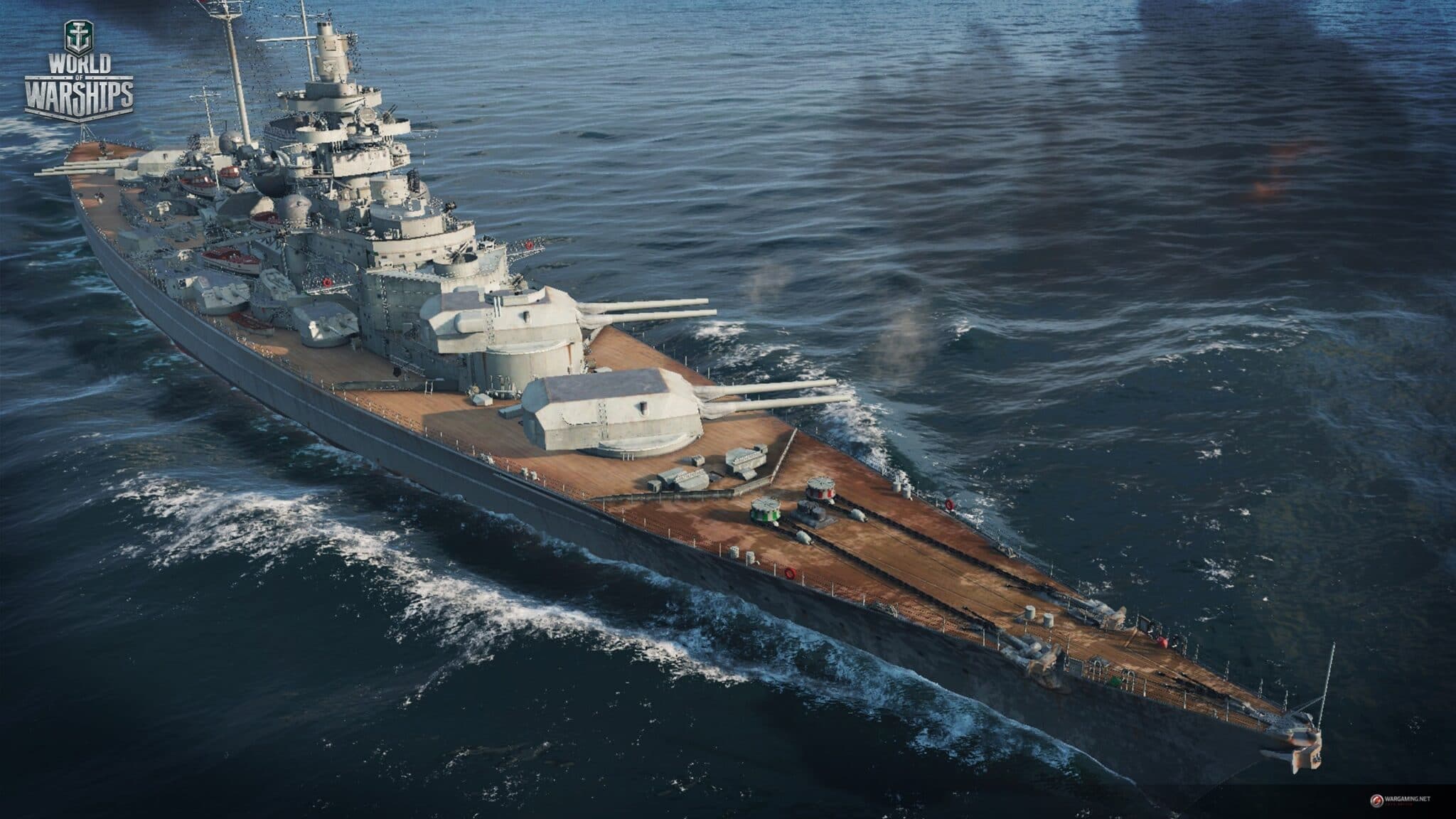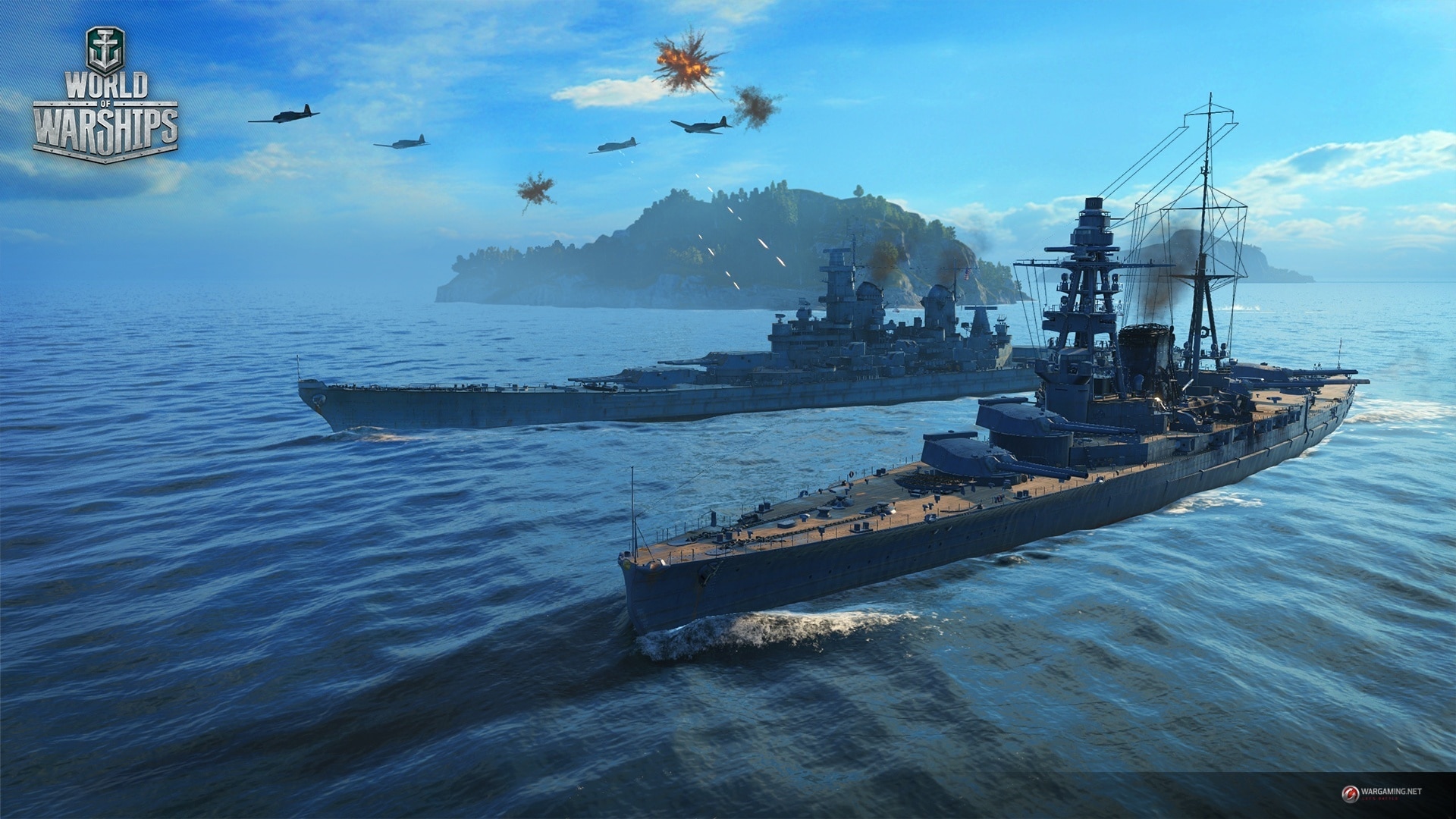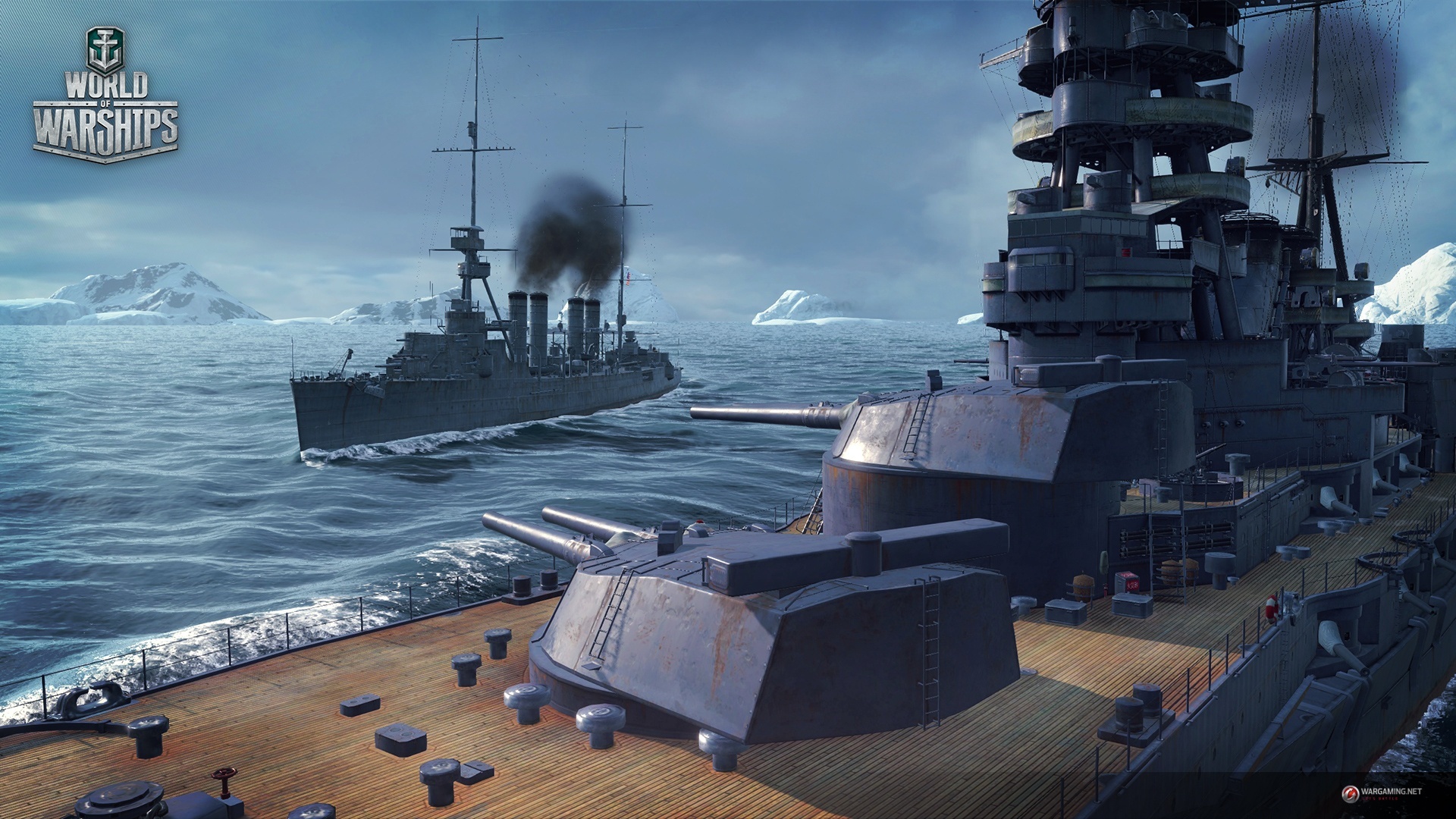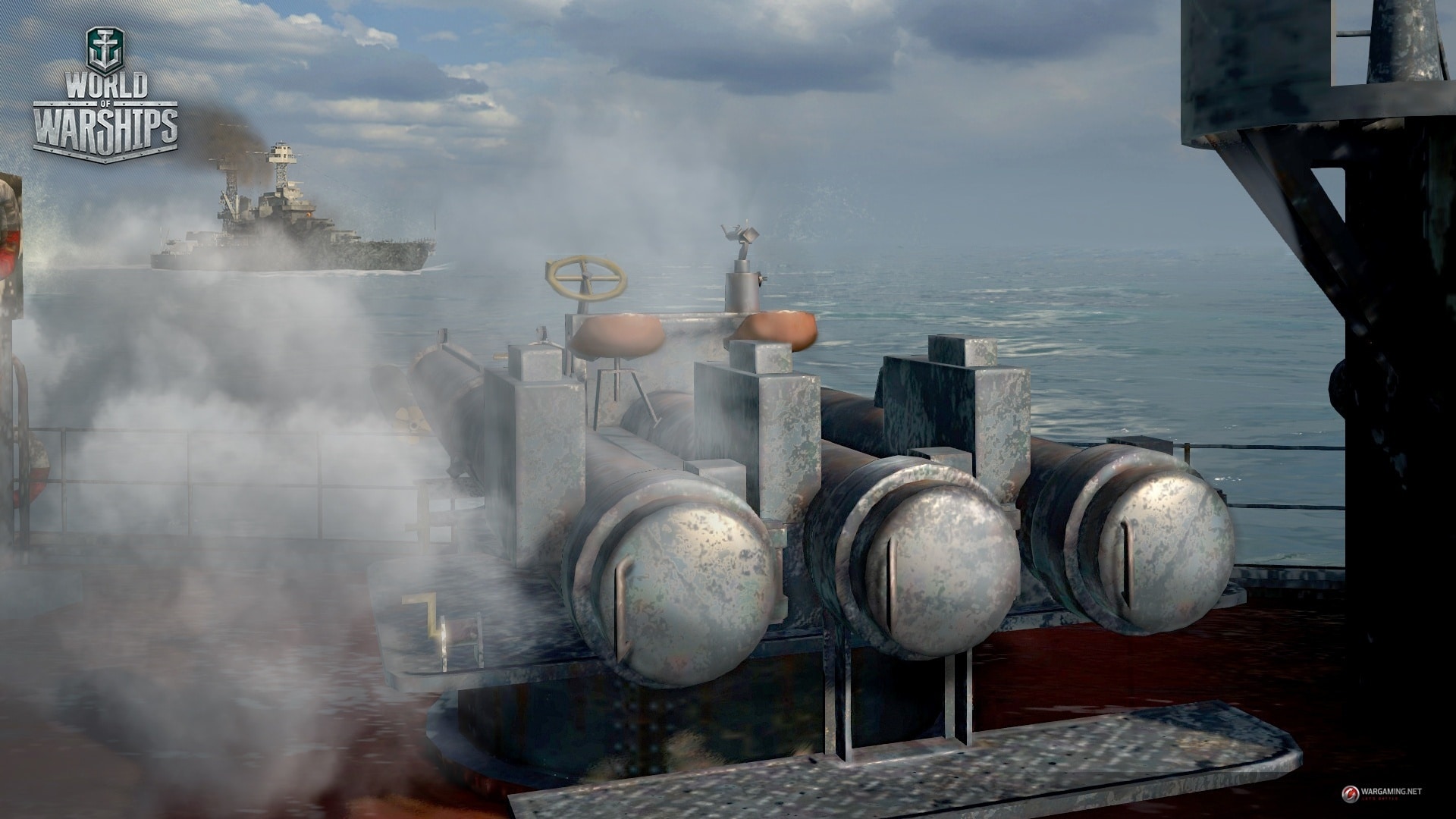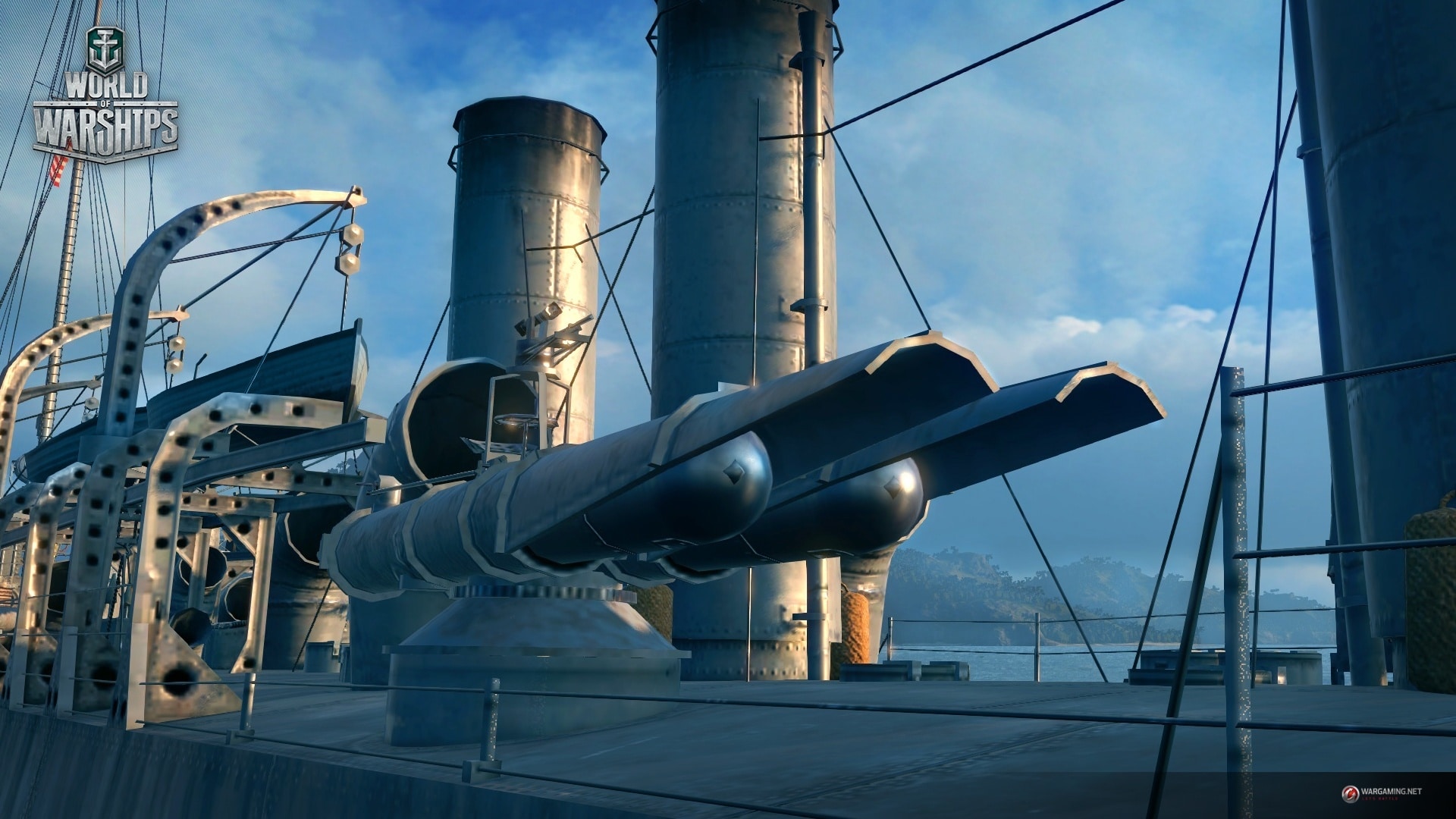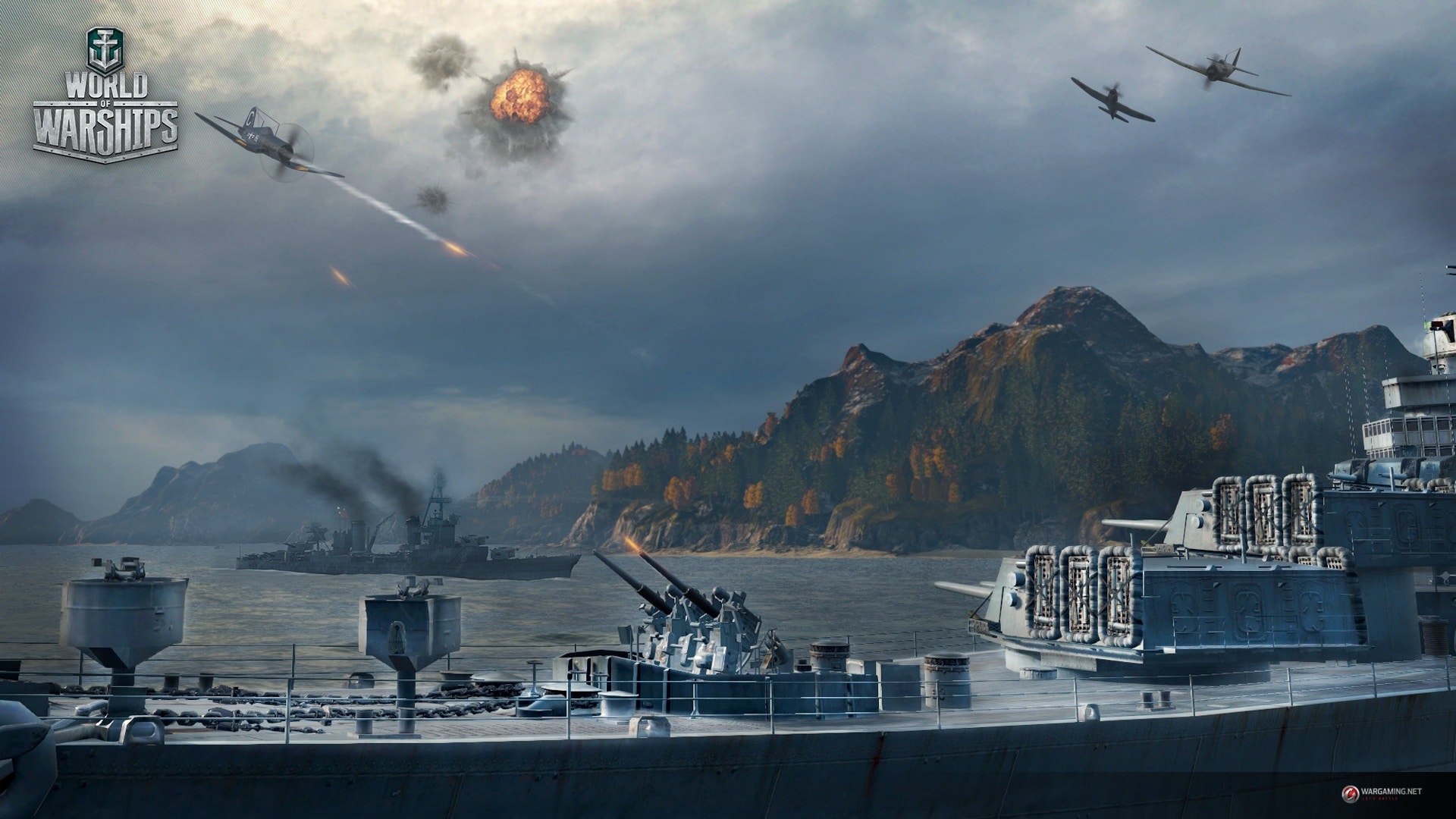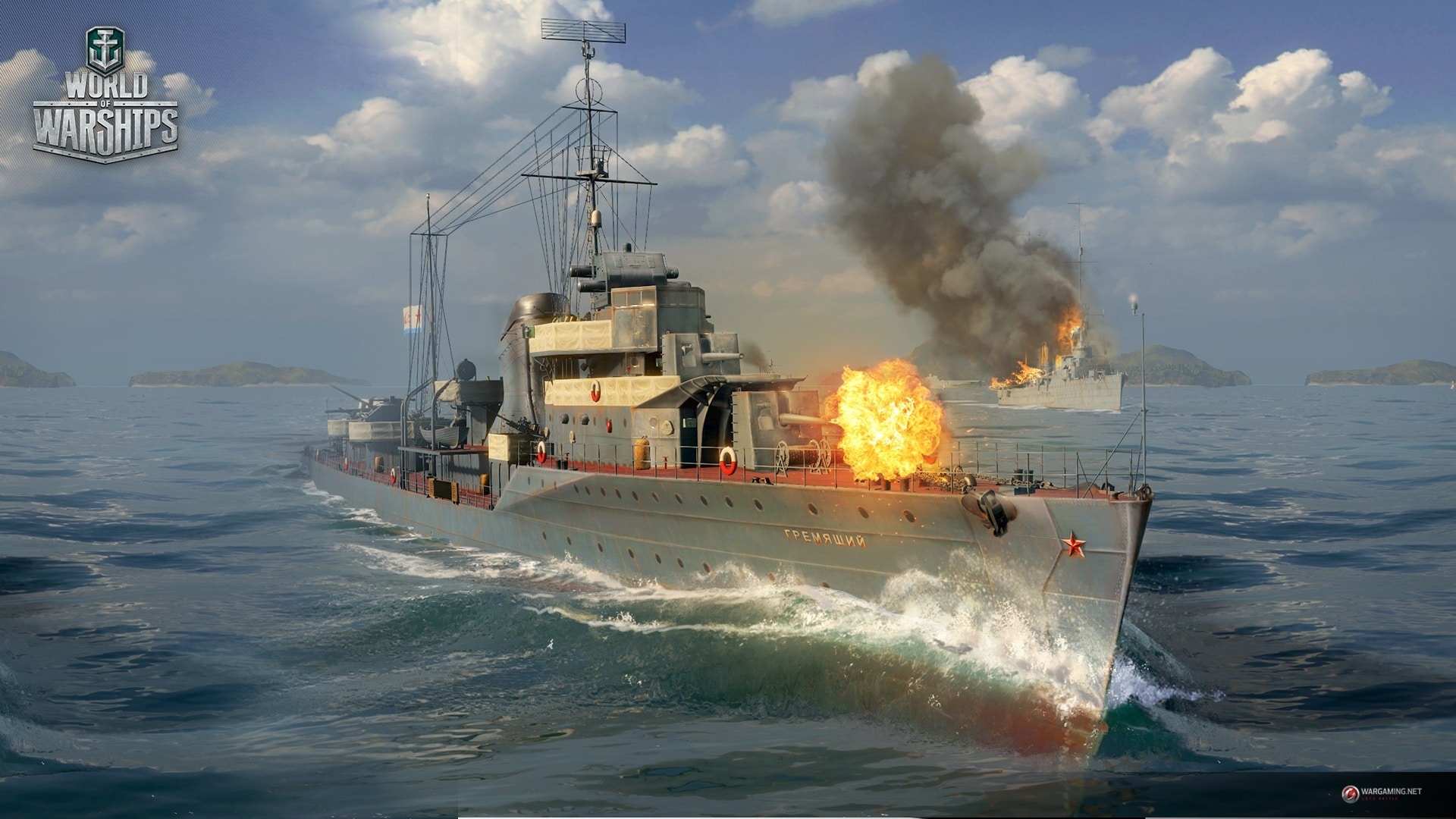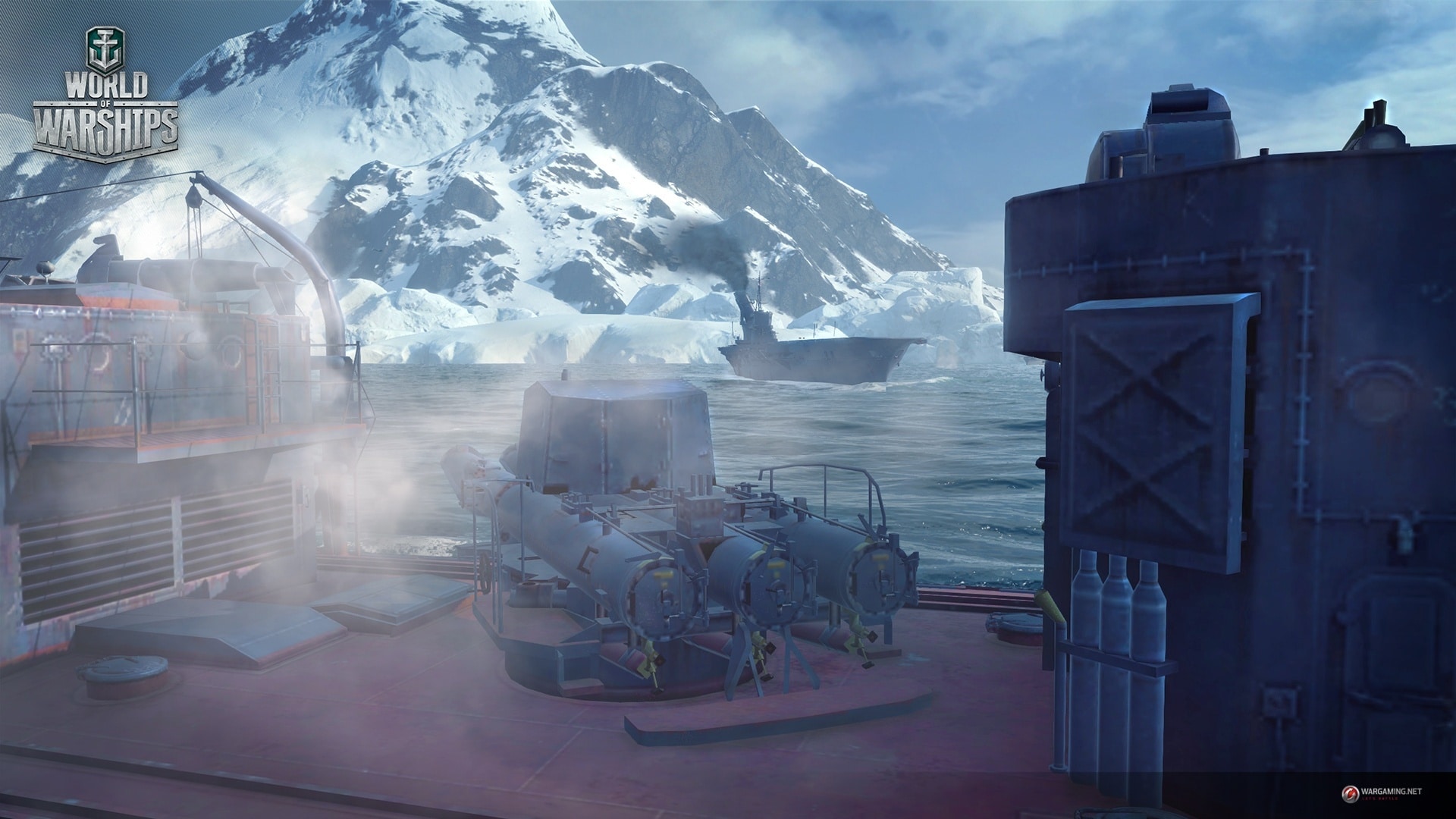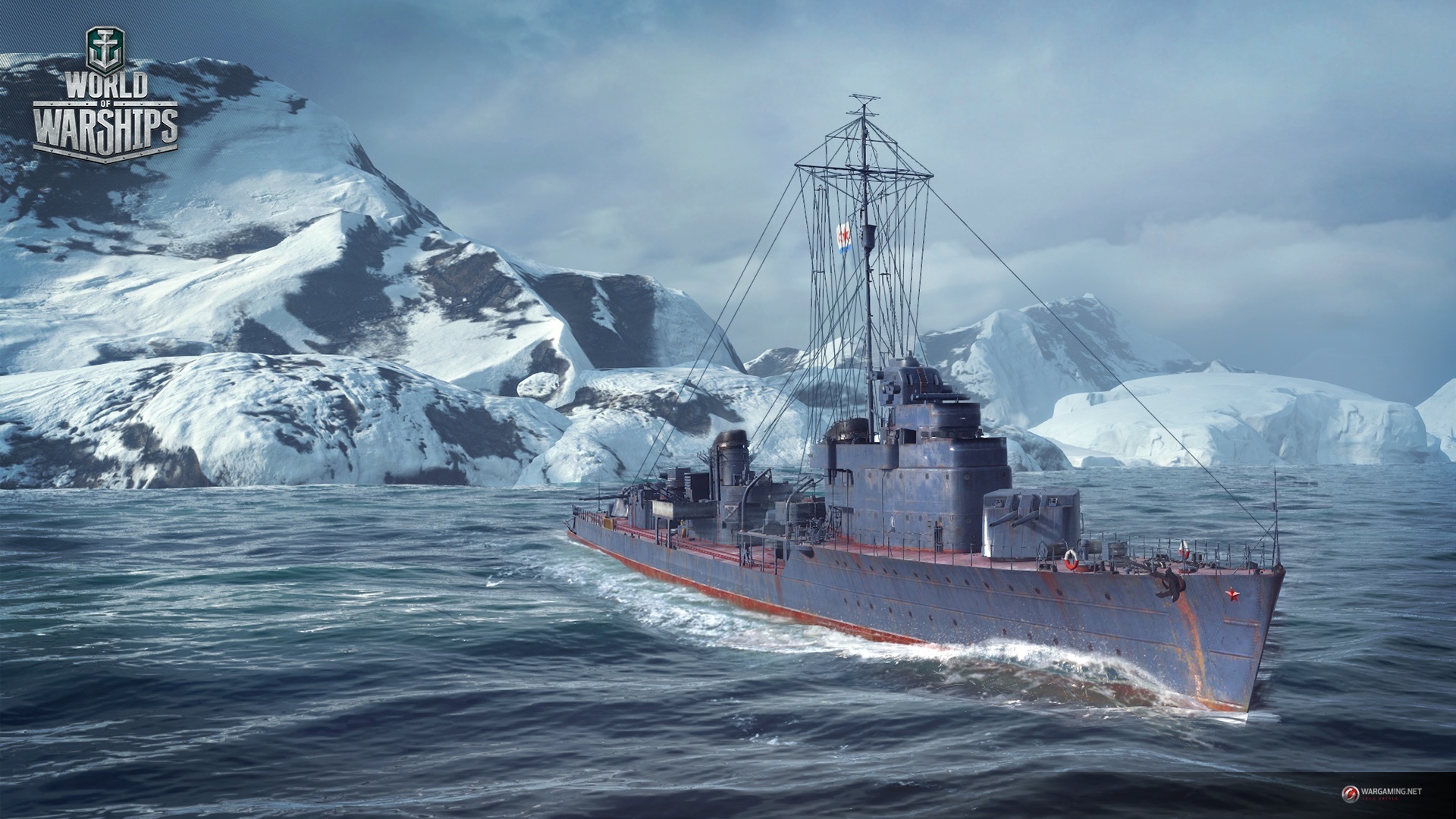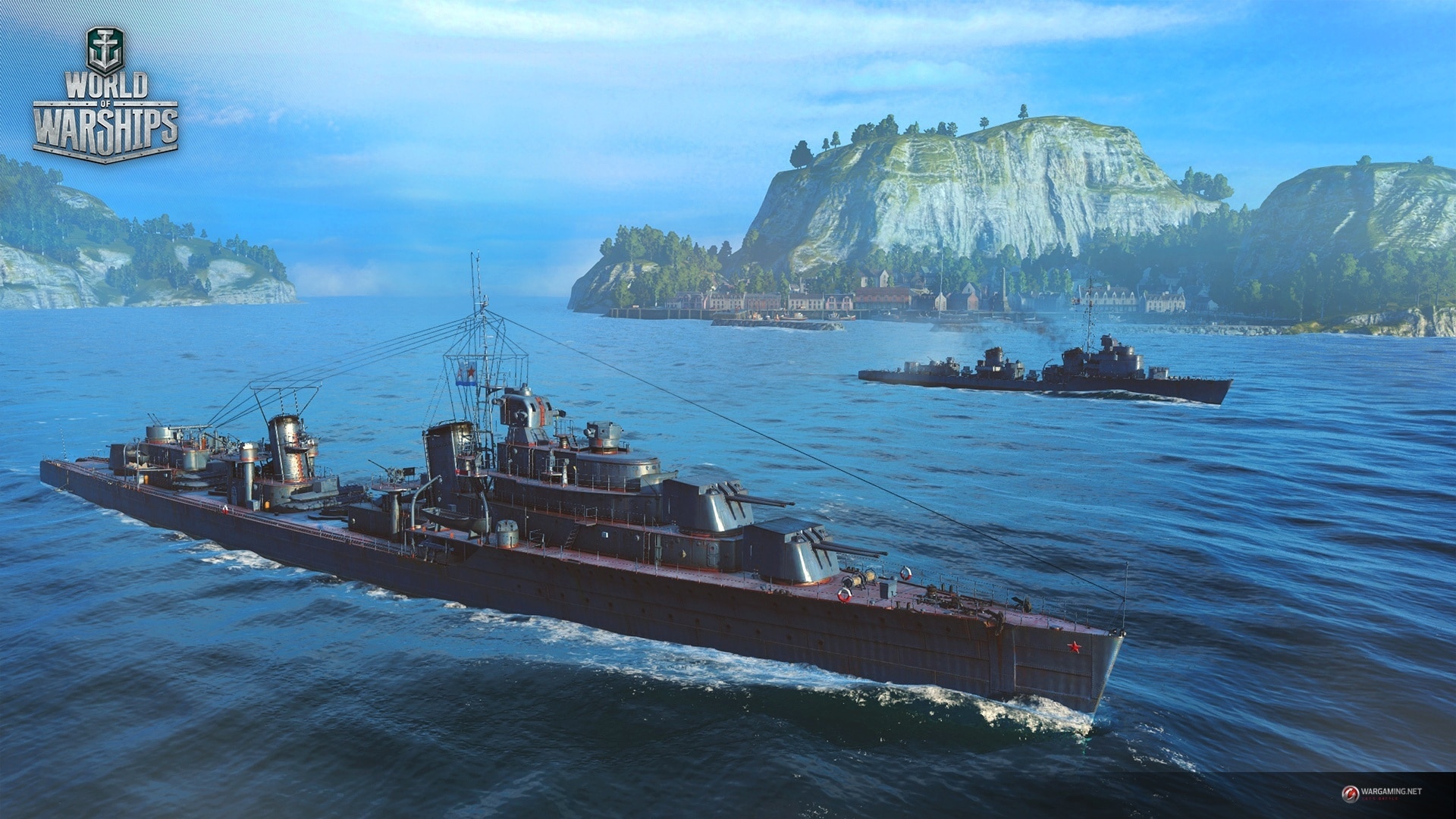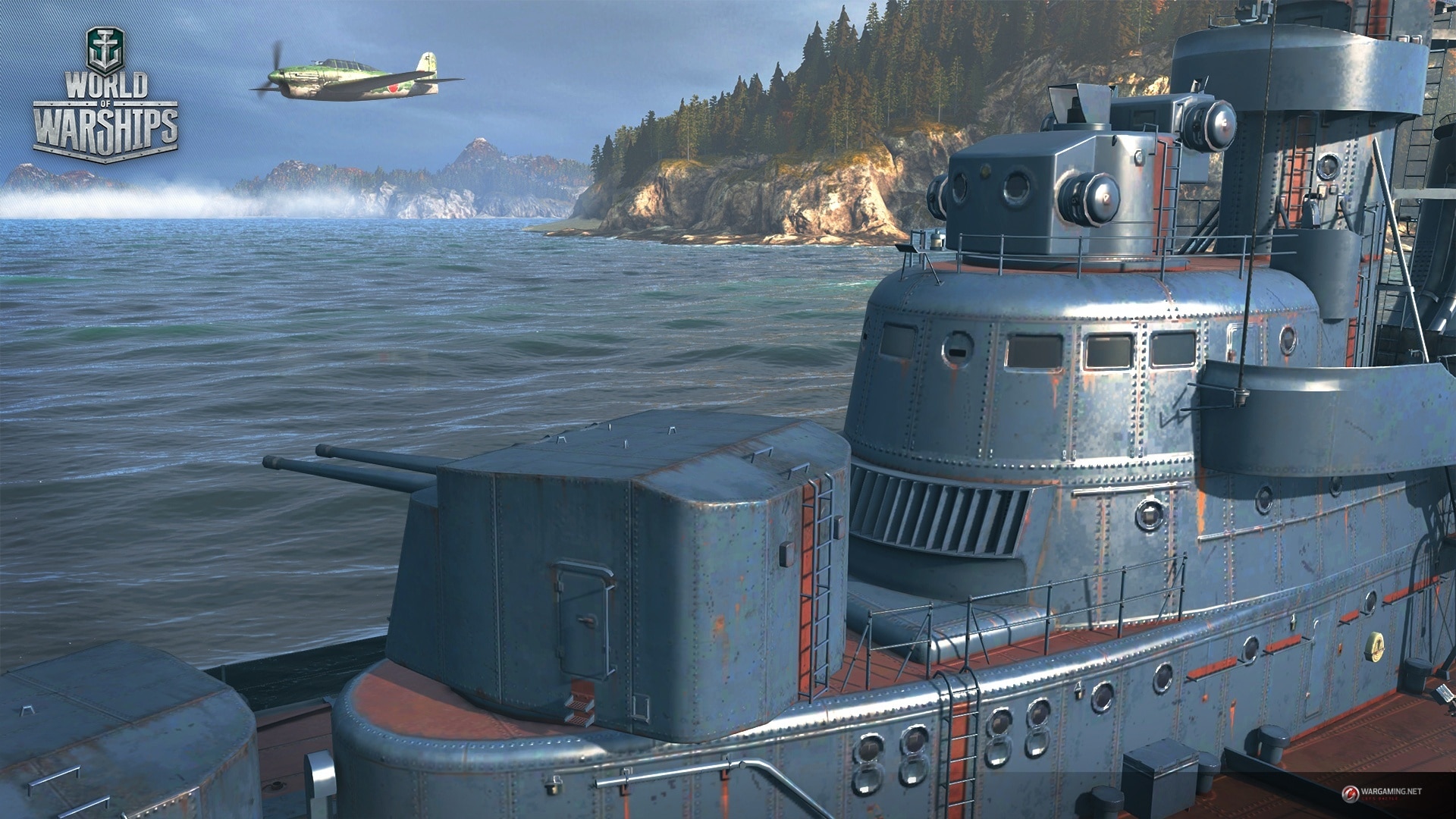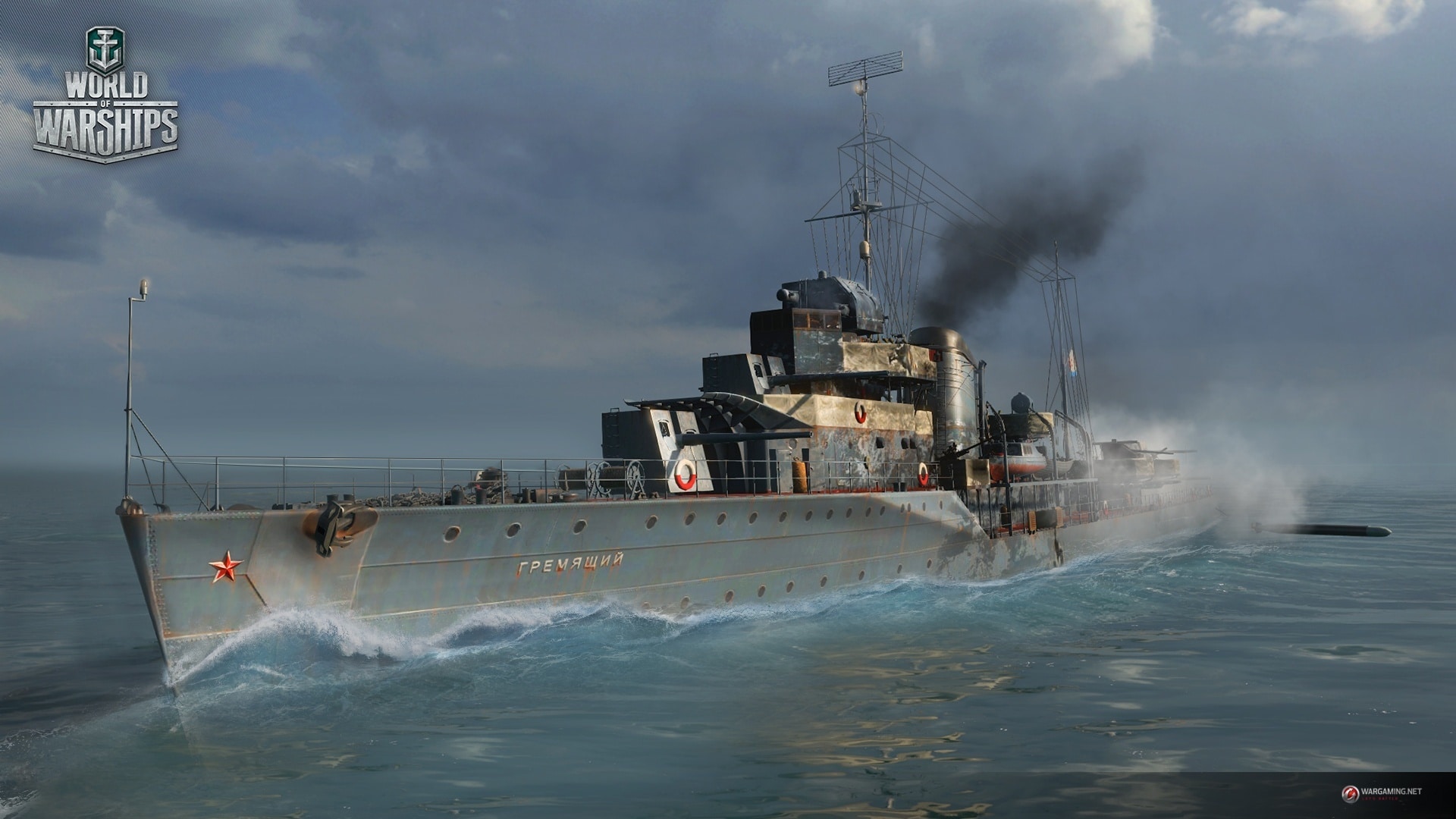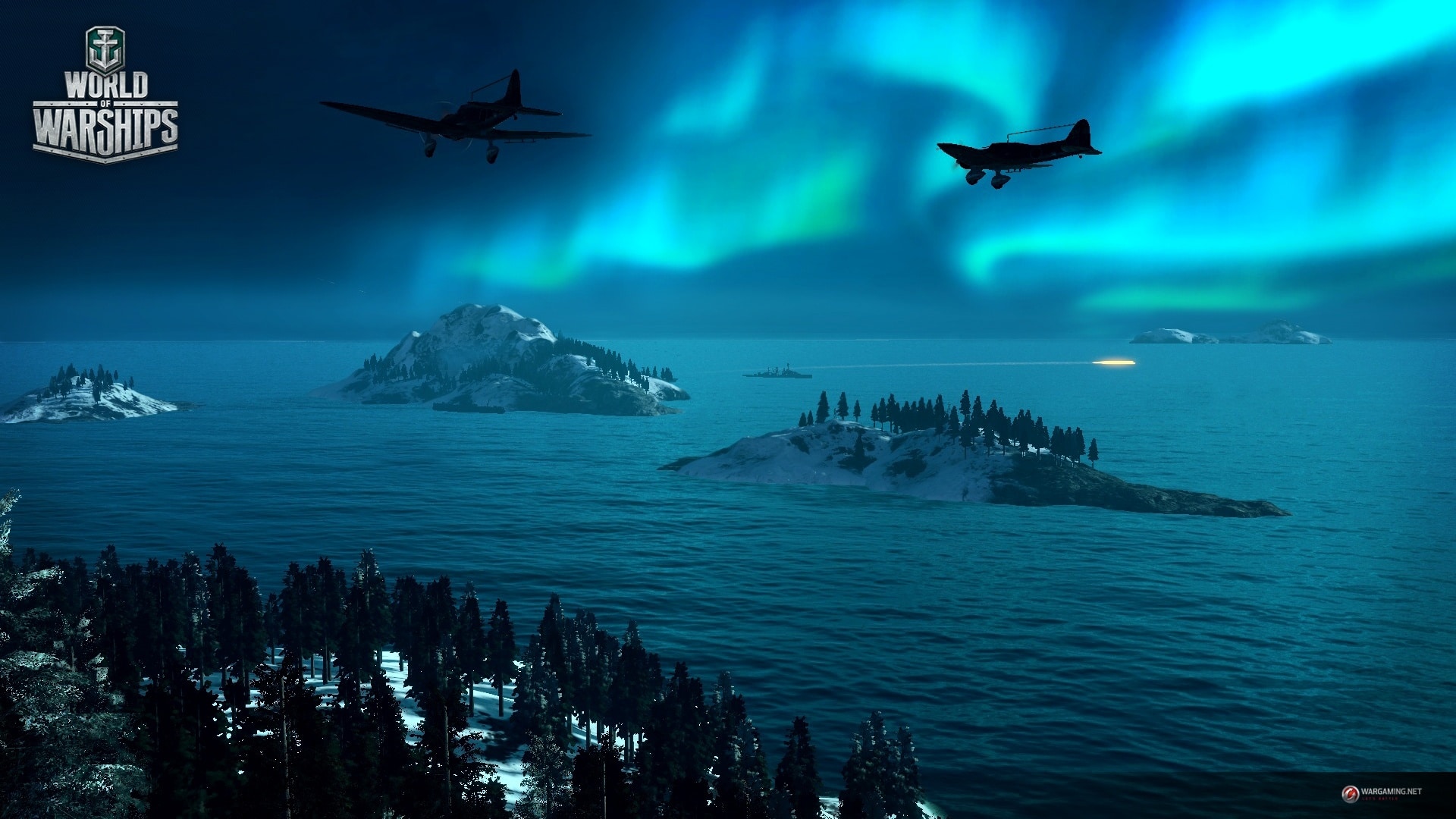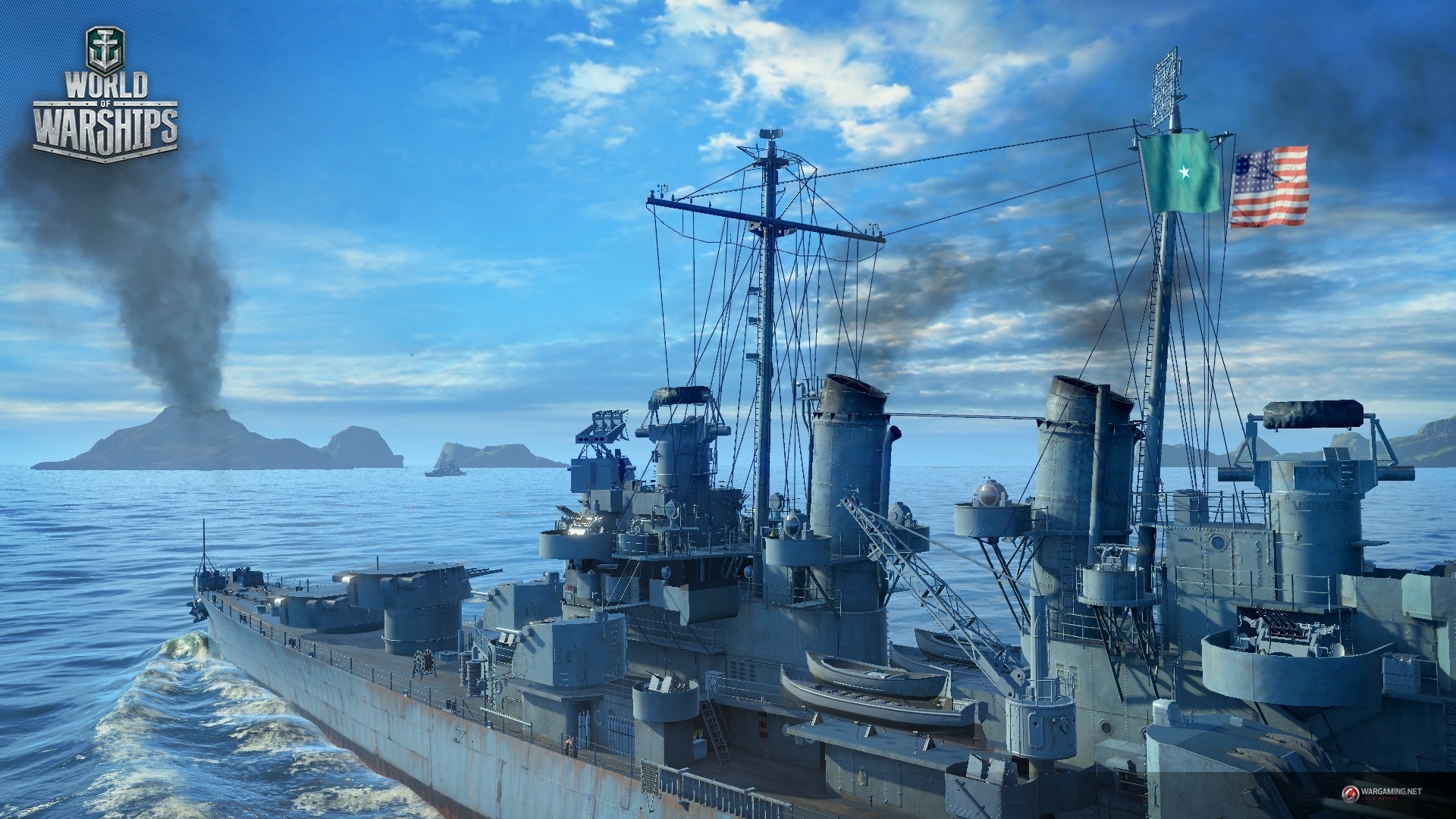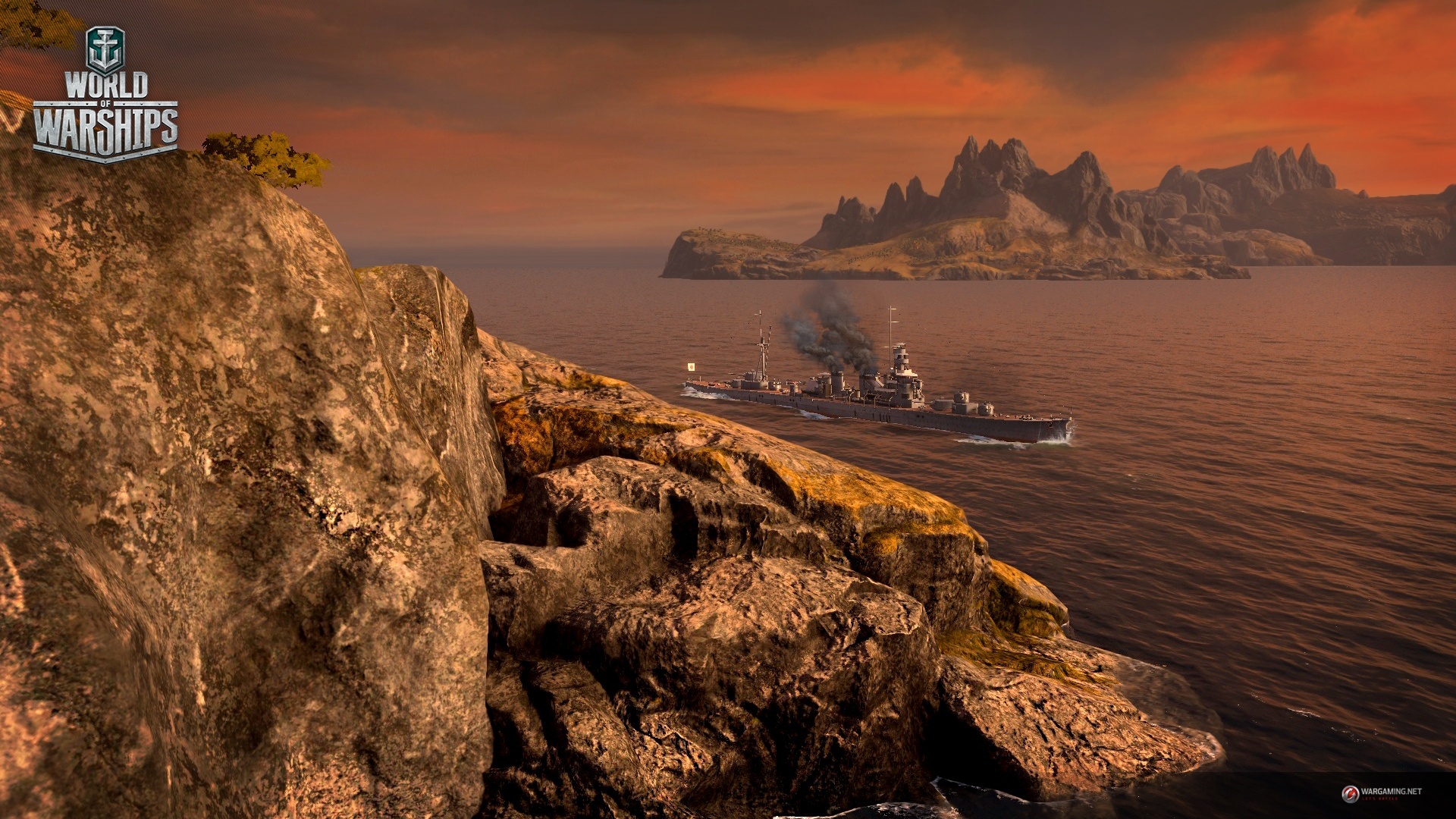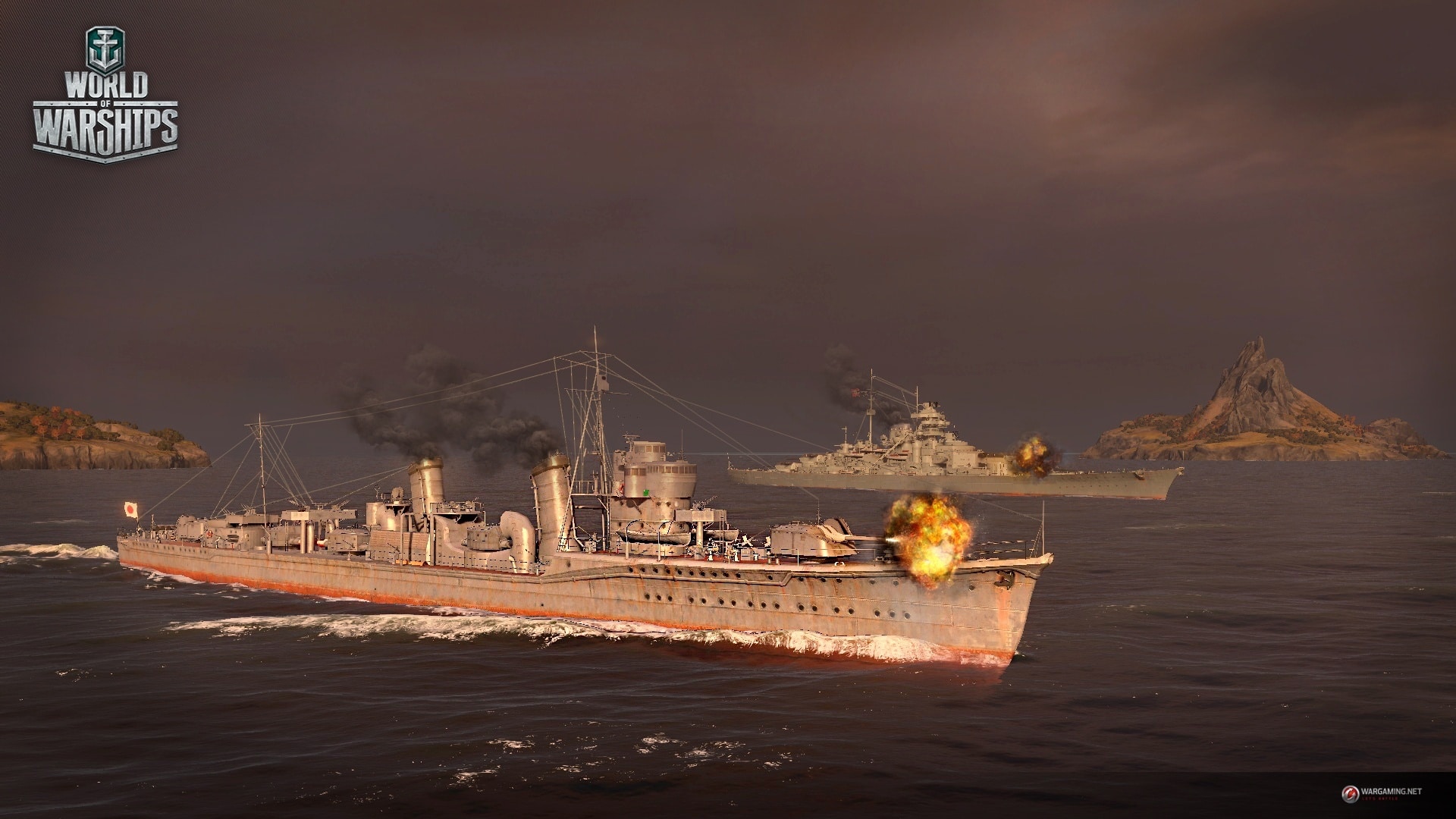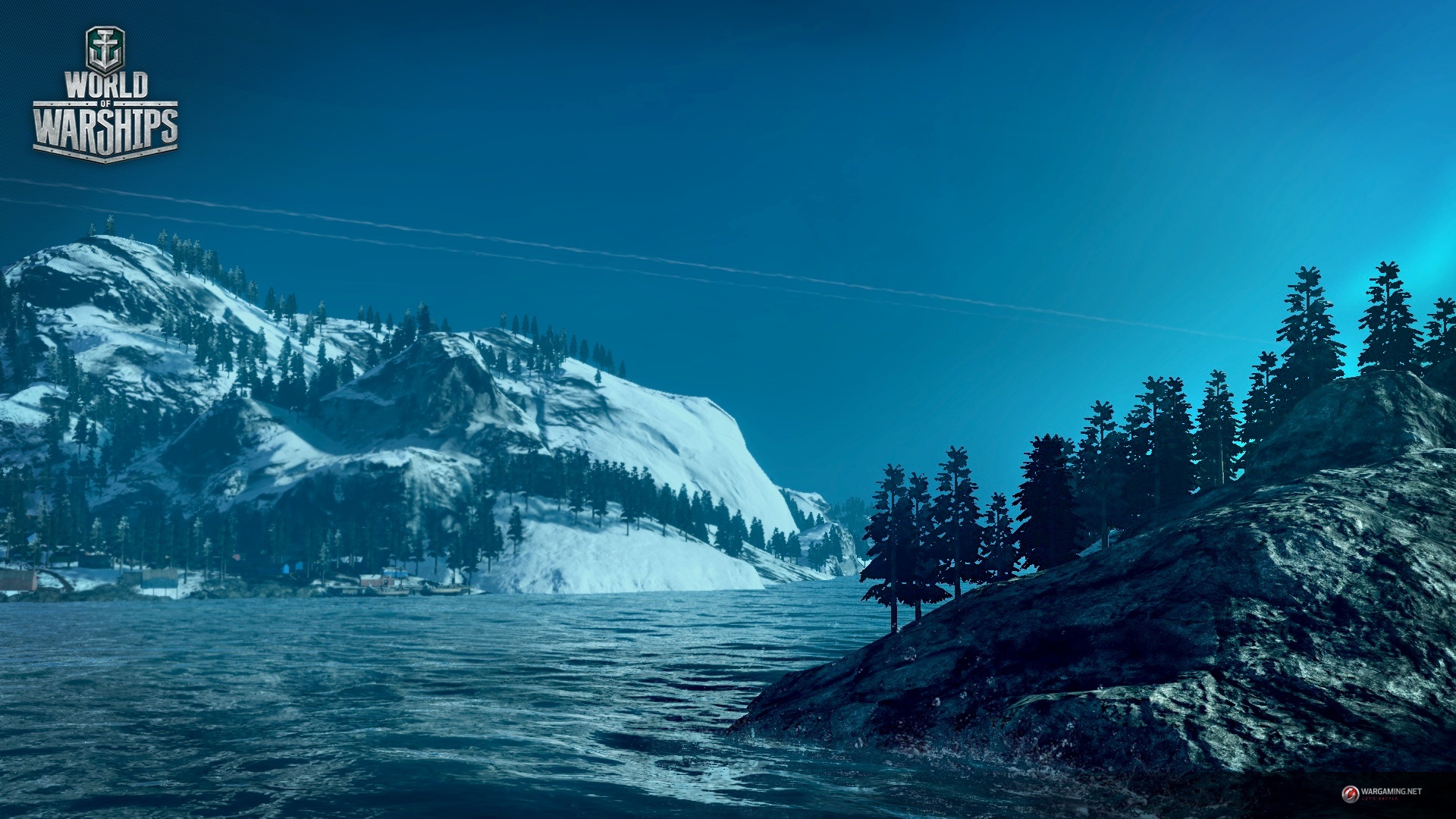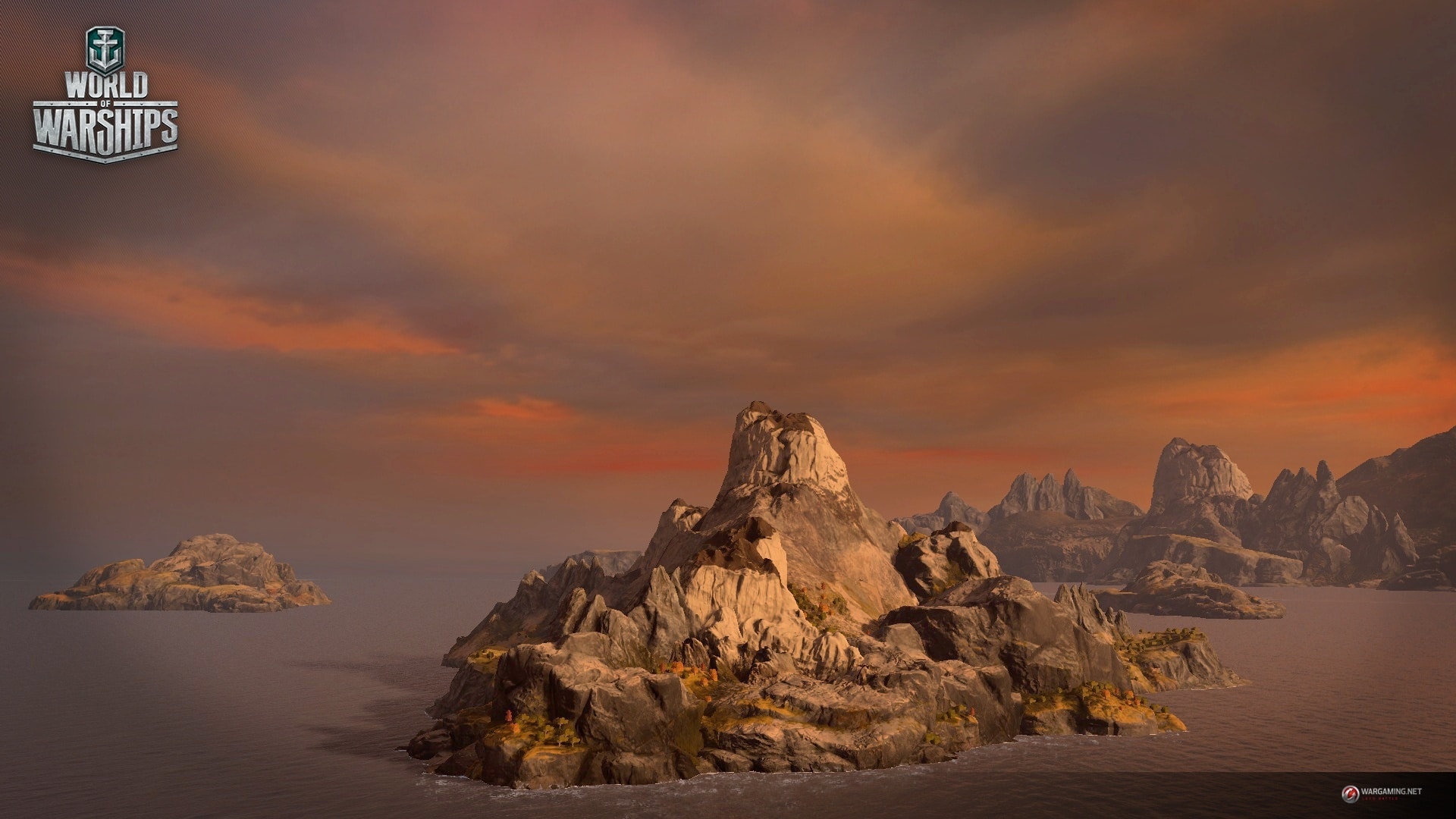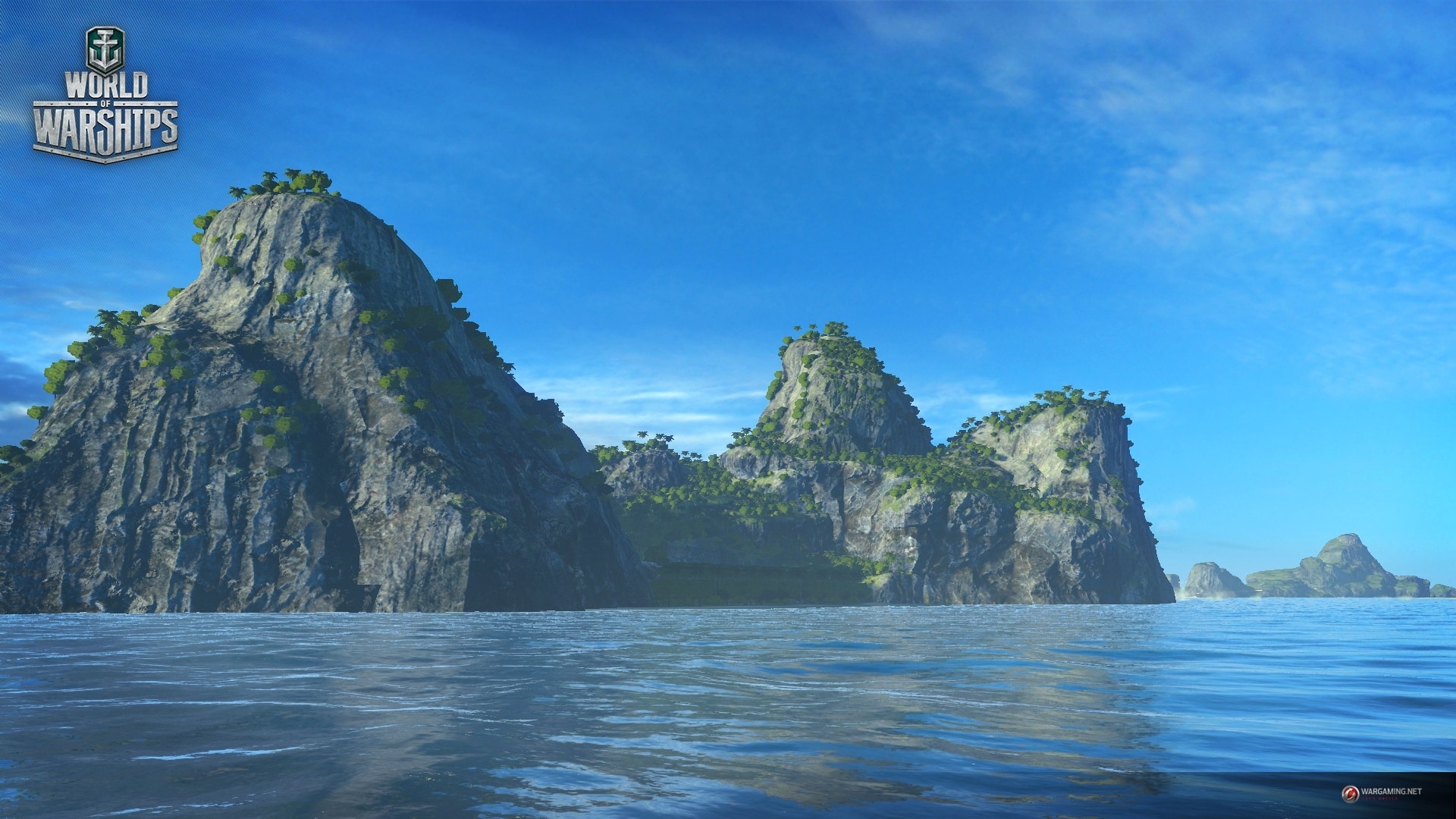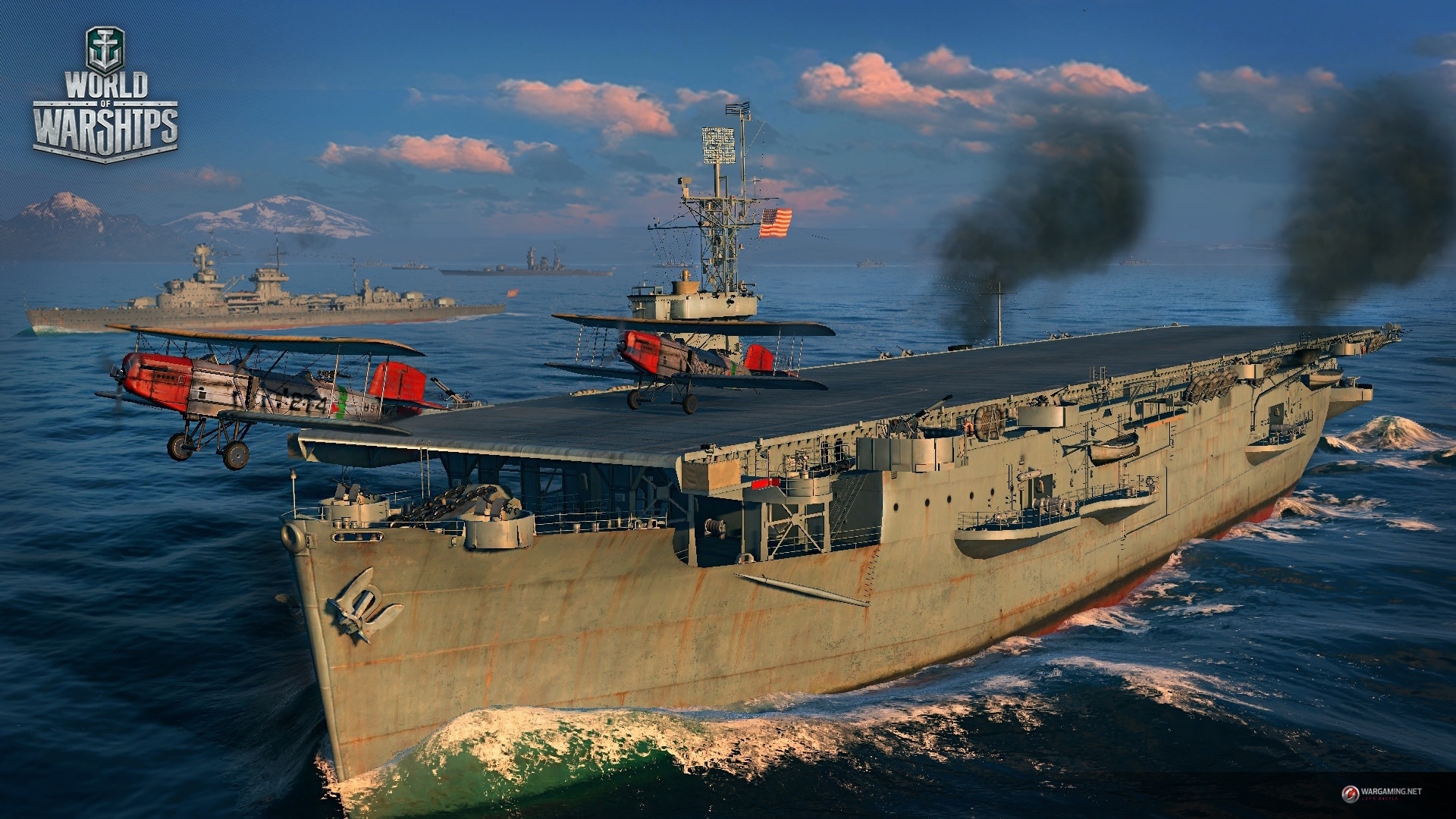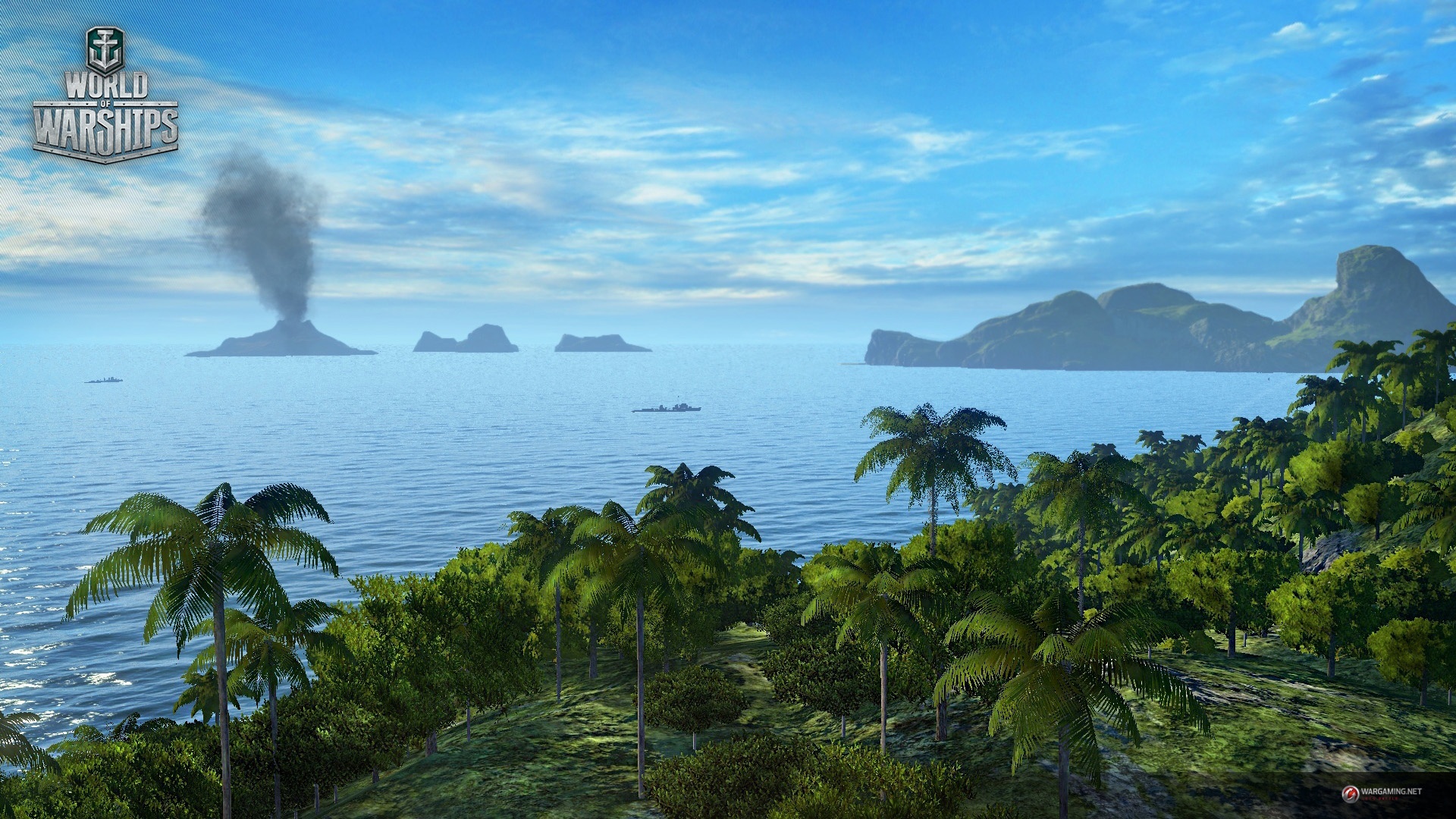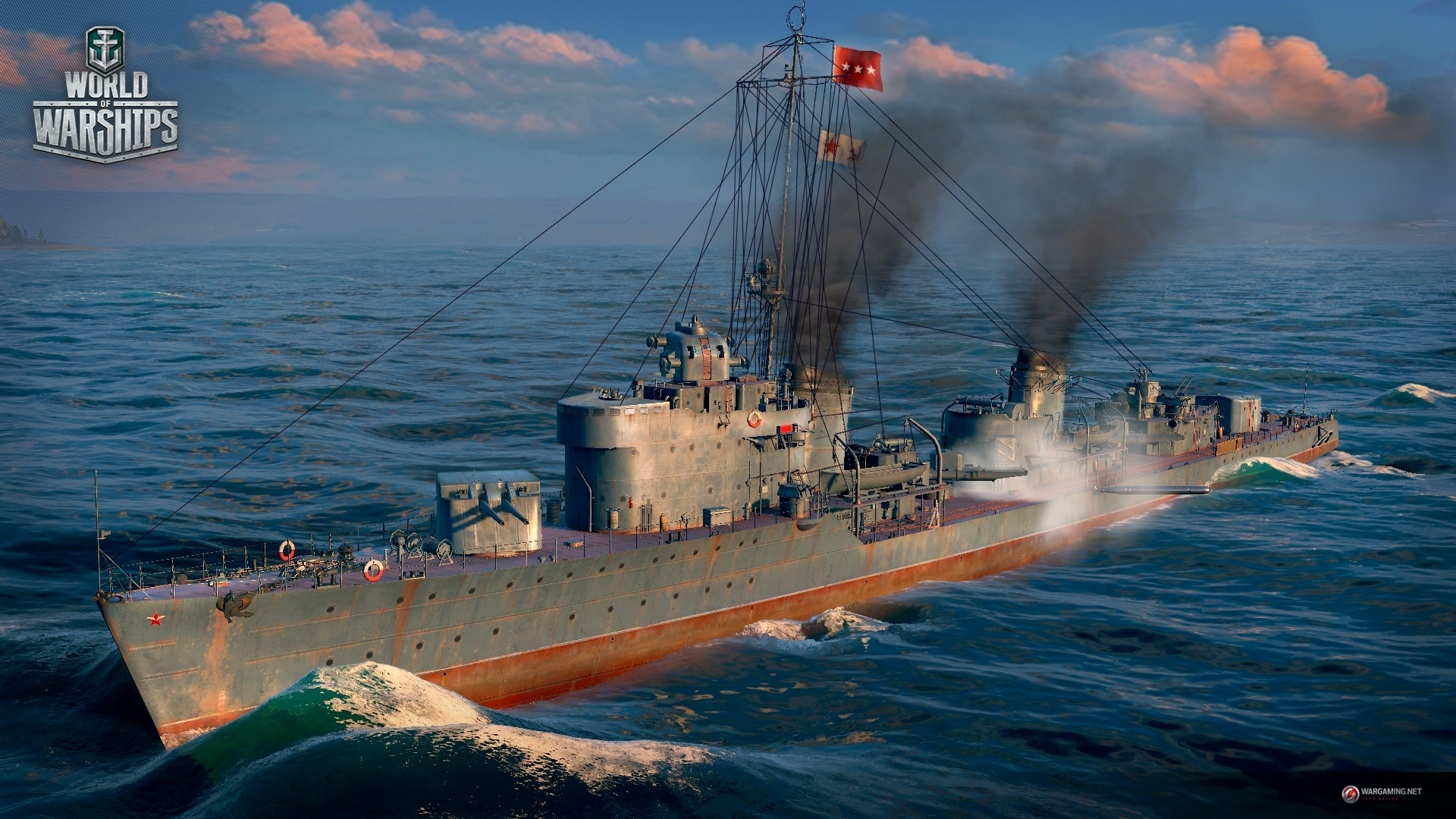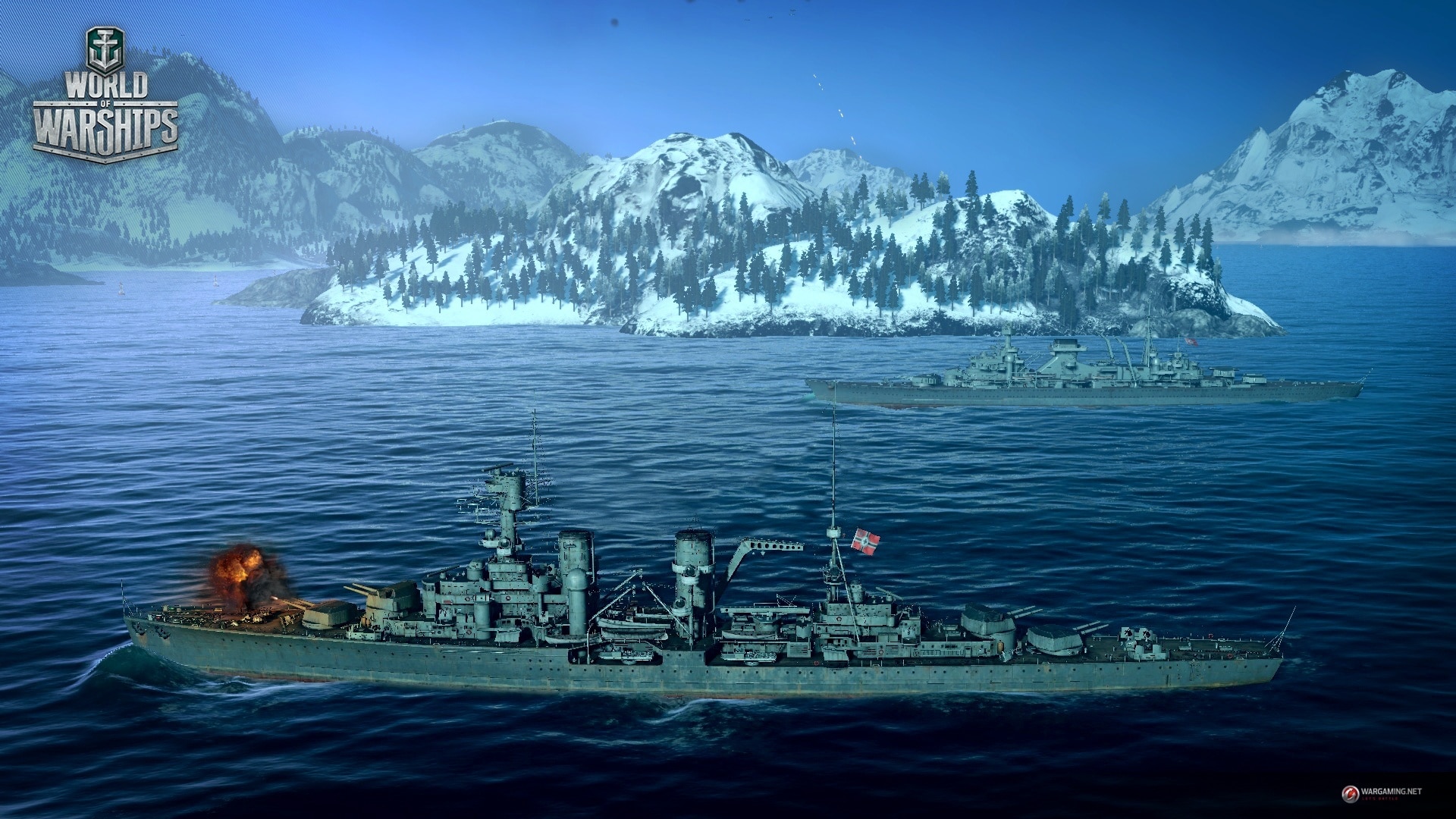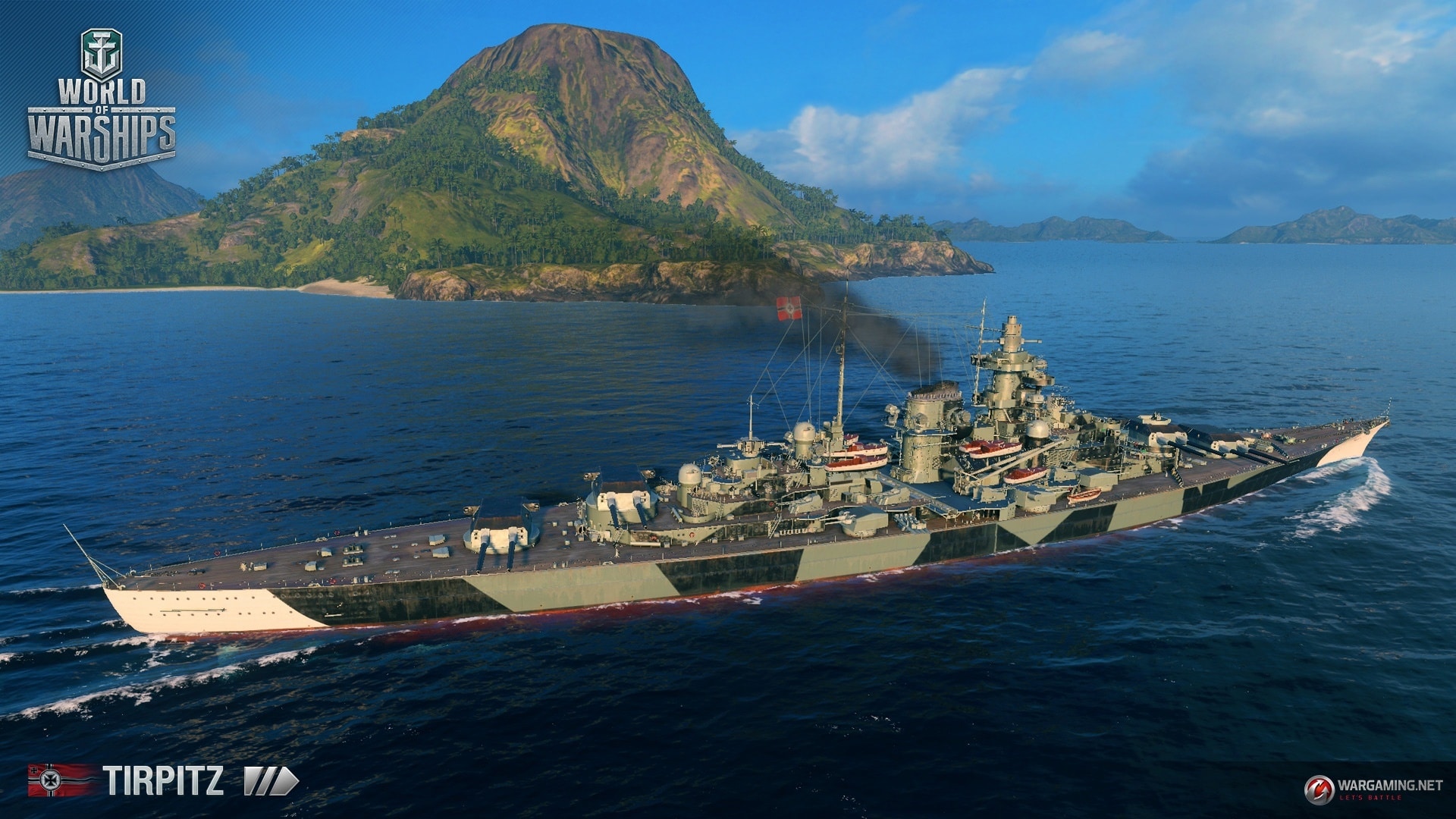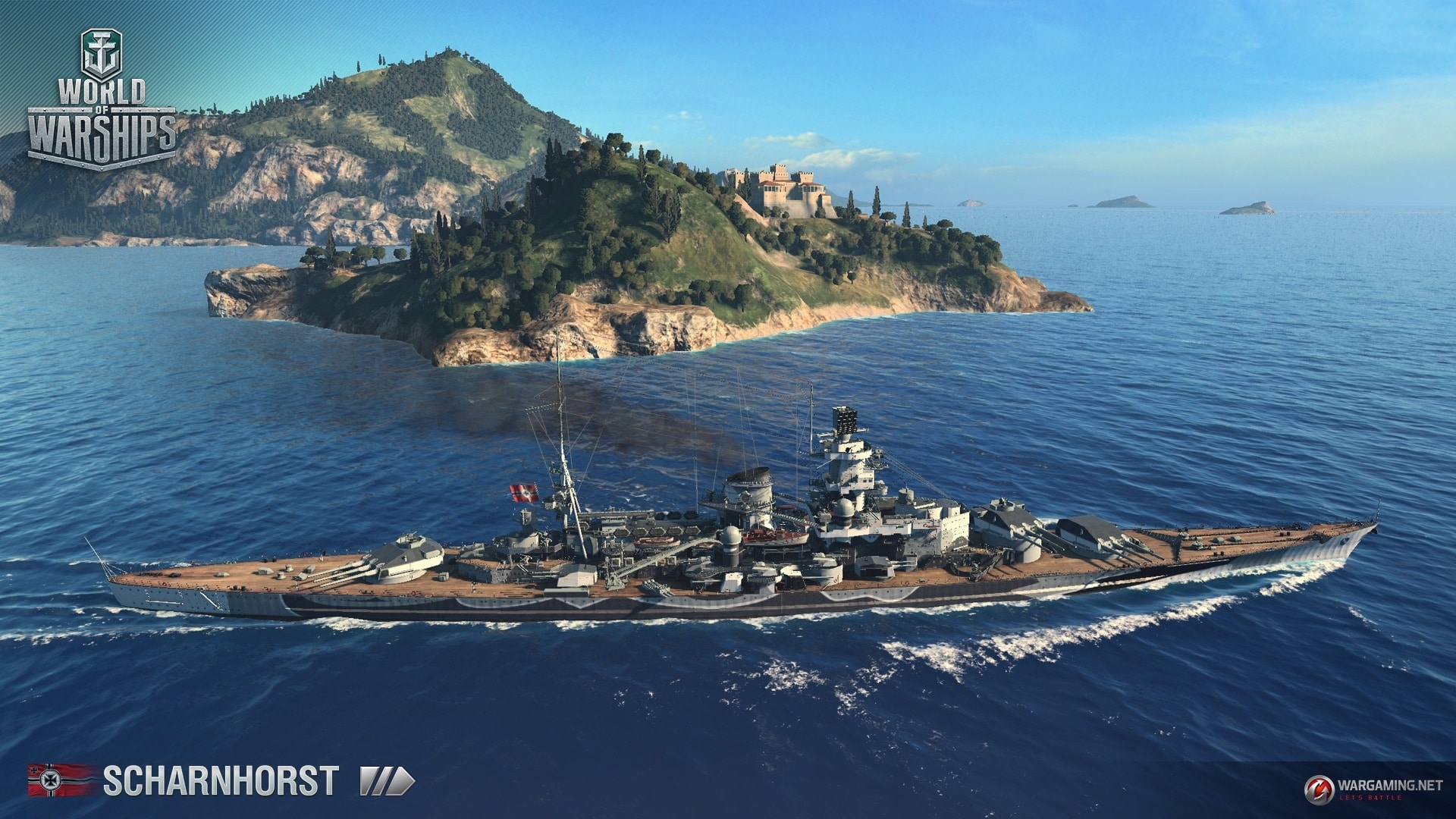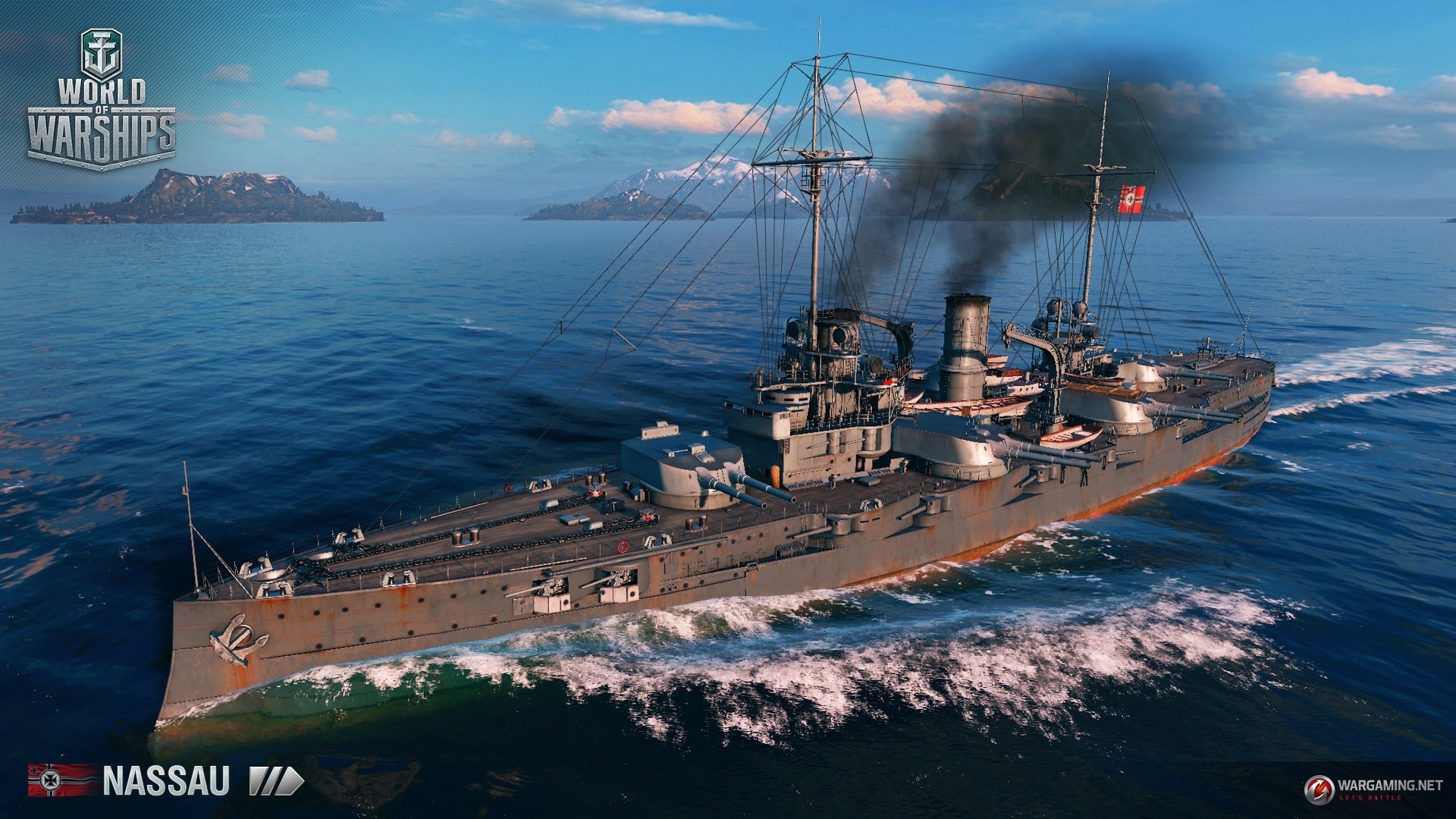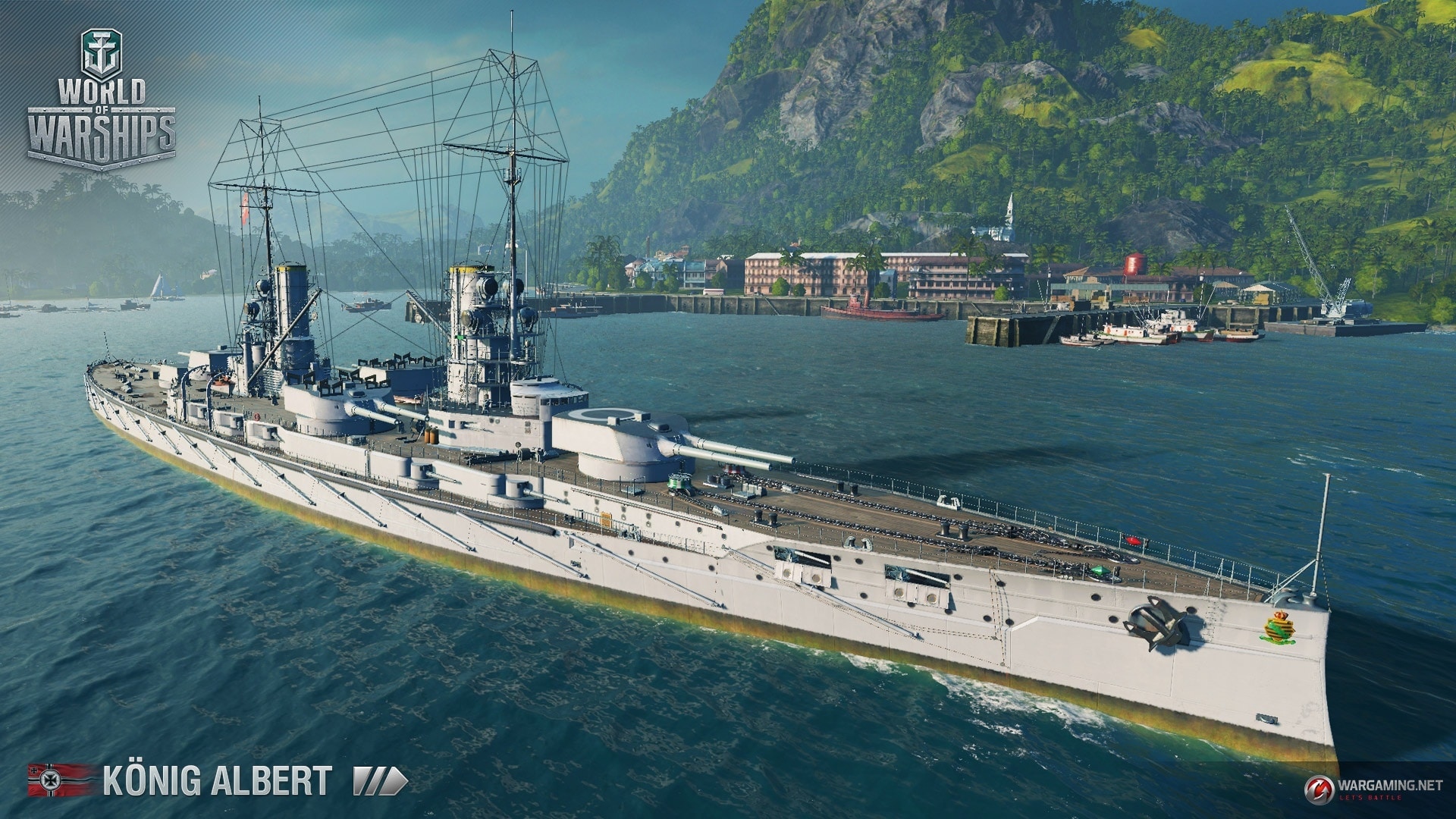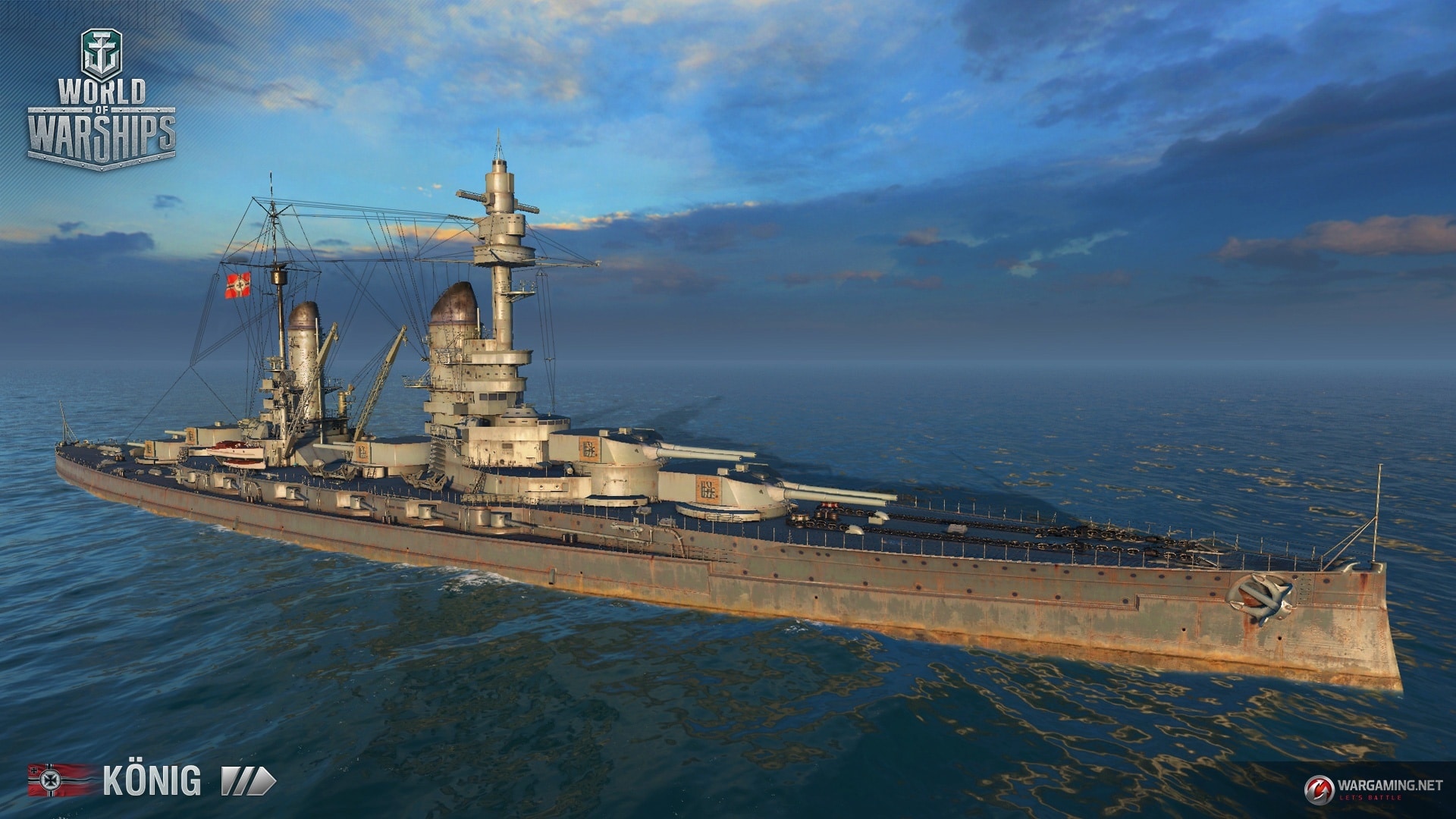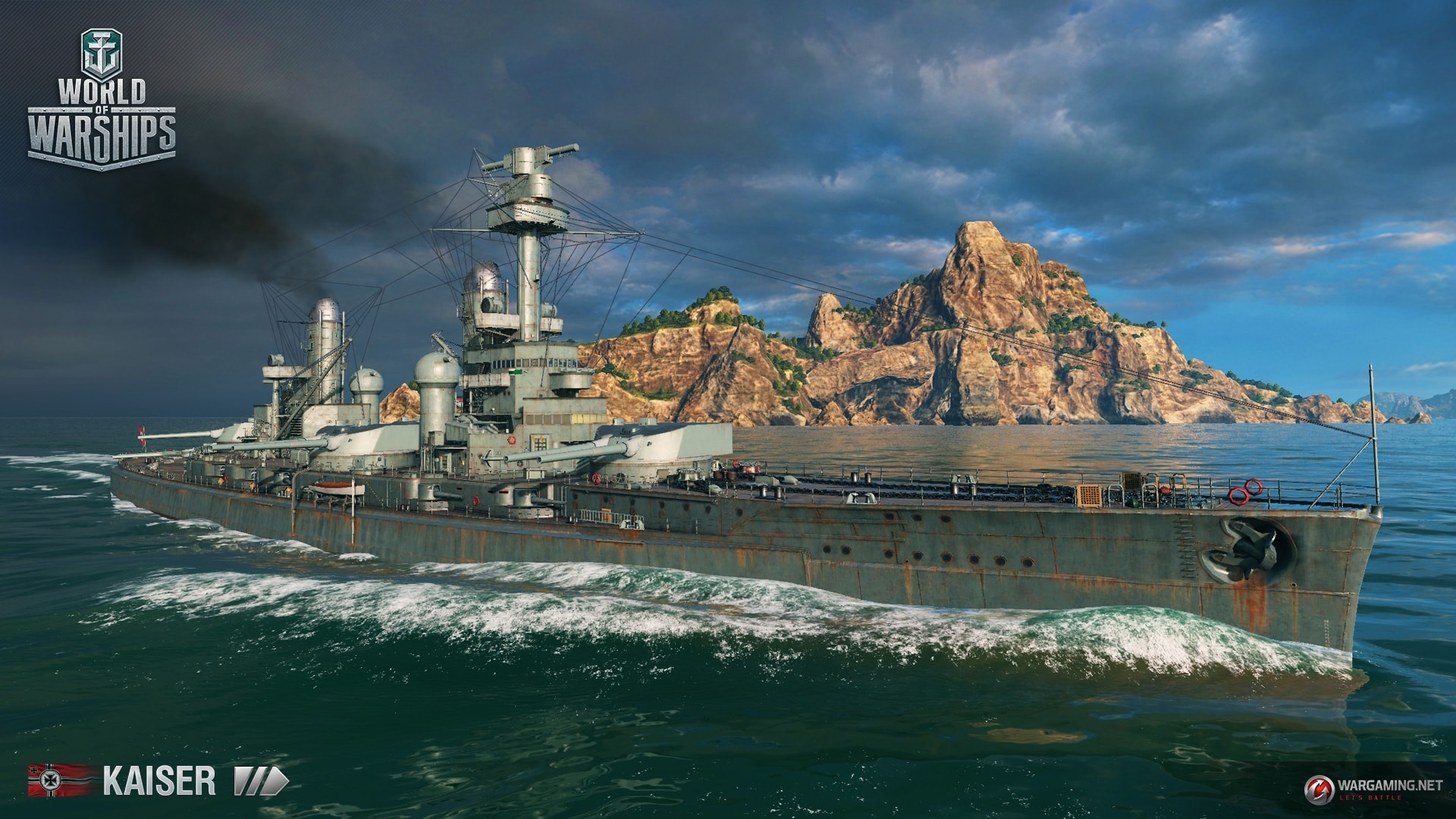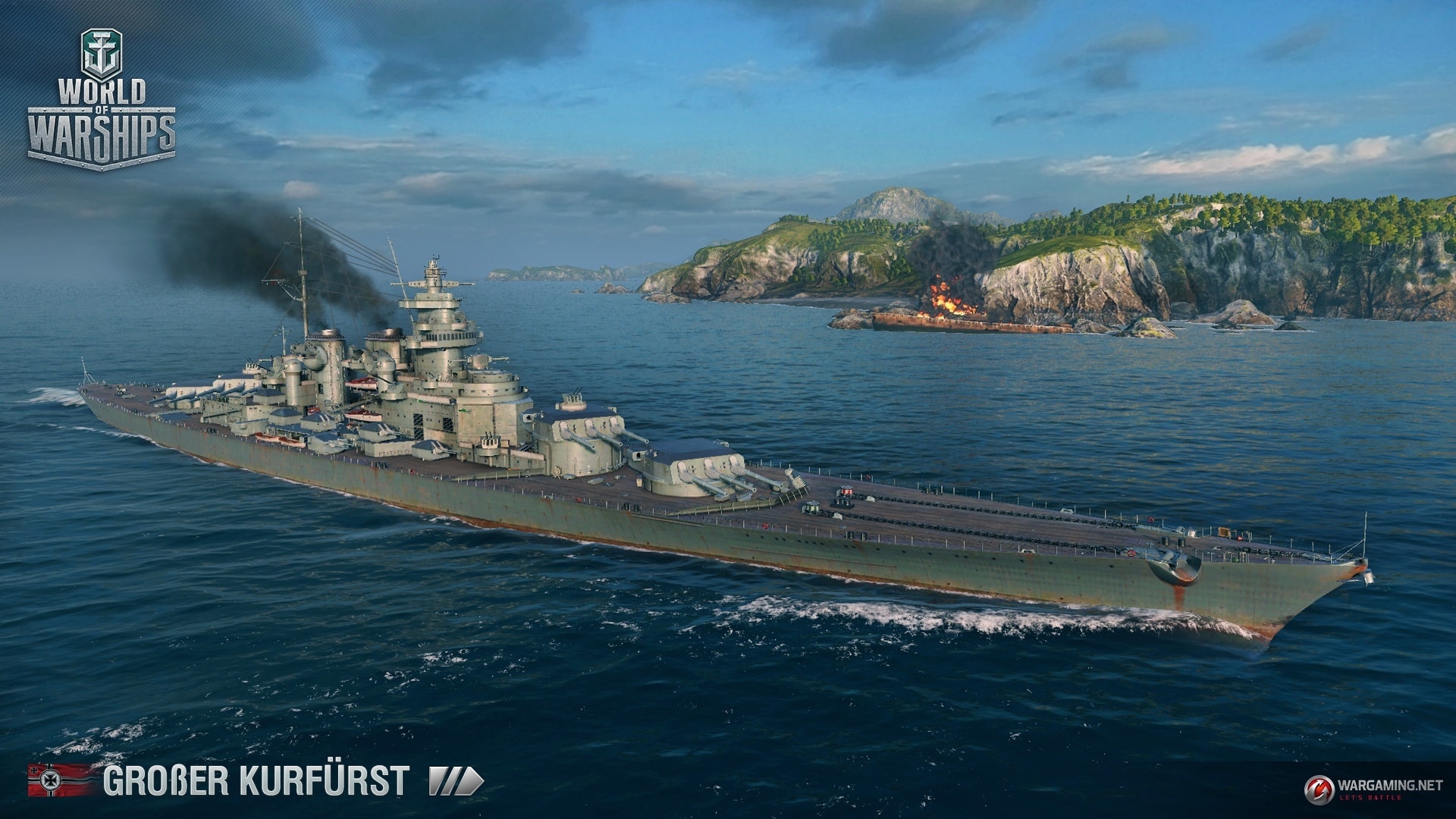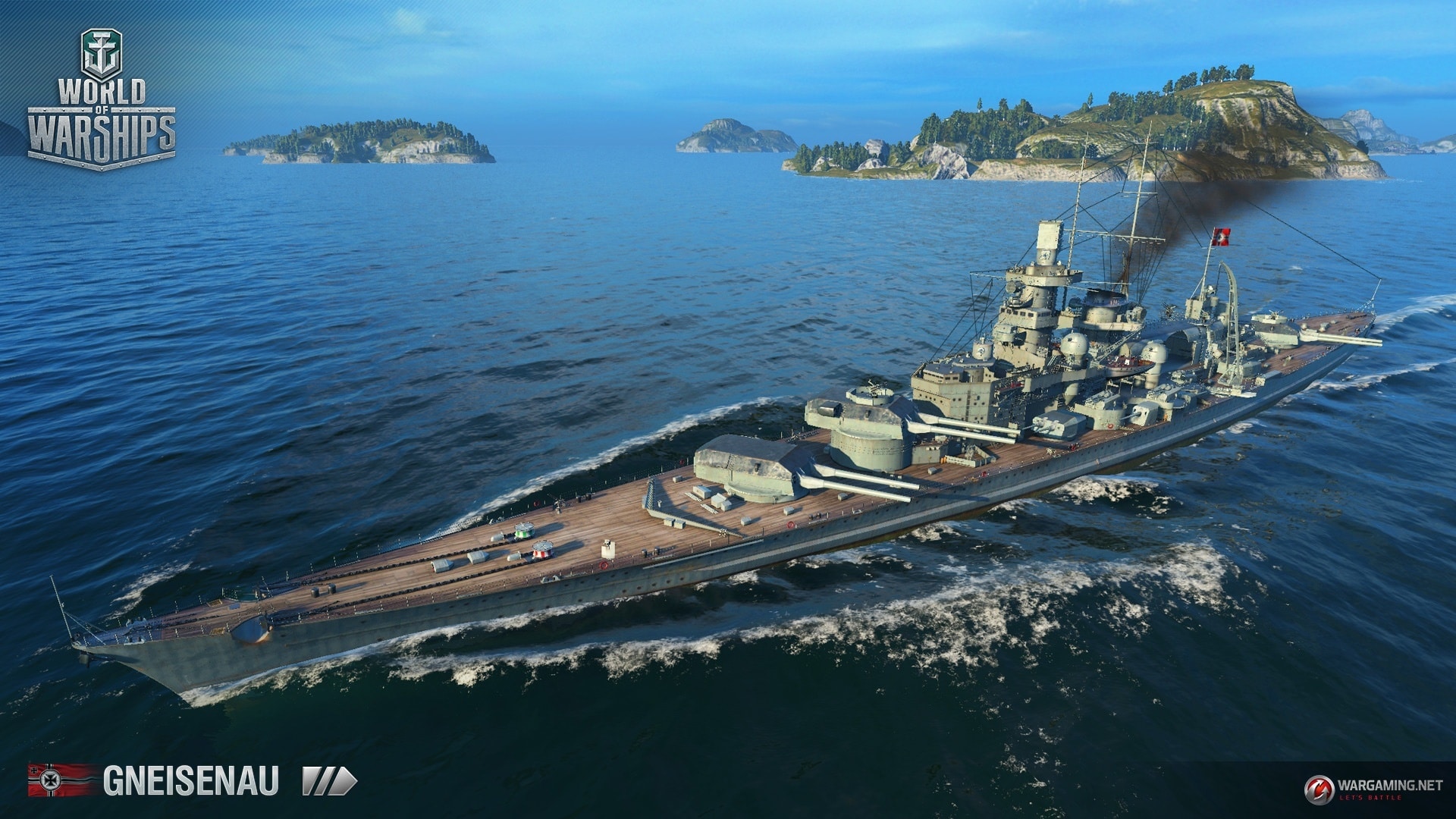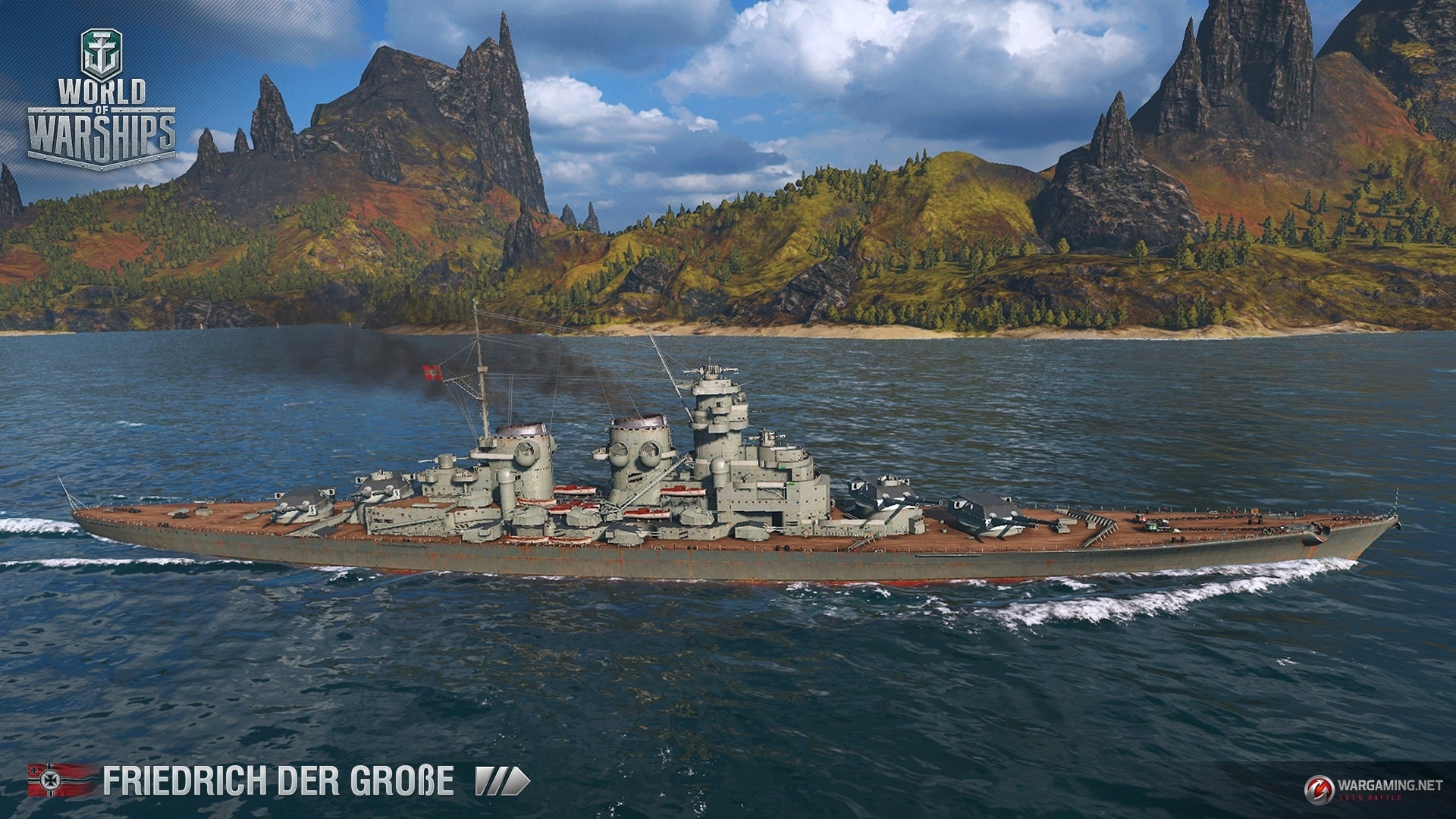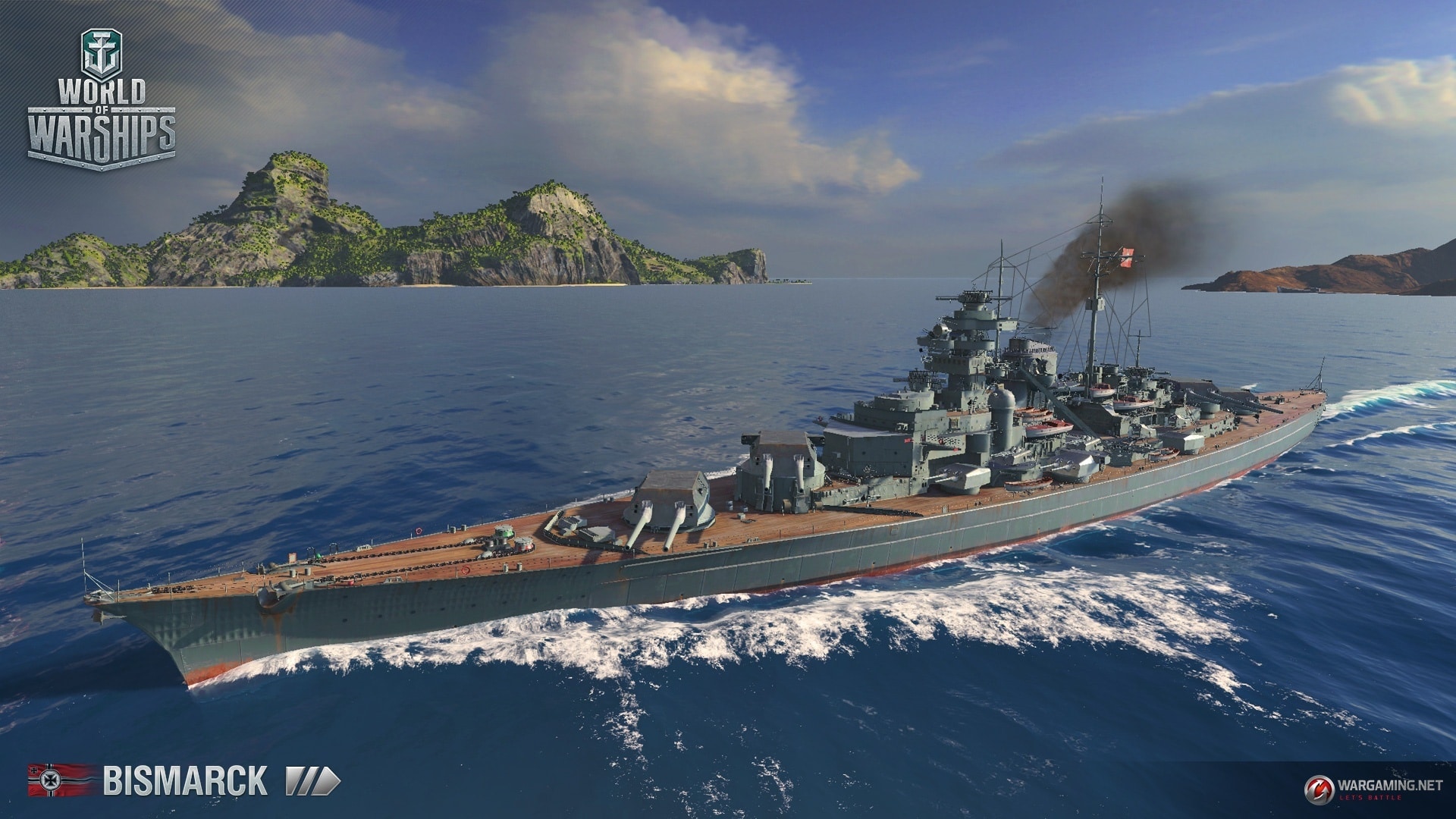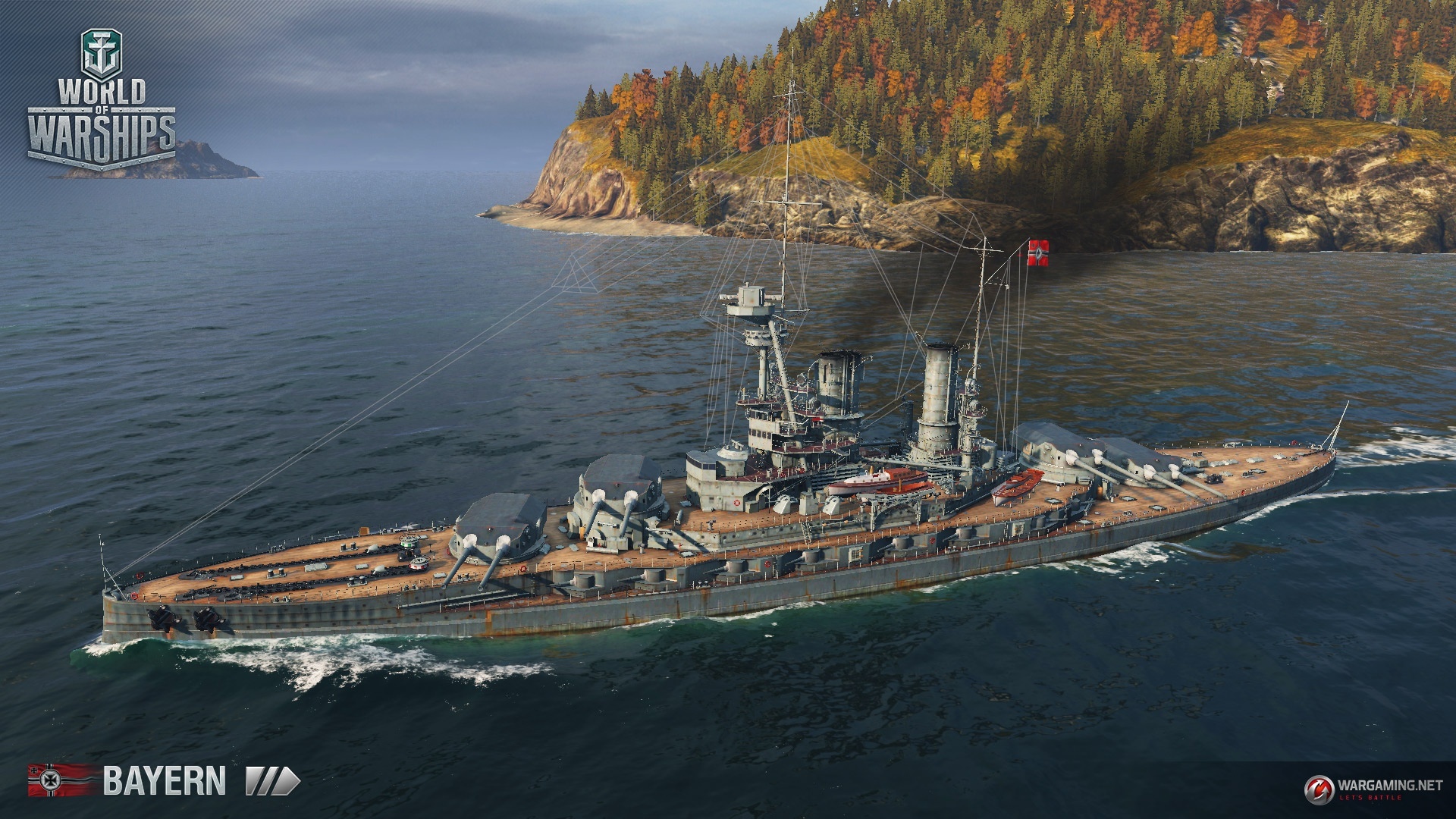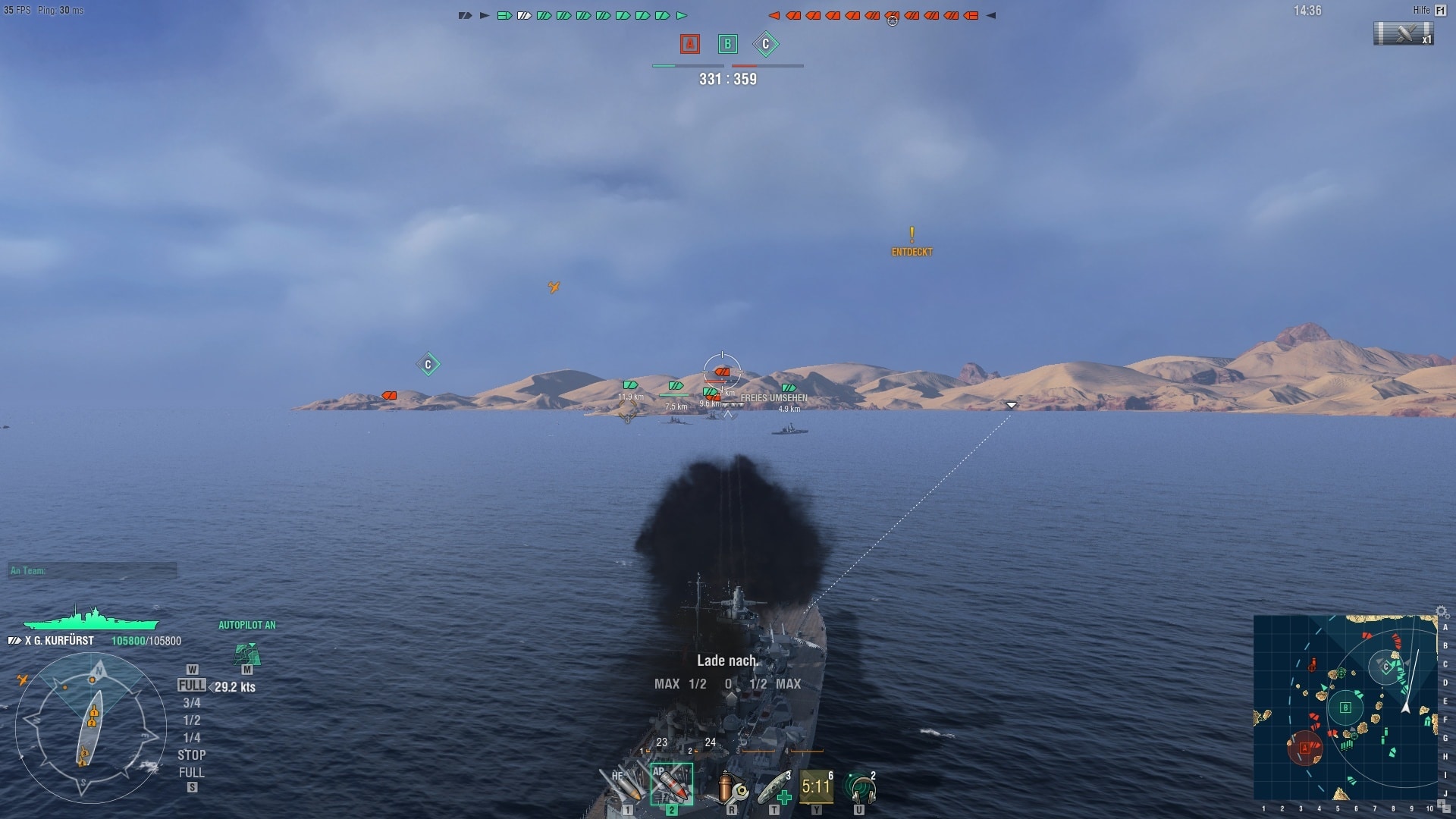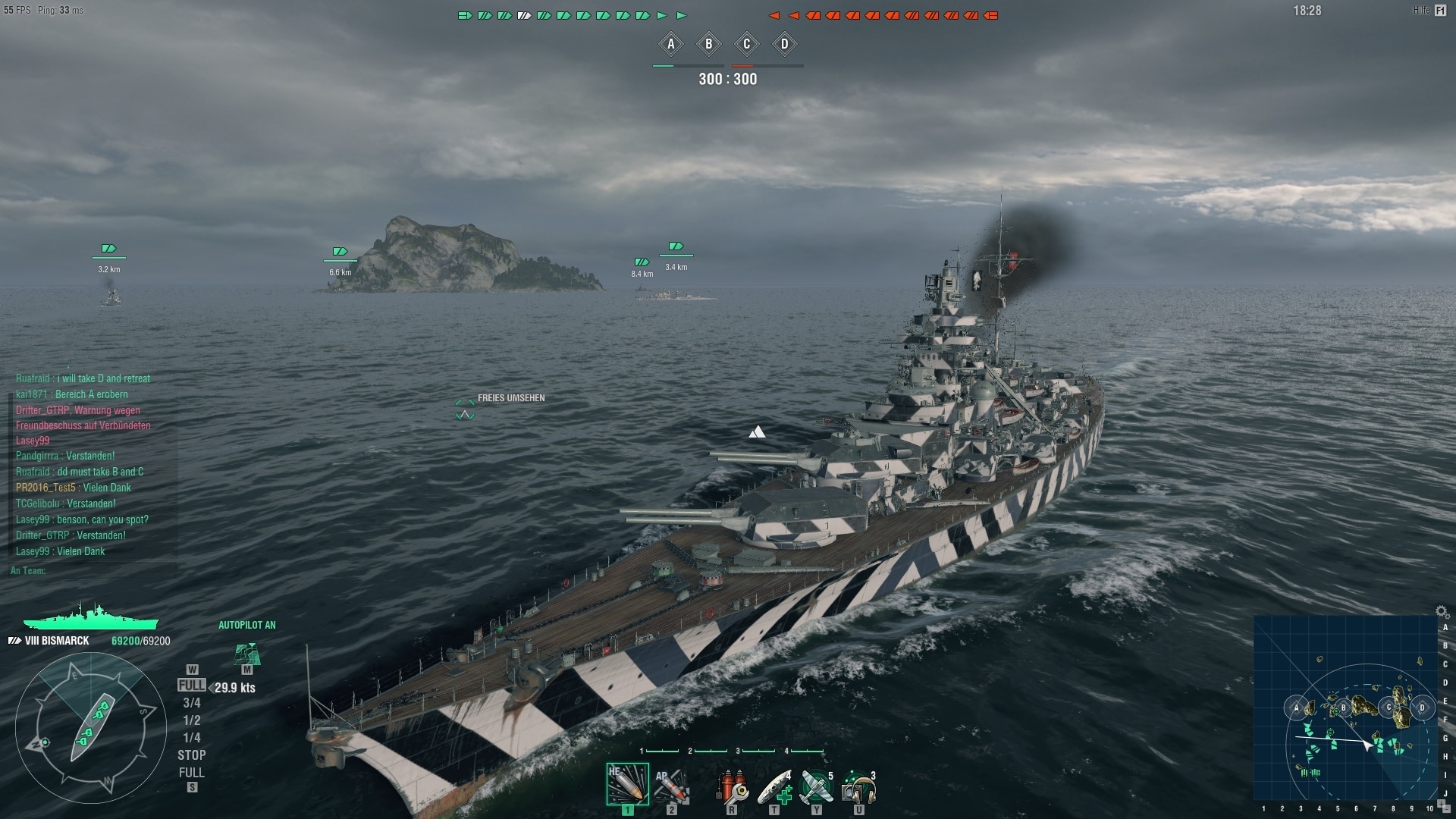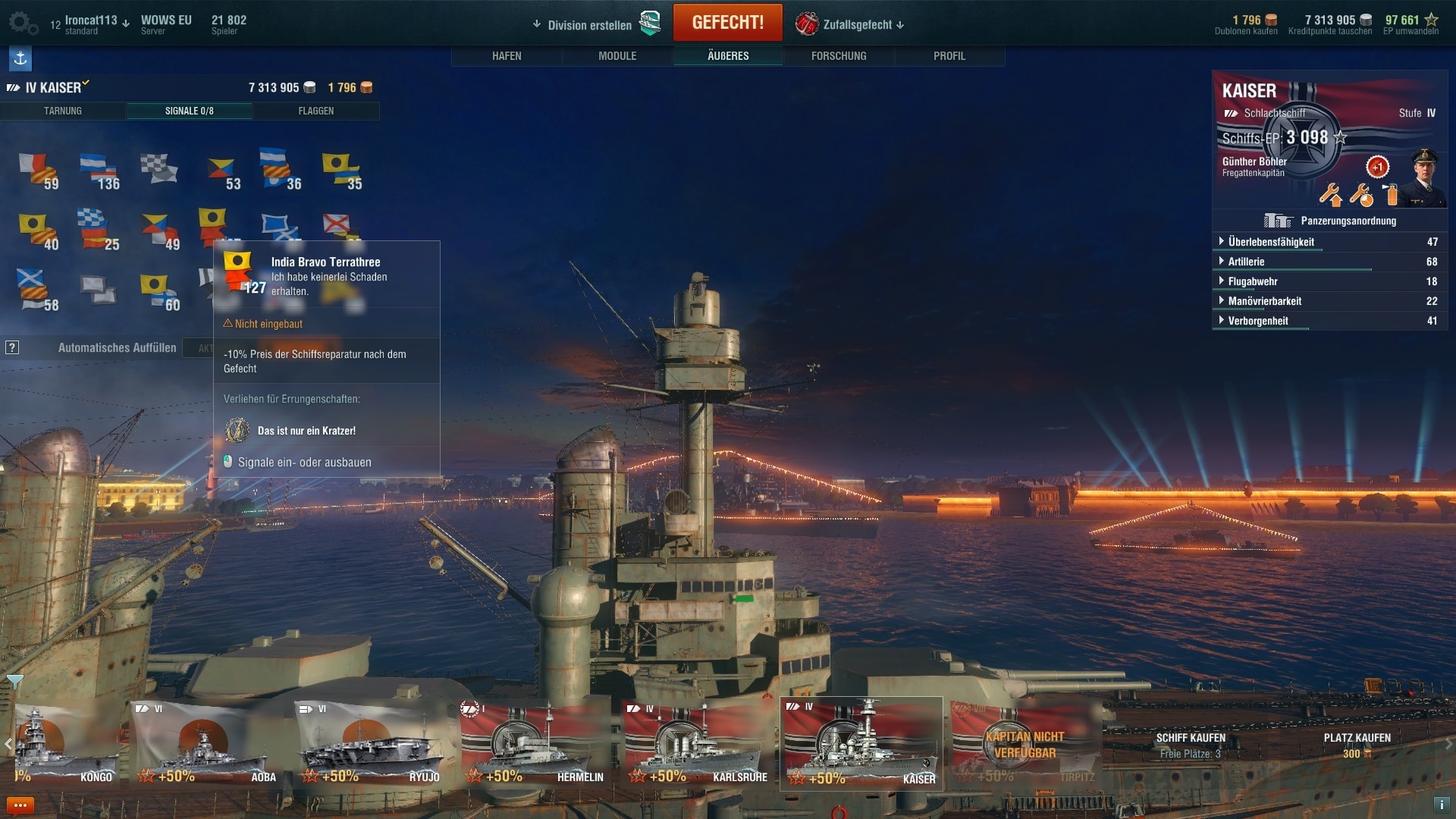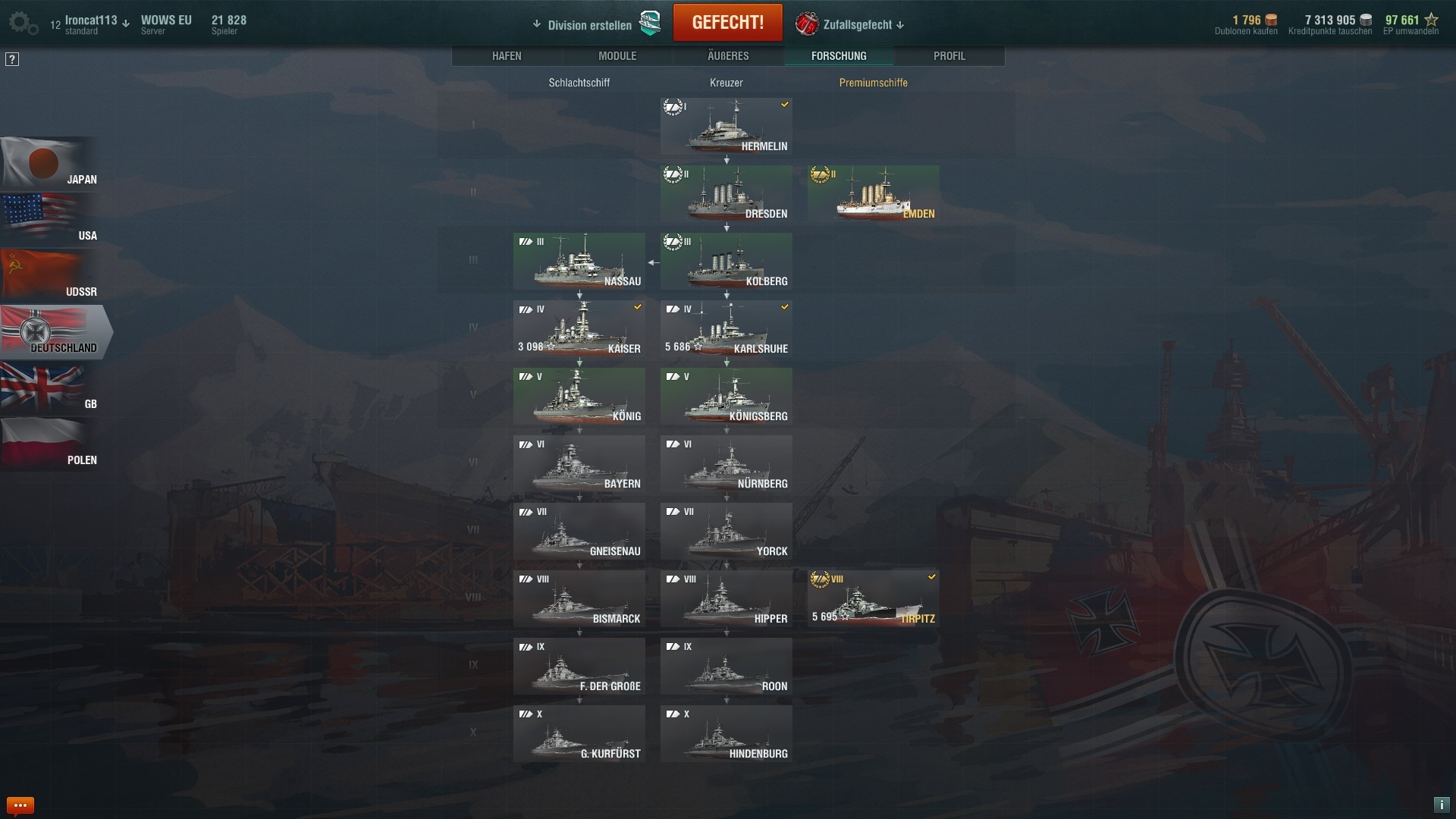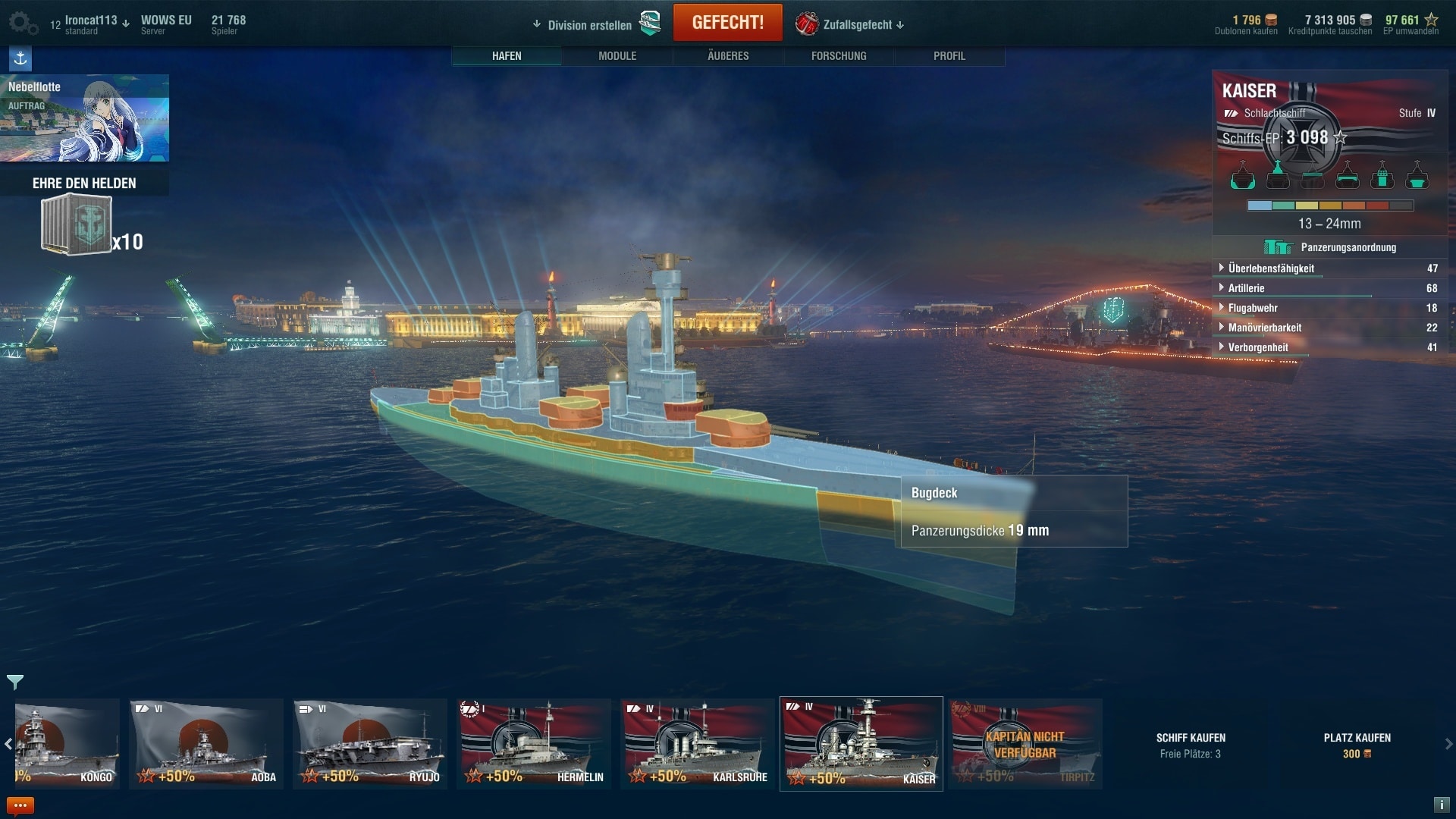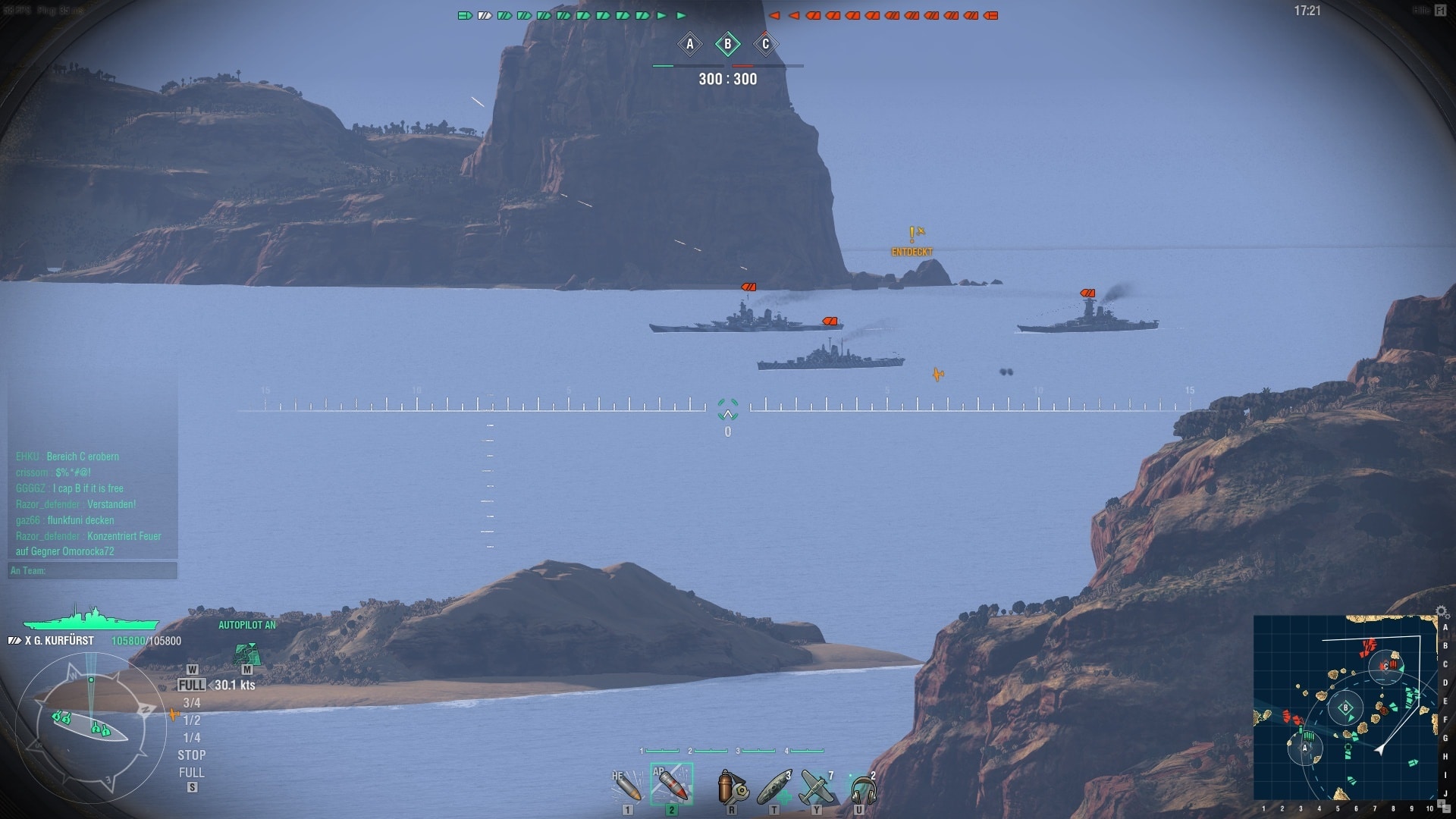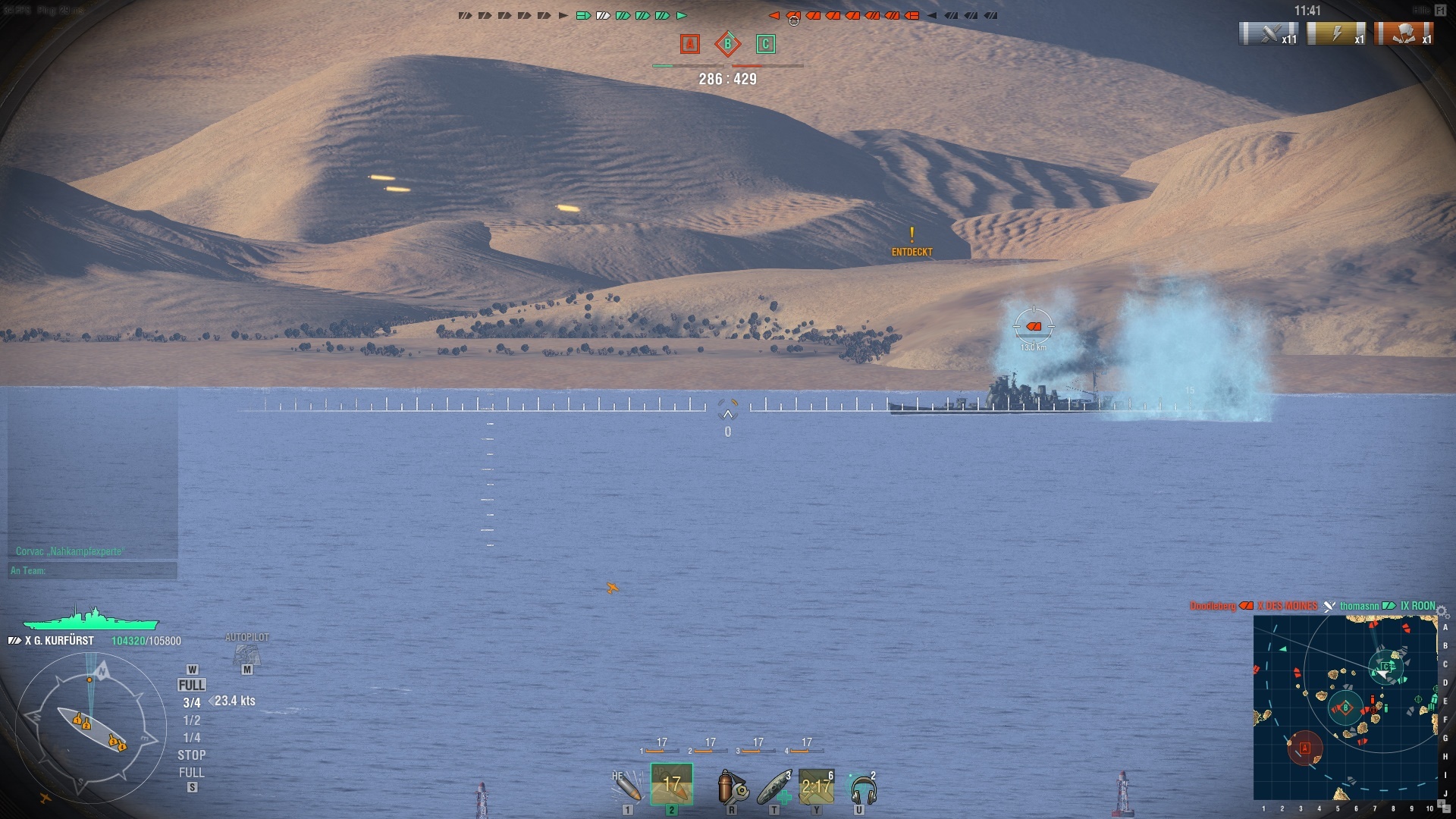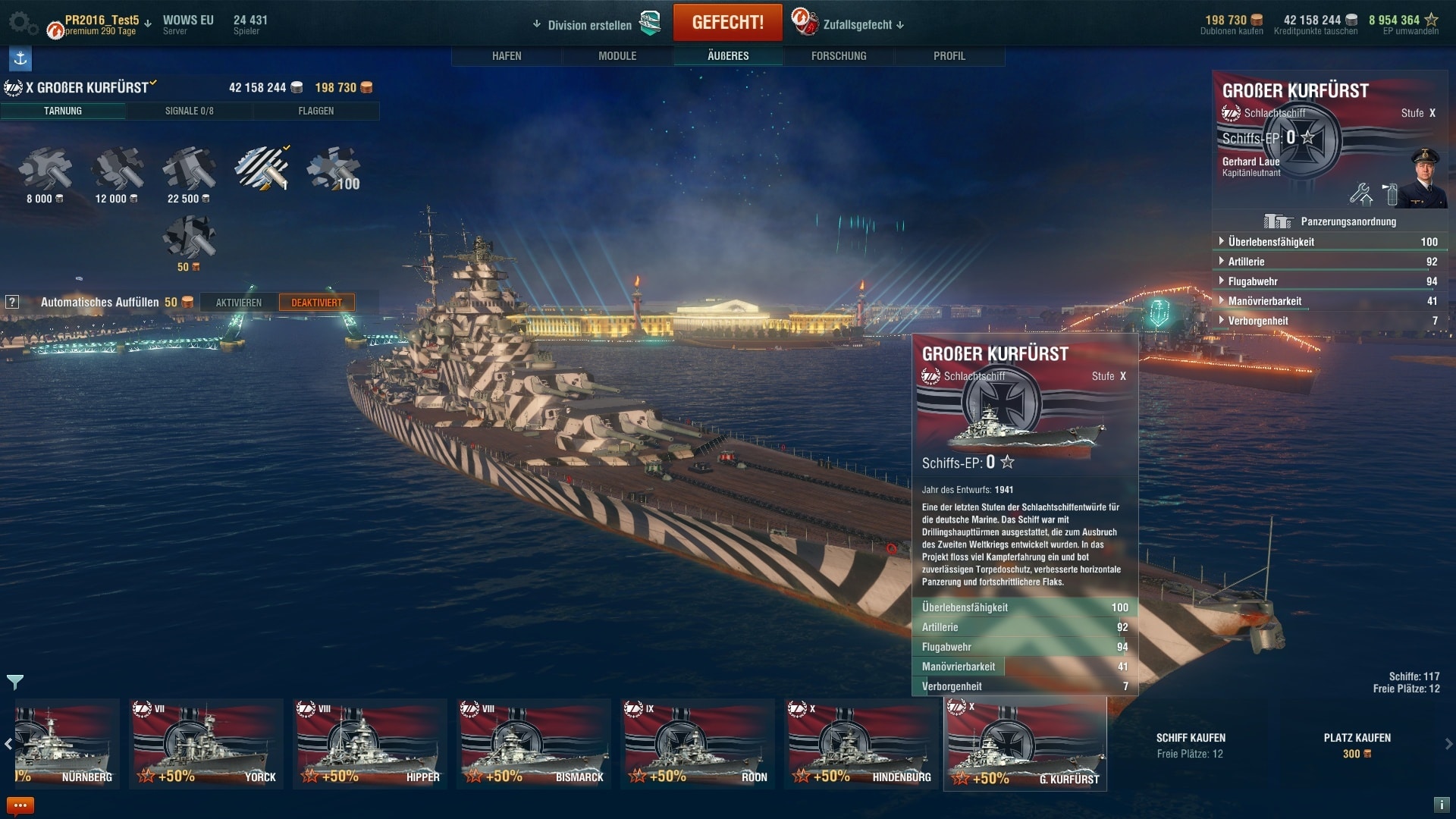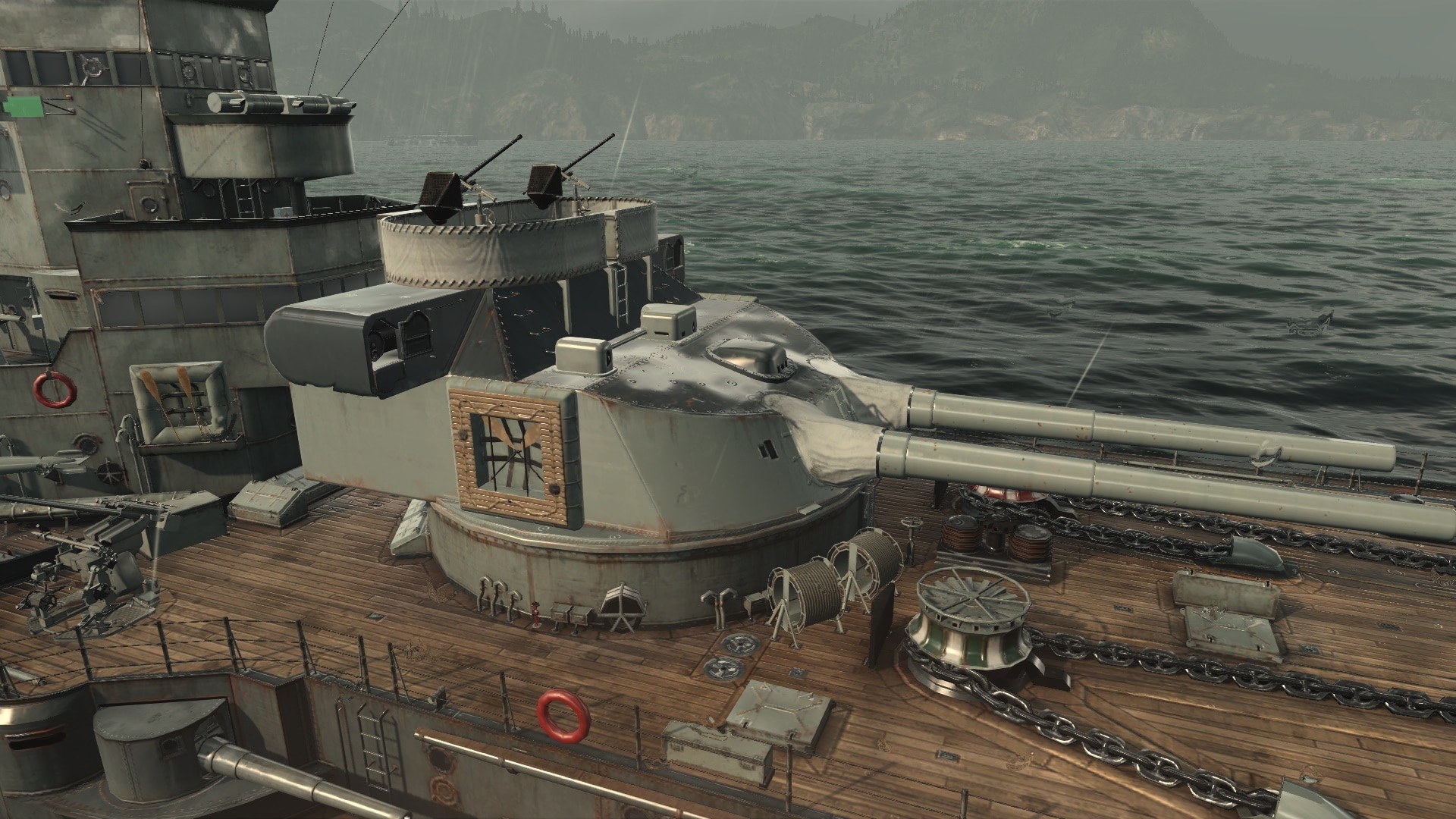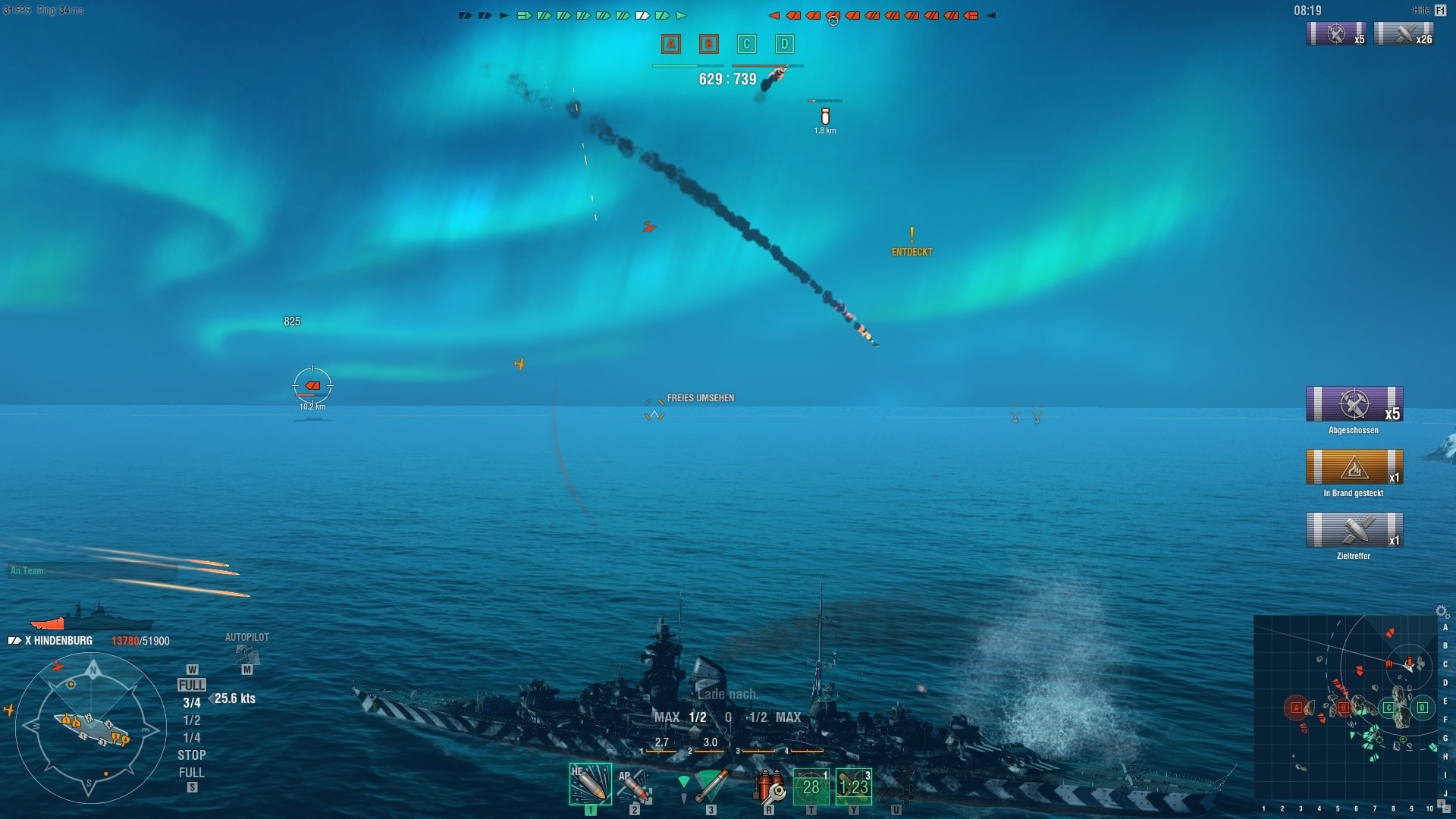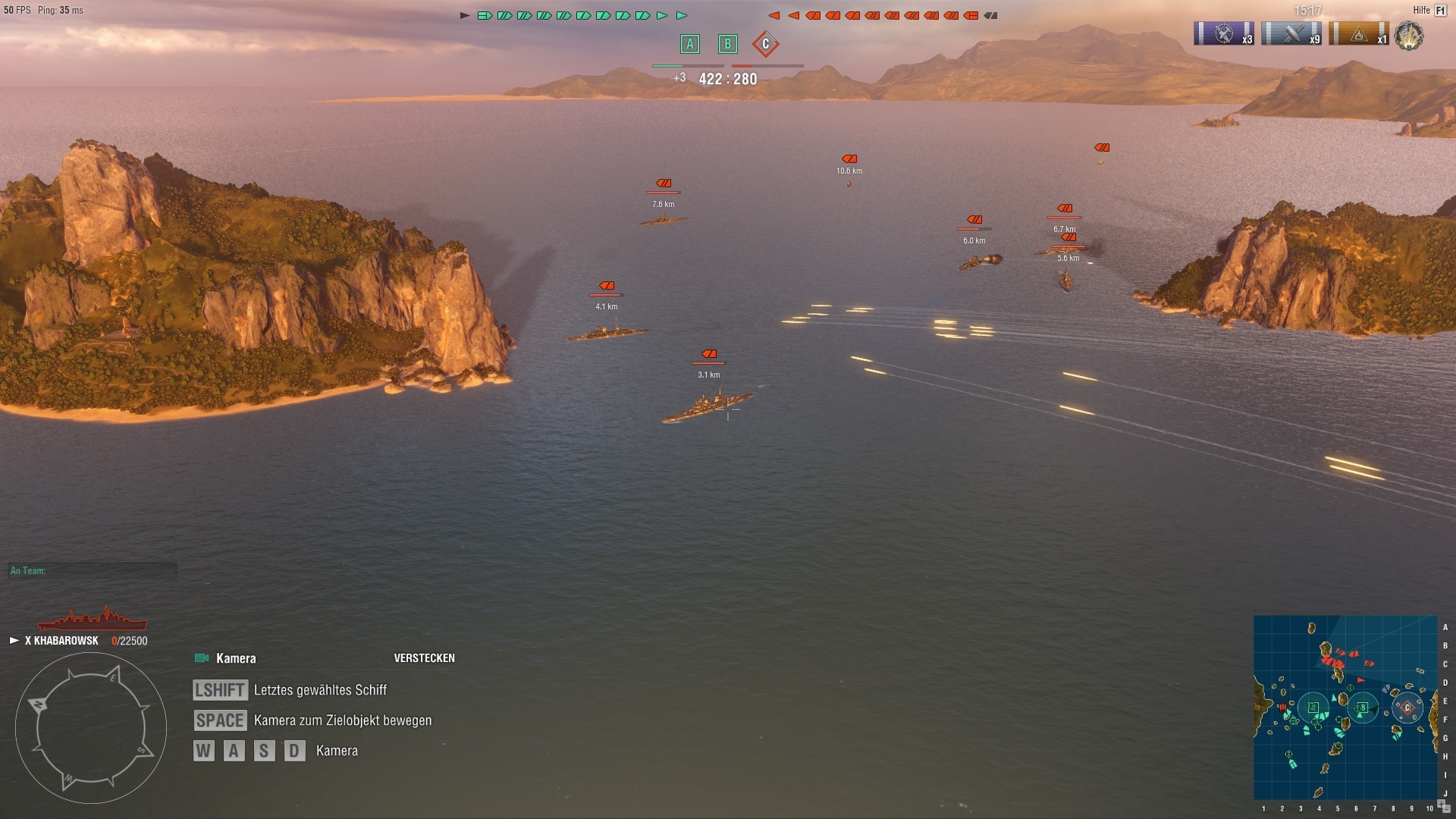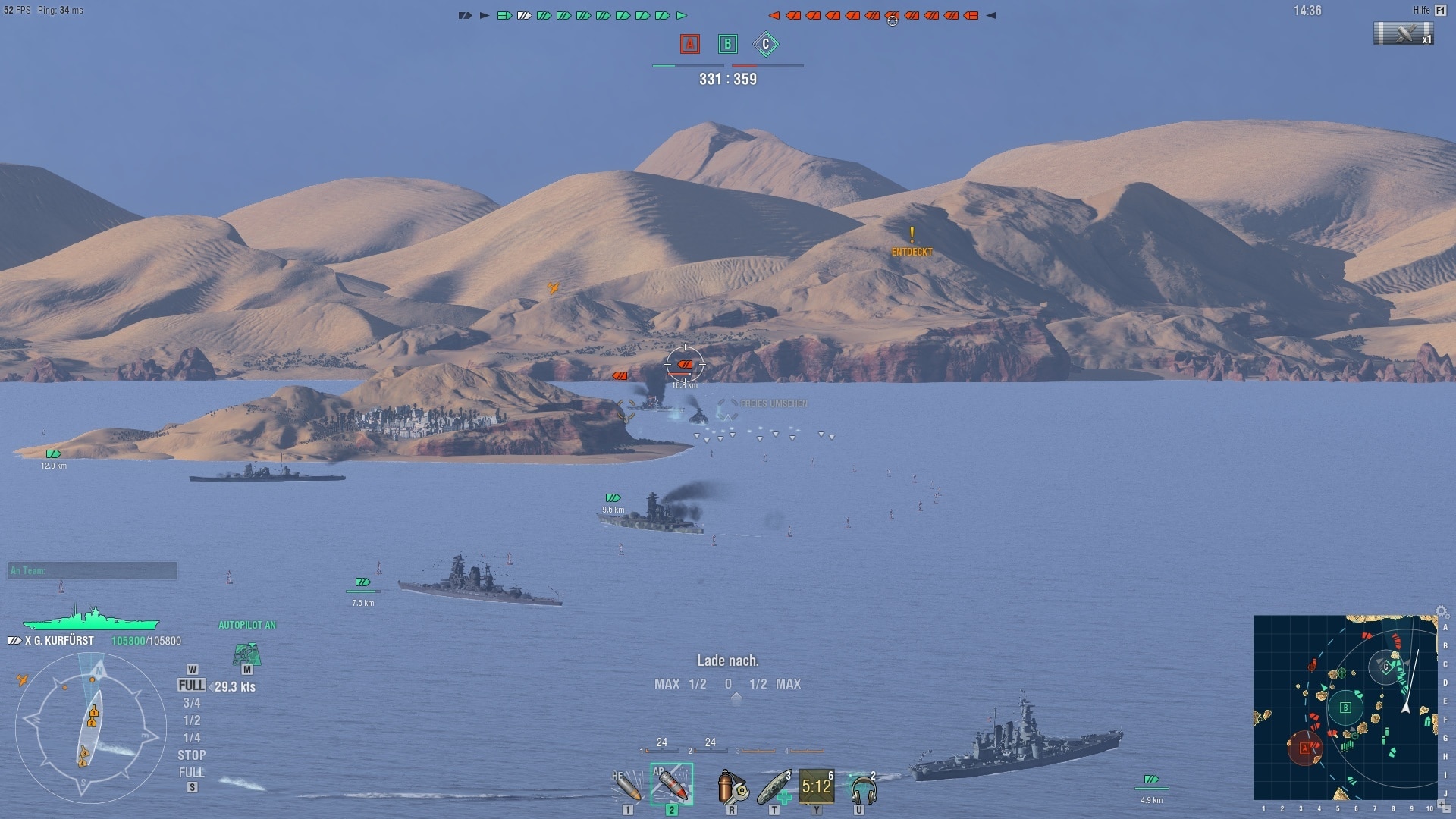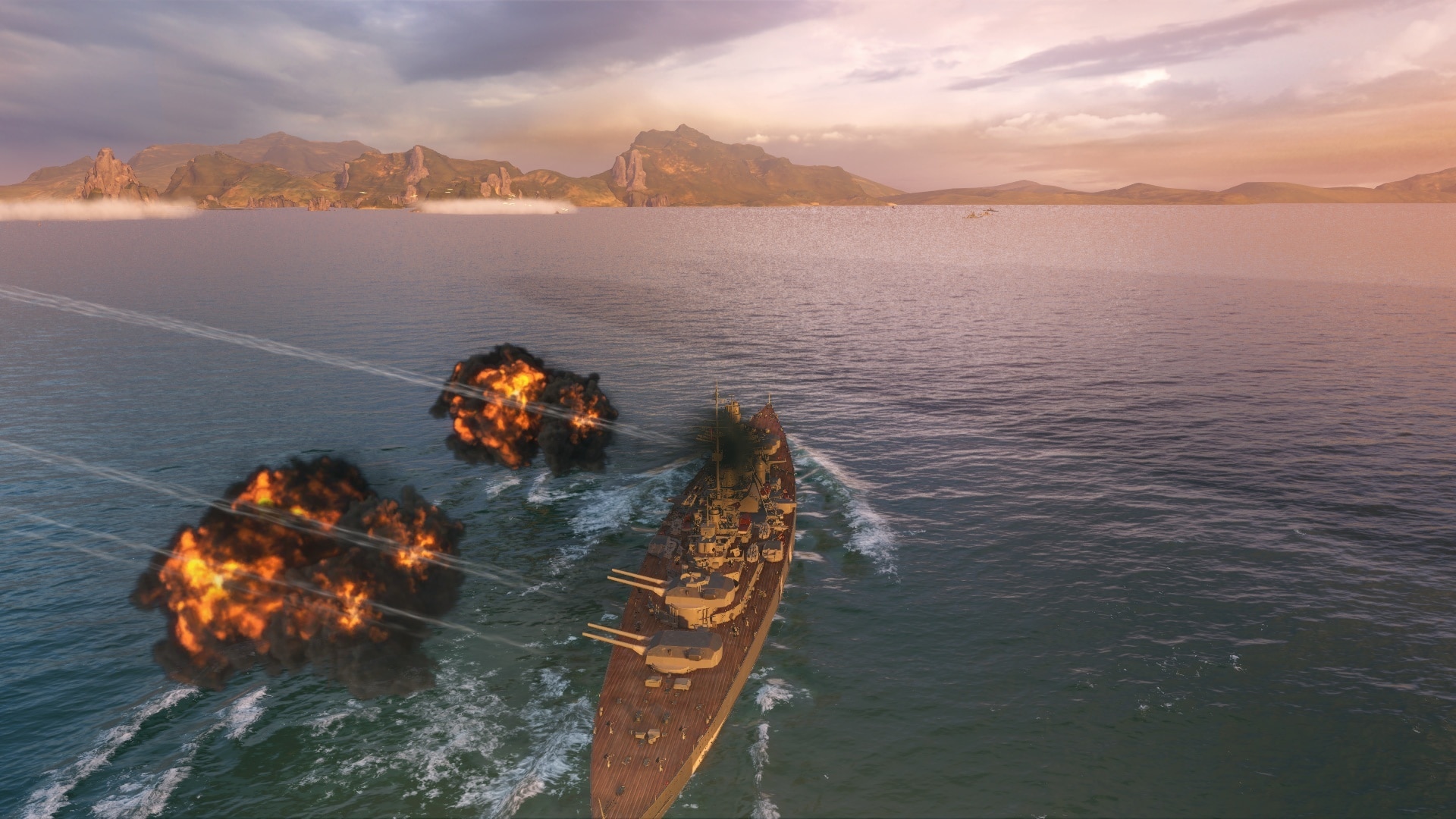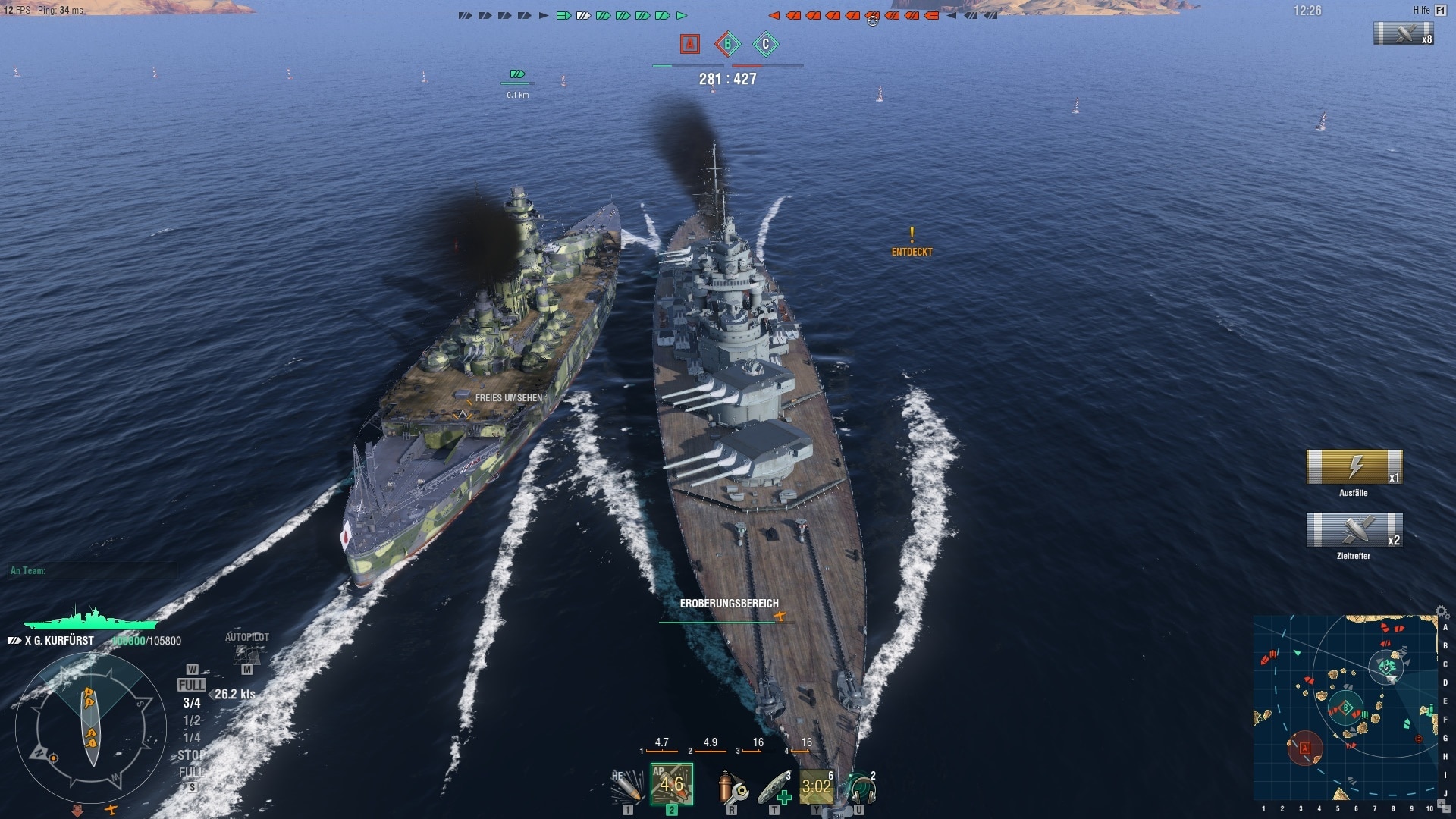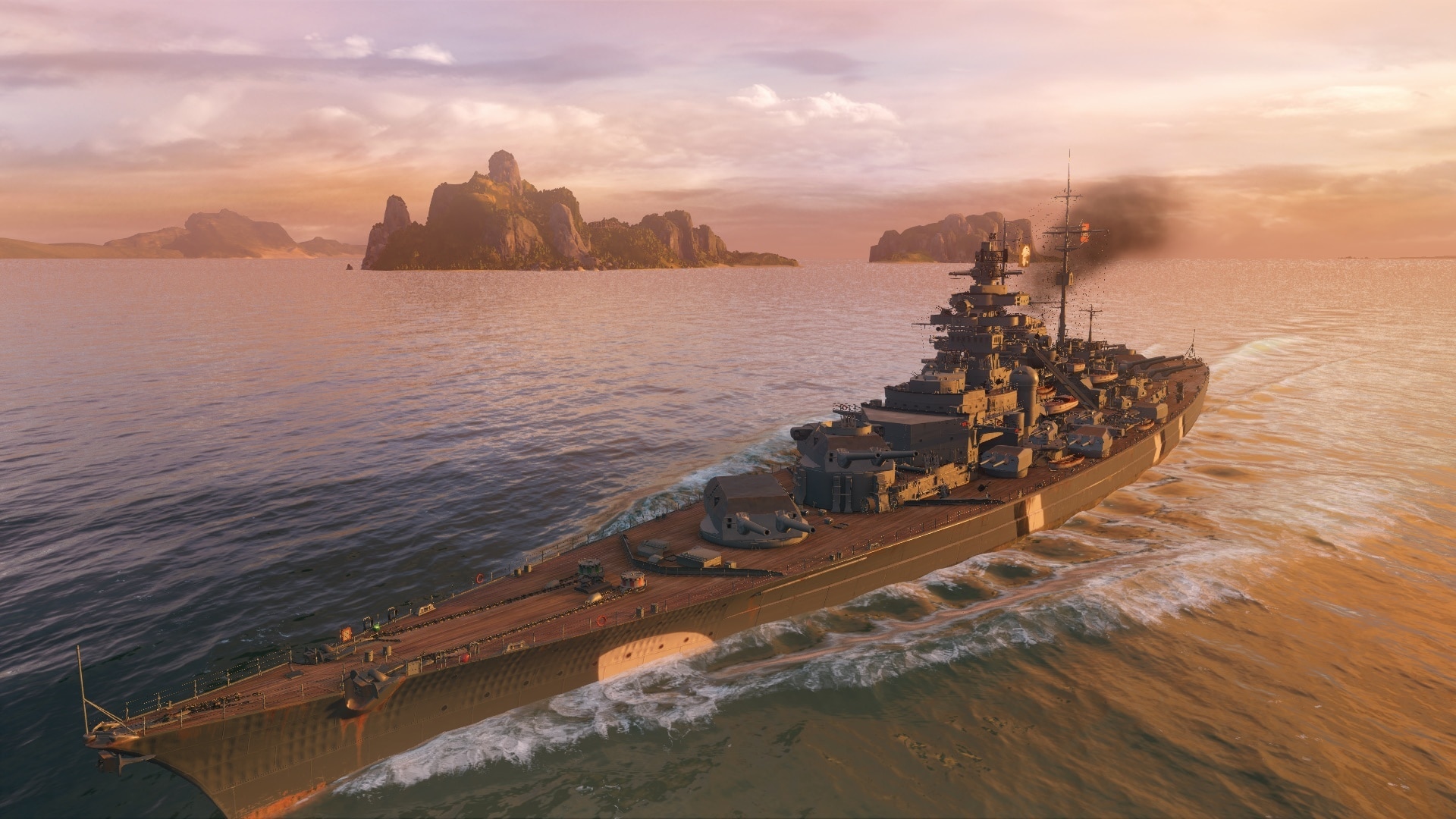World of Warships is a huge commercial success for Wargaming. But in the eyes of outraged fans, the Free2Play game only has their wallets in mind.
Perhaps the most important currency of any Free2Play game is not silver crystals or gold coins, but trust: The community’s trust in the development team to get value for their money – and not be penalised if they continue to play for free.
World of Warships has shaken this all-important trust of its fans in recent months. The damage done has been extensive, with many leaving the servers disappointed, including some of the wargame’s most famous content creators, who had previously been beating the promotional drum for developer Wargaming on Twitch and YouTube.
The criticism is loud, but to speak of an exodus cannot be justified. Because the player numbers on (EU servers) and World of Warships’ ranking in the (Steam charts) have always remained stable despite the heated discussions. But even those players who have stayed feel increasingly ignored despite years of loyalty.
GlobalEsportNews traces the course of events that has left the longstanding World of Warships community so shaken, and talks to fans who are disappointed. Disappointed in the development team Wargaming, who in their eyes have seen a once promising brand run aground. And of course we let Wargaming themselves have their say.
Table of Contents
Successful launch
When Wargaming announced World of Warships – at that time still World of Battleships – ten years ago, the Belarusian developer team had long since successfully conquered a place in the Free2Play genre: The tank simulation World of Tanks was only one year old at that time, but was already thrilling hundreds of thousands of fans with its realistically staged tank battles.
The secret of its success was the lovingly designed tank models, which were strongly oriented towards their historical vehicle models: from the wall thickness to the driving speed to the trajectory of the projectiles – the development team had meticulously researched every little detail and translated it into their game.
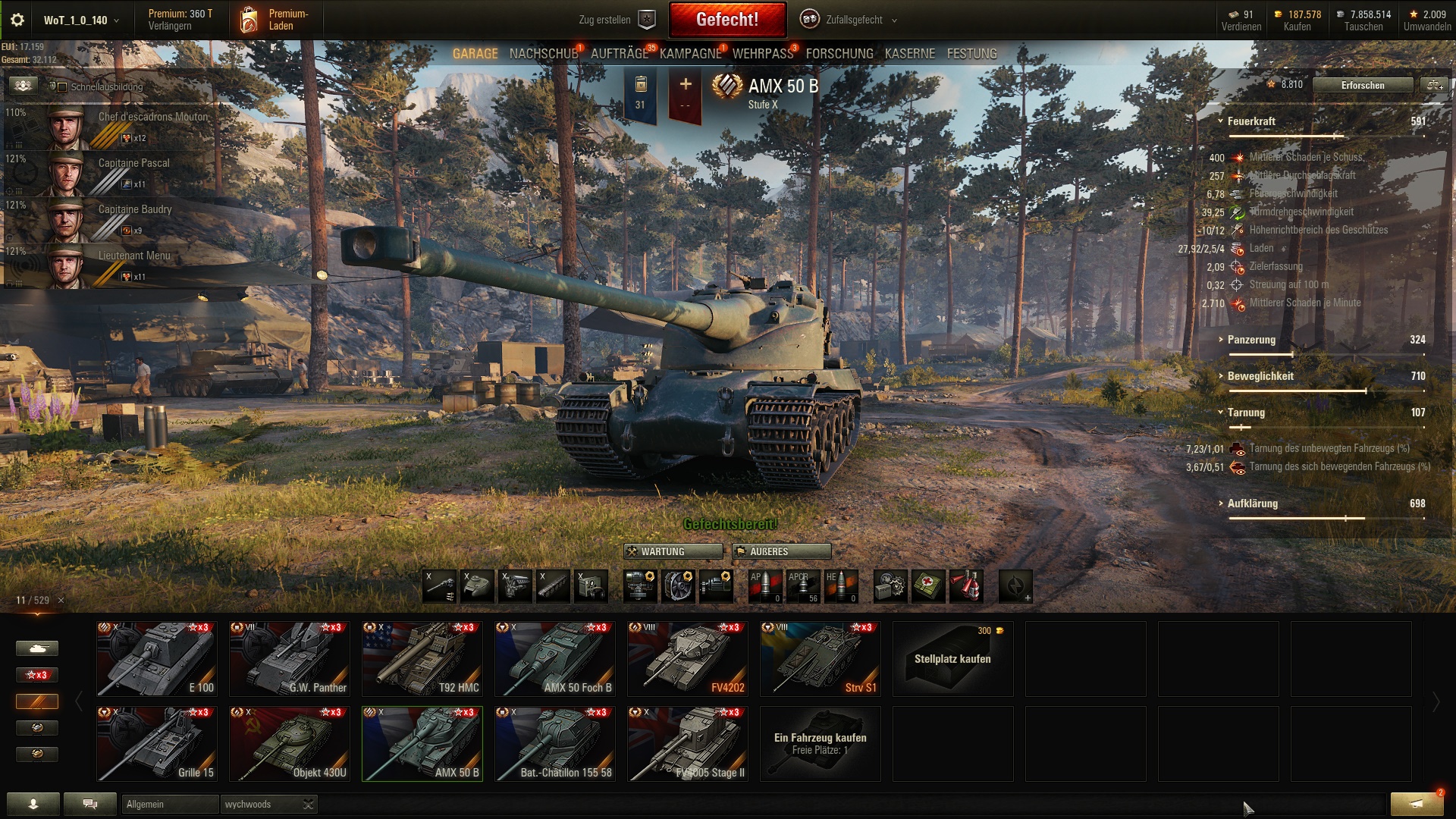
But the game principle itself was also unusual at the time, downright refreshingly new: instead of high-speed battles, the focus here is on slowly rolling tanks that can only fire a shot every few seconds. And then, of course, a successful tank general has to take into account the terrain of the game world itself: Hills and depressions allow ambushes and surprise attacks, ravines and narrow streets quickly become death traps for the lumbering vehicles.
The entry fee for this game experience: zero euros. No one has to pay money to play World of Tanks. Instead: voluntary microtransactions, mini investments, which, however, depending on the object purchased, are no longer “mini” at all. For example, although all tanks can be unlocked for free, this process can take several months, depending on the time invested. It is much more convenient to buy the coveted vehicles directly – for up to 100 euros per model.
Also in the shop: skins, various boosters for collected experience points and even an upgrade to a premium account, which, among other things, allows you to ban not just one but two cards at the start of a multiplayer match – a huge advantage for competitive matches at a higher level;
However, since the basic game is completely free to play, the community accepts this form of monetisation and floods the servers in record numbers – and a large part of them actually invest money. A lot of money. For example, in 2013, three years after its release, World of Tanks earned 372 million euros, more money than the MMO giant World of Warcraft in the same year. The development team seems to have struck a vein of gold.
How does Wargaming set its in-game prices?
Skins, boosters and ships are all priced very differently in the in-game stores of Wargaming games. But how do these prices come about in the first place? We asked the development team, who at least let us look into their cards a little. Christian Bergmann, Publishing Producer of World of Warships Europe, answers us via email: “When first determining the value, we refer to special price matrices that allow us to calculate the value based on the characteristics of the item and the terms of sale, or the value of comparable similar items.”
Further, he said, it would be exceptional for prices of in-game items to change over the years. This could only happen if properties of an item change after a patch or update, so the price would be adjusted up or down depending on the changes.
The jump into the deep end
And Wargaming wants more. The studio announced two standalone World of Tanks spin-offs in 2011: World of Warplanes, which focuses on historical air combat, and World of Warships.
But not only warship enthusiasts interested in history will be happy about this announcement. Hardcore fans who previously played World of Tanks for years are also planning to switch to the seven seas – not because of the new setting, however, but because of their dissatisfaction with a development team that, in their eyes, has long since been too greedy with the purses of their community.
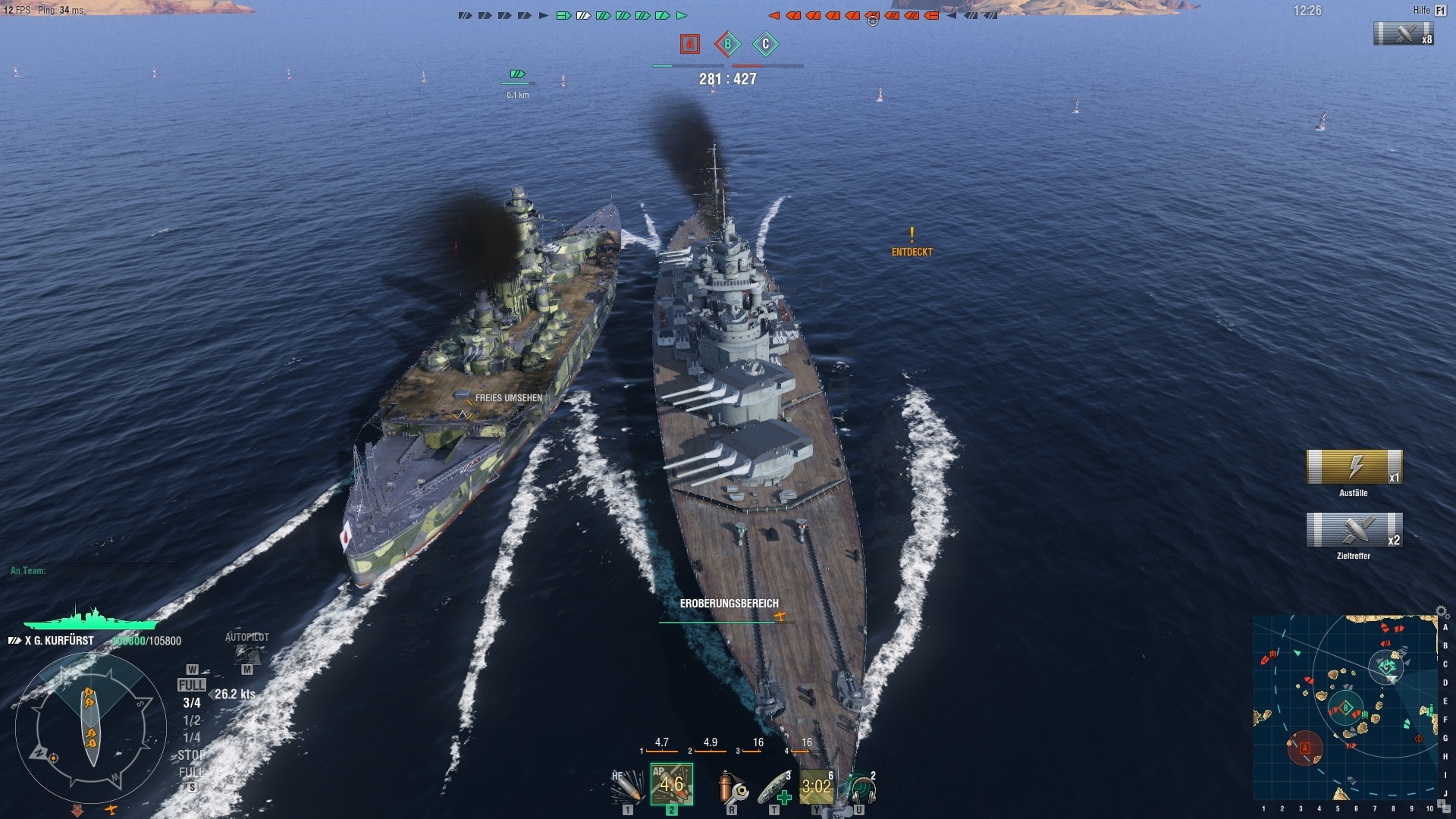
One of them is a user who discovered the wargaming world for himself in 2015 with the mobile game conversion World of Tanks Blitz. He gave us a detailed interview, but asked to be anonymous because he invested a lot of money in the game – more on that later. We’ll call him Max from now on.
Max took his first steps in the wargaming world with World of Tanks Blitz, a mobile game conversion of the tank game: essentially the same game experience, but with fewer features, less scope, less depth than the main game. Blitz is seen in the community as a preparation and entry point for its big brother World of Tanks.
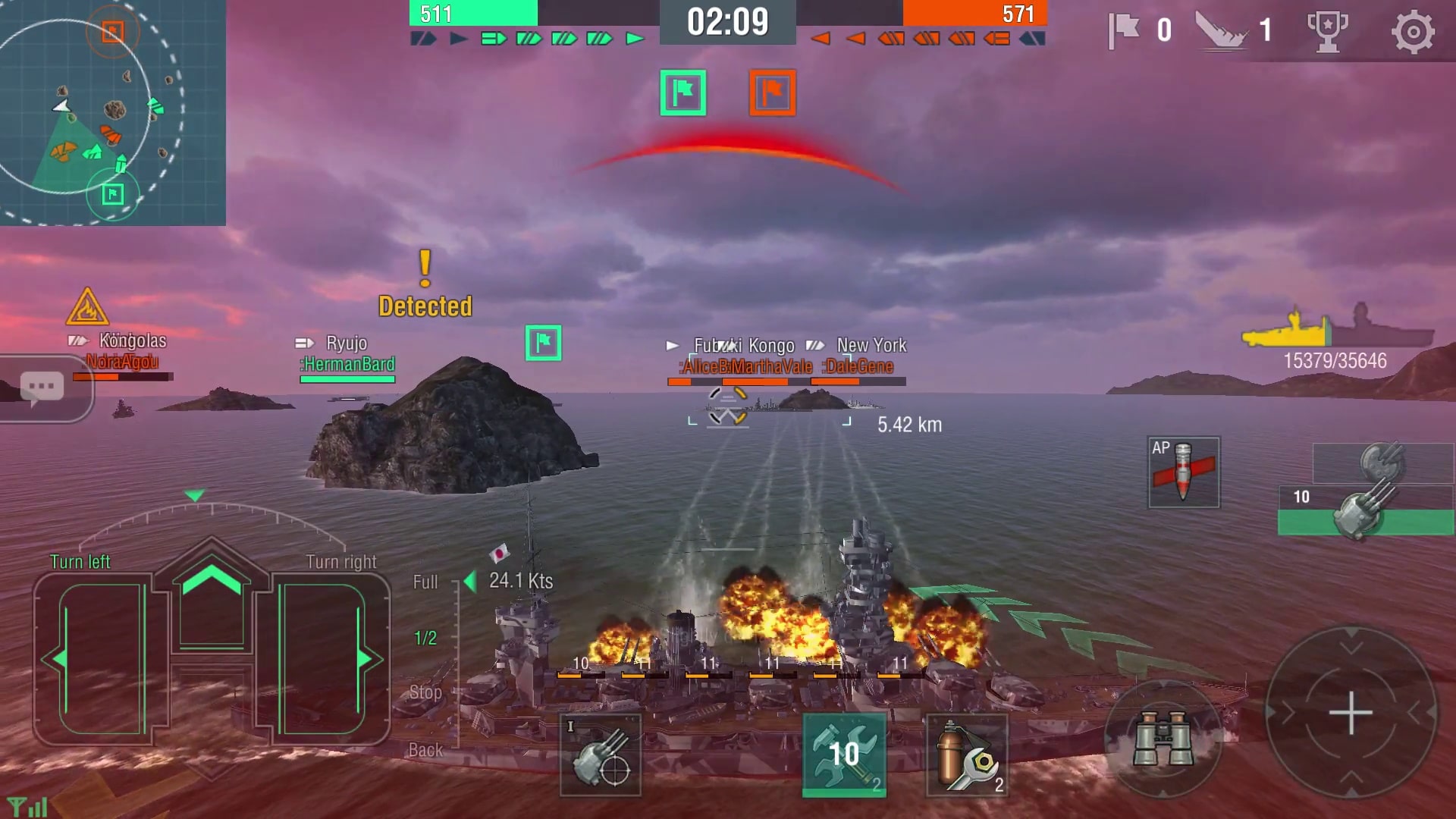
“My brother showed it to me on the iPad and I was hooked immediately,” Max tells us. He remains loyal to the mobile game, starts playing competitively, joins a clan. But he is very reluctant to invest money in the free game and instead tries to unlock new tanks and other content with pure playing time. But then Max increasingly gets the feeling that he is being asked to pay more and more often and more intrusive. After a few updates, it becomes almost impossible for players like him to unlock the coveted extra content in his spare time alone. Max has had enough and says goodbye to tank battles. But World of Warships, finally released in 2015 and at this point already two years under its belt, piques his interest – and for an unusual reason:
“While I’m definitely interested in history, I’m not a ship nerd. What got me excited, however, was the World of Warships development team. They brought a real indie spirit. “
The “creative savages” from Russia
The team that exuded this “indie spirit” is called Lesta Studio: a traditional team from Russia based in St. Petersburg that was founded in 1991 and rose to become one of the leading studios for 3D modelling in the late 1990s. In the early 2000s, Lesta then shifts its focus to the development of computer games, mainly historical war simulations.
In 2005, Lesta publishes the warship simulator Pacific Storm, which is technically impressive at the time, but is met with disinterest by gamers due to its small scope.
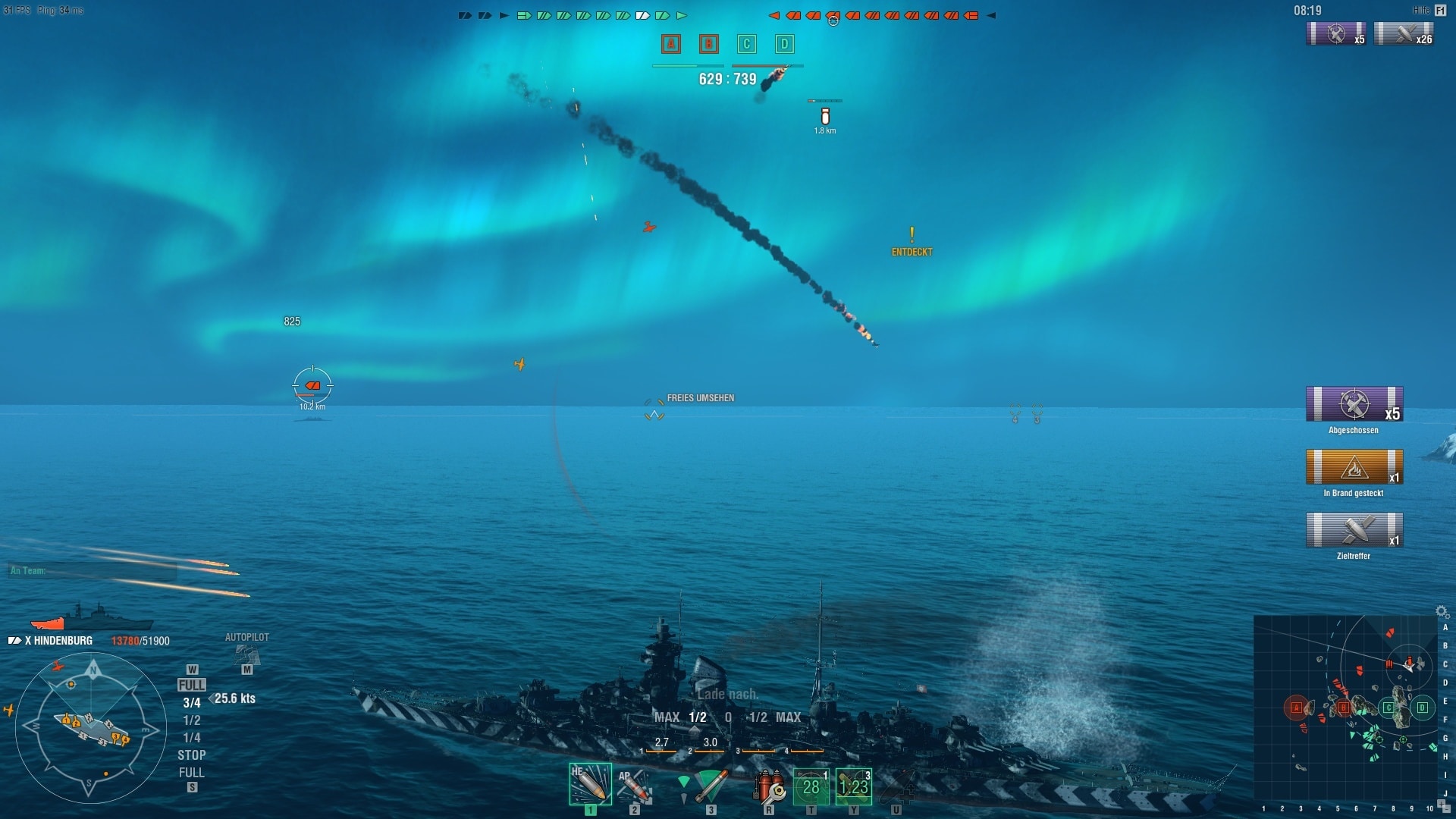
After a few more mediocrely successful productions, Wargaming finally buys the studio in 2011 and sets it to work on its new project World of Warships. Lesta grows from a manageable team to 150 employees and staff, the way of working professionalises, the budgets get bigger – but the Russian team keeps one thing: the close cooperation with the community, which is so important for an indie team to succeed. And that’s exactly what Max means when he talks about the “indie spirit”: direct contact with the fans.
“World of Warships seemed insanely close to the community, whereas World of Tanks was like an anonymous block: you never got a developer or community manager there. Instead, it was just, “Here’s the latest update, we’re changing everything here, and now have fun with it.”
This closeness to the community increases the fans’ trust in the development team immensely – and thus also the revenues the studio generates with microtransactions. Max tells us, “I invest about 3,000 euros per year. I earn well in real life and this game was a hobby for me. An expensive hobby.”
While in World of Tanks Blitz he still had to invest his precious free time to painstakingly unlock new tanks, he now takes the comfortable route of money – encouraged by the trust in the development team not to get ripped off: “If you want a new ship, you can just think: Do I want to grind for a fortnight or do I want to spend some money?” With every purchase, Max gets used to it, as he describes: “Spending money becomes normal at some point. The inhibition threshold sinks further and further.”
This definitely worries the fan – but it’s something else that makes World of Warships fall out of his favour until he eventually turns his back on the oceans altogether. And it’s not just him.
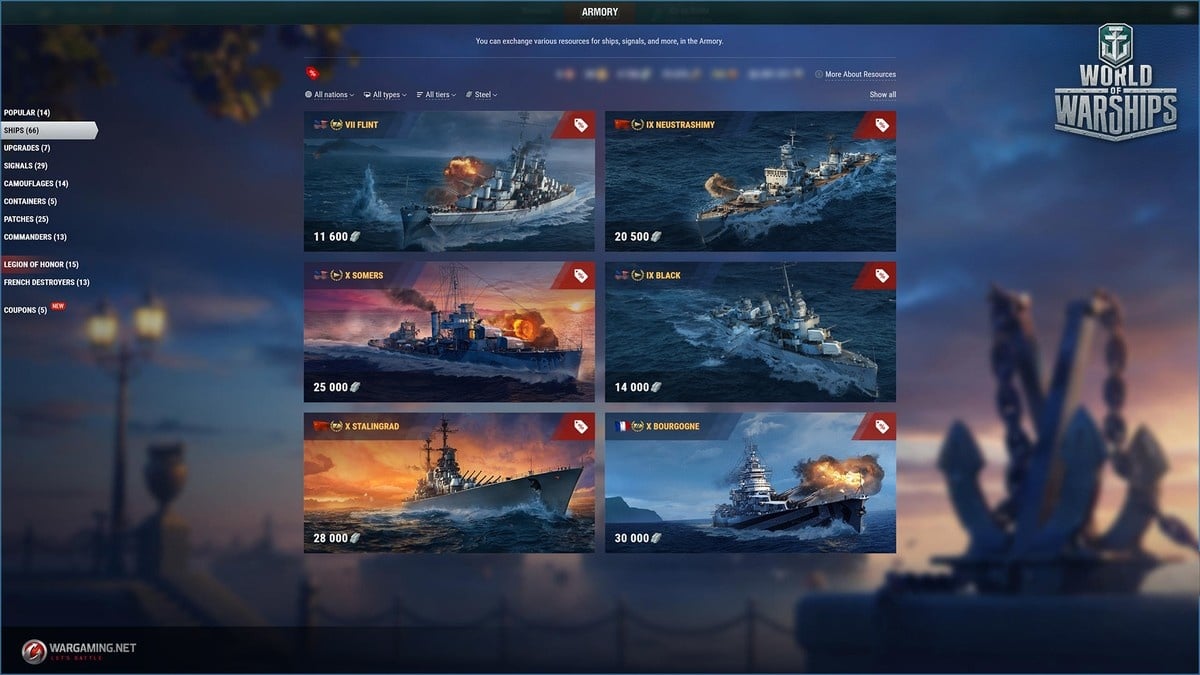
Loss of confidence
Looking back, there have been several decisions and innovations in the World of Warships cosmos over the past few years that have seen the game gradually fall out of favour with its fans. For Max, the end of his love for the virtual warships began when the development team threw a unique selling point of the game overboard and introduced a controversial innovation: the so-called “Paper Ships”.
Originally, all warships in the game were to be modelled after historical warships. Similar to World of Tanks, the simulator attracted many players to the servers with the promise of real ships in digital battle. However, around 2018, three years after release, the historical blueprints are no longer enough for the development team. Instead, they are now adding ships to the game that only existed in history on blueprints, were experimental prototypes – or are completely fictitious.
These “paper ships” are supposed to expand and round out the selection of warships, but some fans are incredibly bothered by the new design philosophy of the development team. Not only for reasons of immersion, but also because some of these paper ships repeatedly upset the finely tuned balancing on the battlefields.
Such as the Smolensk, a Russian light cruiser that will be introduced in August 2019 as the latest Paper Ship- and quickly comes under suspicion of being far too powerful: The Smolensk combines massive firepower, above-average range and an unusually high cruising speed.
Those who want to lead the Smolensk into battle themselves and exploit its strengths can play it for free – but the grind is long. Microtransactions are quicker. For some fans, this seems like a calculation by the development team: release a ship that is far too strong, which players then want to buy and use as quickly as possible before it is gradually weakened again in the coming patches.
Moments like this should not remain an isolated case and gradually rob Max of all fun. Because this was far from the famous end of the line, where World of Warships slowly but surely hung up its once good reputation.
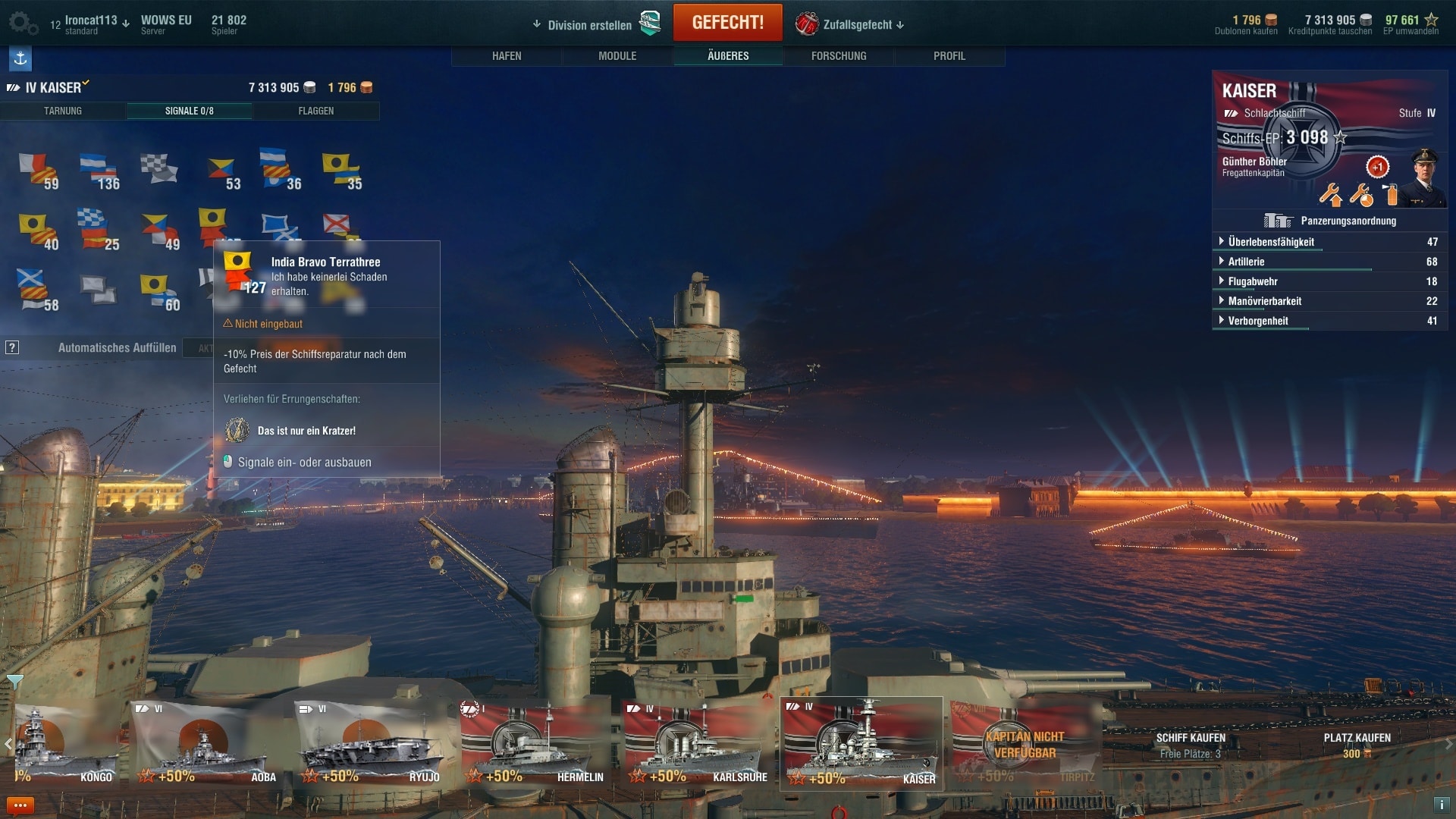
The Missouri Scandal
An incident that occurred back in 2016 was seen as particularly brazen in the community and was the first moment many doubted the integrity of the Warships development team. Here’s what happened: For Christmas 2016, Wargaming is hosting an in-game event on all of its servers, from America to Asia, with several missions that are only temporarily available and reward successful completion with special skins and also ships. These rewards can be freely earned anywhere in the world – except on the European servers. Here, skins and ships end up in the shop.
(The reasoning of the development team) summarised as follows: “We don’t want to make it too hard for you, because the missions are really challenging.” What resonates with EU players: “We want your money.”
Incidents like this, i.e. different shop and price designs on the servers and the introduction of temporarily overpowered ships, happen over and over again over the years. Until, in the summer of 2021, a particularly large bomb finally detonates, causing enormous damage to the relationship between the community and the development team: the Missouri Scandal.
Just in time for the traditional Summer Sale, World of Warships and Wargaming introduce a fundamental innovation that catches the community cold. In previous years, especially rare and valuable ships could be bought at a discount directly in the shop during this special time.
This year, however, everything is different: now fans are supposed to buy doubloons, an in-game currency that can then be used to purchase the so-called Summer Bundles. These bundles contain tokens, which in turn can be exchanged for Lootboxes. In these Lootboxes: possibly skins or even entire ships.
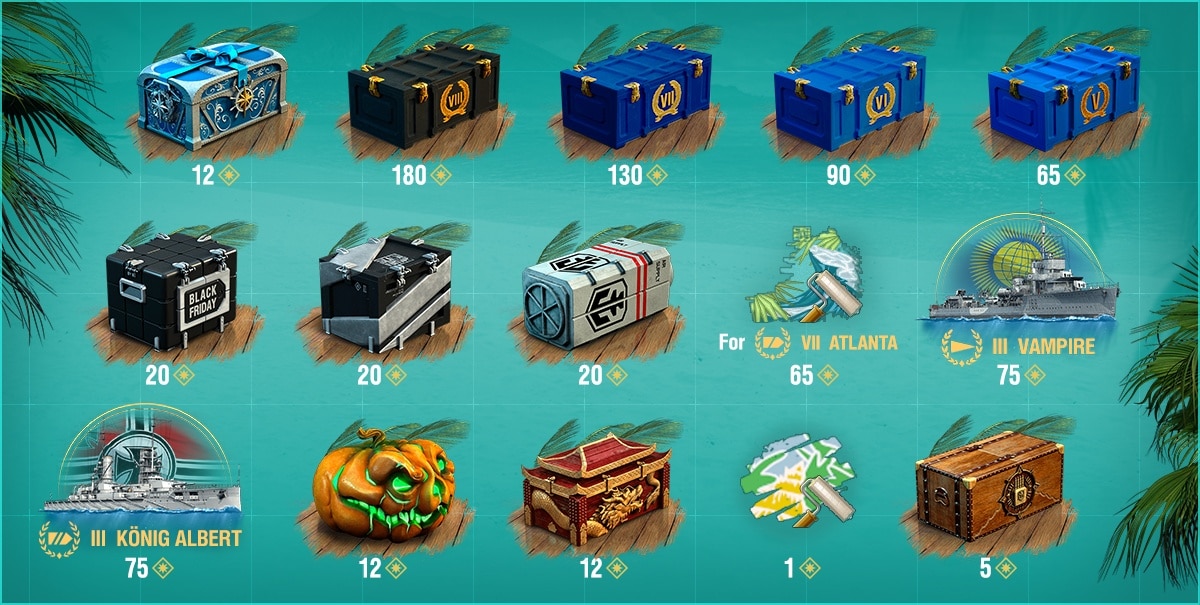
The developer team’s calculation seems obvious: The community should gradually lose the feeling for the amount of real money they invest in the loot boxes. And then comes the real PR disaster.
The USS Missouri is a jewel of modern warship history: not only was it involved in many important battles of the Second World War in the Pacific, but the surrender of Japan was also signed on its deck in 1945. A must-have for the ship collection of warships veterans and history fans.
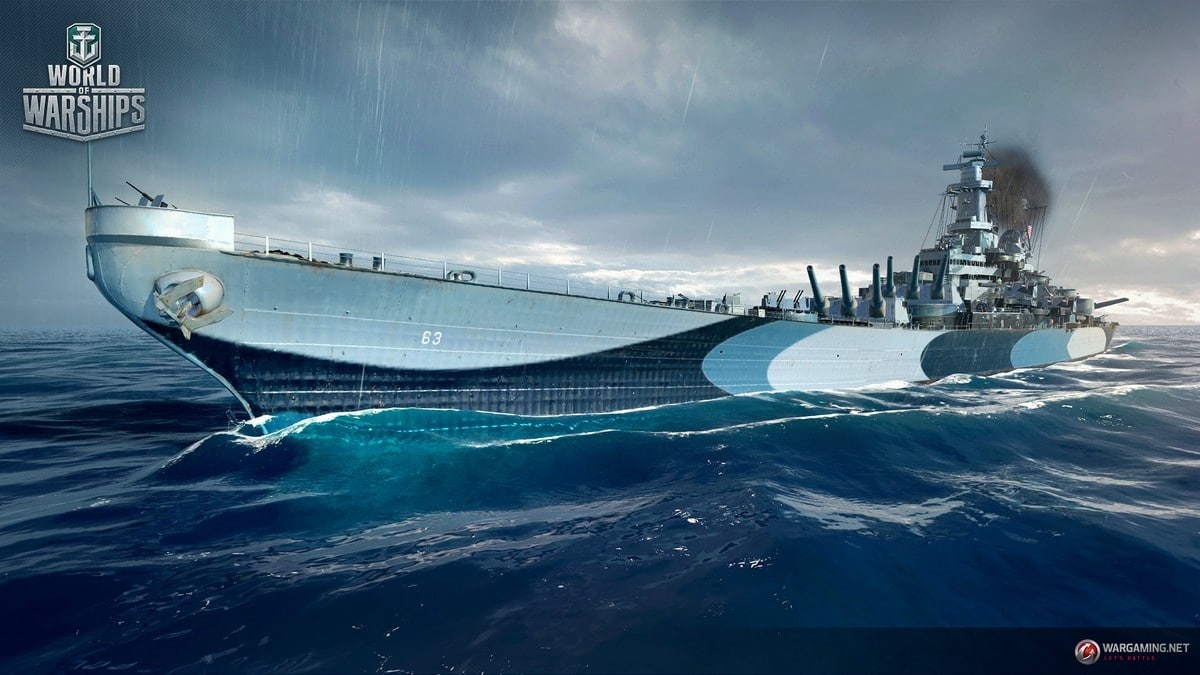
Originally, the USS Missouri is offered for sale in the in-game shop already in 2016: A comparatively average ship with no outstanding strengths or weaknesses, but one that, in addition to its historical significance, enticed players with a special feature – a passive bonus that gave every Missouri player extra resources after a battle.
As more and more players begin to exploit this extremely valuable feature and get lost in the grind instead of their own wallets, Wargaming removes the USS Missouri from the shop. In future, it will only be available as part of special events and also only as random content in special bundles.
But then the year 2021 arrives: Wargaming proudly announces the return of the USS Missouri, which can now be bought for doubloons, the in-game currency of the game. The resource bonus would still be part of the ship as a passive feature, just a little weaker than in the original. This pleased the community – until Wargaming then changed the conditions for buying the Missouri again in the official developer blog shortly before its reintroduction.
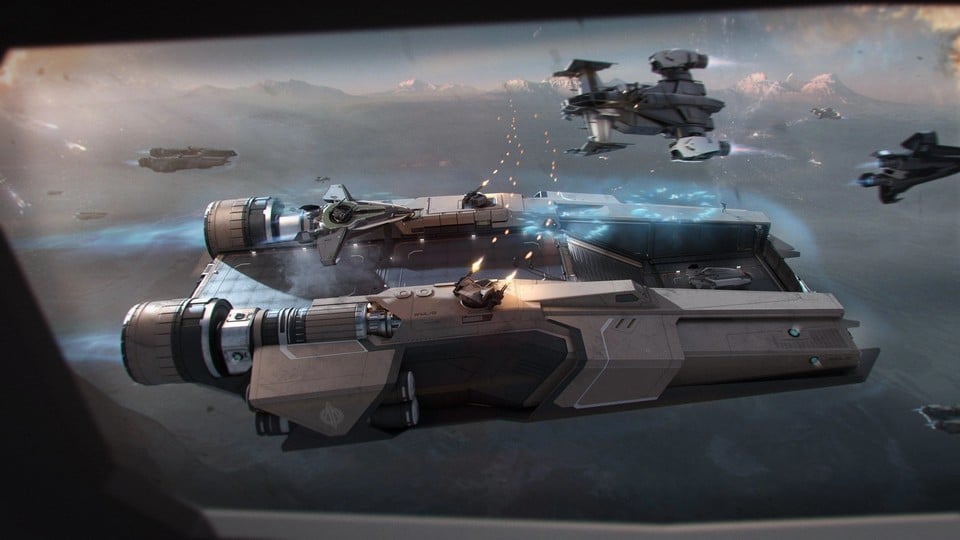
(Now it’s): Those who want the ship can only find it in bundles with random content – and those have to be bought with doubloons. In other words, fans have to keep spending money on the random bundles until they finally get lucky and get the Missouri.
This not only leaves players in the dark as to how much money they will ultimately have to spend on the coveted ship, but also exploits the psychological effect of the “sunk cost fallacy”: Those who have already invested a lot of money tend to invest even more money to get their reward instead of finishing their investments.The community rages. 22 “Community Contributors”, the links between fans and the development team, give up their prominent position and publicly criticised the development team. A symbolic burning of bridges between Wargaming and the community. A PR fiasco for the development team, which, when asked by GameStar, vowed to mend its ways and draw consequences from the incident:
“Already in November, we published the complete probabilities for all containers that are newly released in the game. In addition, we will also publish this information for all containers and random packages already available until April 2022. “
Farewell
One of the community creators who gave up their highlighted position is Paul Charlton – former Navy soldier and warships influencer who has now gathered nearly 700,000 subscribers behind his YouTube channel The Mighty Jingles. His assessments and analyses carry weight in the community.
In the GlobalESportNews interview, he tells us that he started playing World of Warships six years ago, when the game was still in beta. He invested well over 1,000 euros in the in-game shop until today, played for hours every day – now it’s only a few hours a week. The reason: The frustration that so many other fans have been carrying around since this summer at the latest.
“This dogged, increasingly aggressive monetisation of everything that’s not up in the trees and the poor communication with the community – all that frustrated me a lot. “
“Shameless”: The Lighthouse Auctions
How – in the eyes of the community – “shamelessly” Wargaming grabs their fans’ money, a Warships player tells us in an interview. The name of the player is known to the editors. His displeasure is directed against the so-called “lighthouse auctions”, which the development team organised for the first time in the summer of 2021: temporary auctions in which special skins or ships can be auctioned off. The contingent is limited, the few highest bidders win, everyone else gets their bid back.
In one of the auctions, Wargaming put the Schlieffen up for auction, a German research ship that can be unlocked for free with time. The currency for this auction: doubloons, which have to be bought with real money beforehand.The winners of the auction bid about 20,000 doubloons each, which is the equivalent of over 65 euros. With 1,000 winners, that’s more than 65,000 euros in sales for an in-game object that doesn’t actually cost anything at all. Fans like our interview partner are extremely annoyed by this campaign, which is completely voluntary for all participants, but which casts a bad light on the development team. Wargaming seems “simply greedy”.
Over the years, he said, there have always been conflicts between fans and the development team, but these have increased in recent months and have occurred at increasingly frequent intervals. “And then some of the biggest community creators eventually left. Including me. As a protest.” Since then, Wargaming has repeatedly apologised for the many missteps on the official forums, vowing to mend their ways. Paul also acknowledges this insight – but remains sceptical:
“I understand that a free game has to make money somehow. But Wargaming simply engages in shameful business practices that are only taken back when the community puts pressure on them, and then blames it on wording errors or throws some staff member out of the team as a scapegoat. Time will tell how serious they really are about their promises of improvement. “
And the next disappointment is already in sight
Here this accident report on Wargaming’s monetisation policy could end on a cautiously optimistic note. But on the horizon, the community is already approaching the next disappointment: submarines. Paul Charlton explains the problem this completely new ship class has in tow: “Wargaming has promised that they will remove submarines from the game if they don’t fit well into the gameplay. I’m convinced that was a lie. “
2018 Wargaming is hosting the “Terror of the Seas” event, in which the developer will introduce submarines as a new playable ship class for the first time. In a special game mode, these new ships compete exclusively against each other. The mode is popular – but now they are also to appear in combination with warships and aircraft carriers. This worries veterans like Charlton with regard to the sensitive balancing.
“And because the team has now already invested so much time and money, they won’t let go of this idea. Wargaming will make sure that the subs will ‘fit in’ – because by their definition, that just means that a certain percentage will play these new ships. Regardless of whether they destroy the balancing or not.”
Charlton’s prediction is based on lessons learned from the past: back when aircraft carriers were introduced, Wargaming did exactly the same thing: they strengthened that class of ship while weakening anti-aircraft ships, until eventually aircraft carriers were so powerful that competitive players could no longer ignore them.
“The percentage of aircraft carriers on the servers increased – and Wargaming declared it a big success. They’re going to do exactly the same thing with the submarines.”
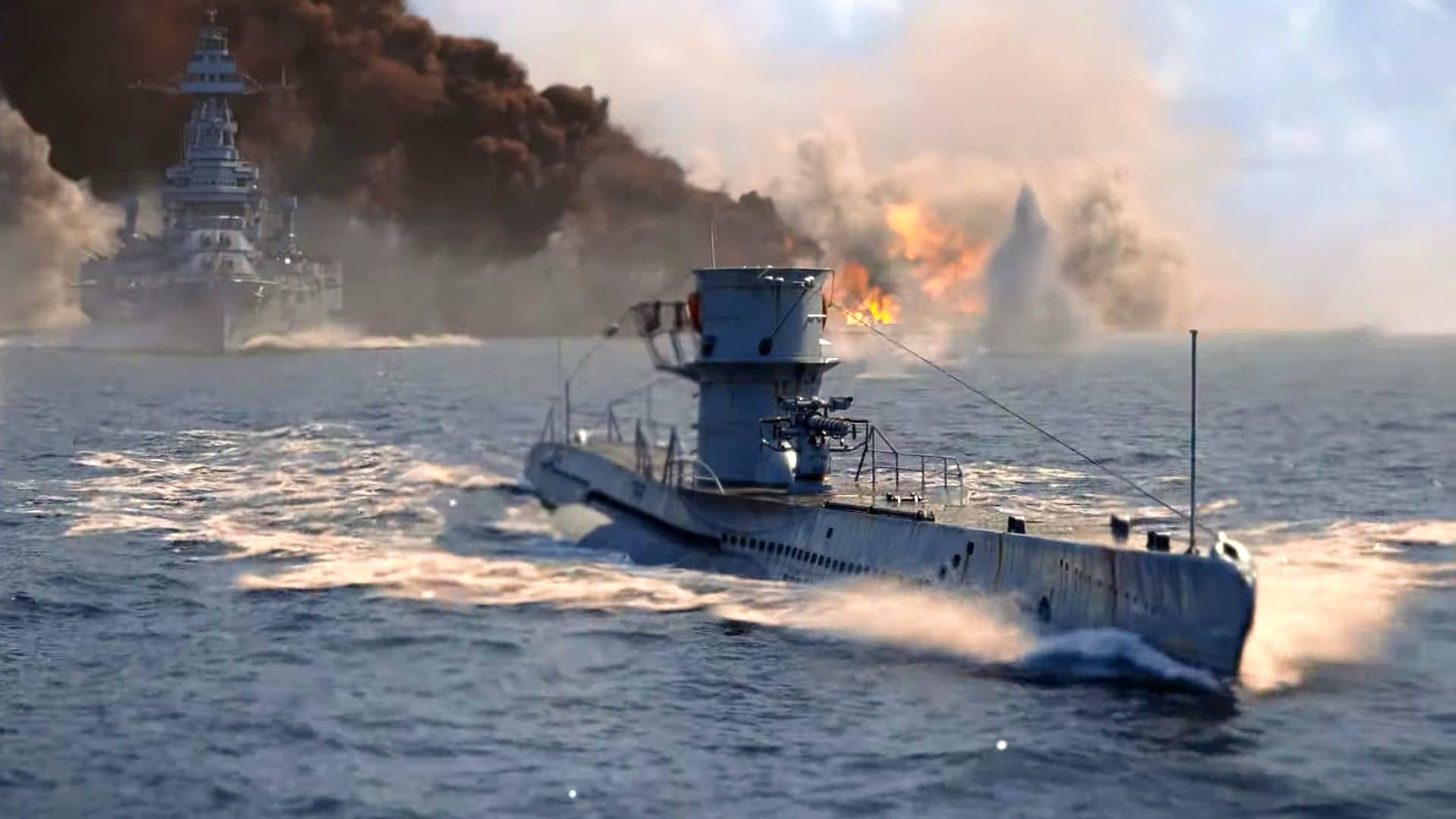
When asked, Wargaming stresses that they are aware of how sceptical a part of the community is about the introduction of the submarines. Christian Bergmann, Publishing Producer at World of Warships Europe, describes to us his company’s perspective on the new ship class – and that they have learned from the introduction of aircraft carriers, which the development team also believes was done too hastily:
“We understand the scepticism of our players with such a big change in our game, so we are proceeding very carefully here, with patience and step by step. We are also in a lively exchange with our community in the process and try to give as much insight as possible into our decisions and the decision-making process.”
Bergmann also points to Wargaming’s efforts to incorporate community and fan feedback into the development process – something that hasn’t worked out quite as well in the past:
“Unfortunately, in some aspects we failed to react faster to this feedback and to involve our players more in the process. We’ll try to do a better job here in the future, especially around the issue of ship balance. “
Despite everything, a popular retreat
Of course, during our research we also encountered fans who seemed unmoved by all this. These are mainly the players who do not lead their warships into battle competitively or for hours every day, but only drop by the servers occasionally and also only spend a little money on in-game items. Instead, this group of players describes World of Warships as a meeting place for their circle of friends: hanging out together on Teamspeak, a few leisurely rounds on the oceans, exchanging ideas about everyday life.
But anyone who descends deeper into the warship simulation will sooner or later almost inevitably emerge frustrated again: Too aggressive, too encroaching, too brazen seem to some hardcore fans in the meantime the practices with which Wargaming wants to grab the wallets of their fans. They must probably hope that the developer team is actually so self-critical and willing to learn, as the press spokesman assures us in the interview when we ask:
“Our evaluation is very open and honest – we have made many mistakes and worked very hard on changes internally.”
He goes on to say, “We won’t always be able to make every single player happy, because every player has a different expectation of our game and it is constantly changing. But we’re doing our best and if players are unhappy about our changes, we’re trying to both give them the opportunity to get as much advance information as possible to understand our decision-making process and to be able to send us their feedback directly. “
Despite the simmering dissatisfaction, none of the players we spoke to in our interviews have managed to make the final jump from World of Warships: they’ve already invested too much money, unlocked too many things, spent too much time on the servers to just leave now. One of our interview partners compares this dilemma to a toxic relationship: Actually, he knows that he should just leave all this behind. But he just can’t.

